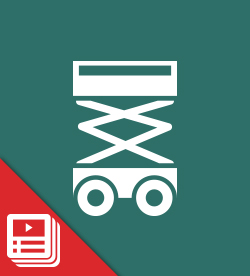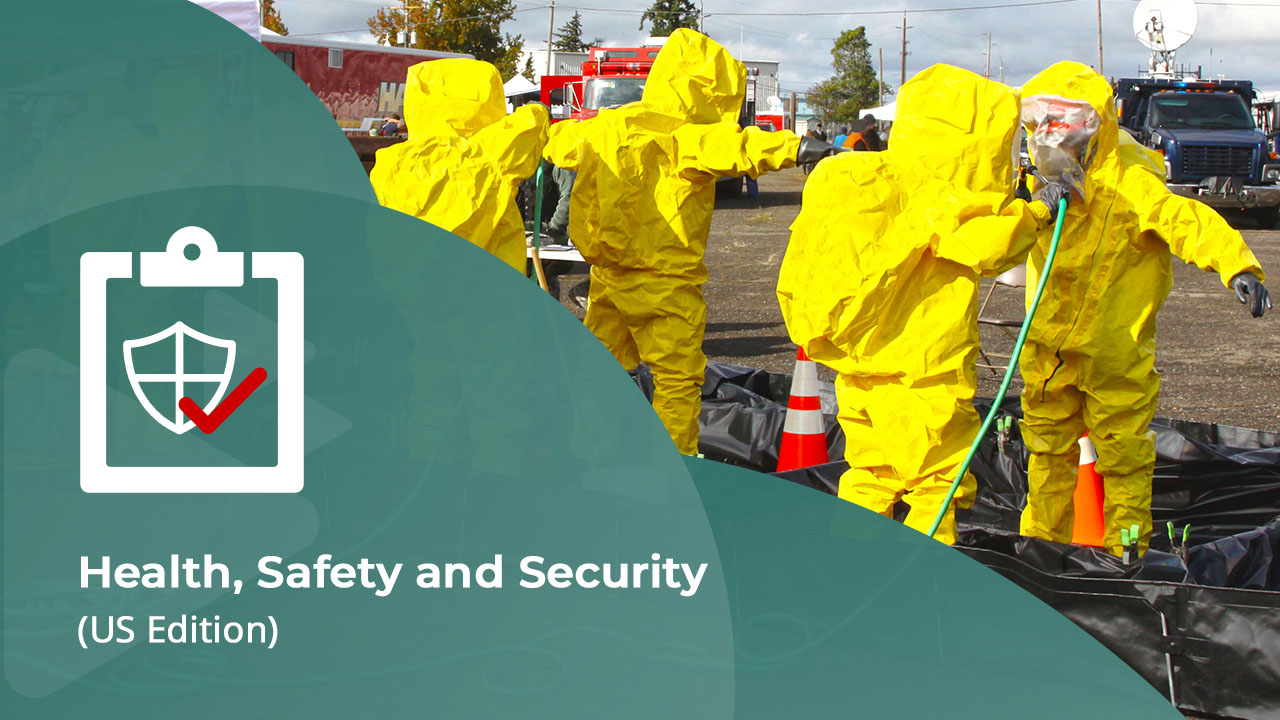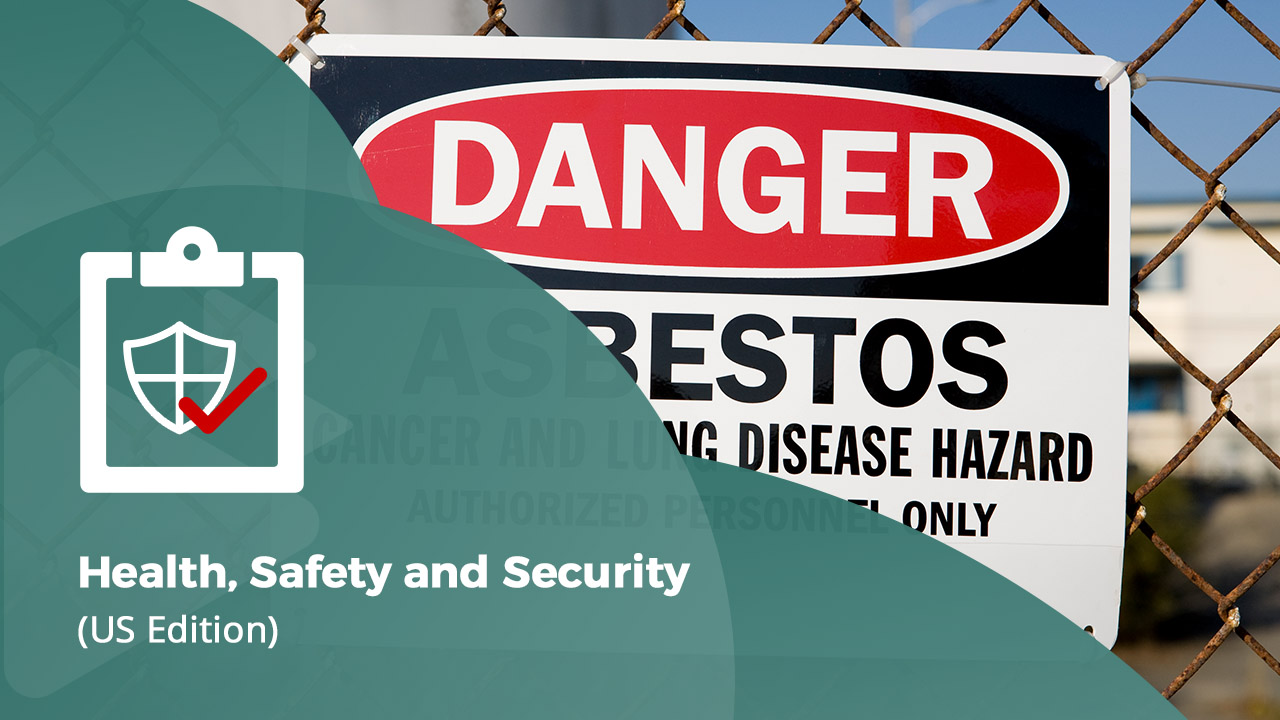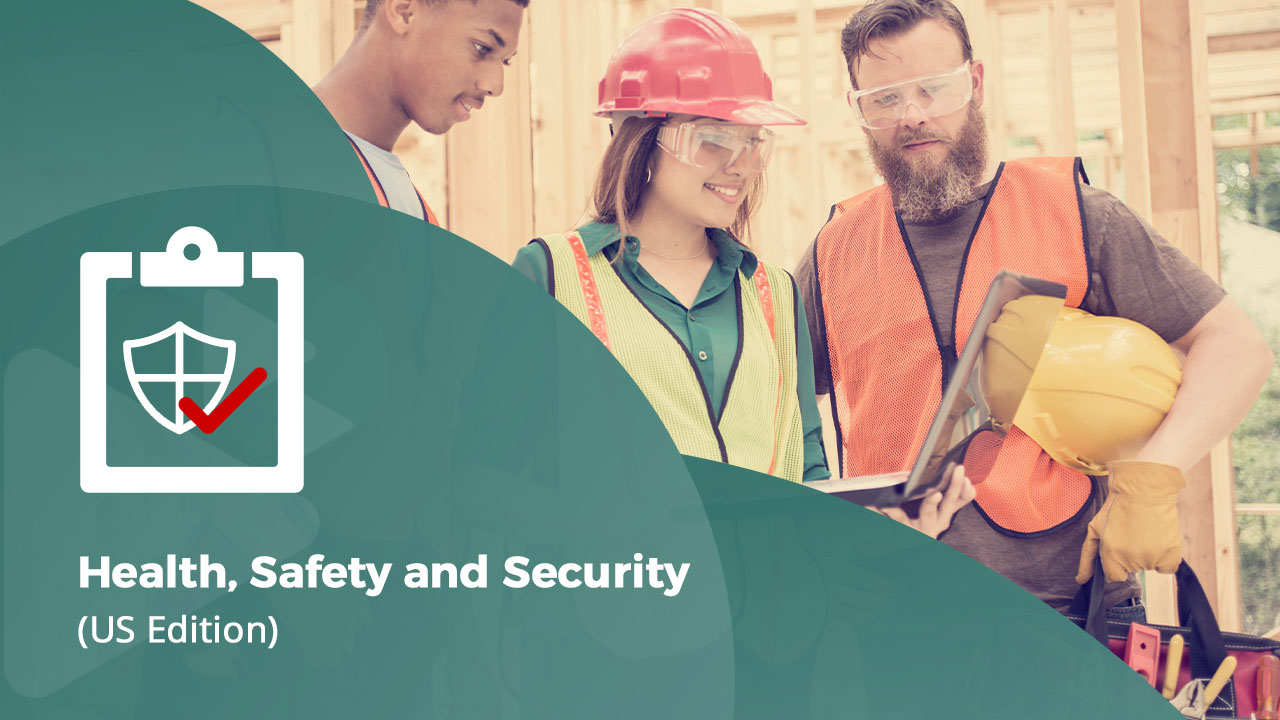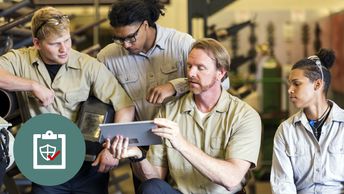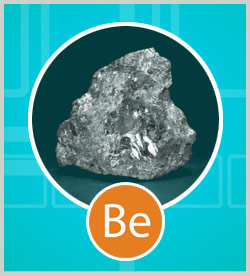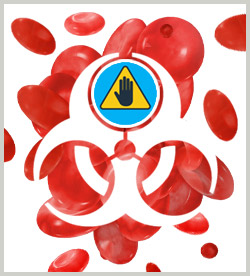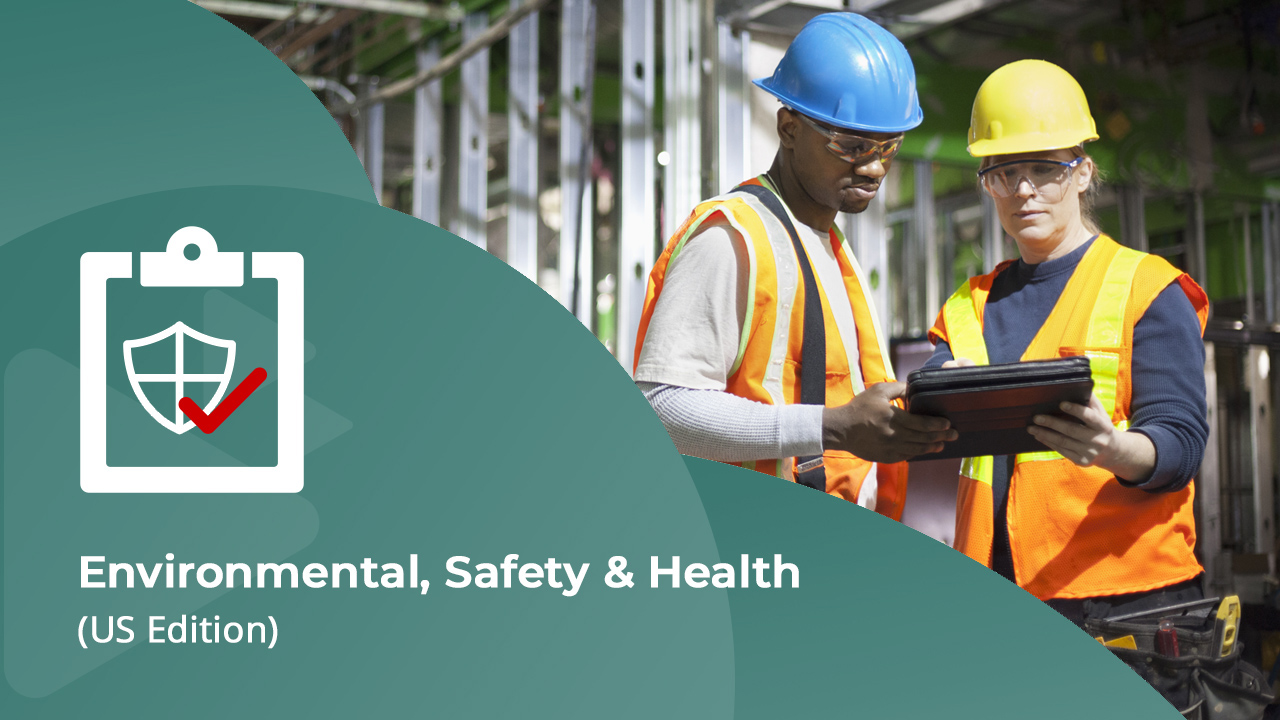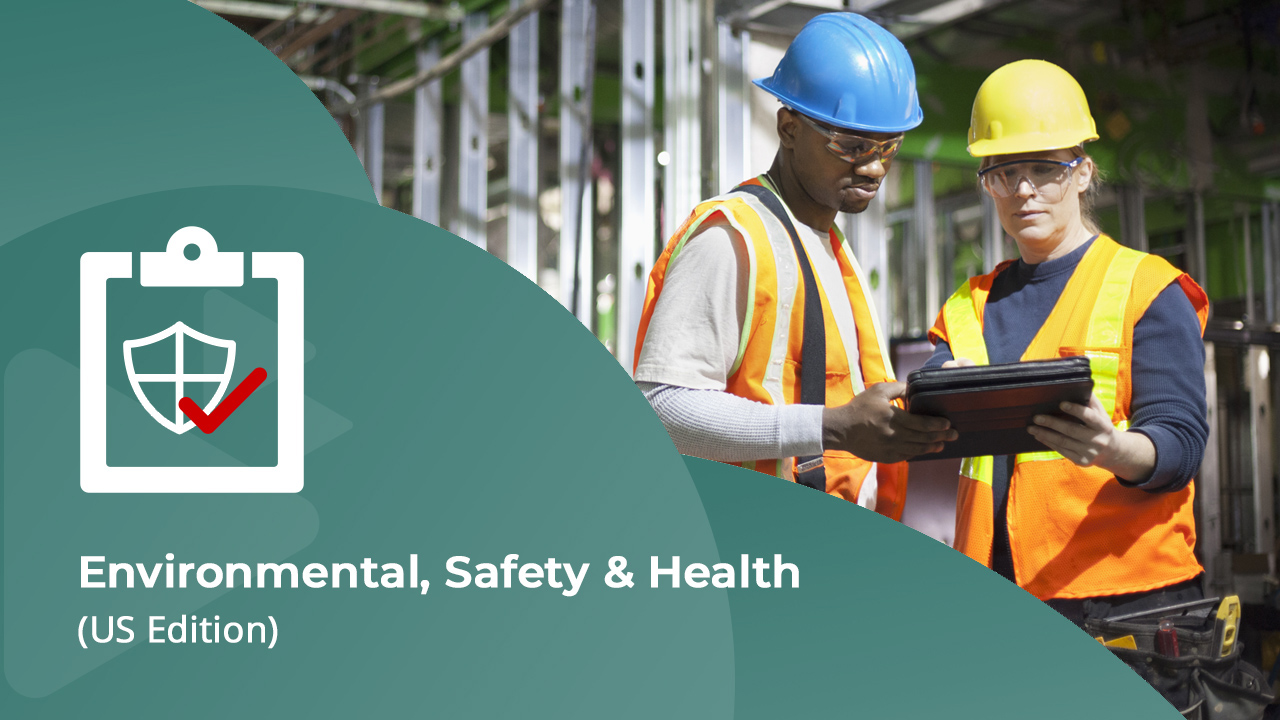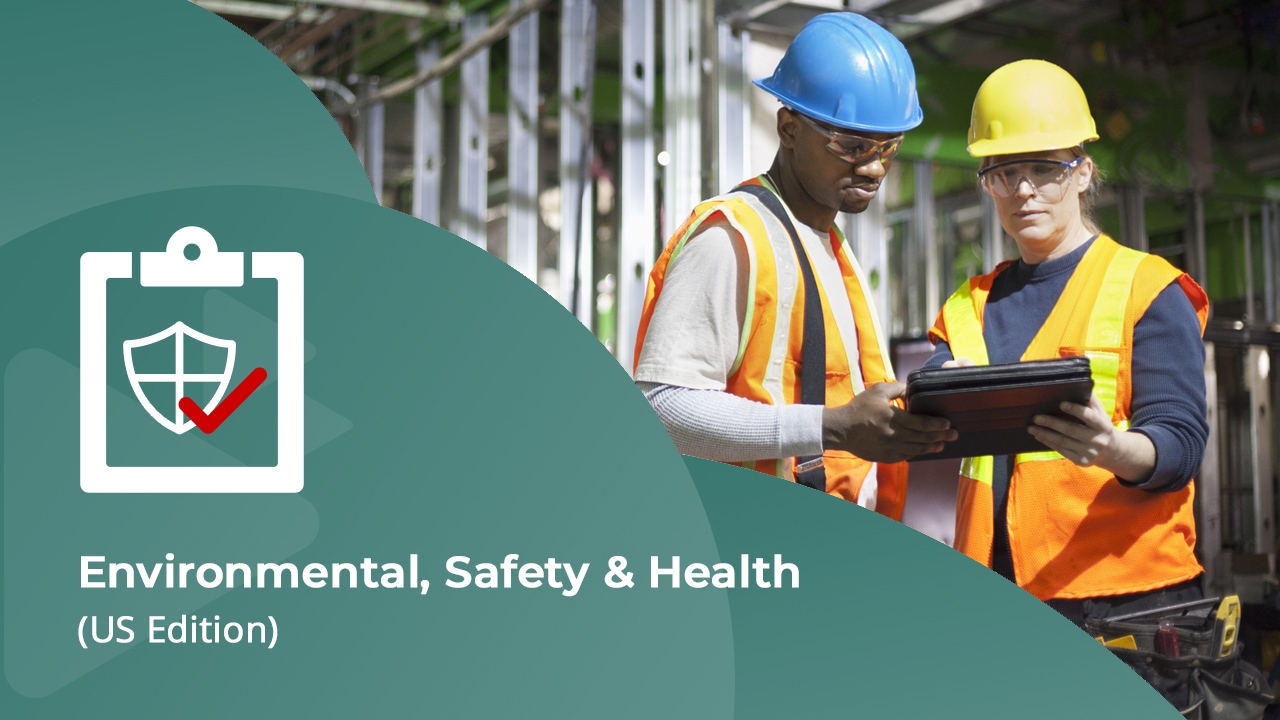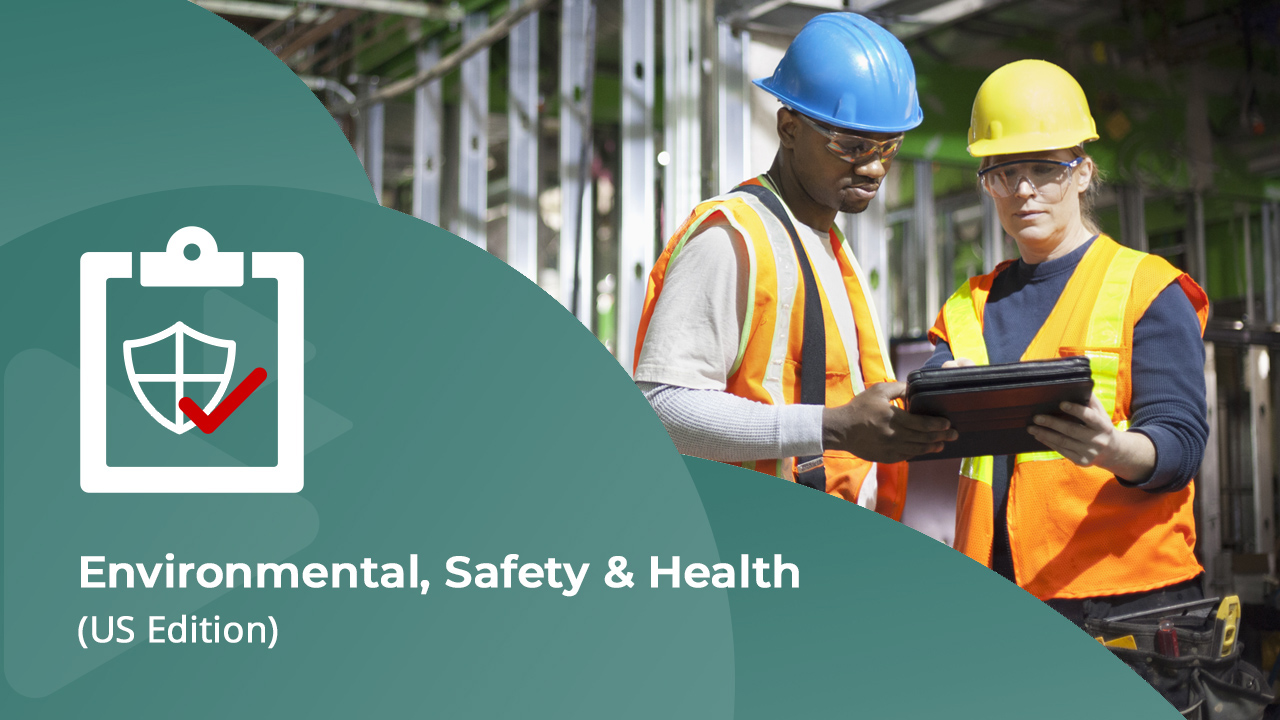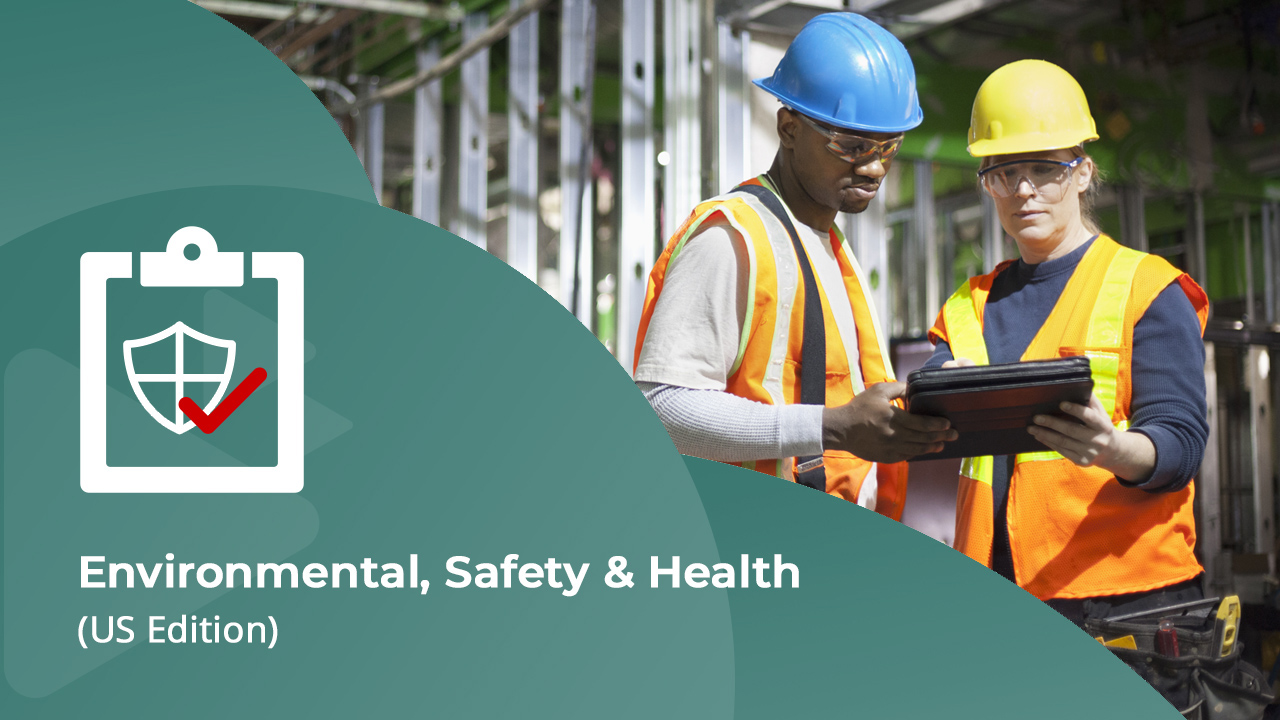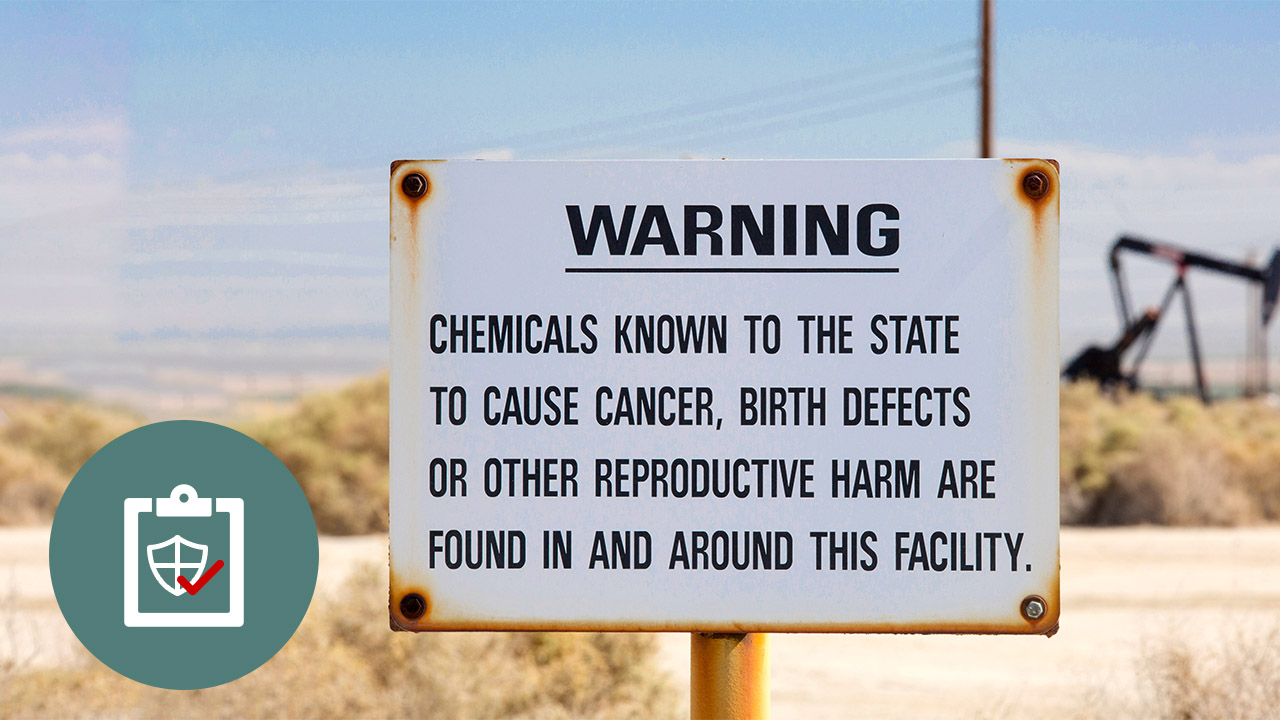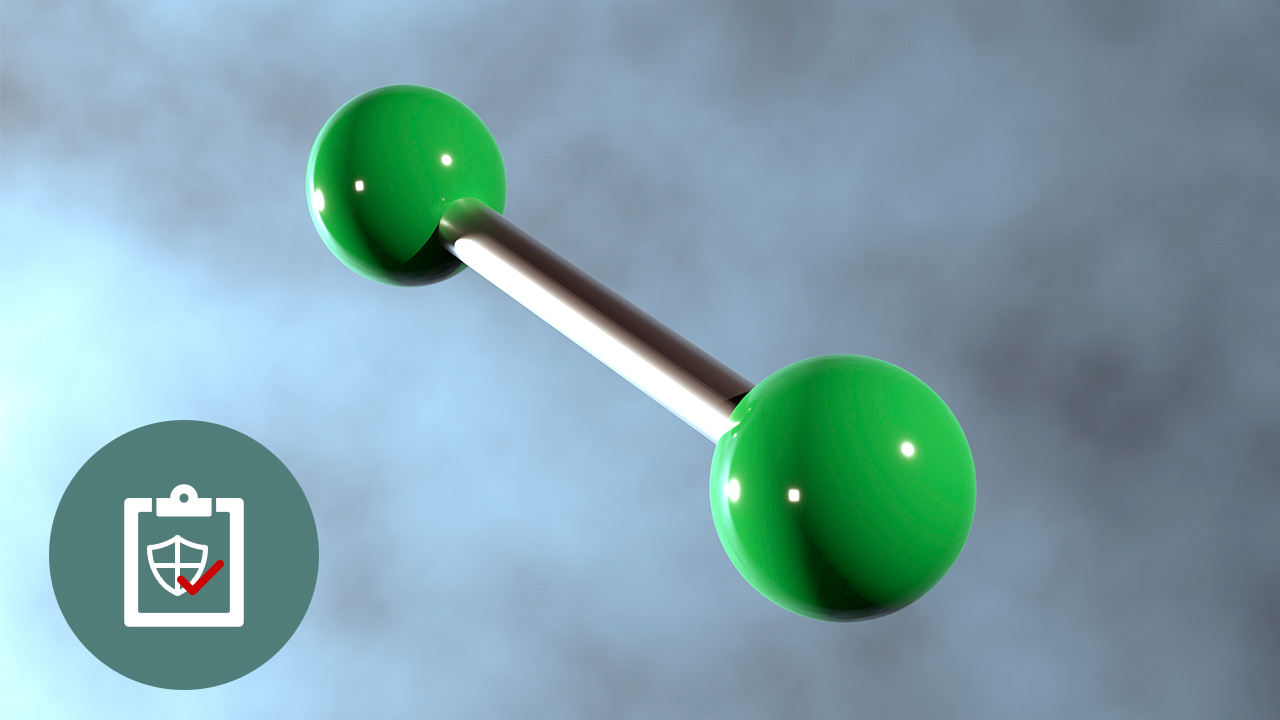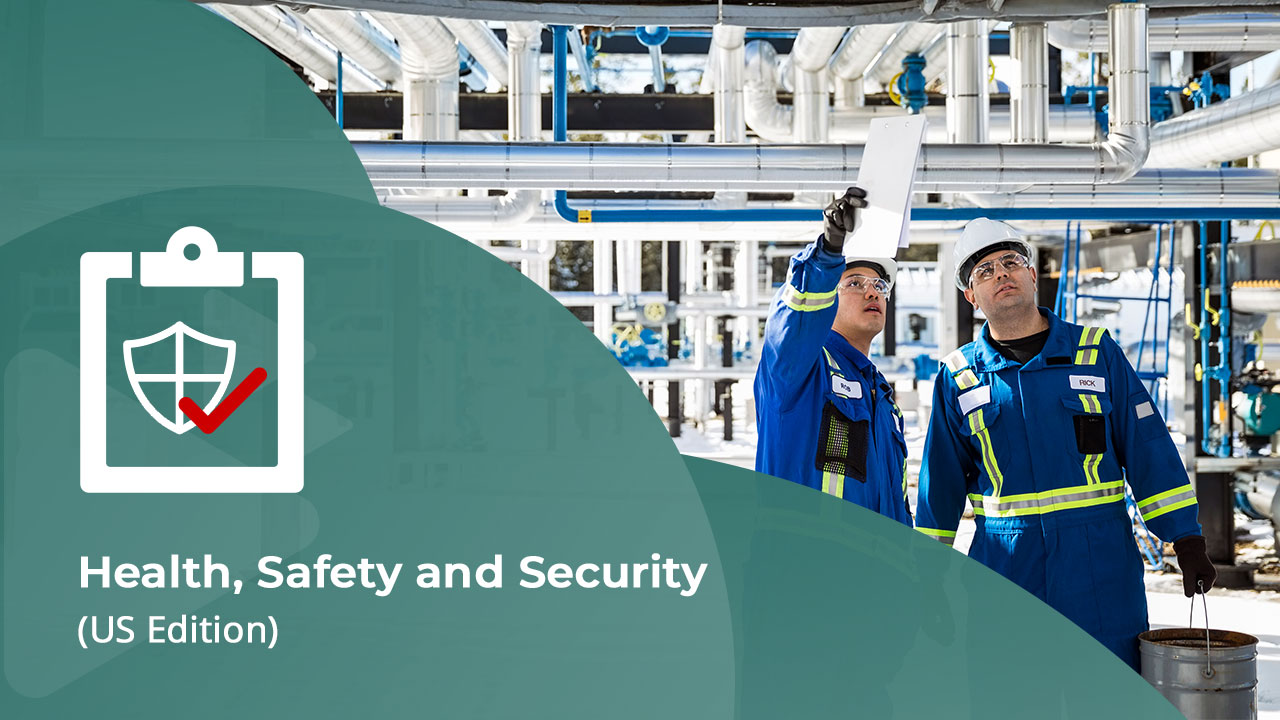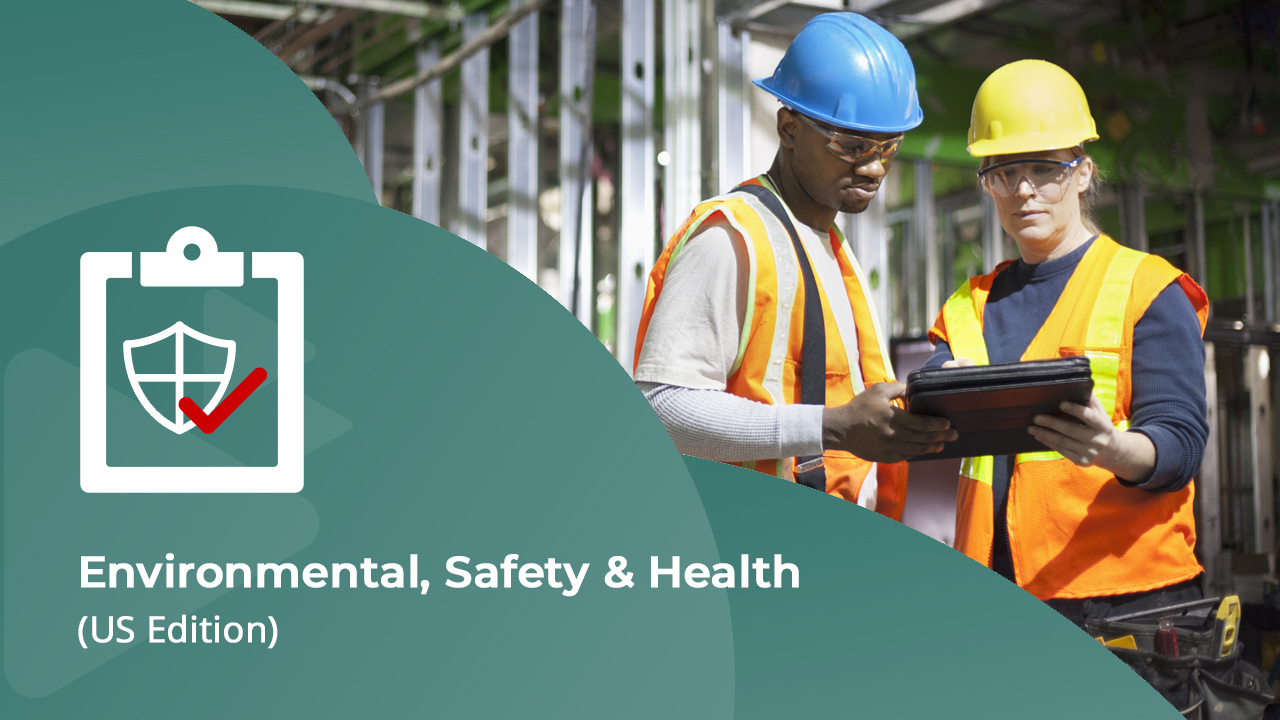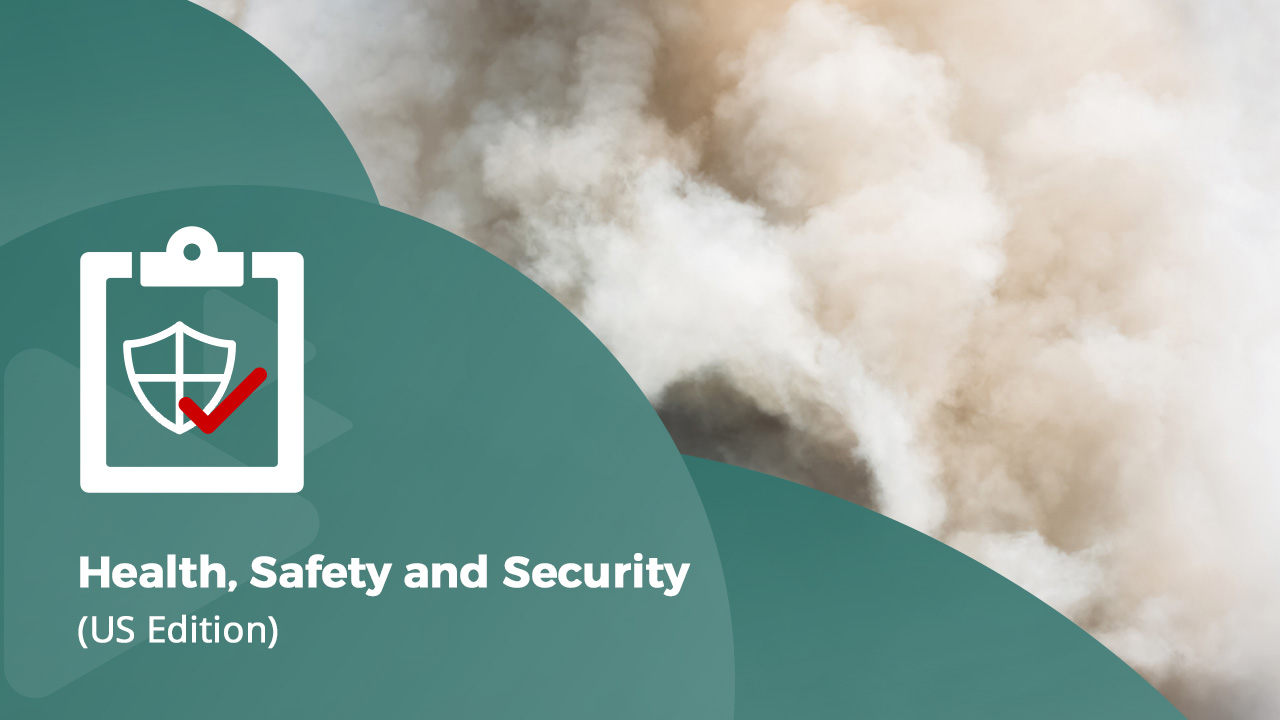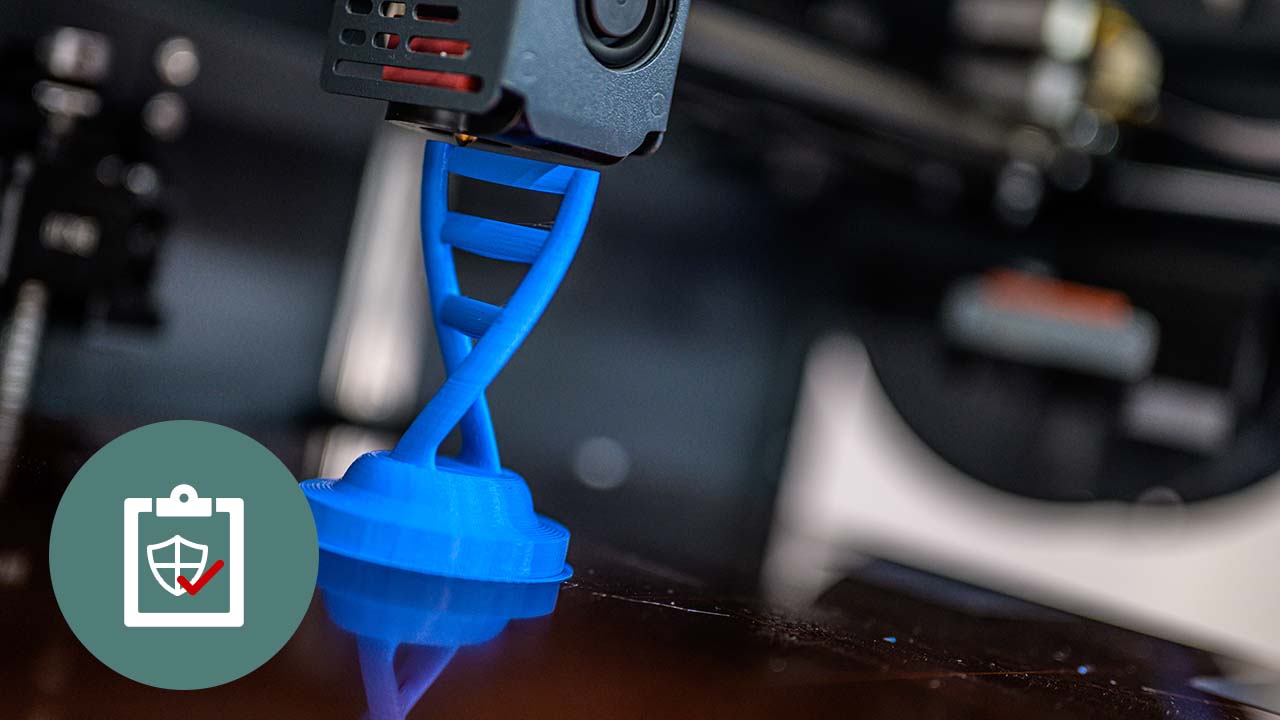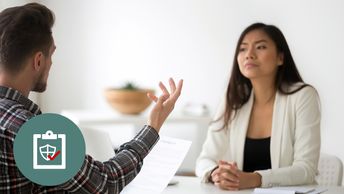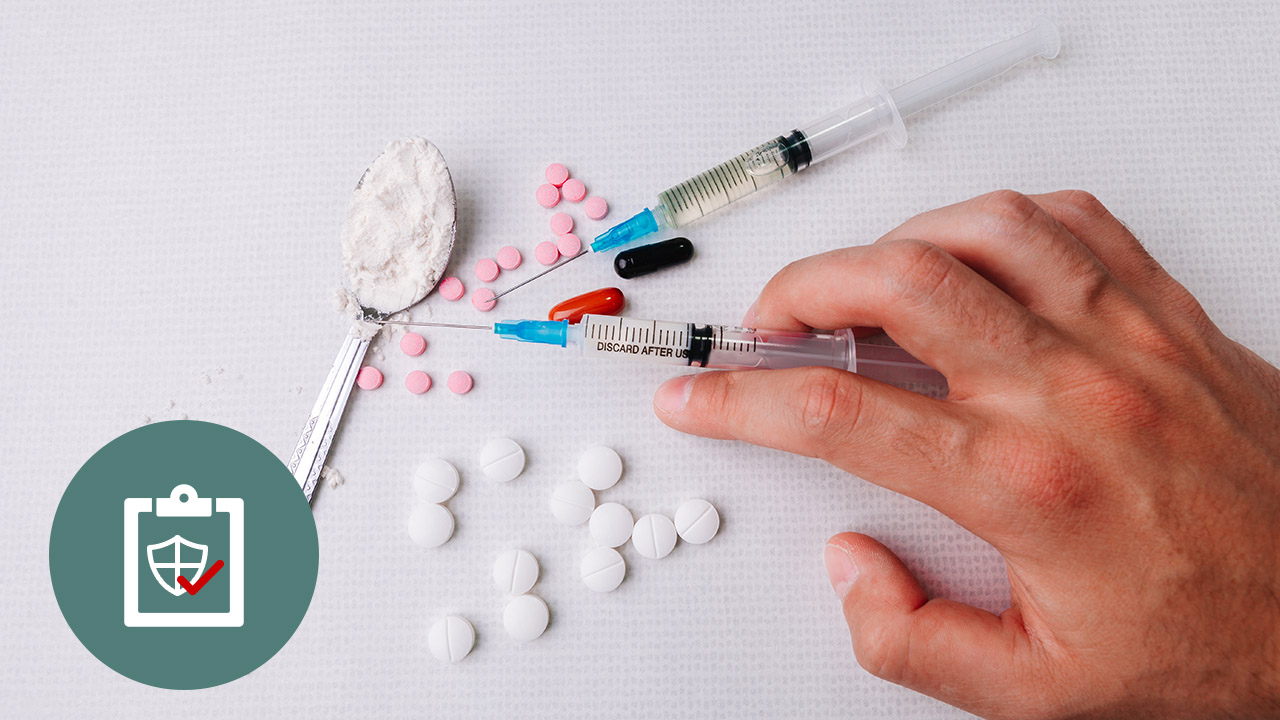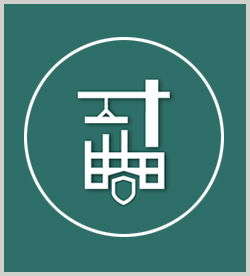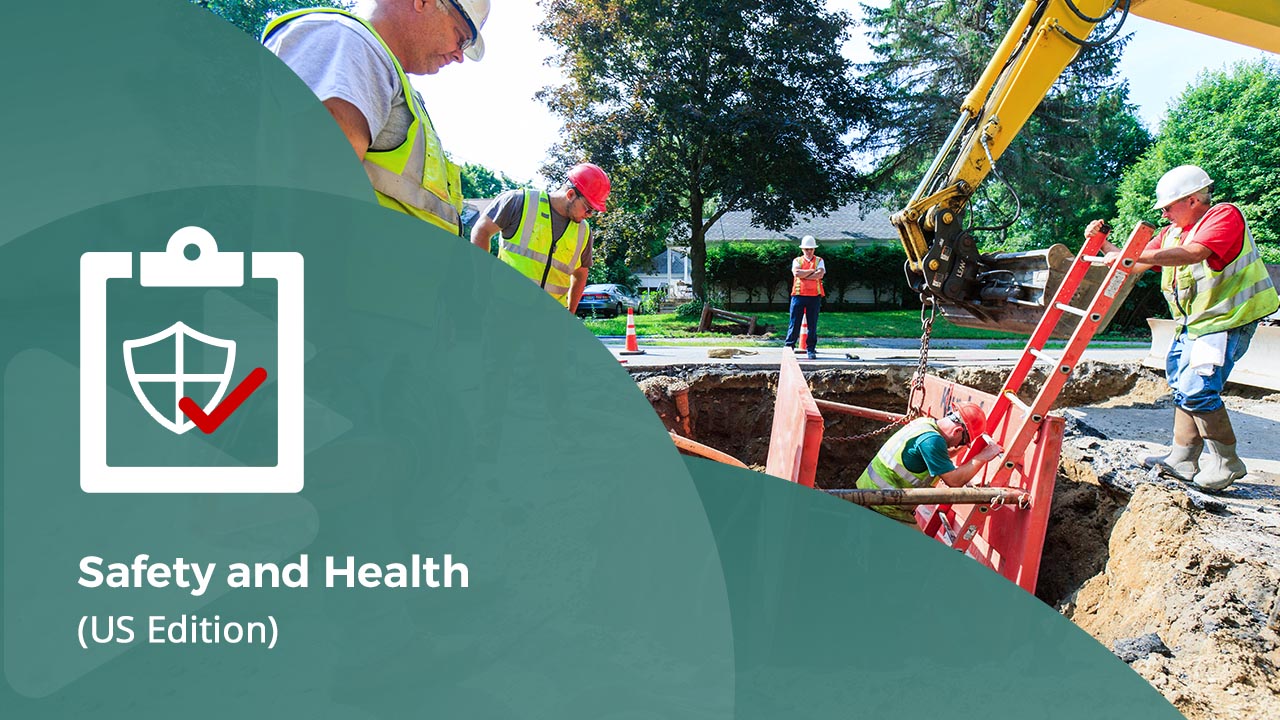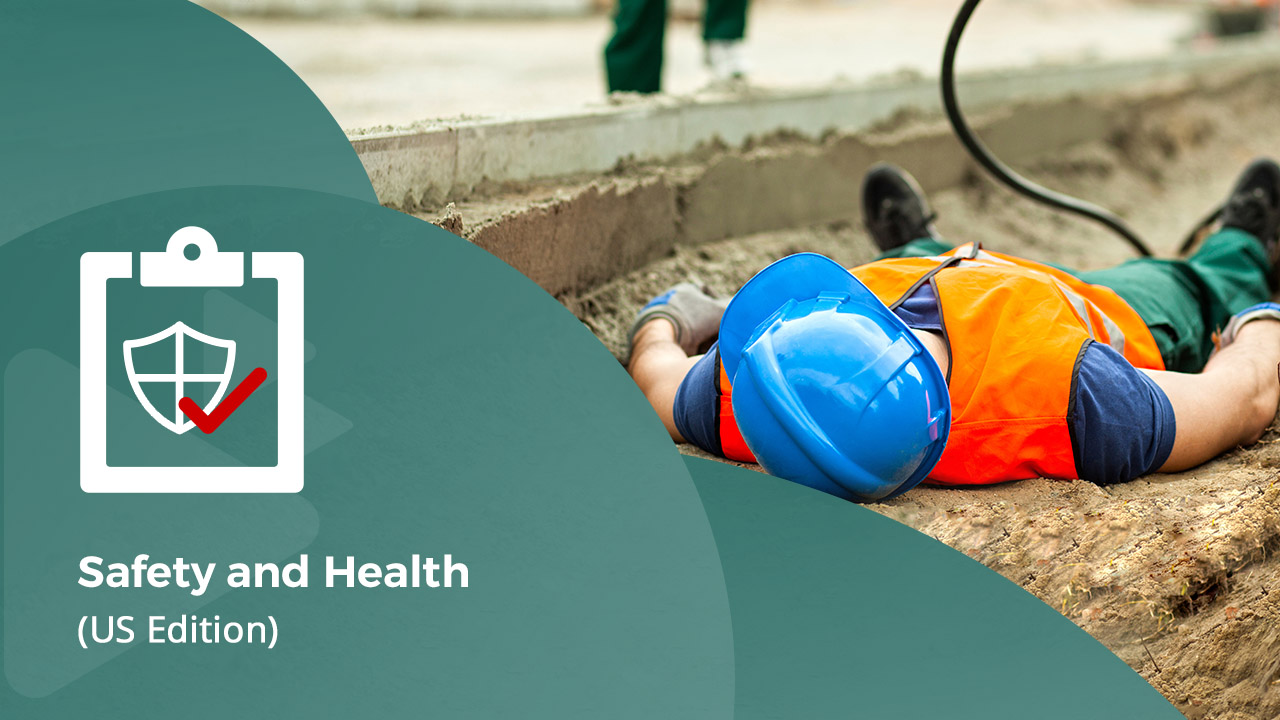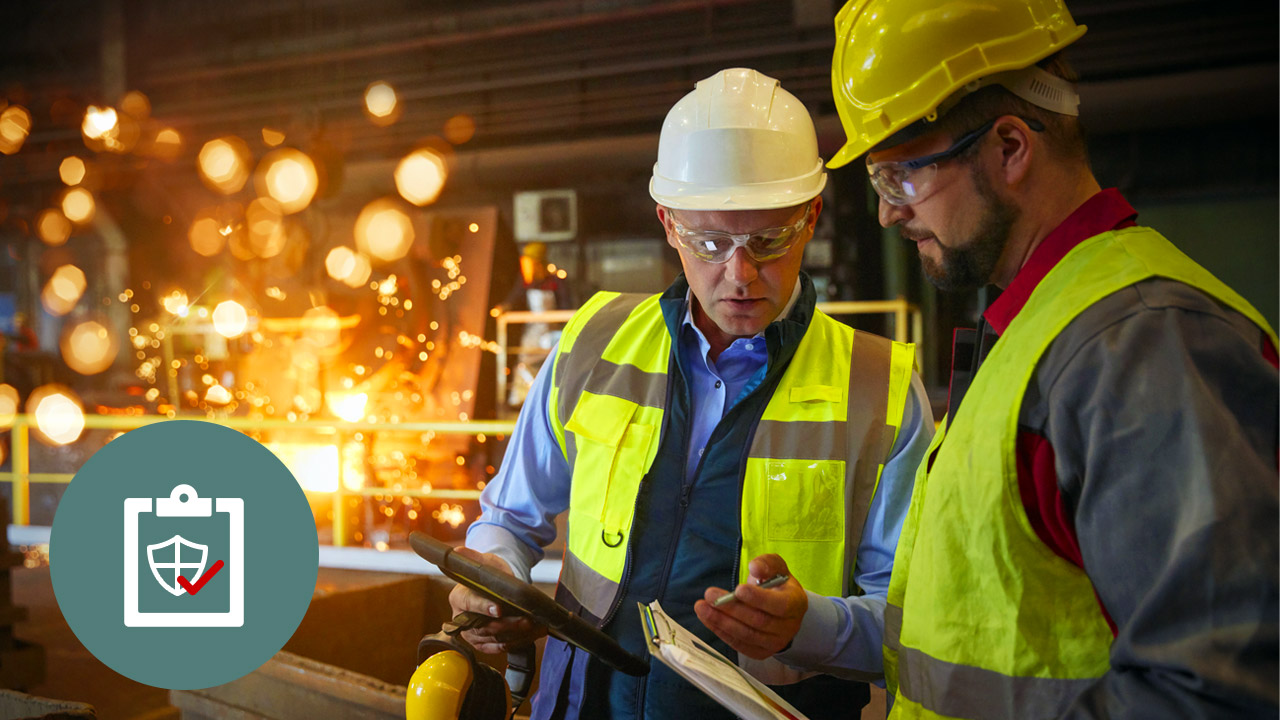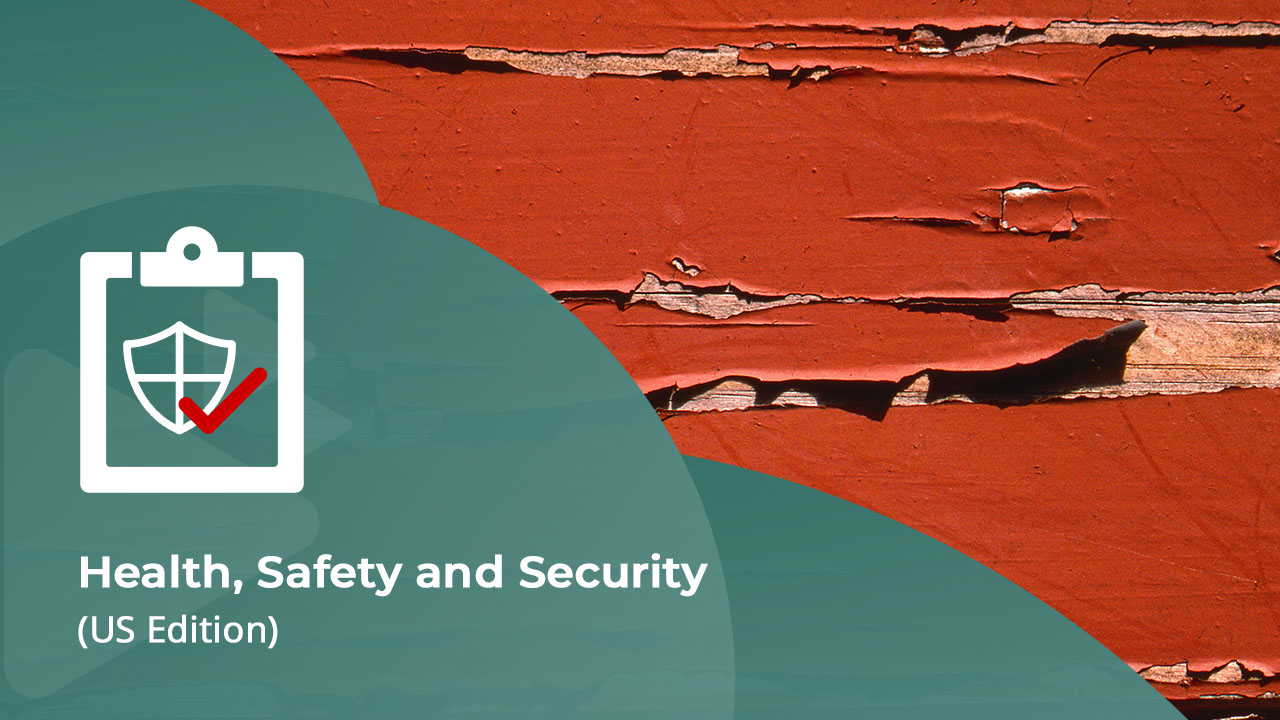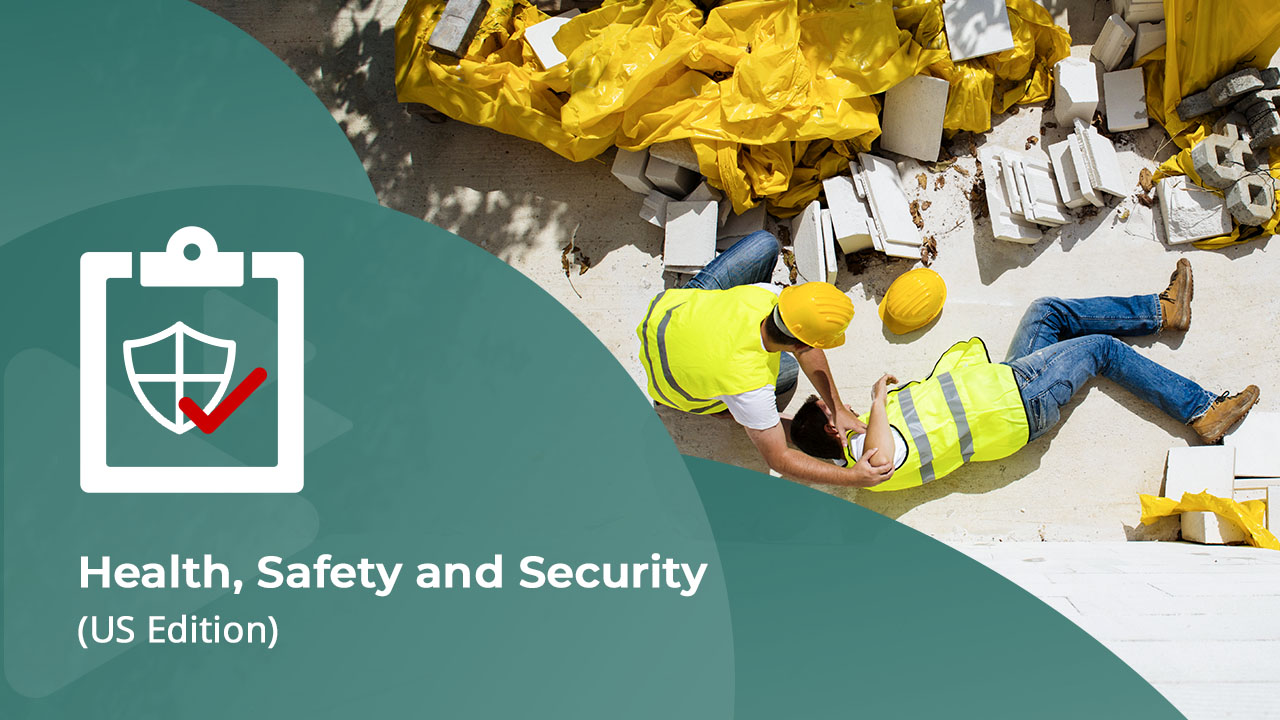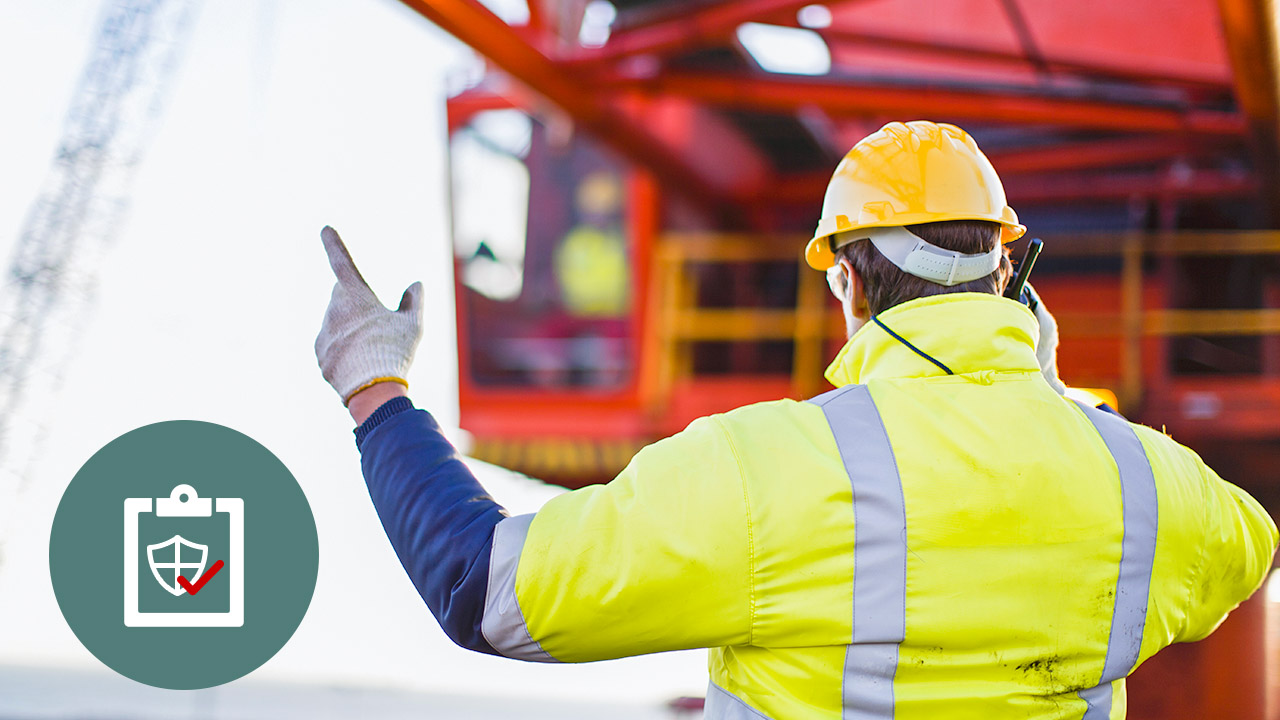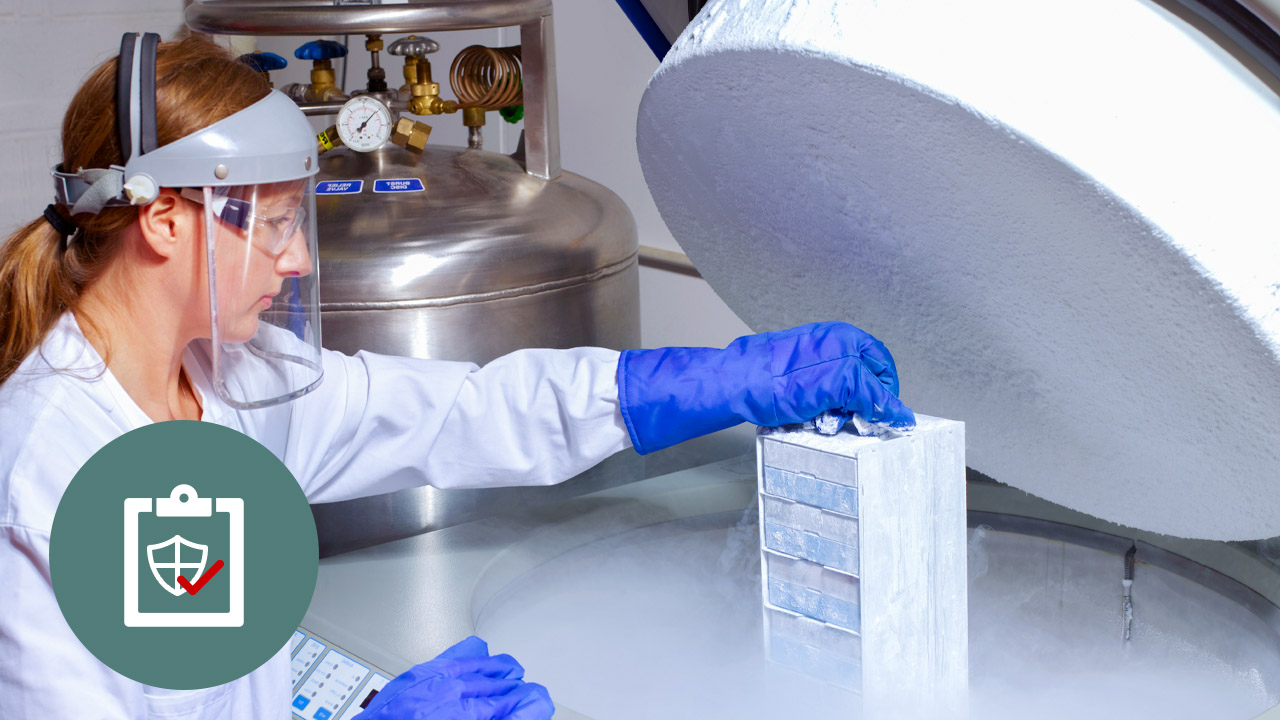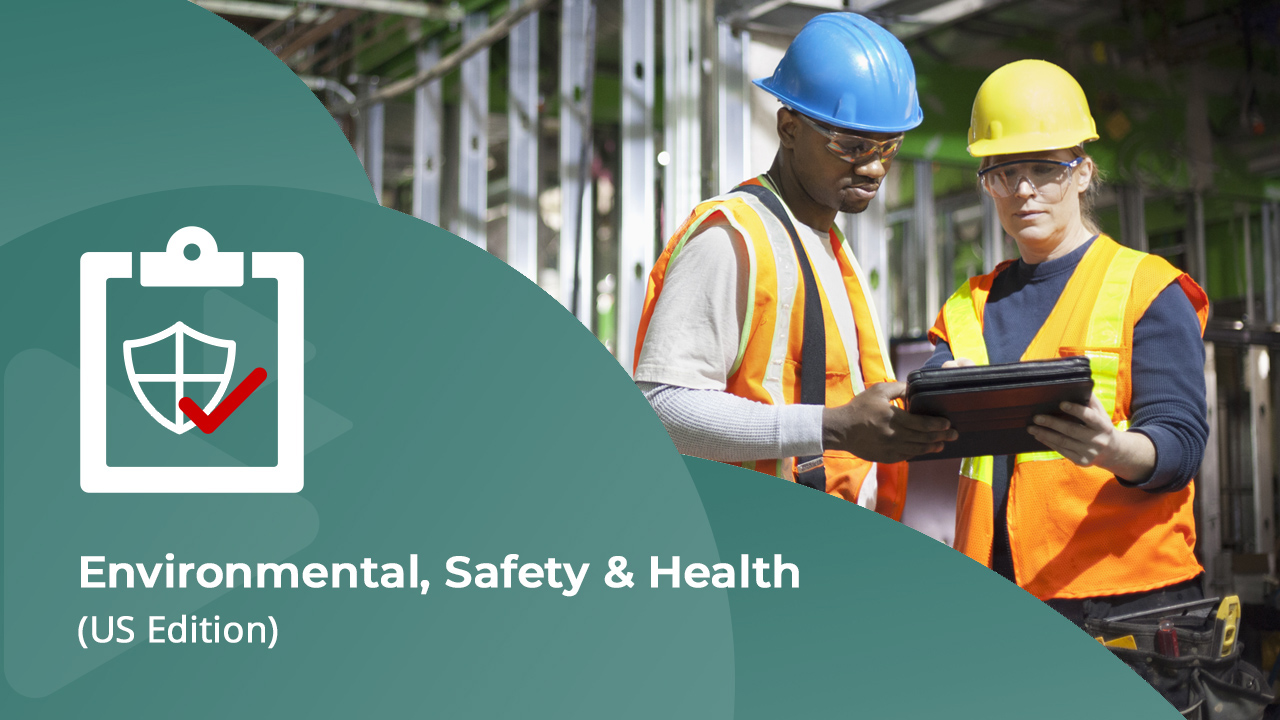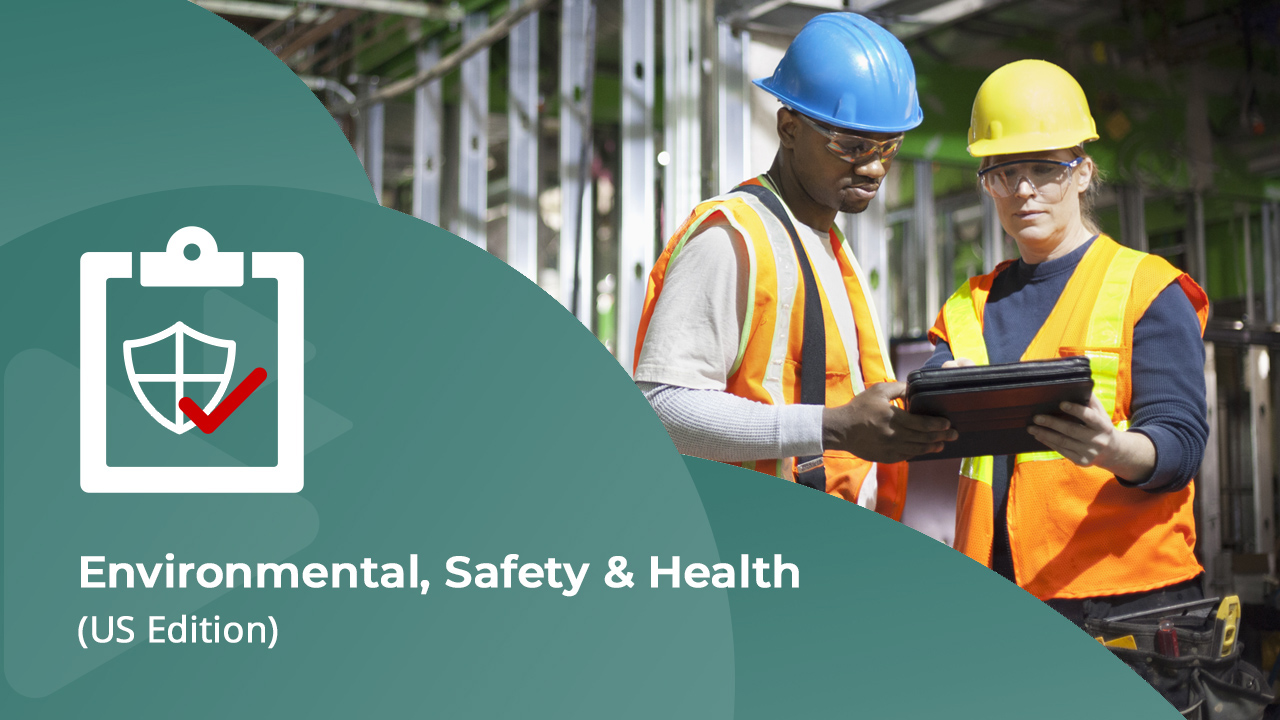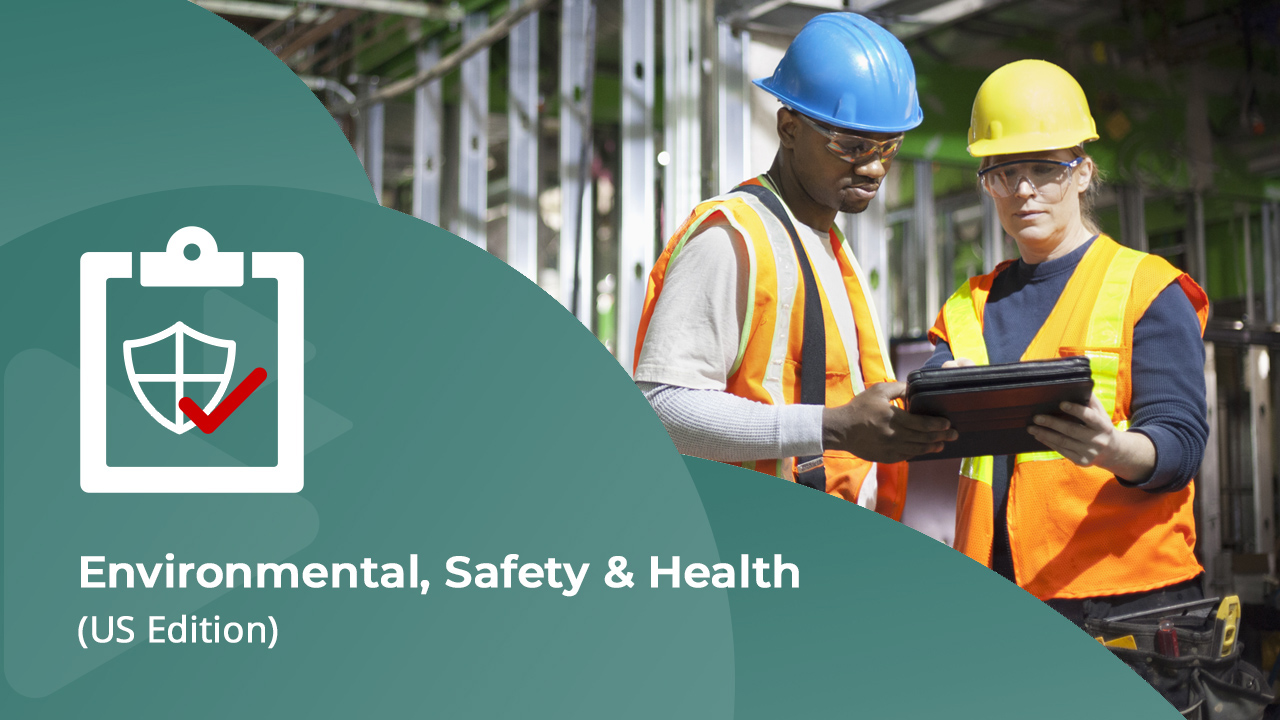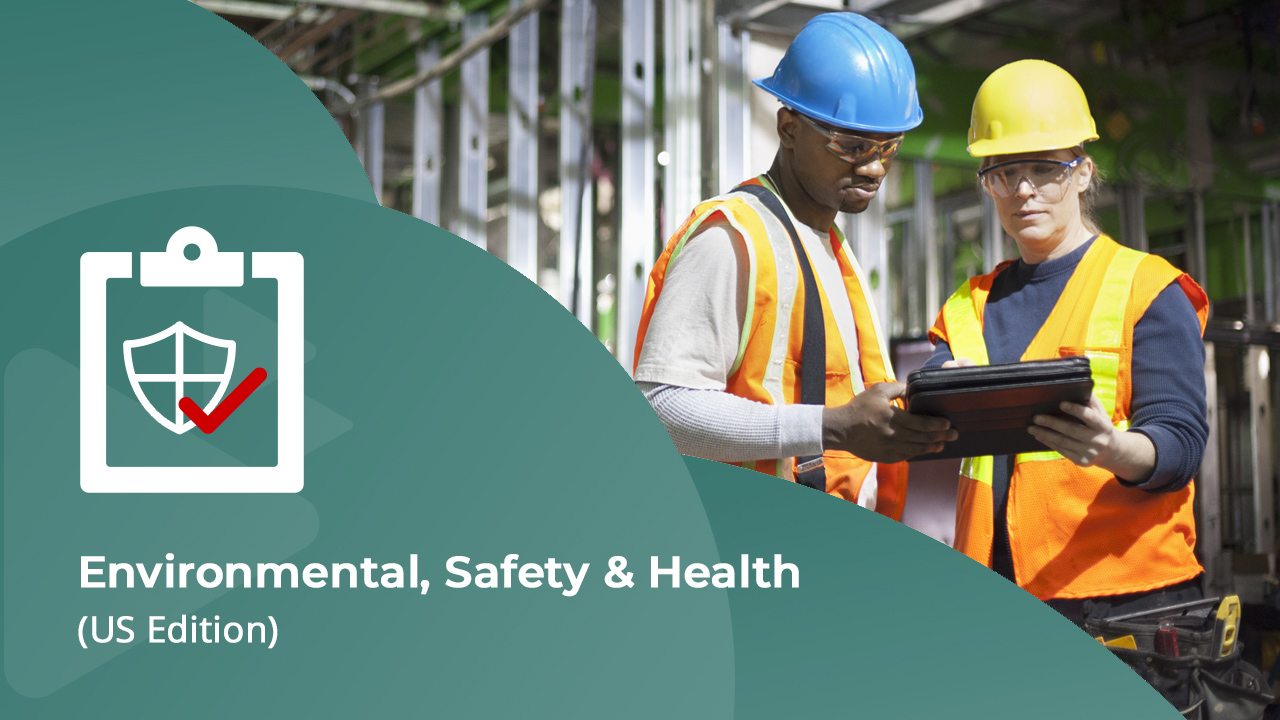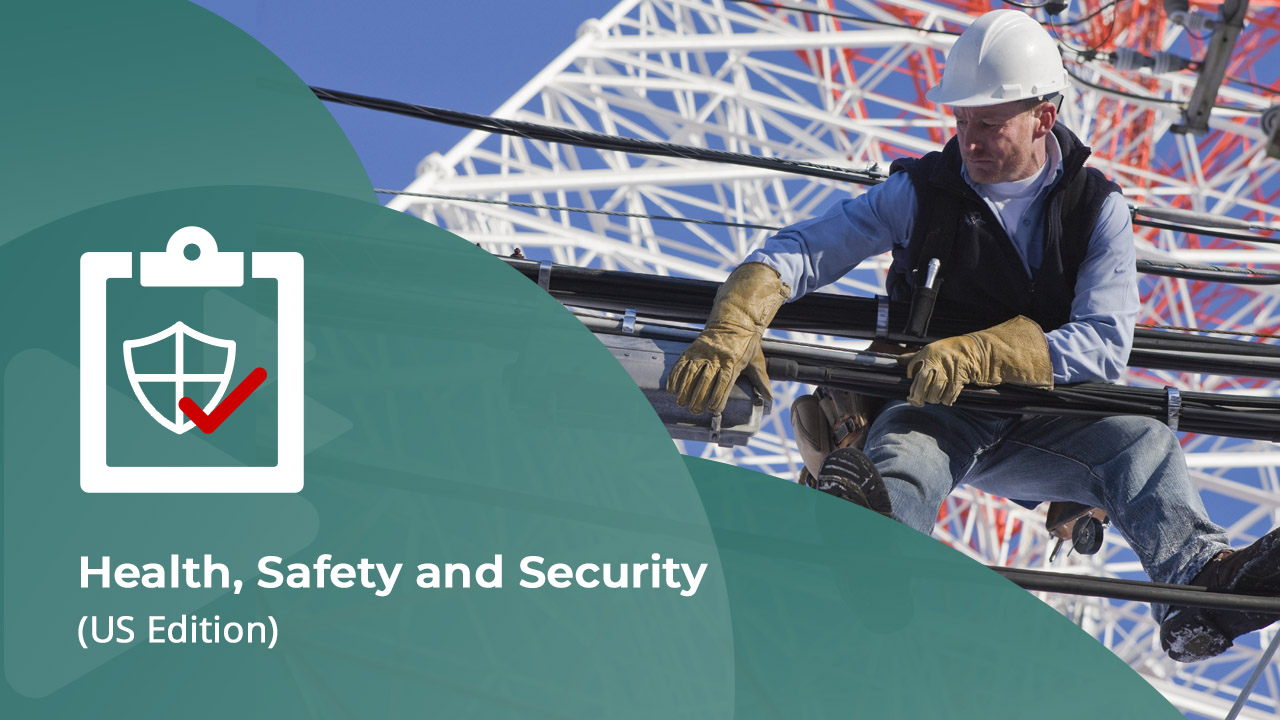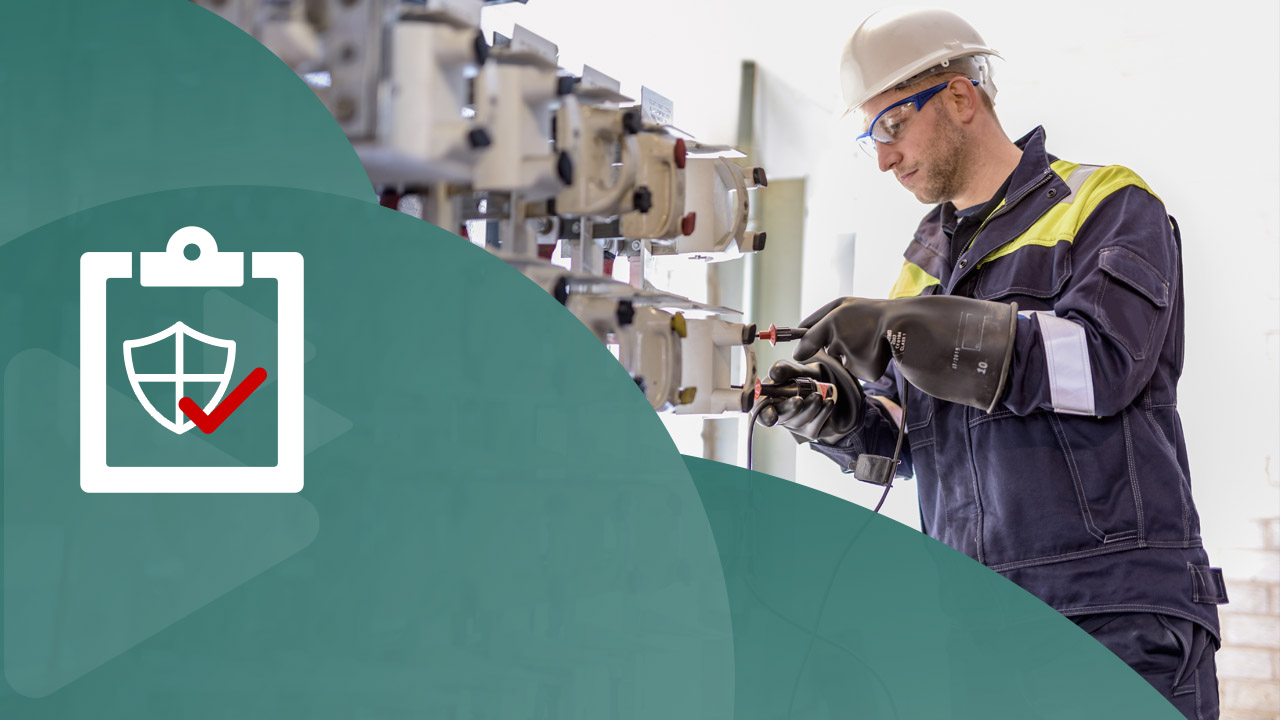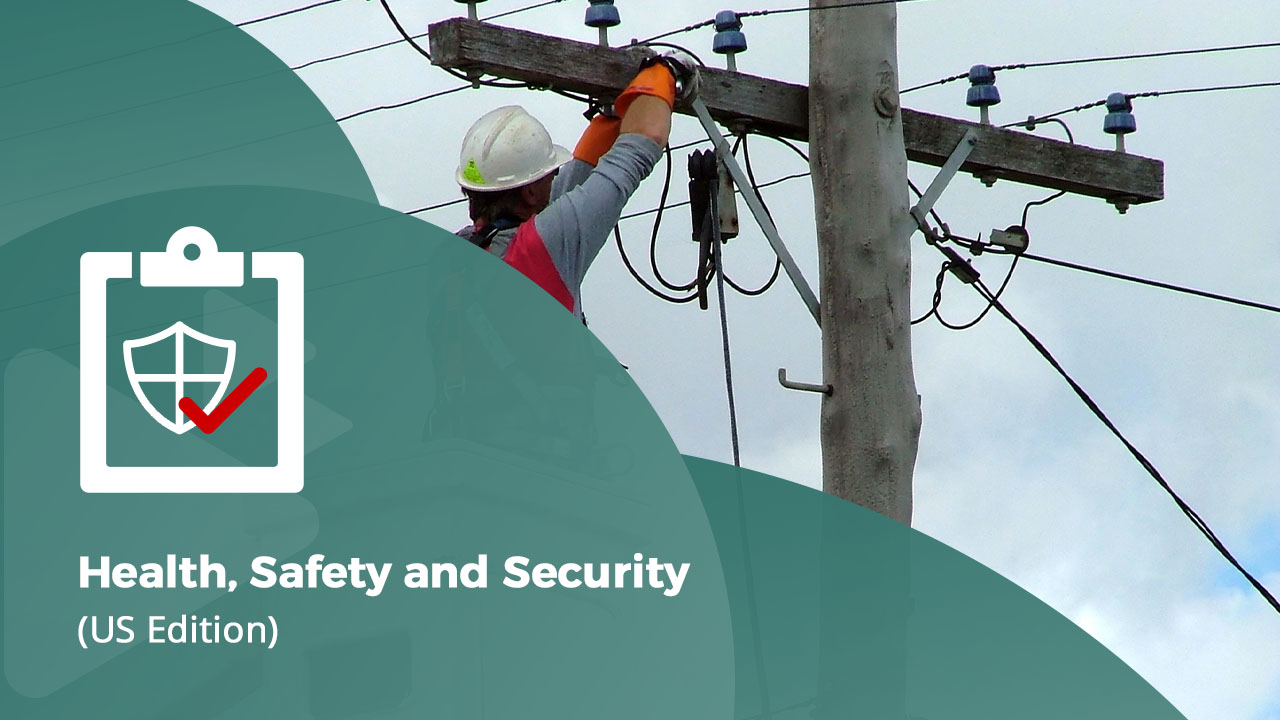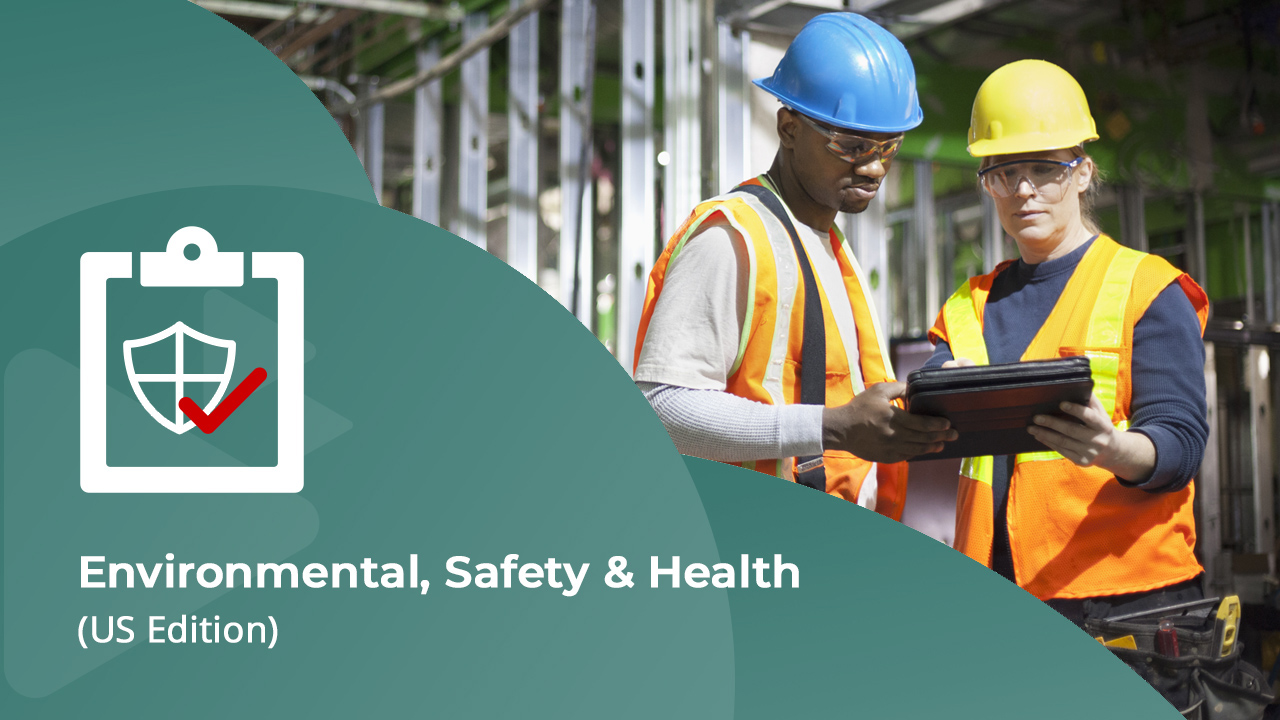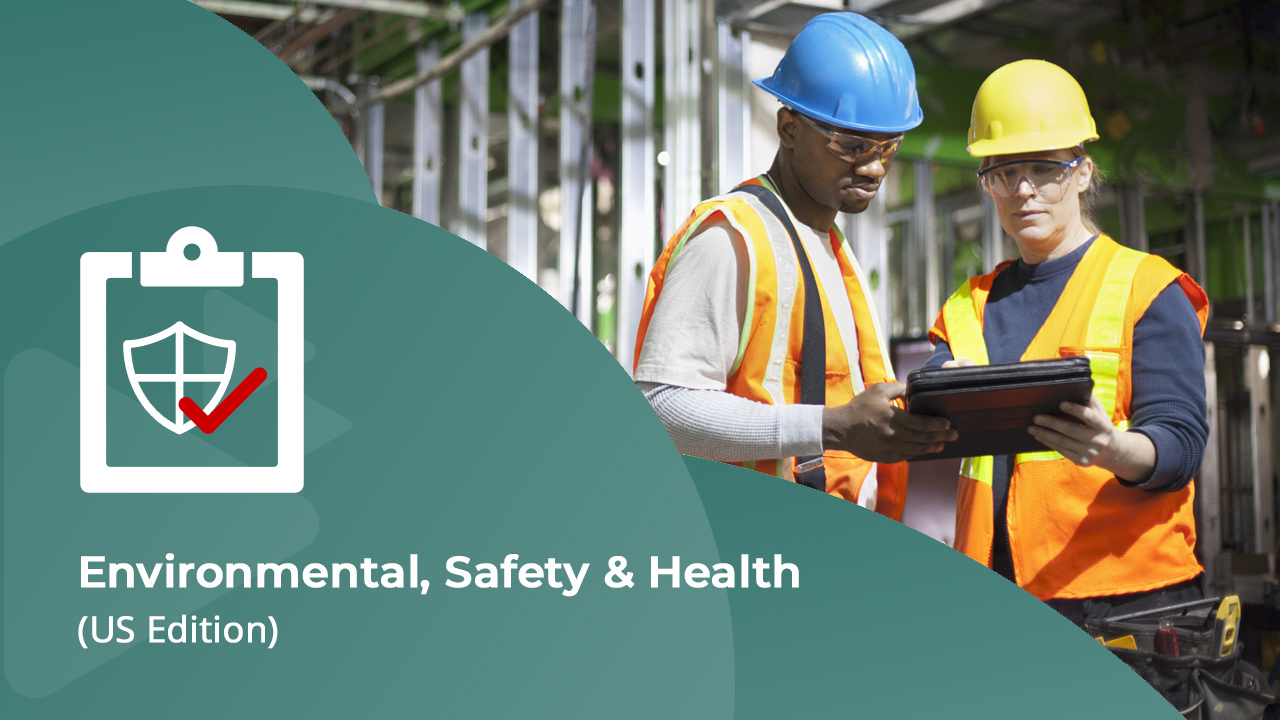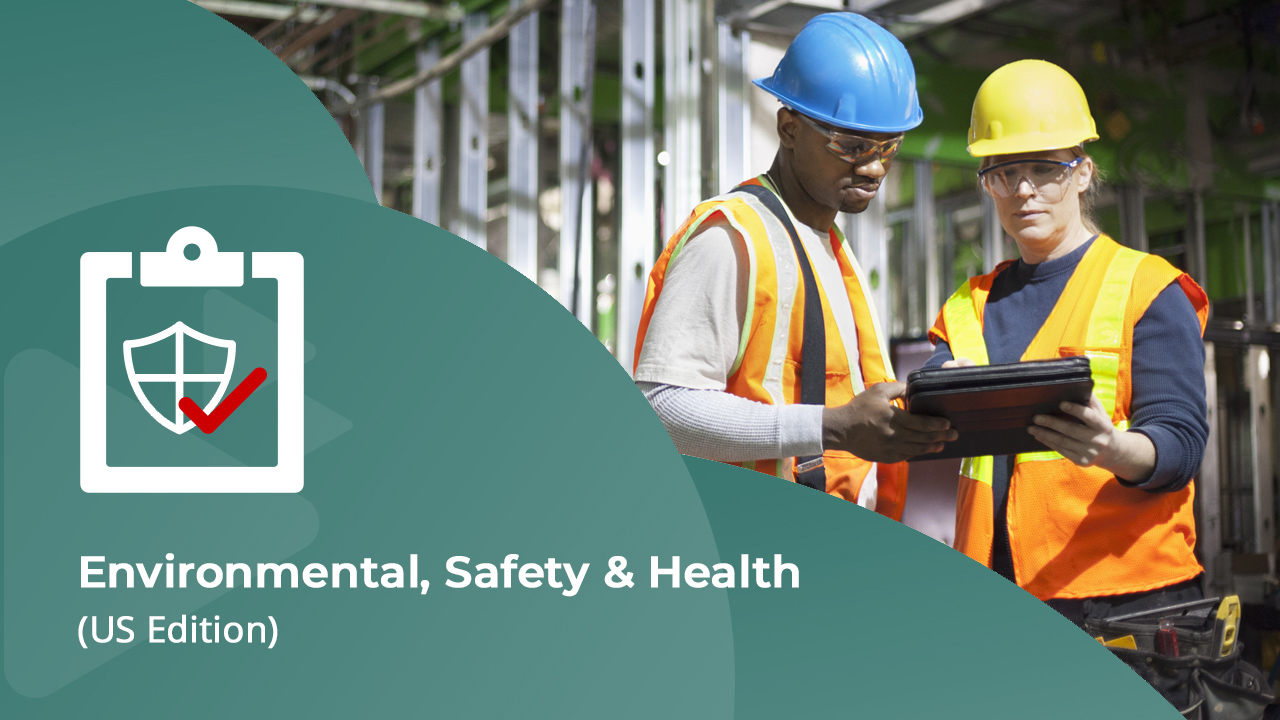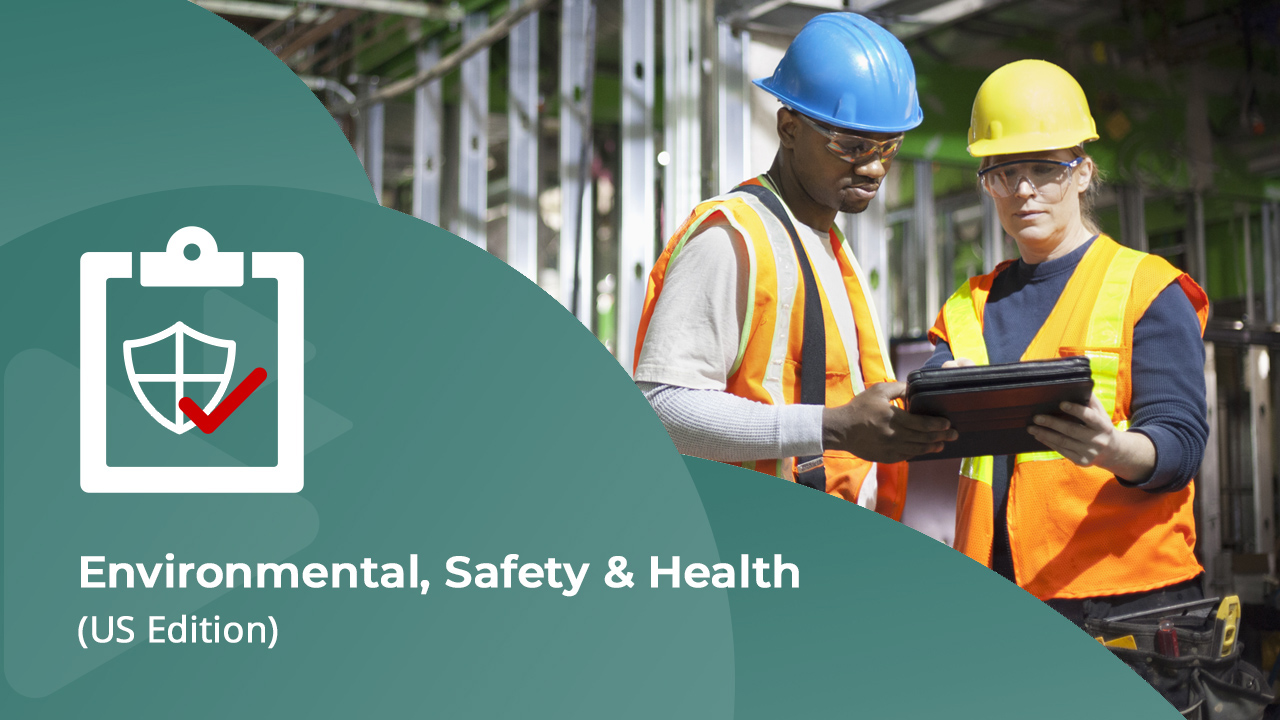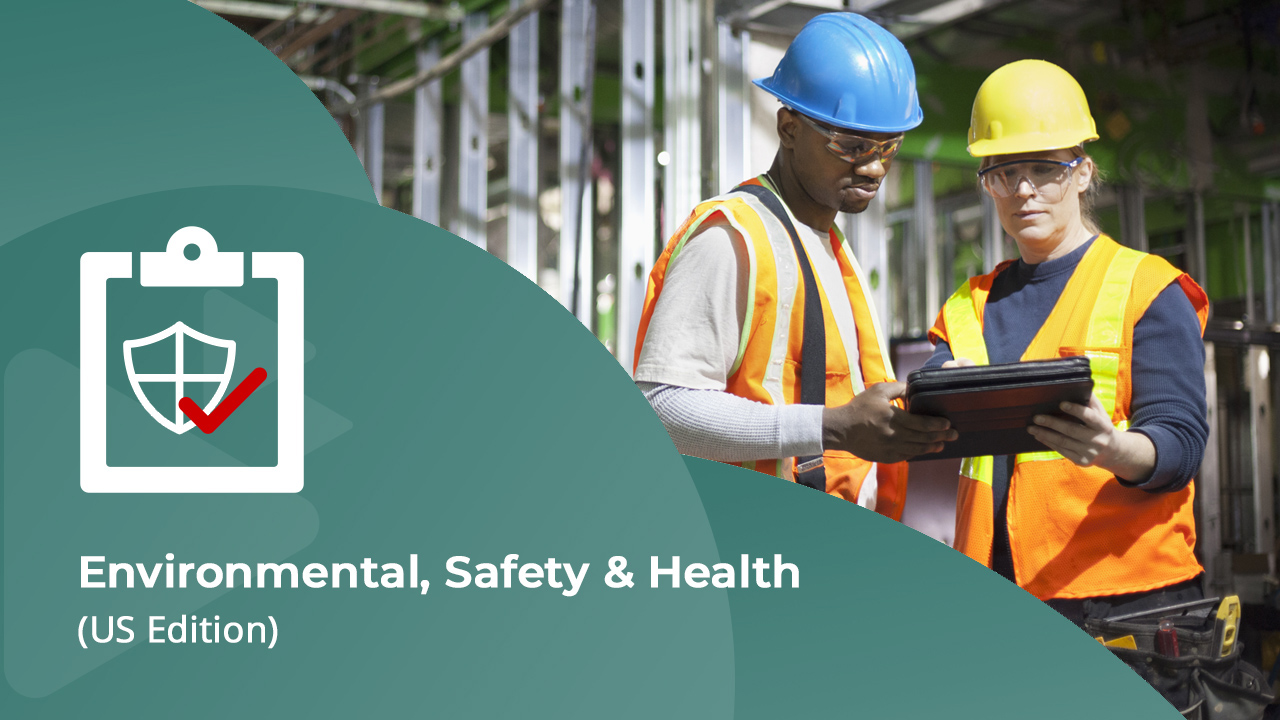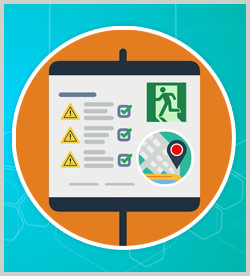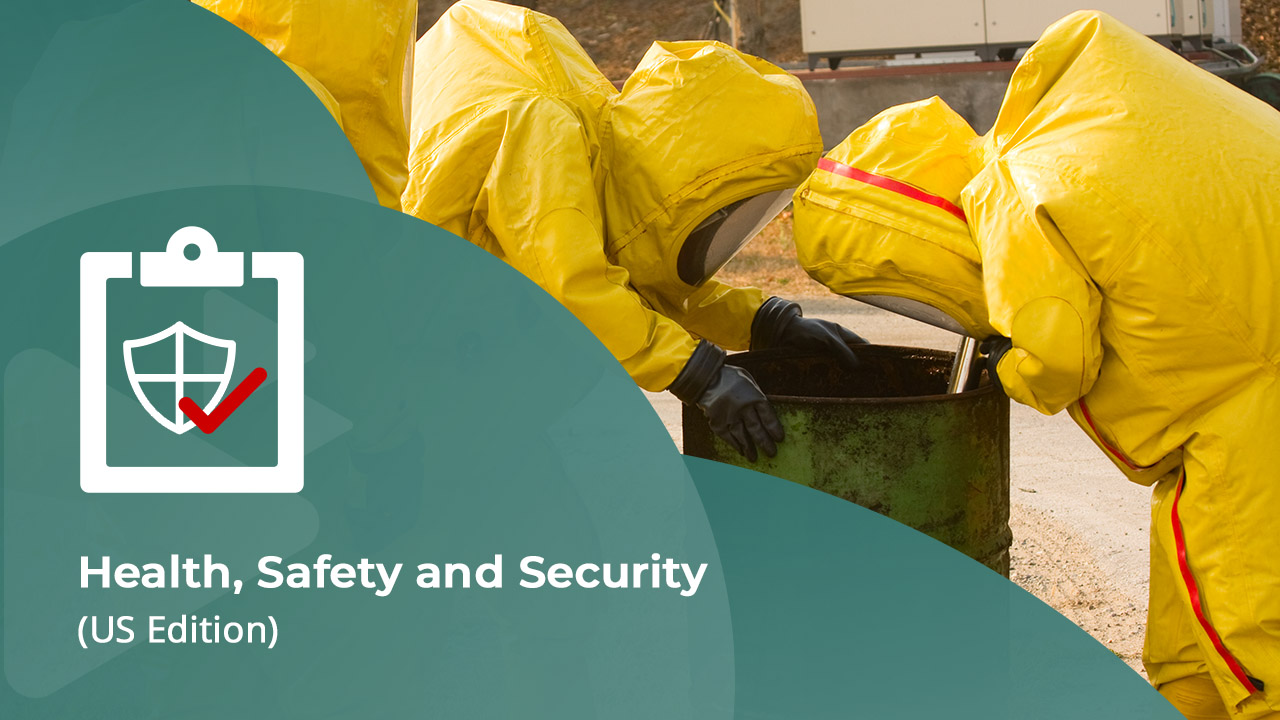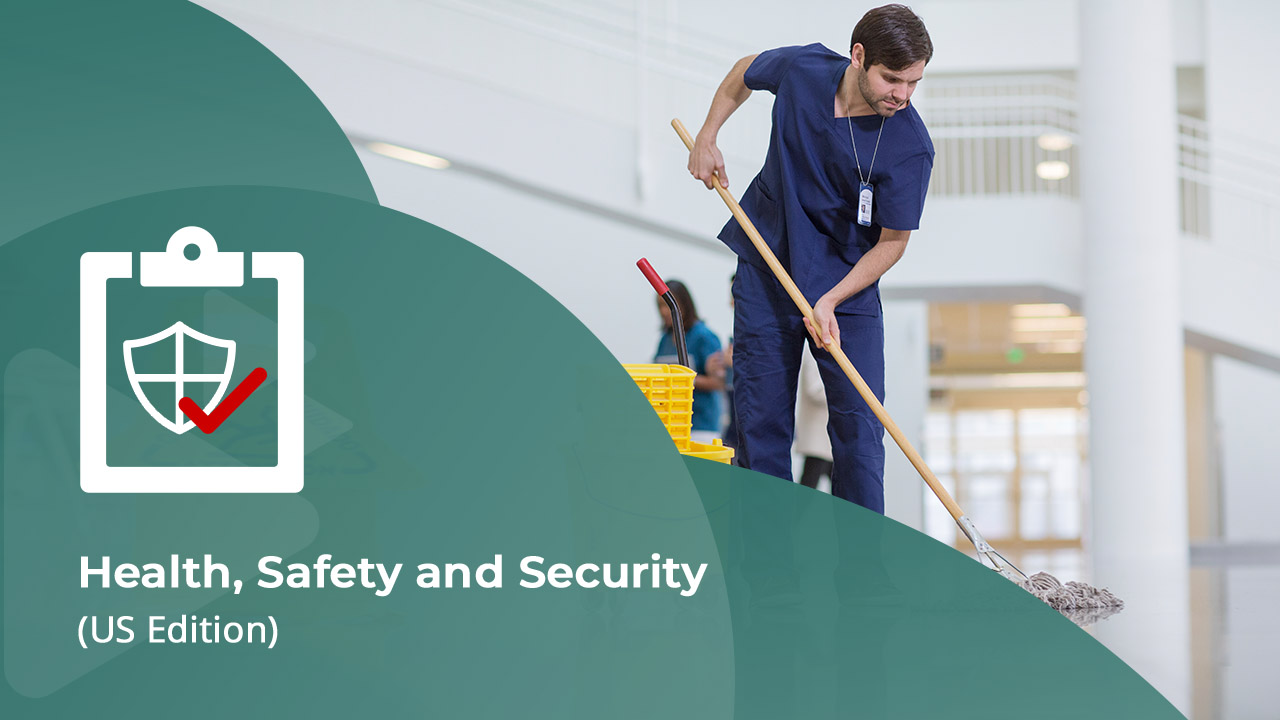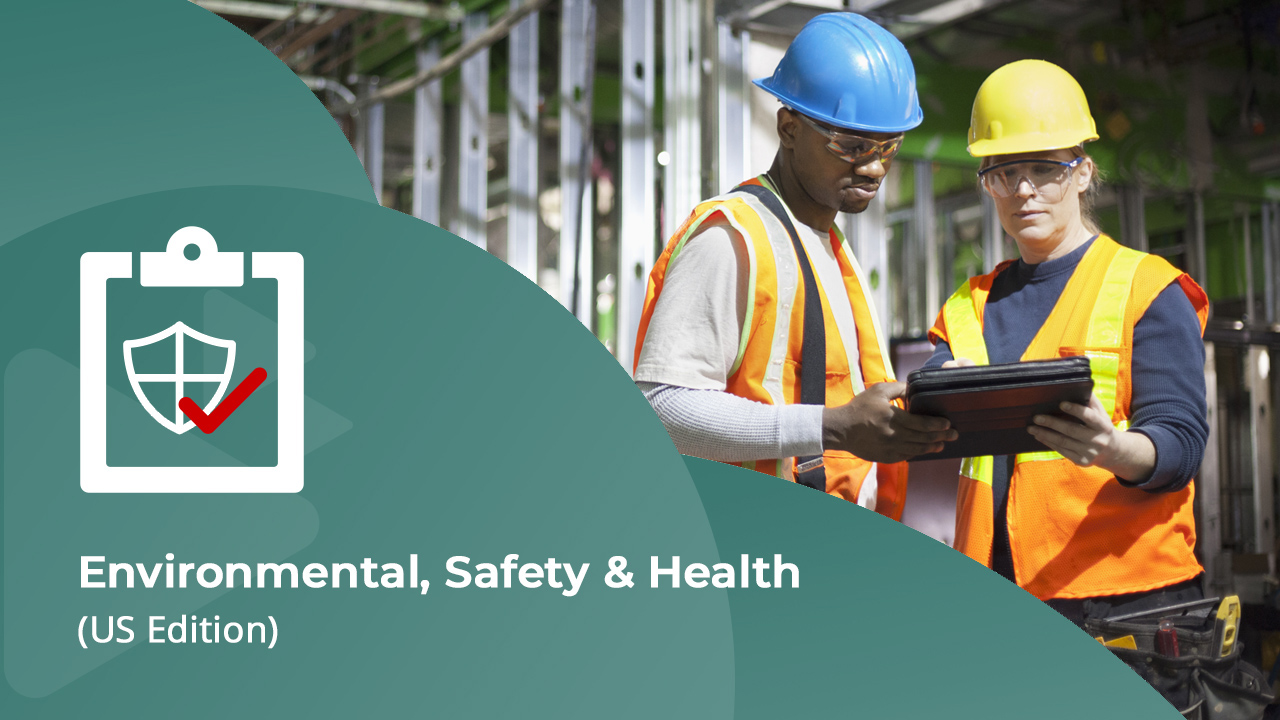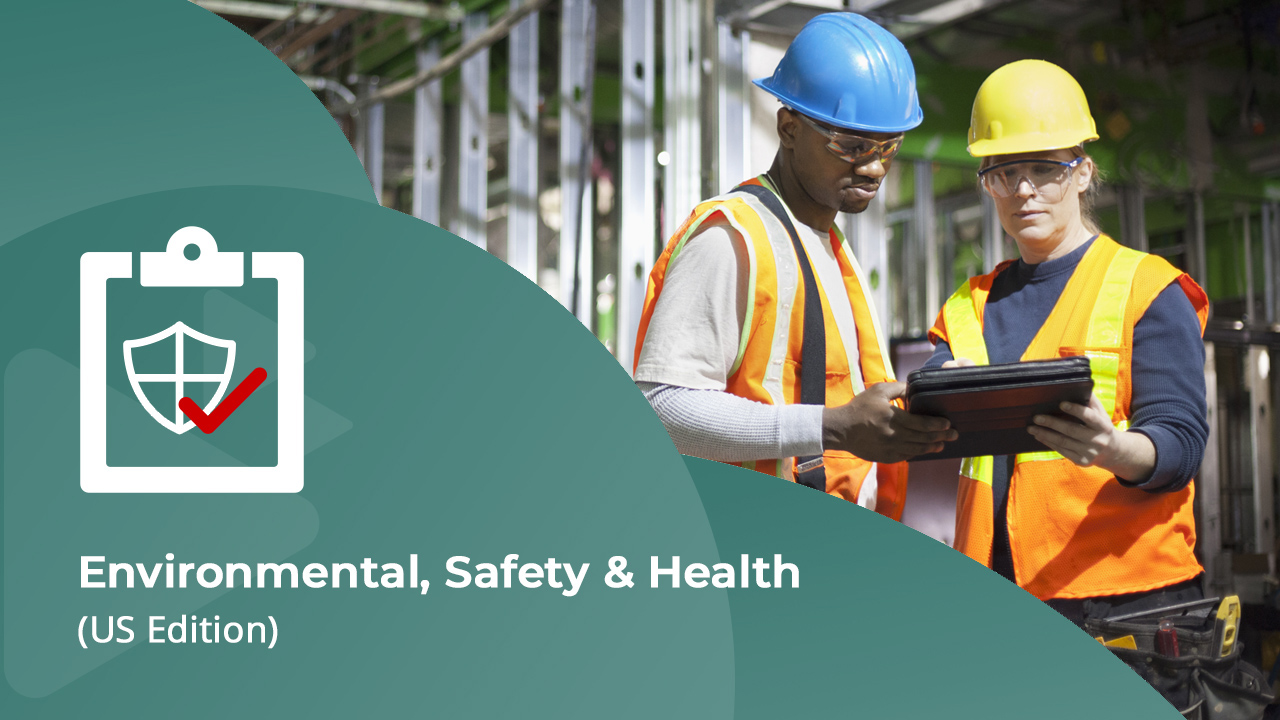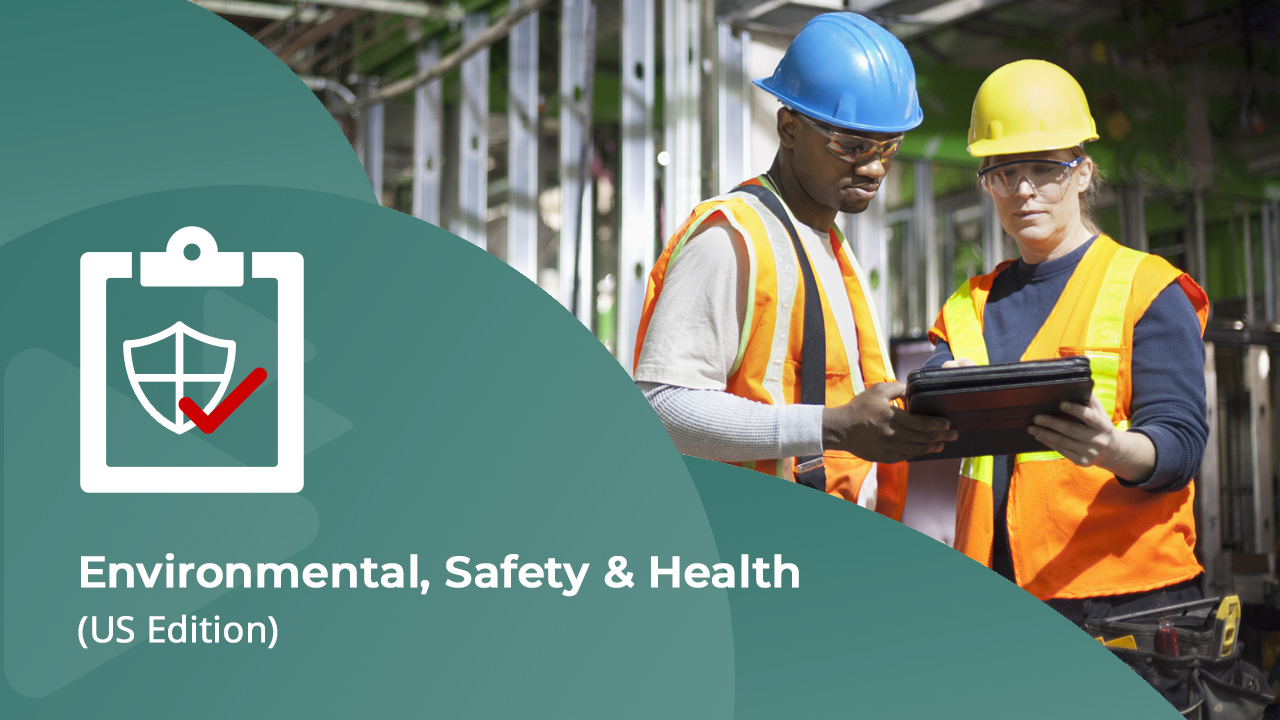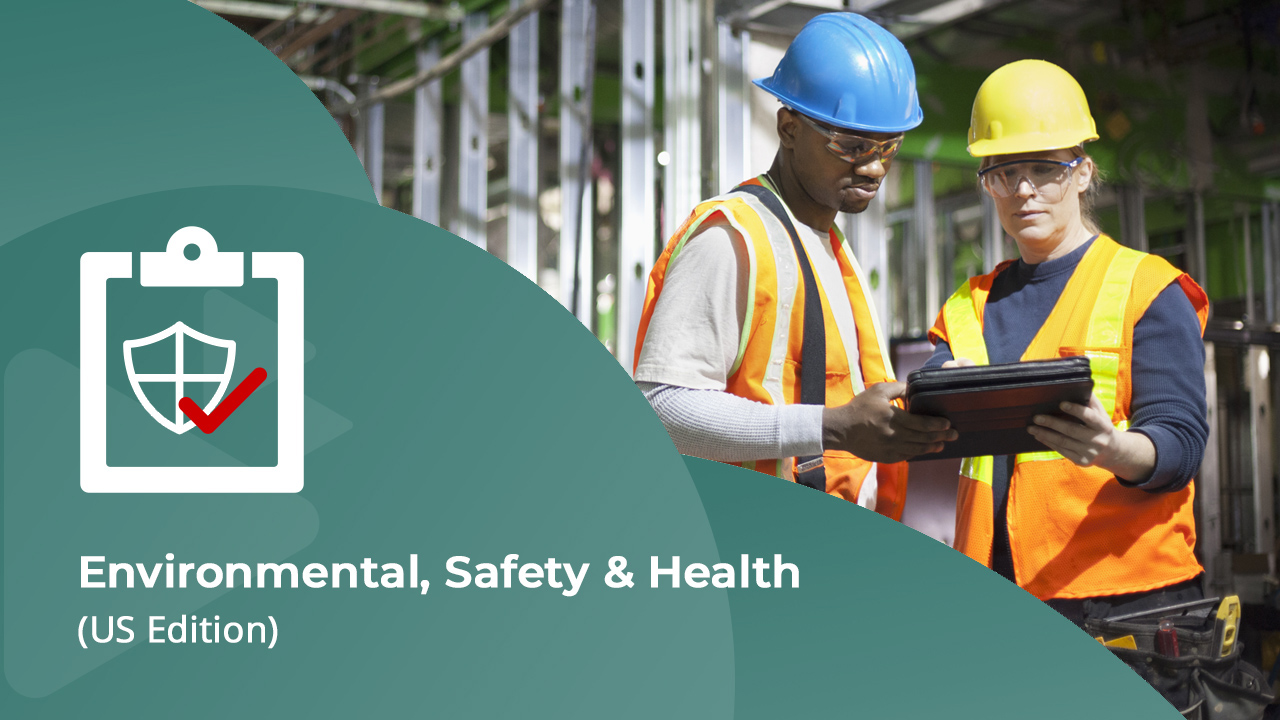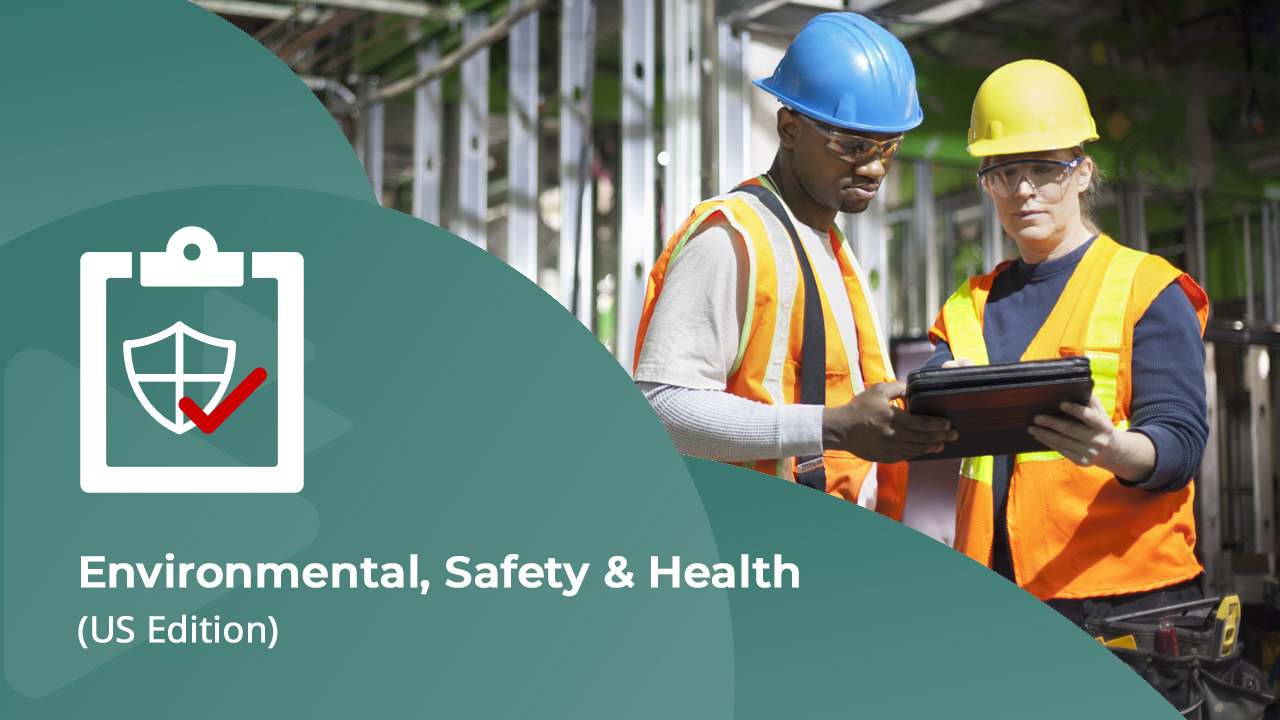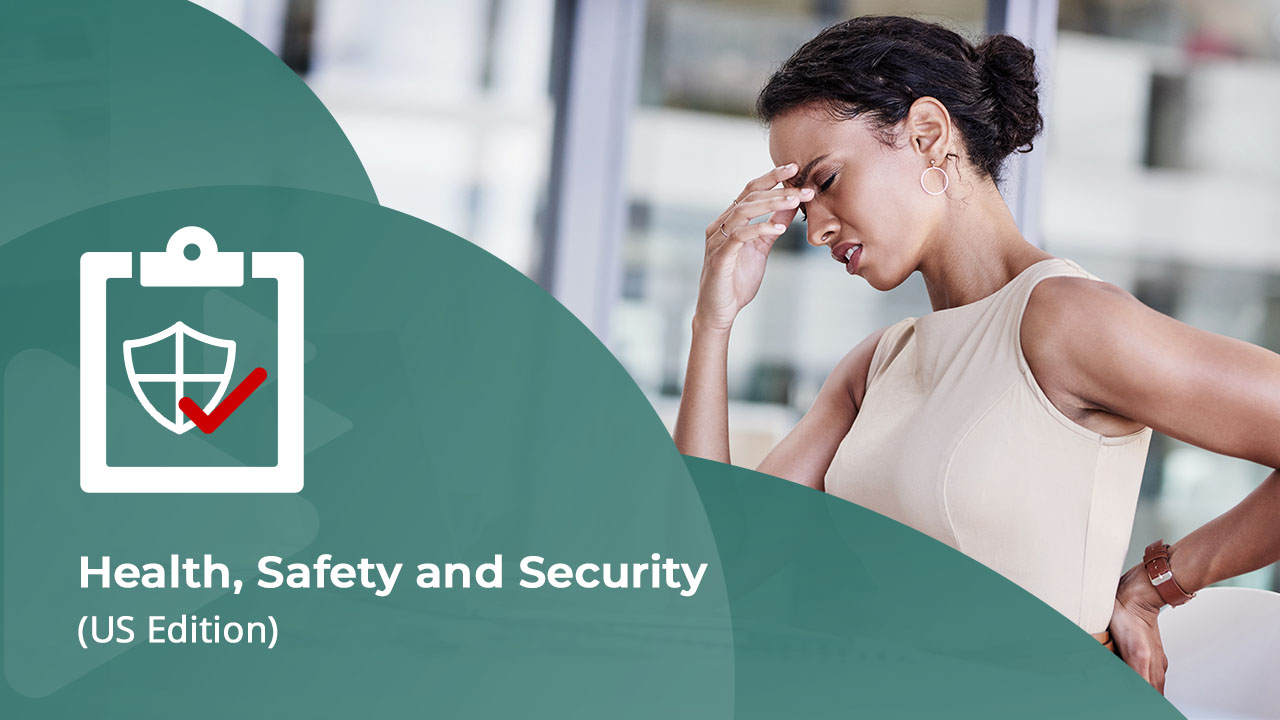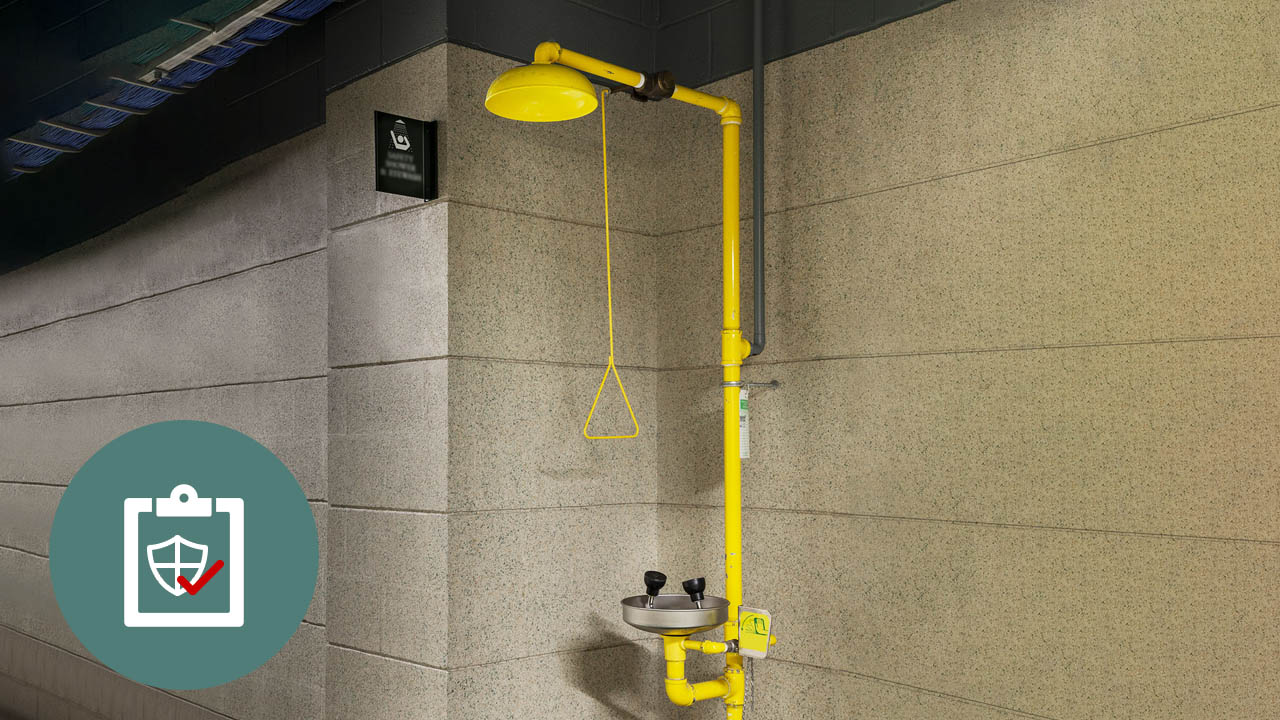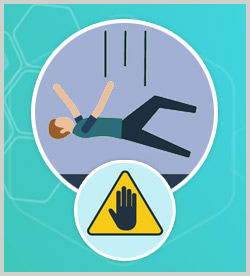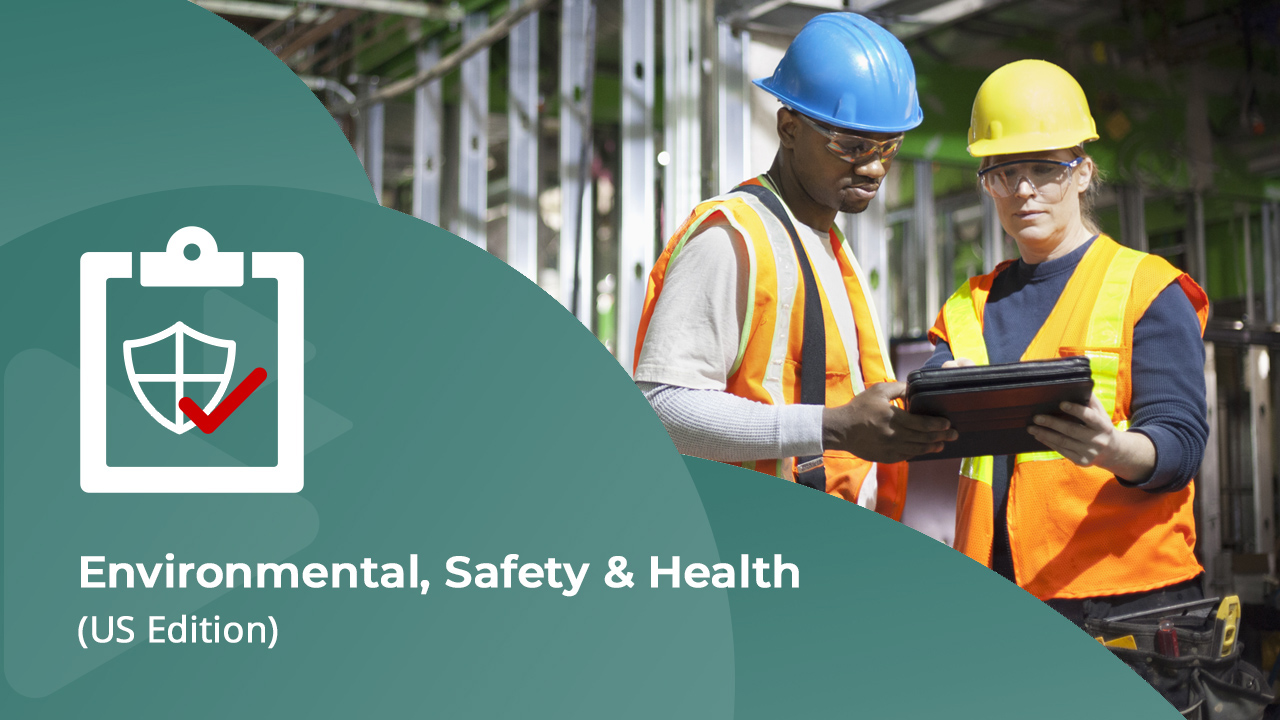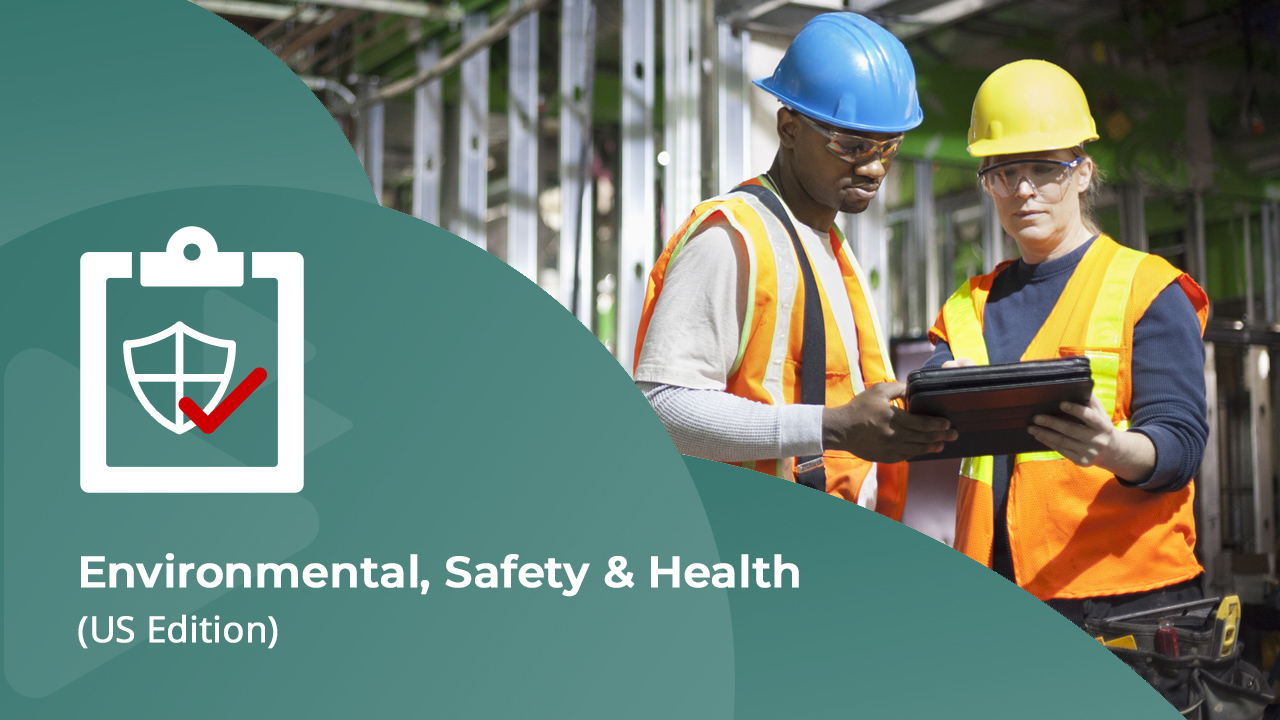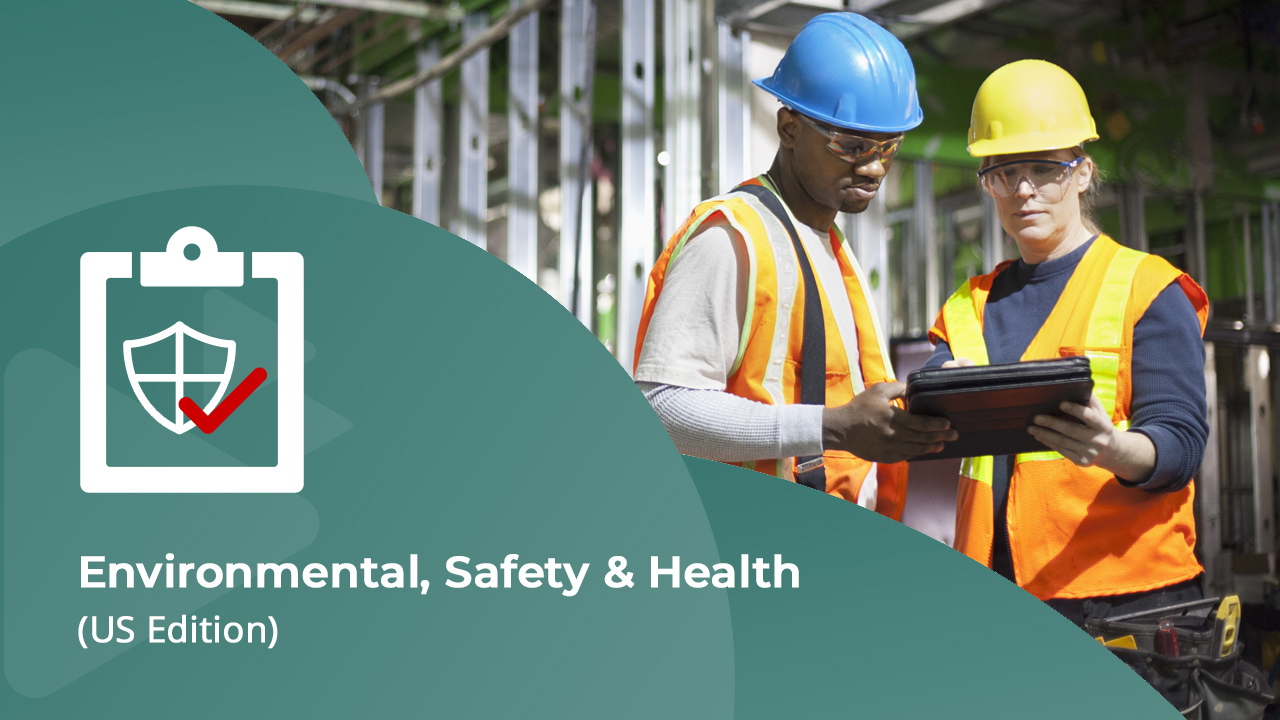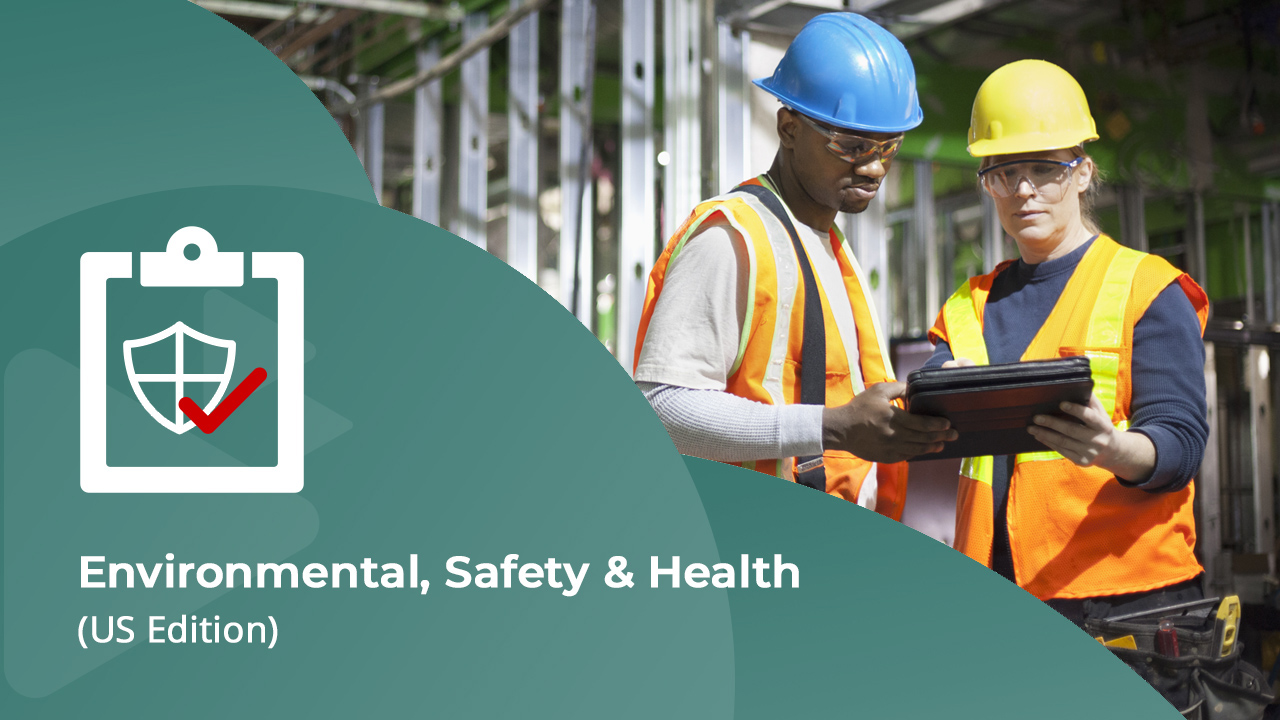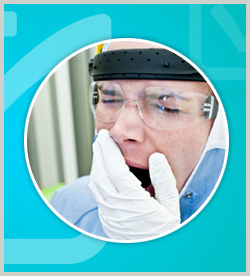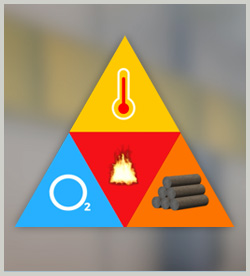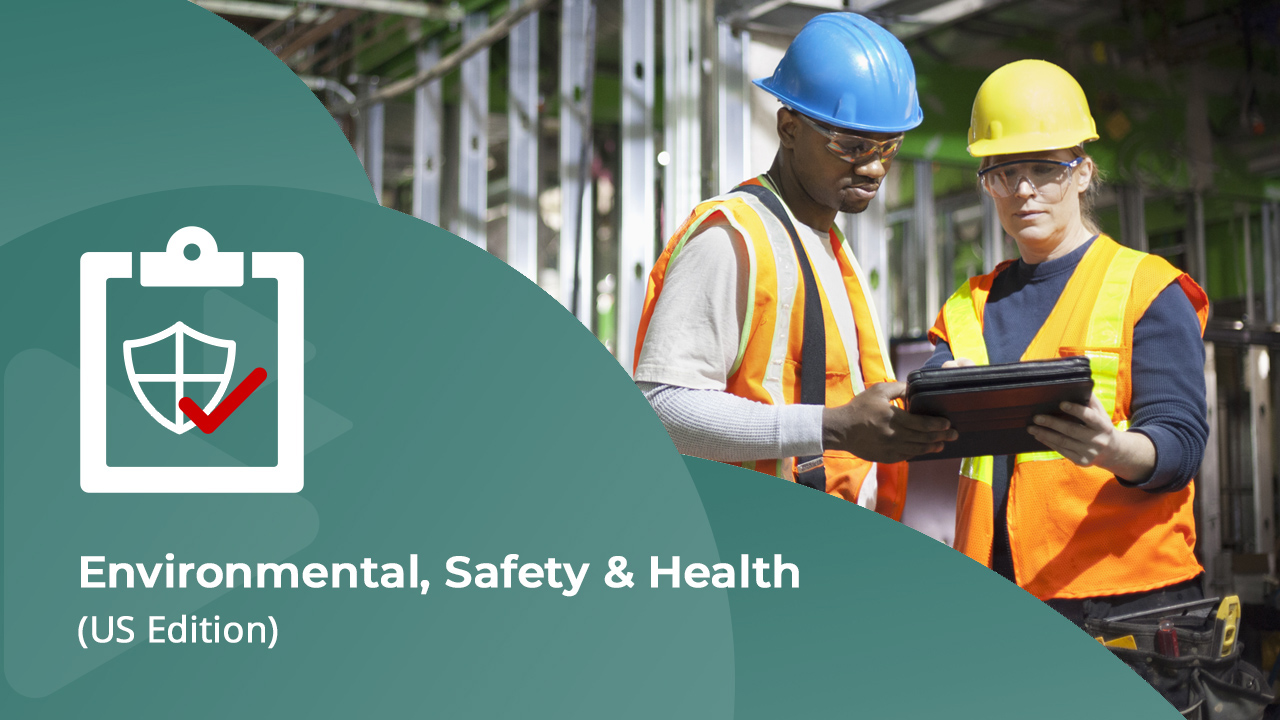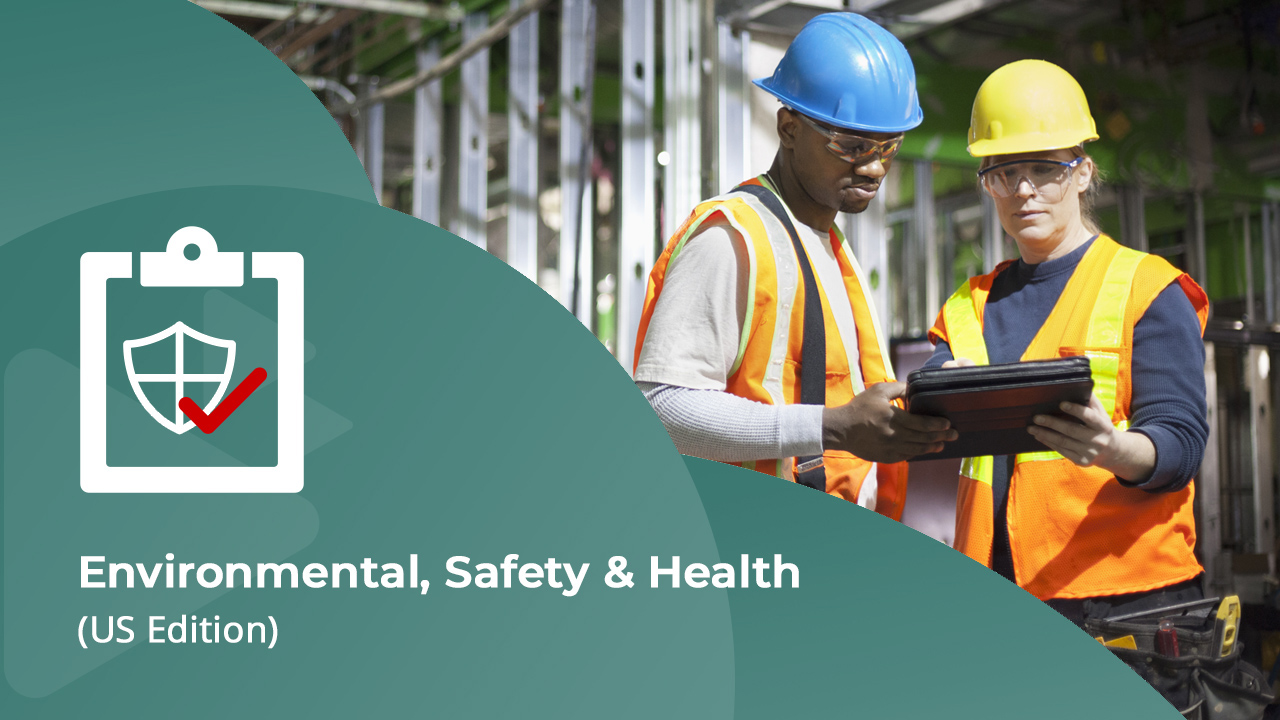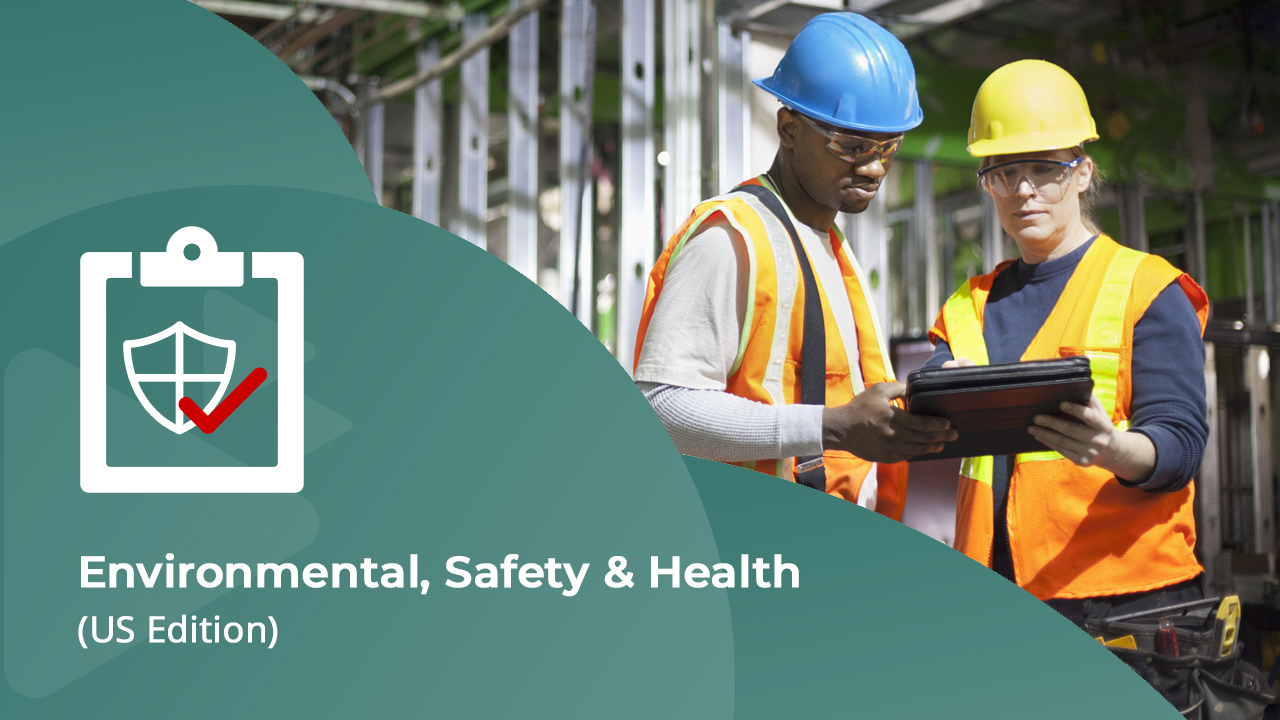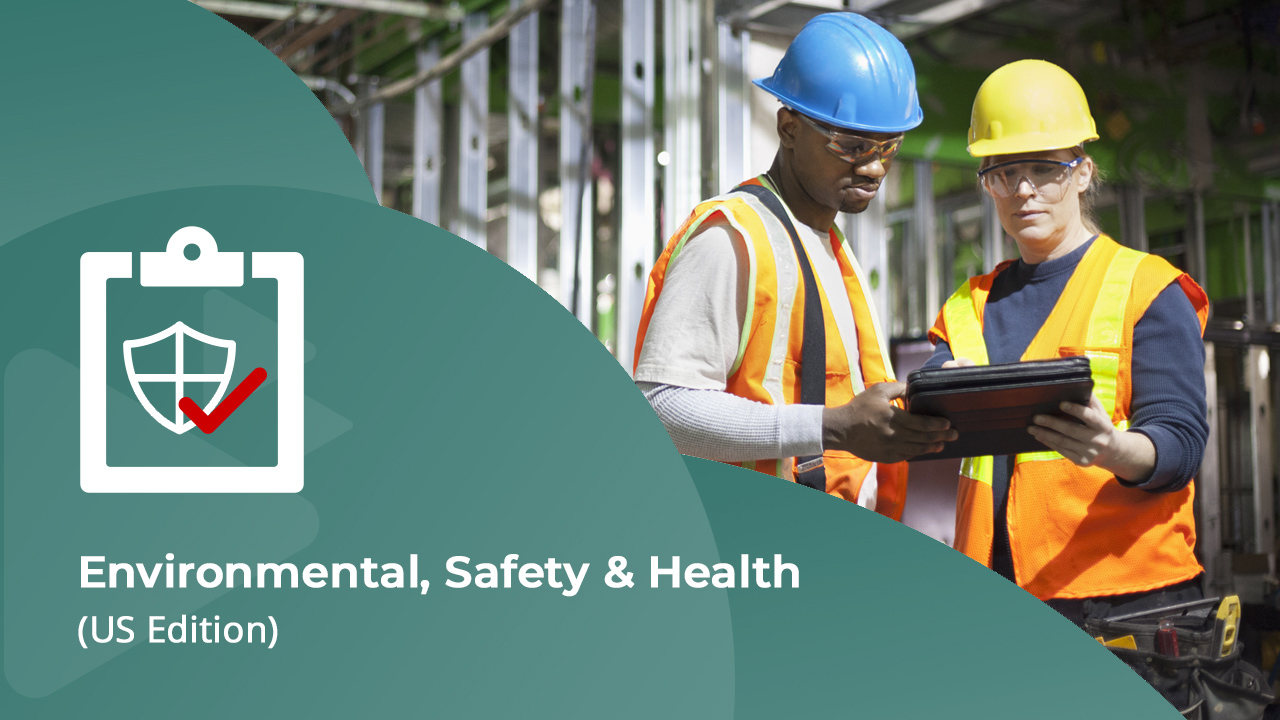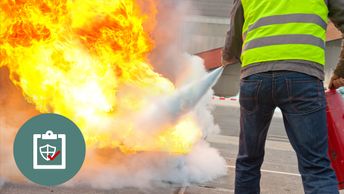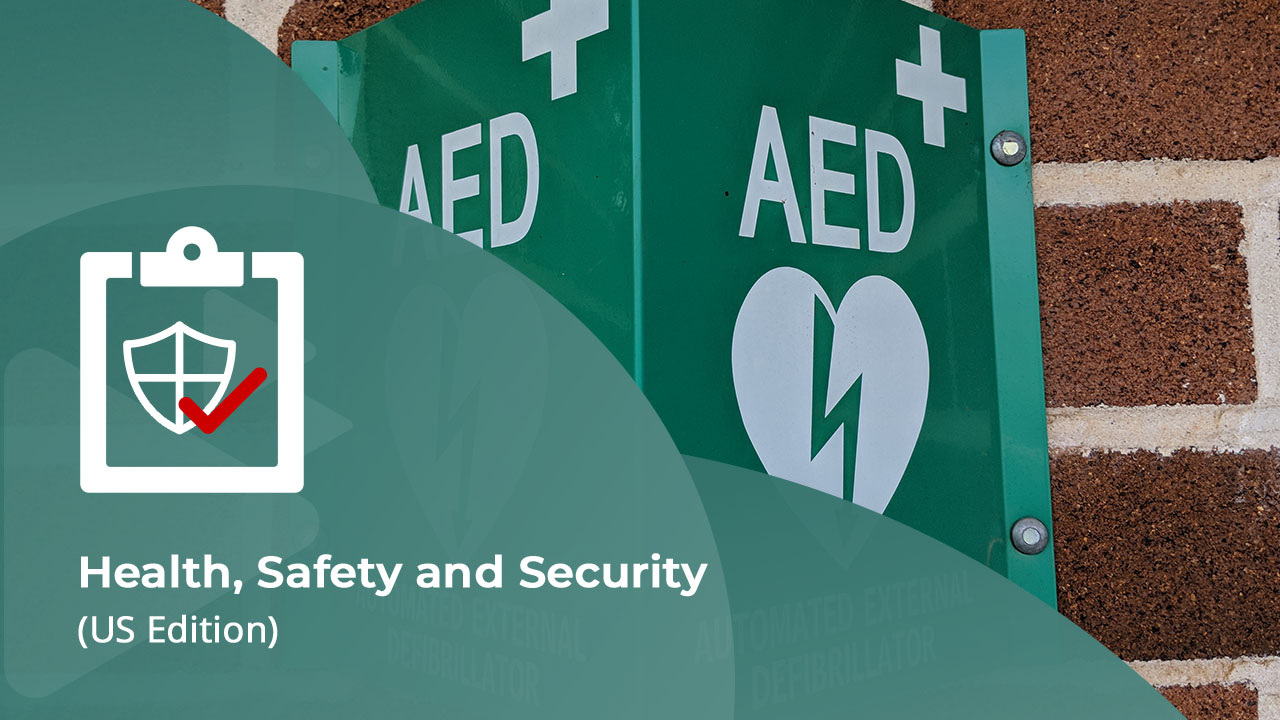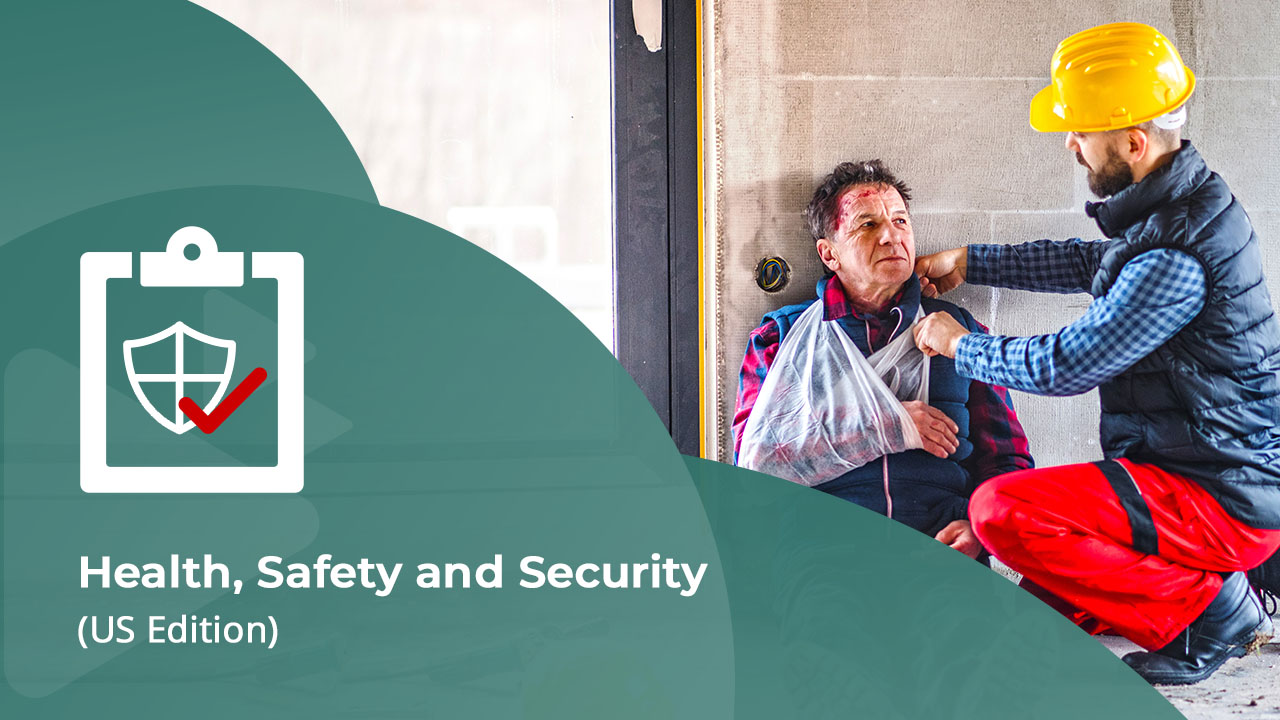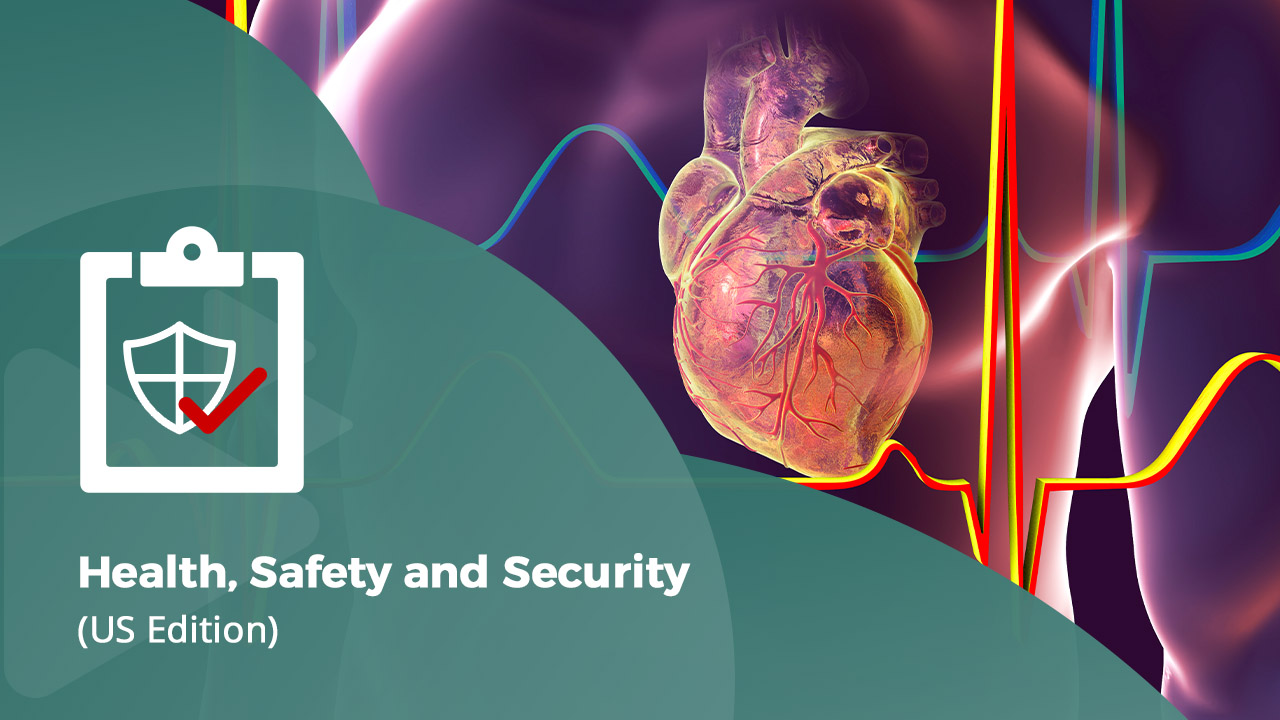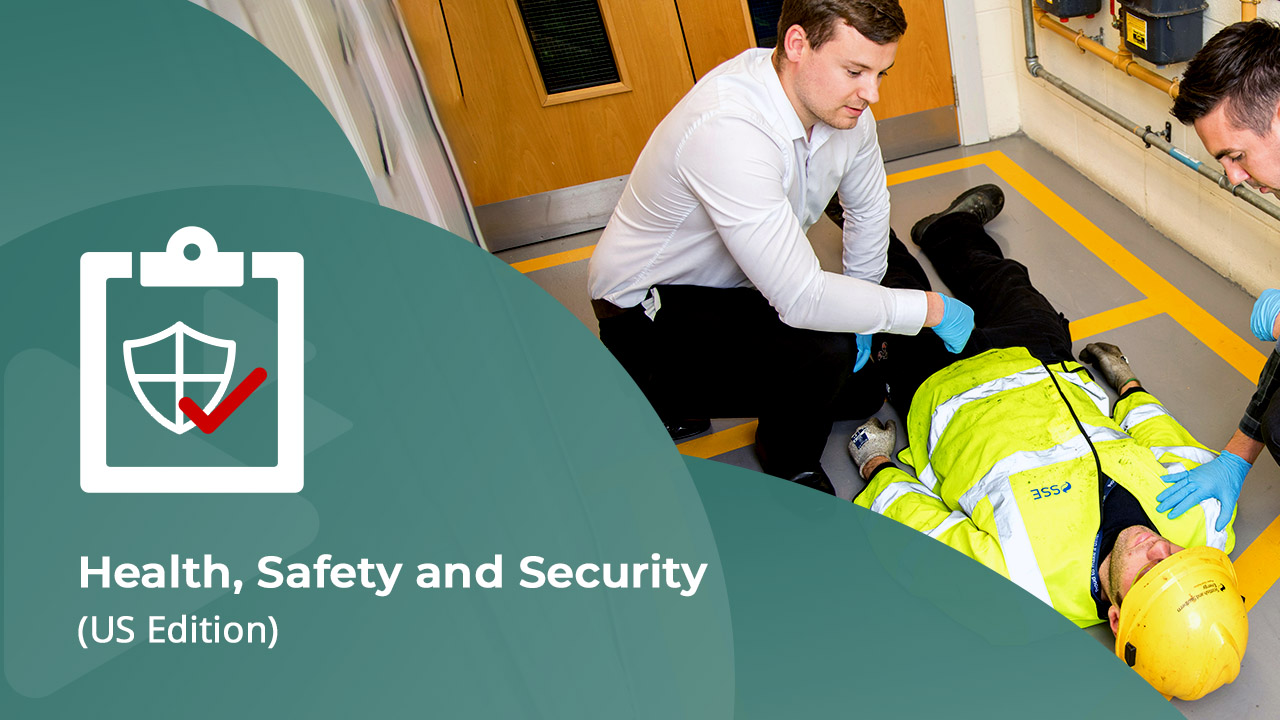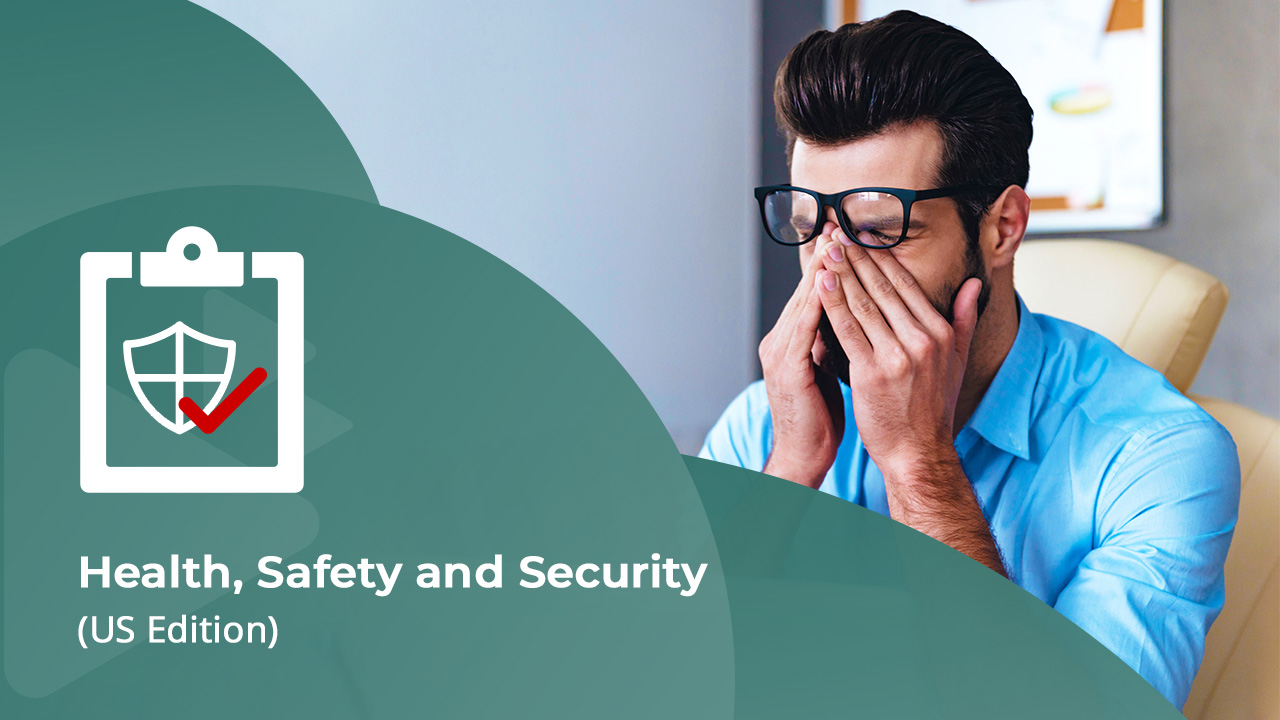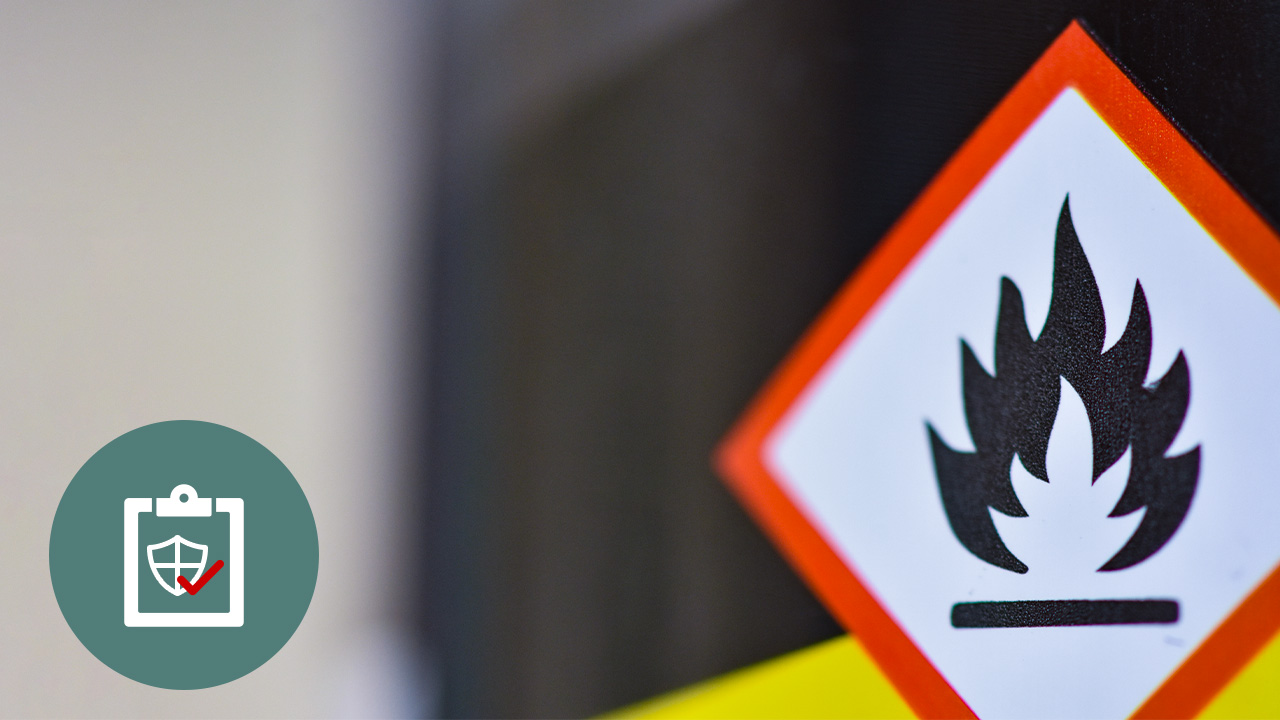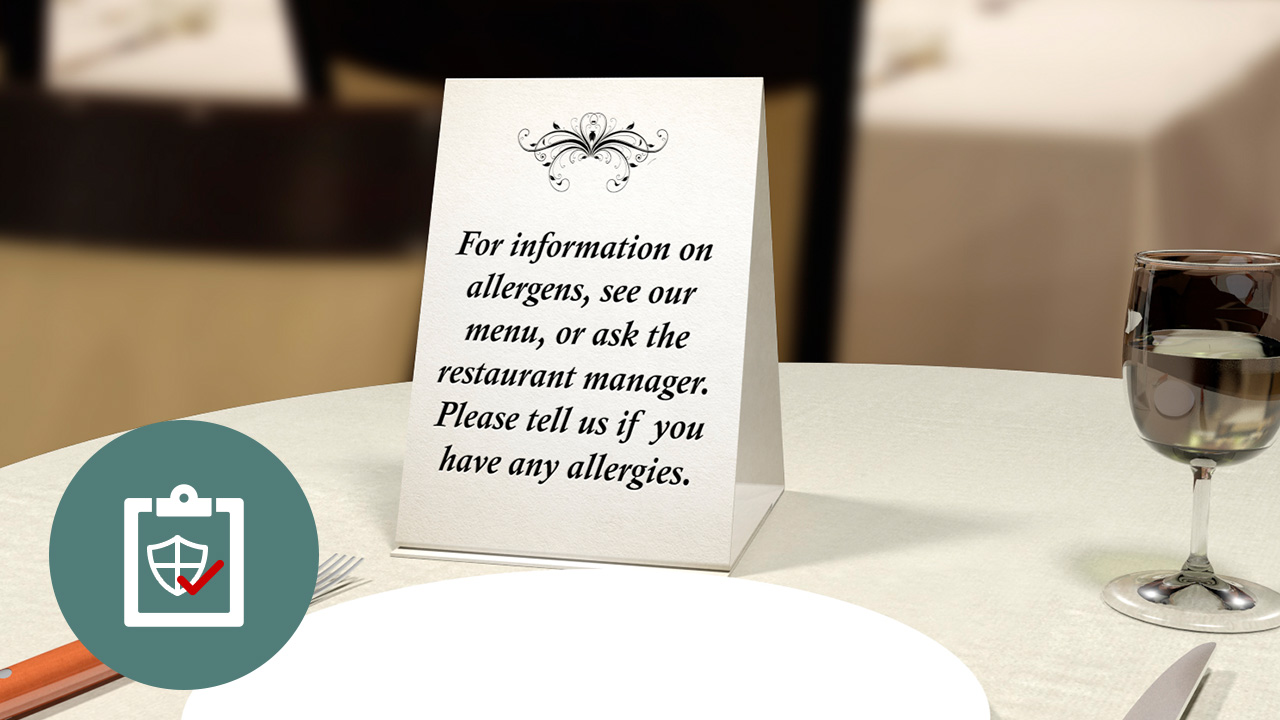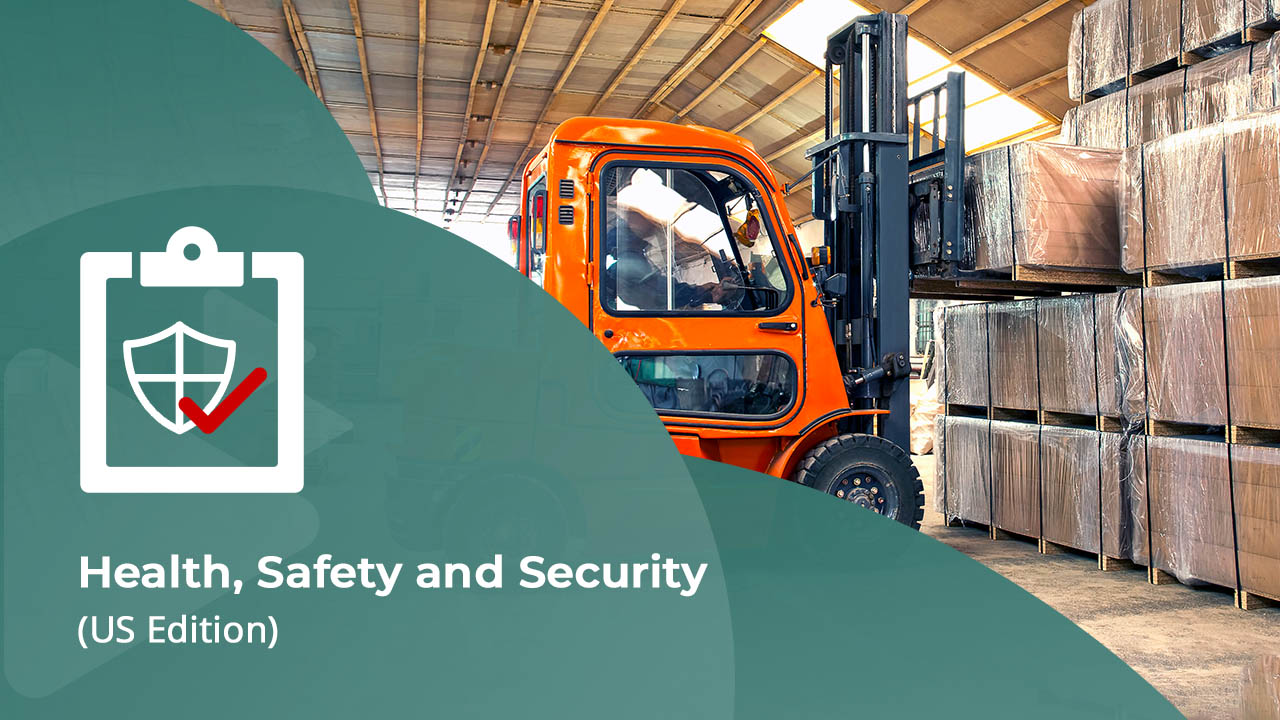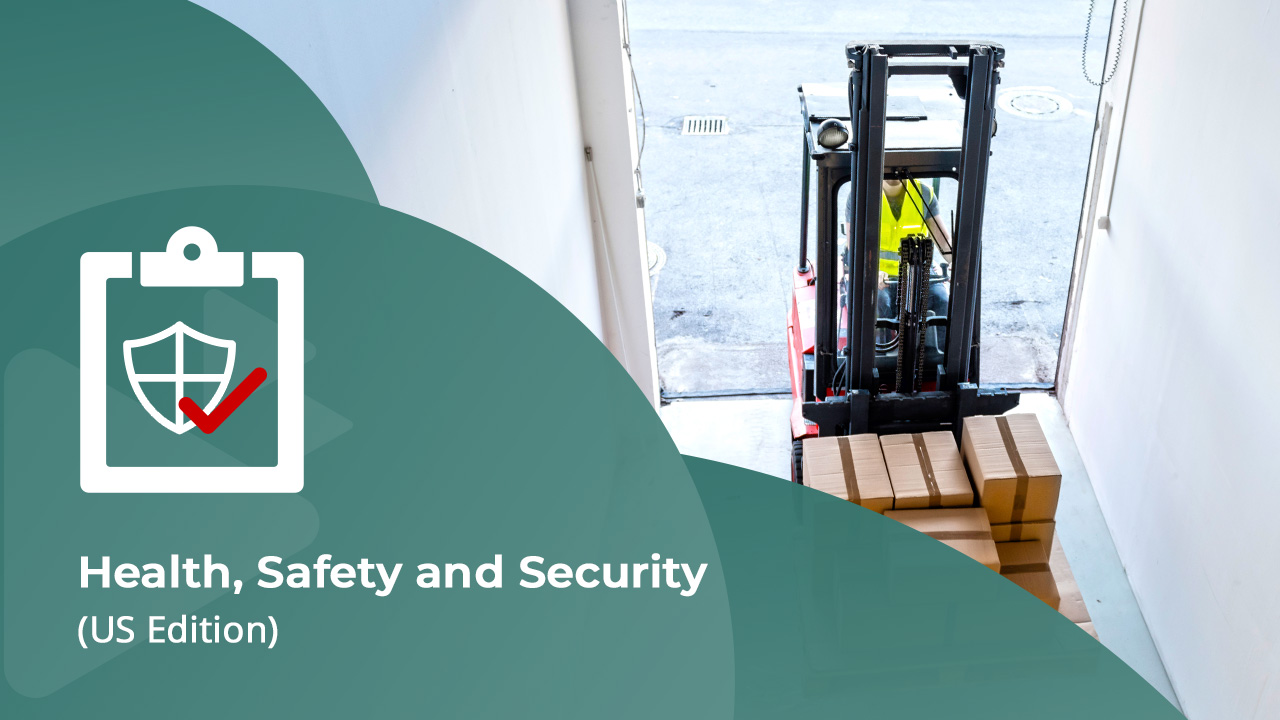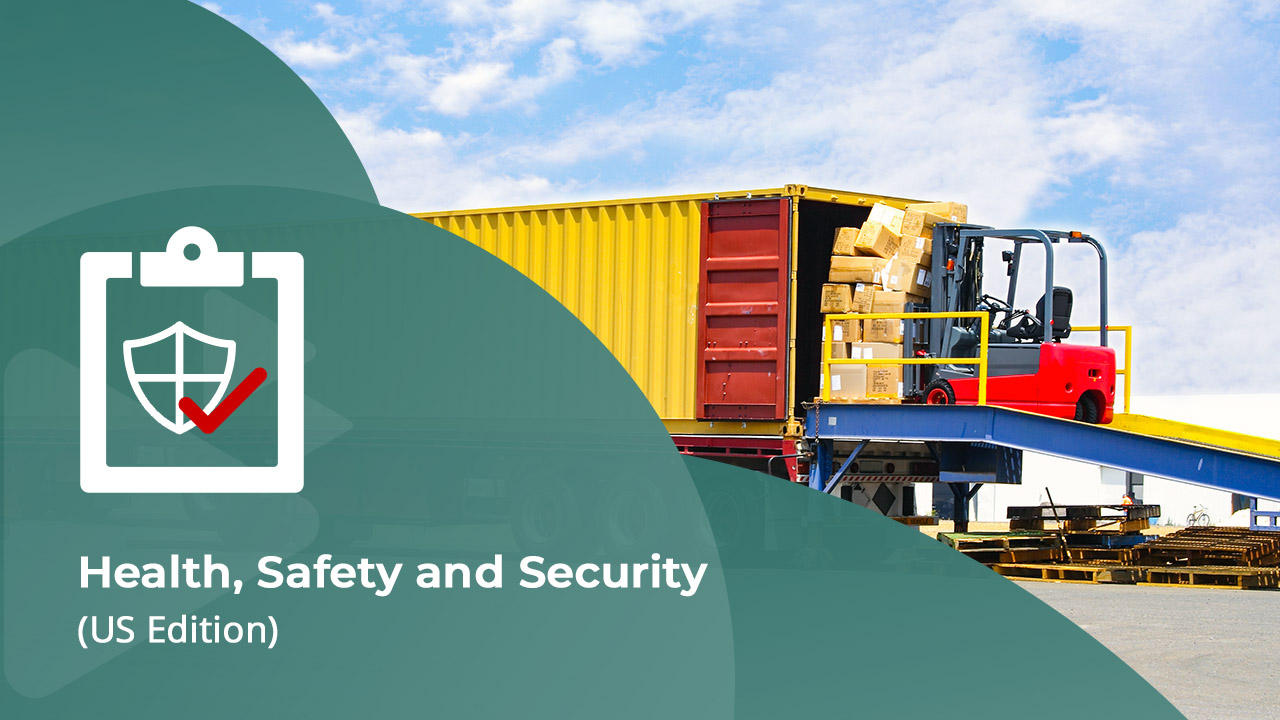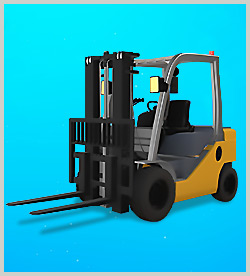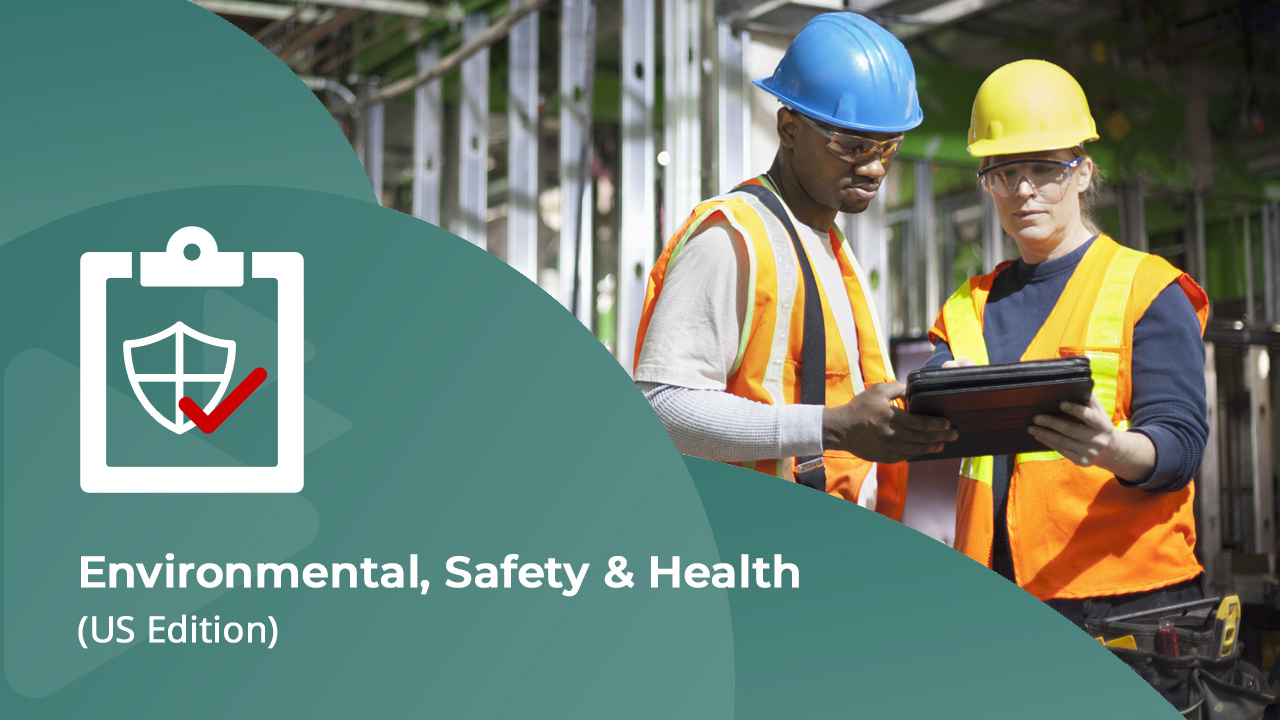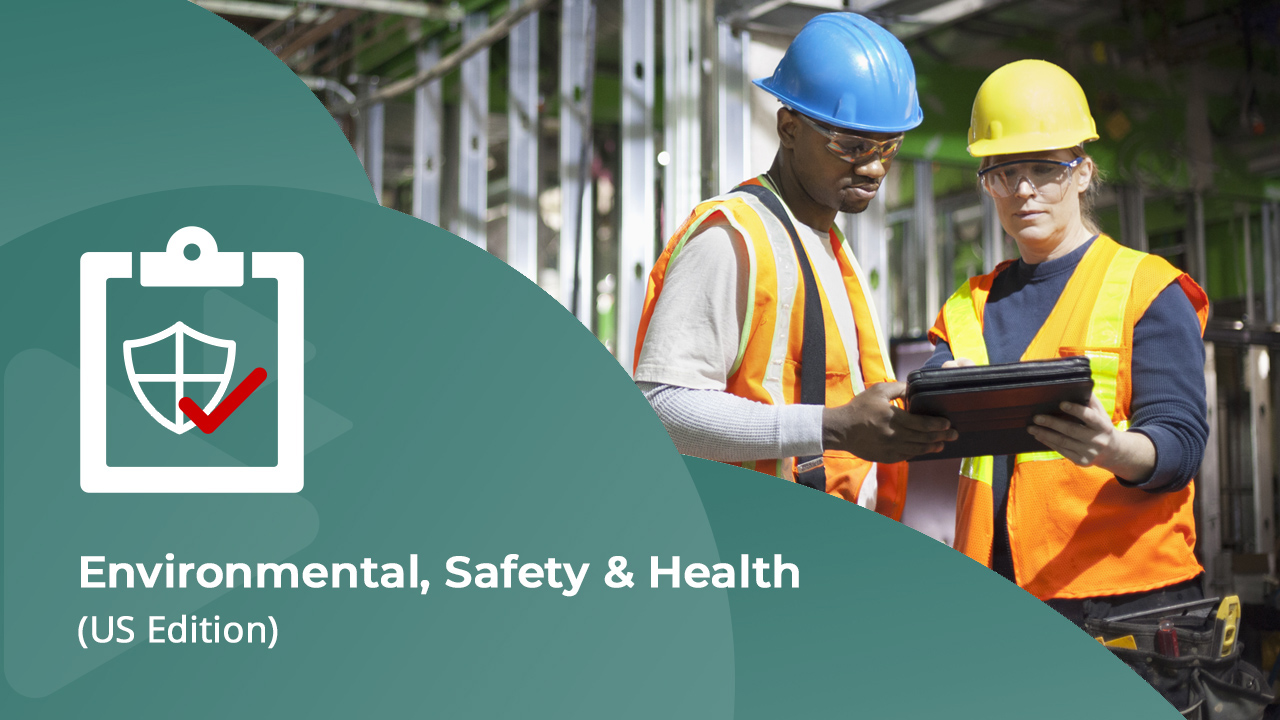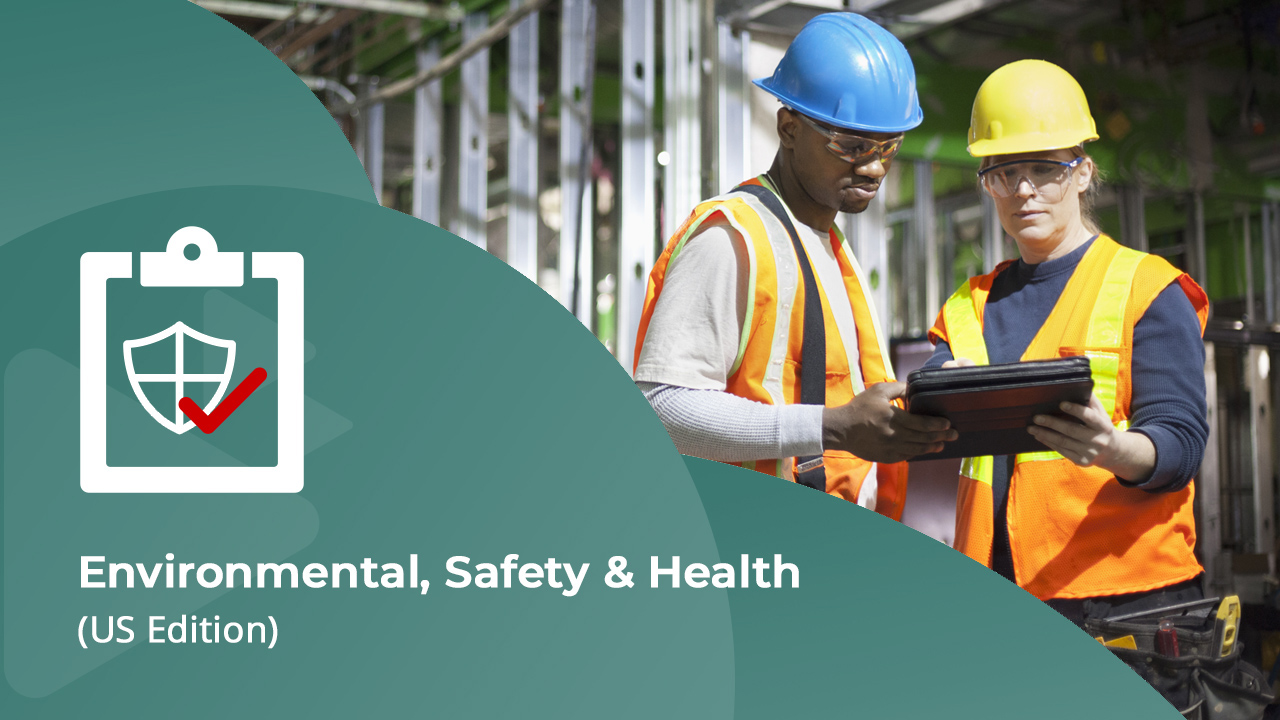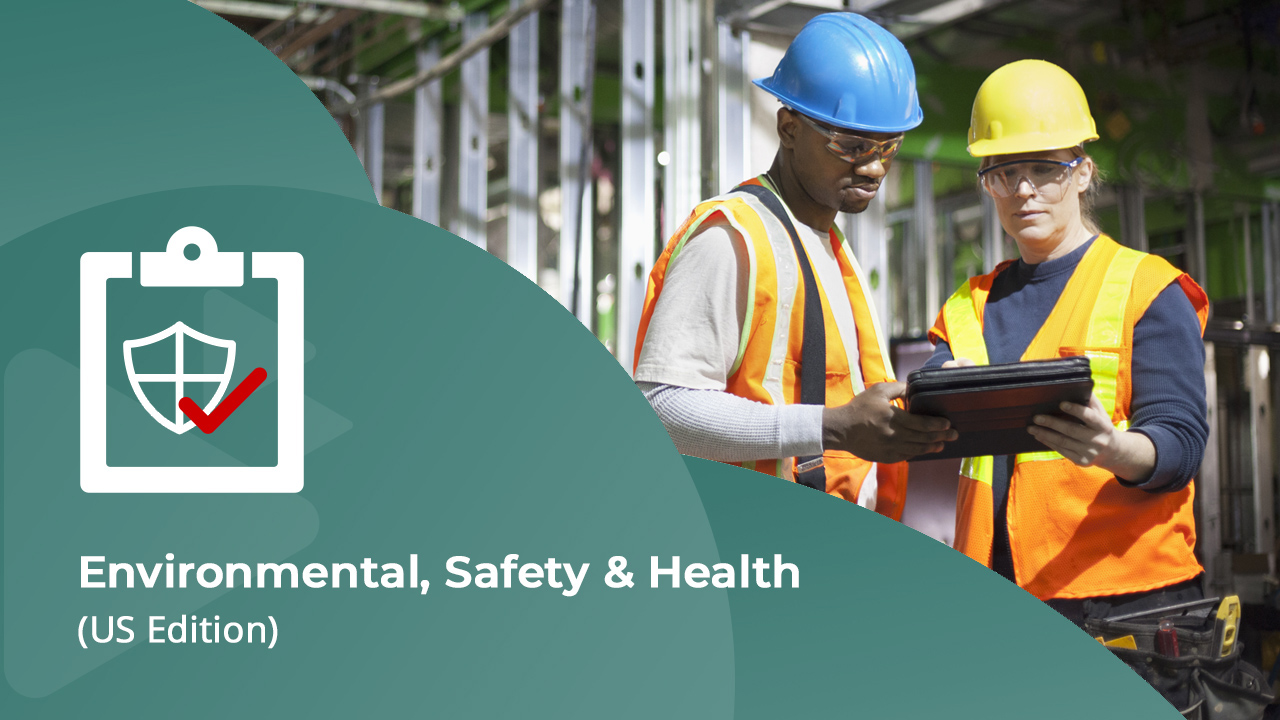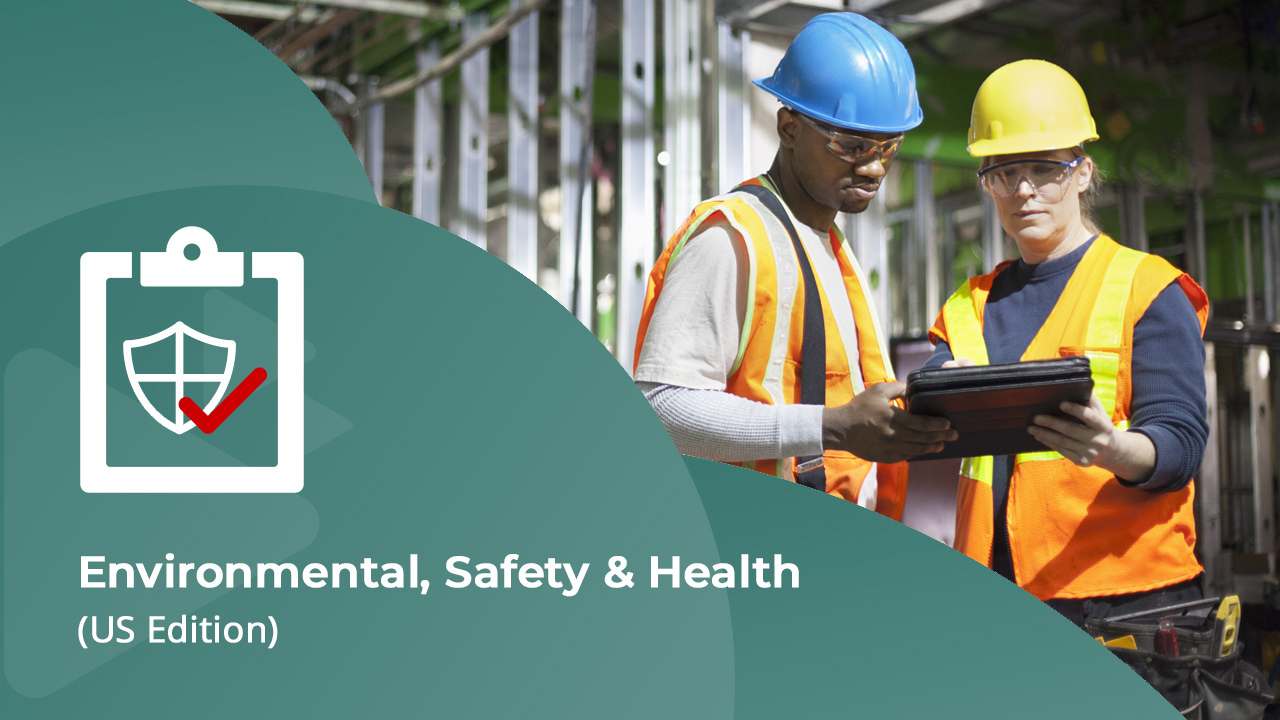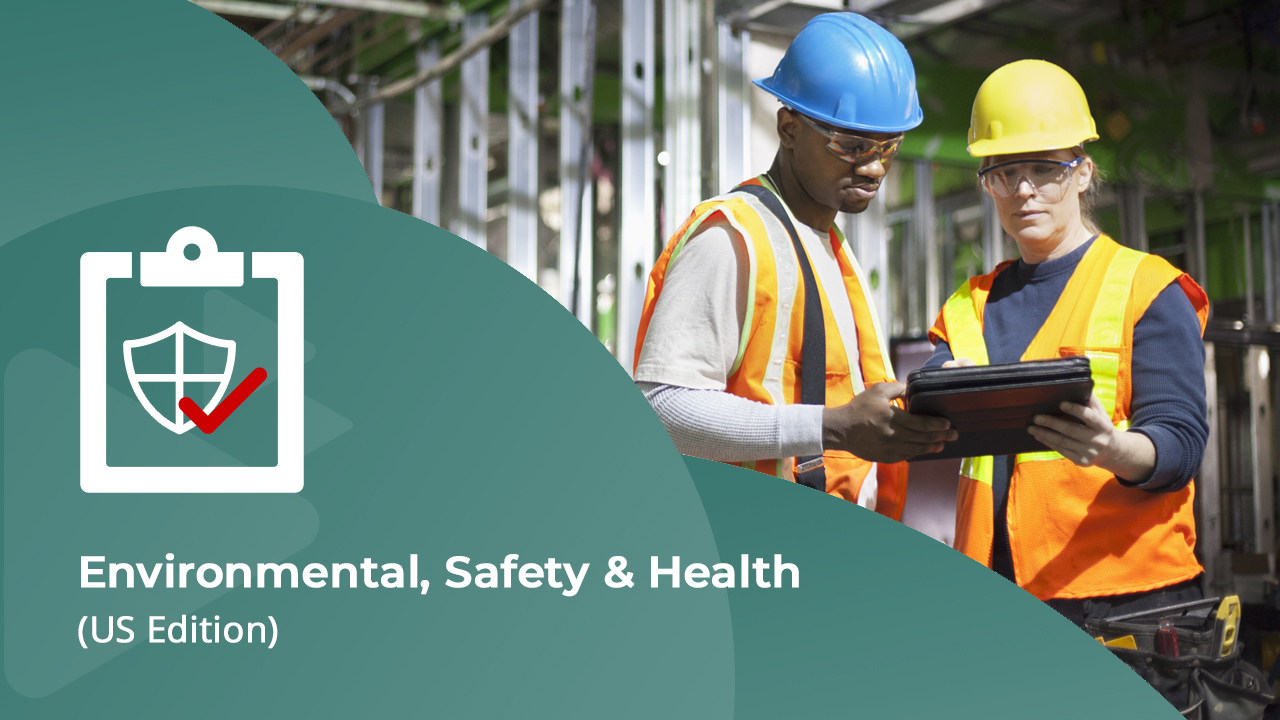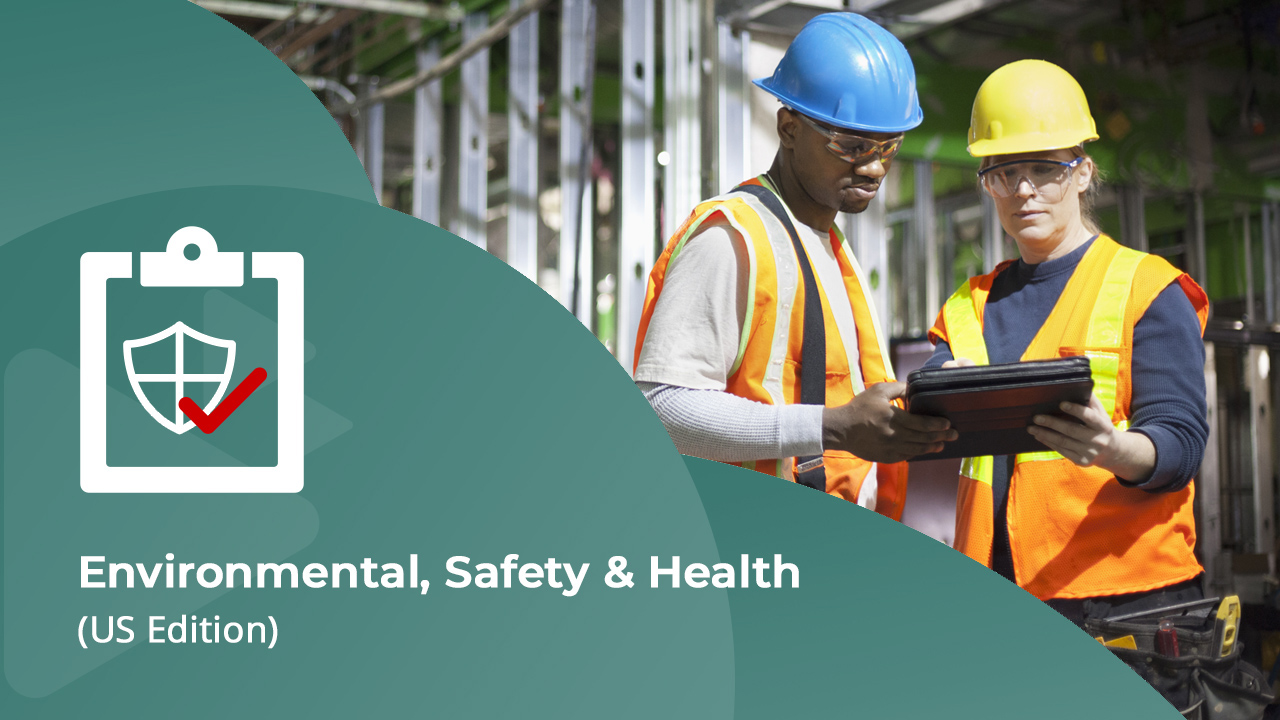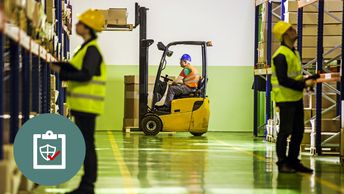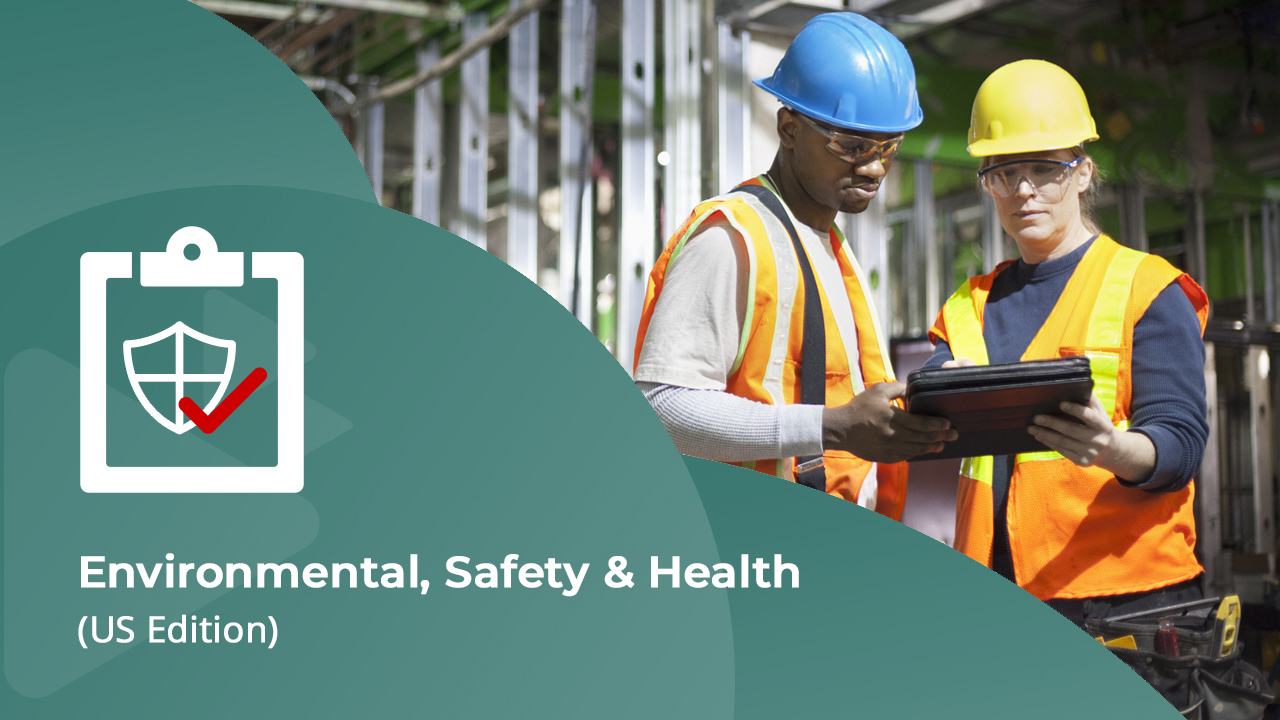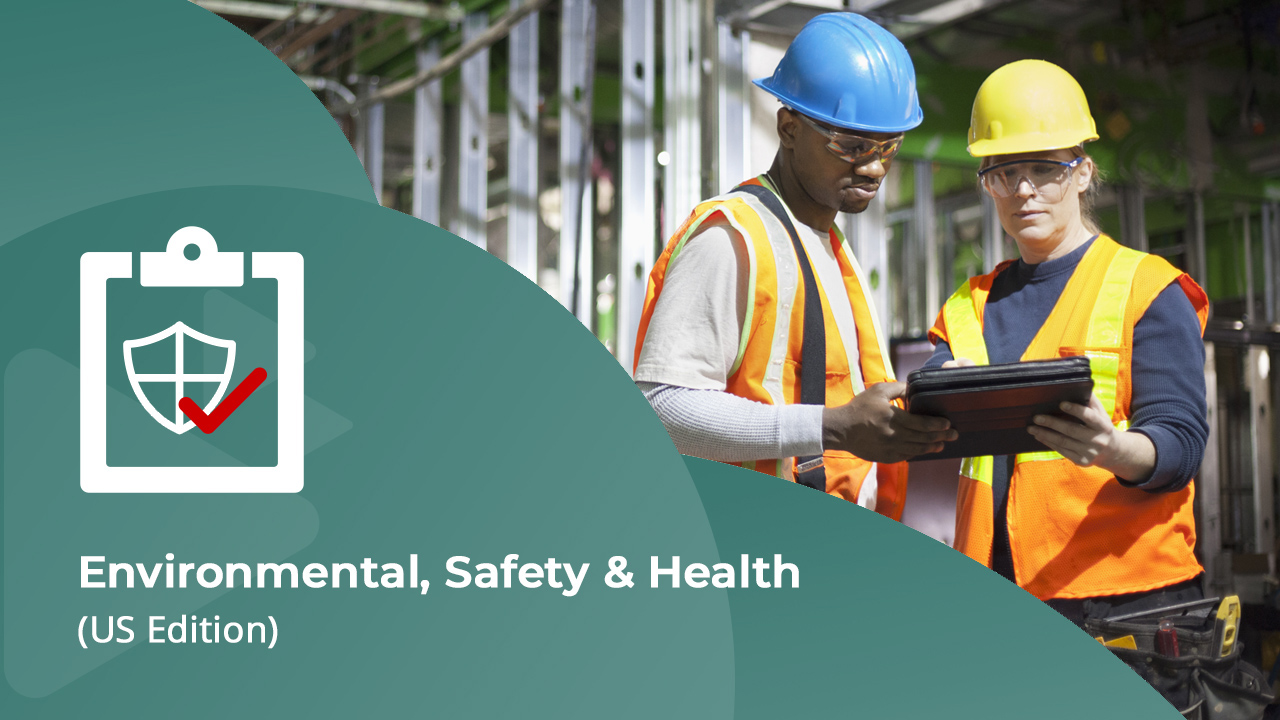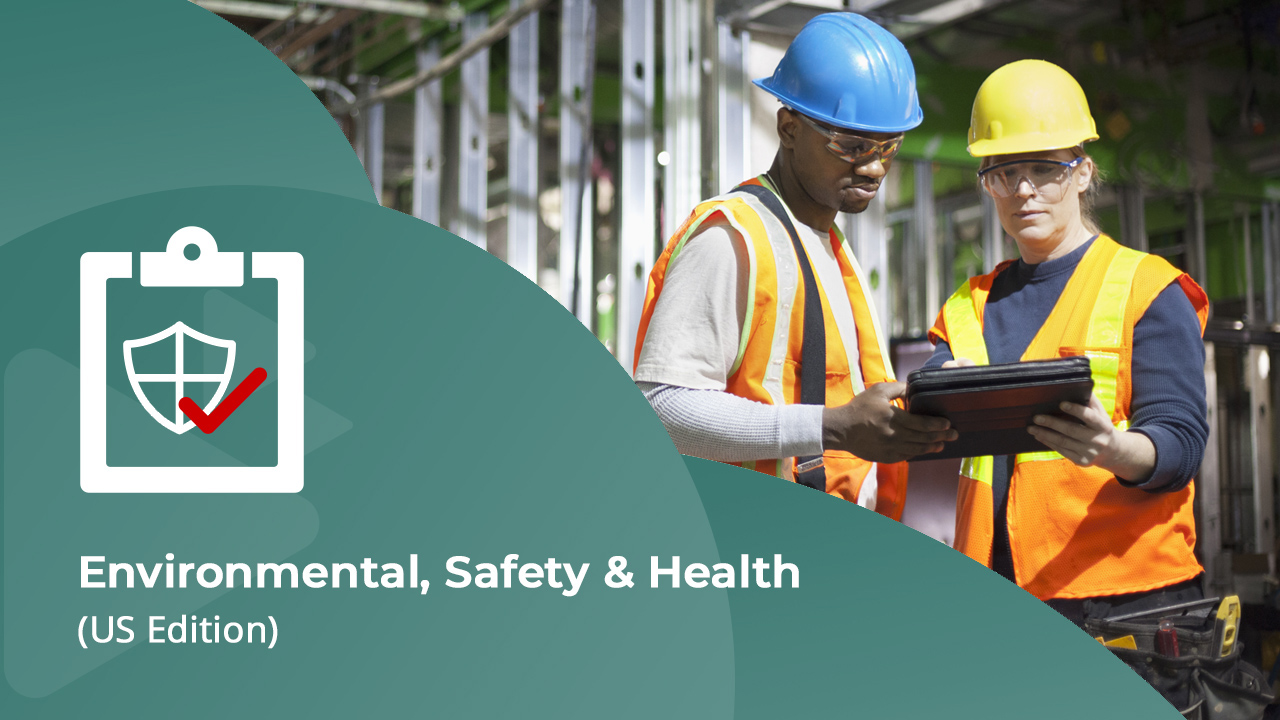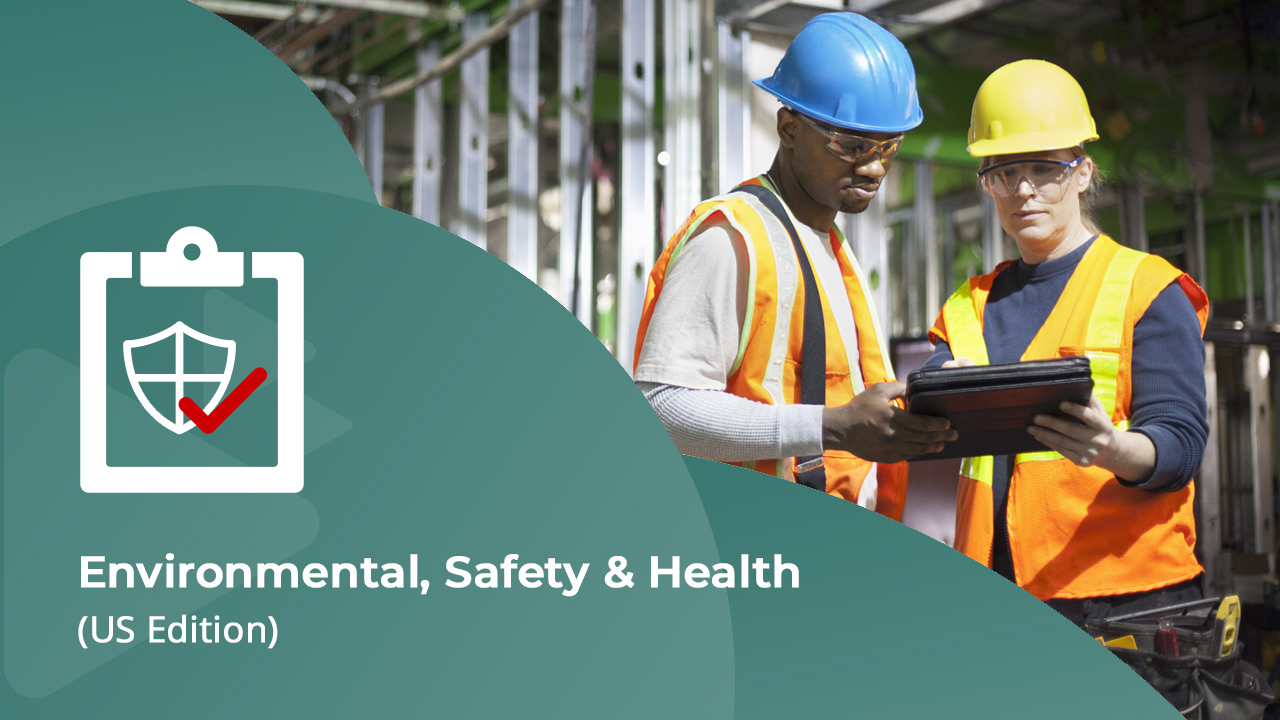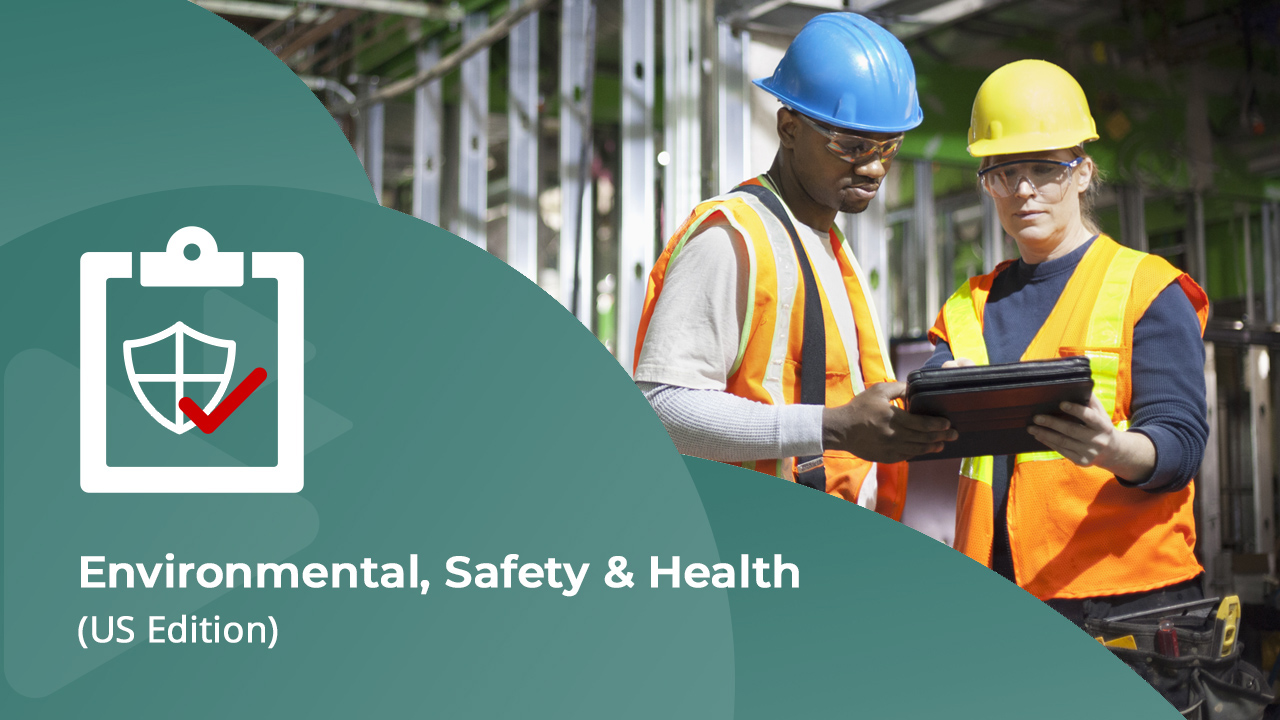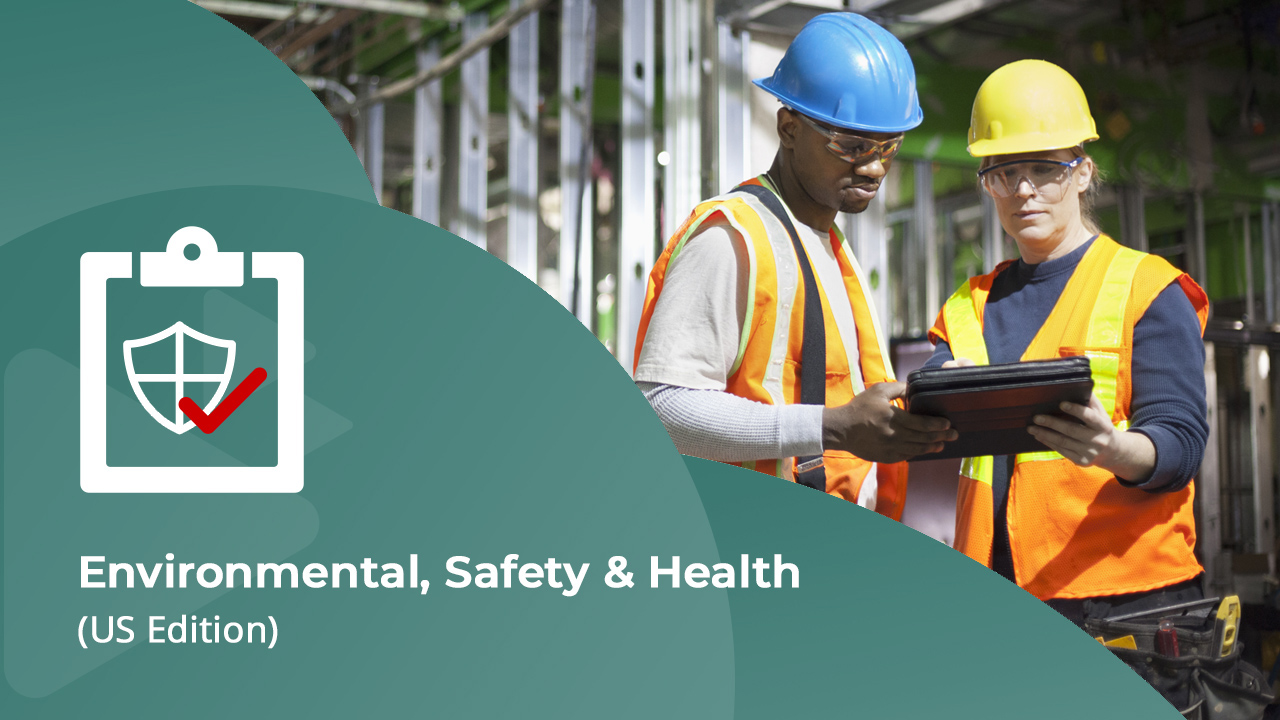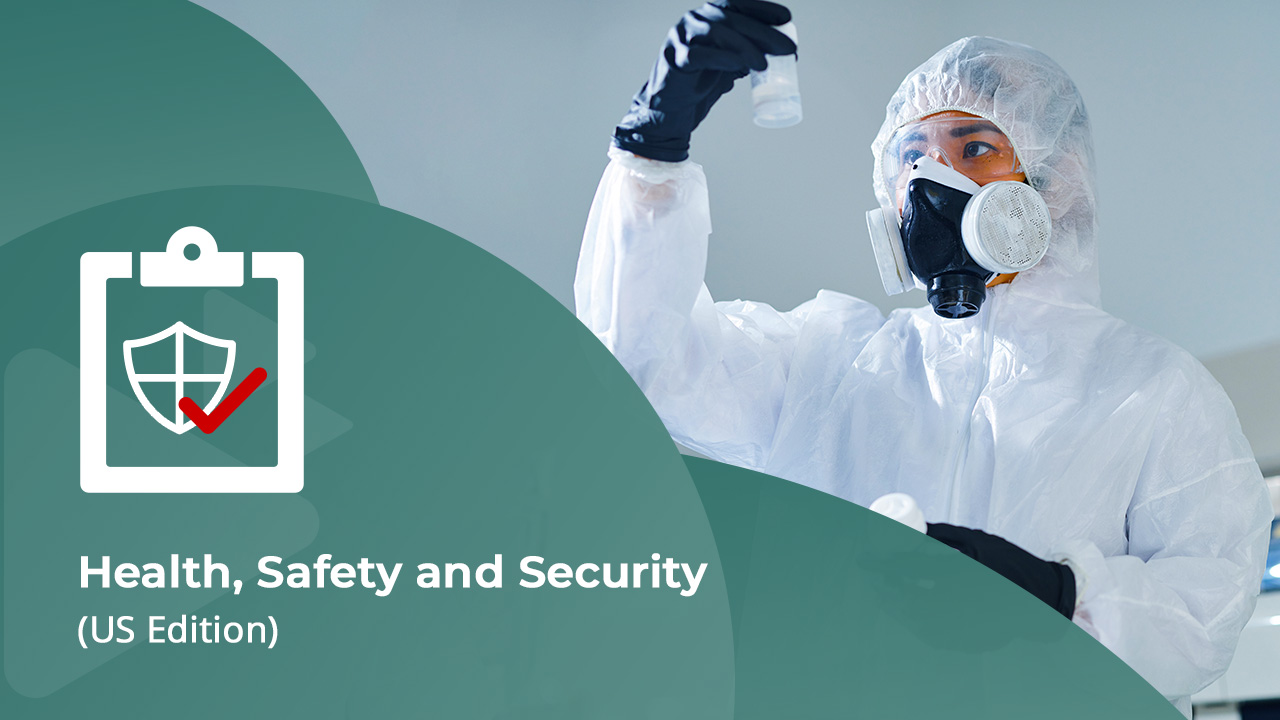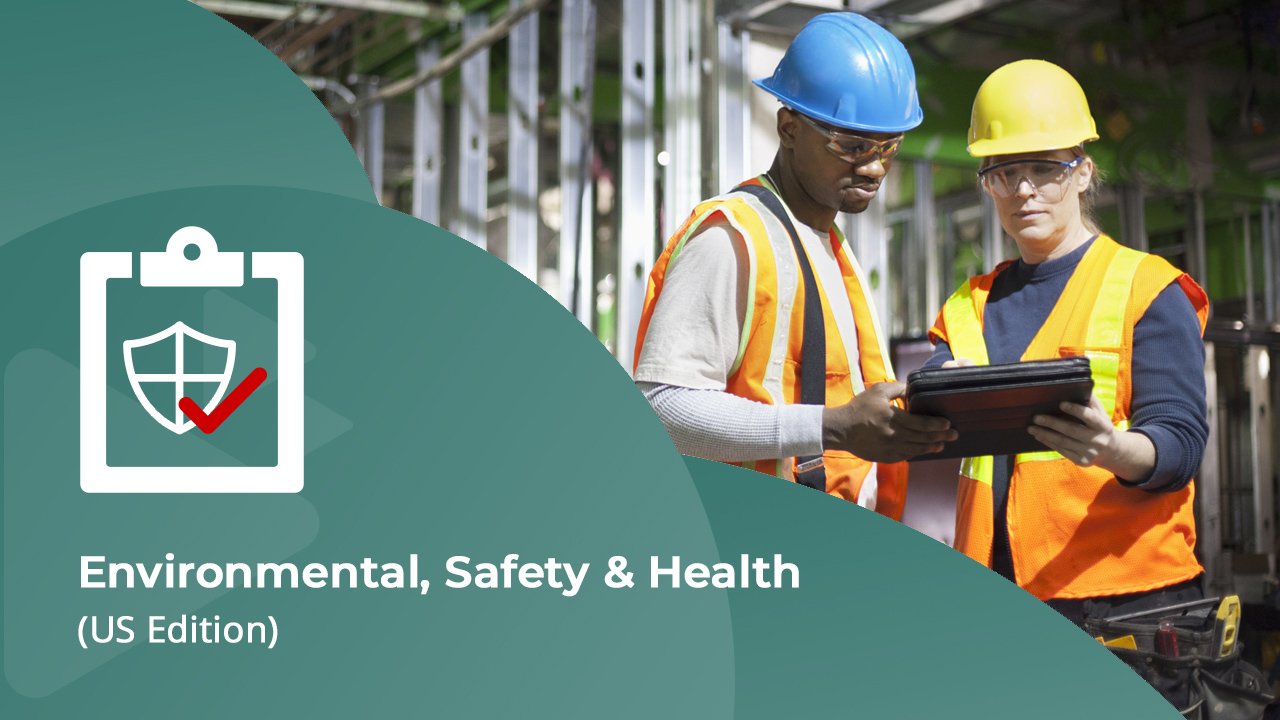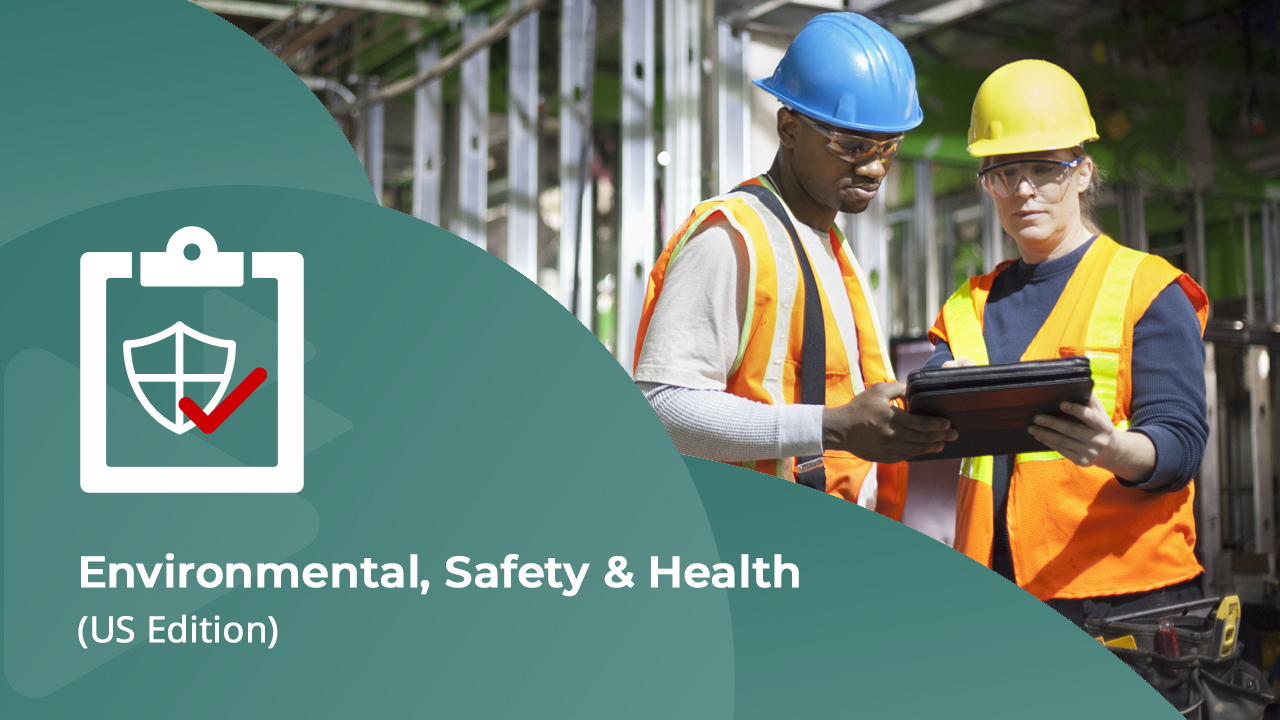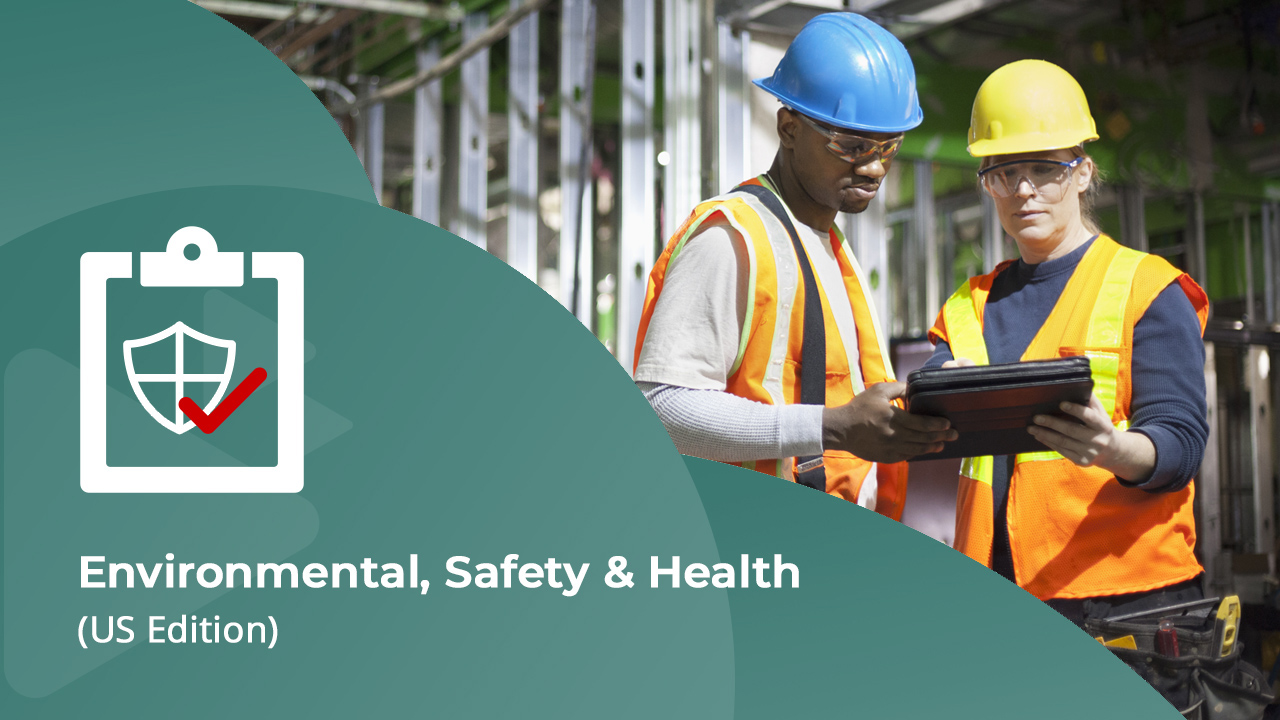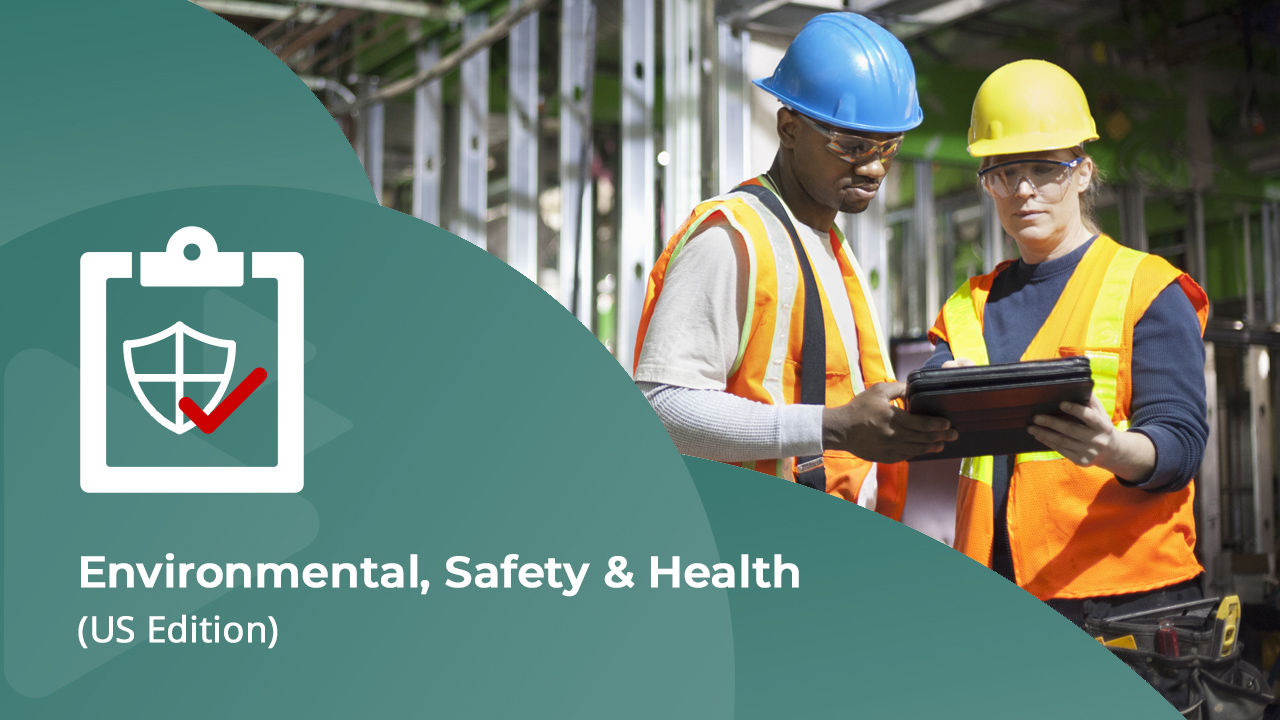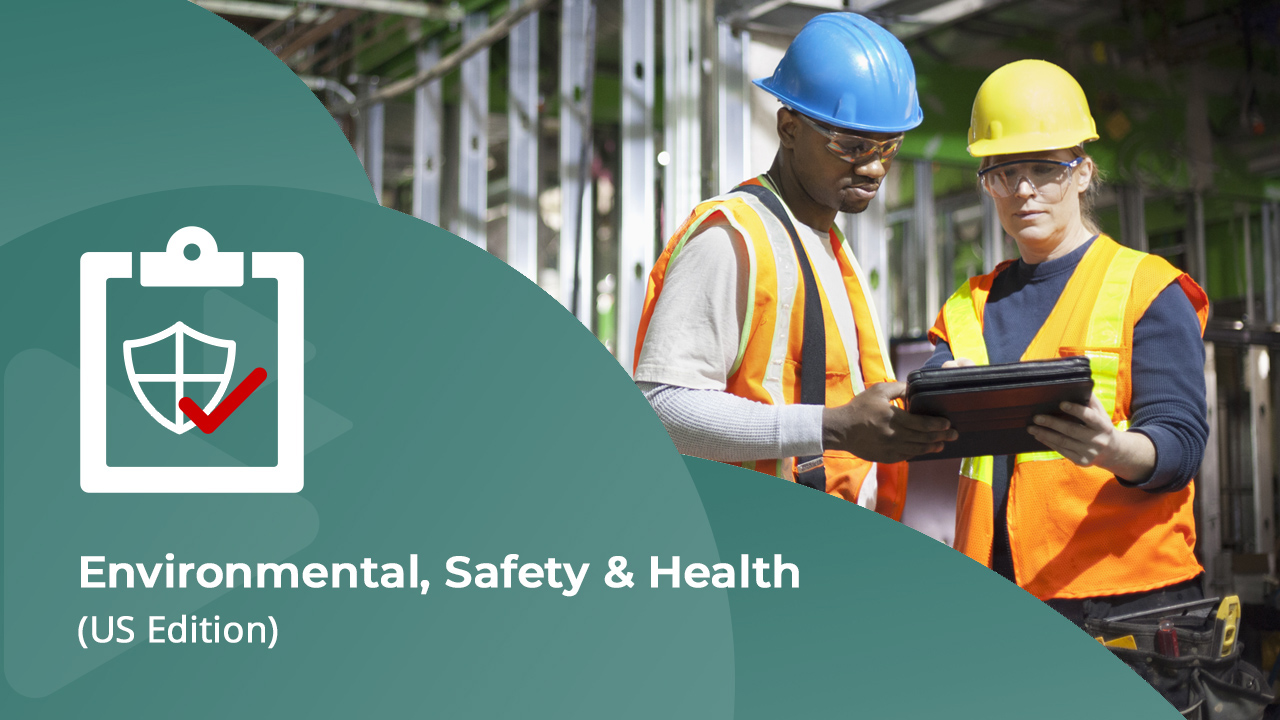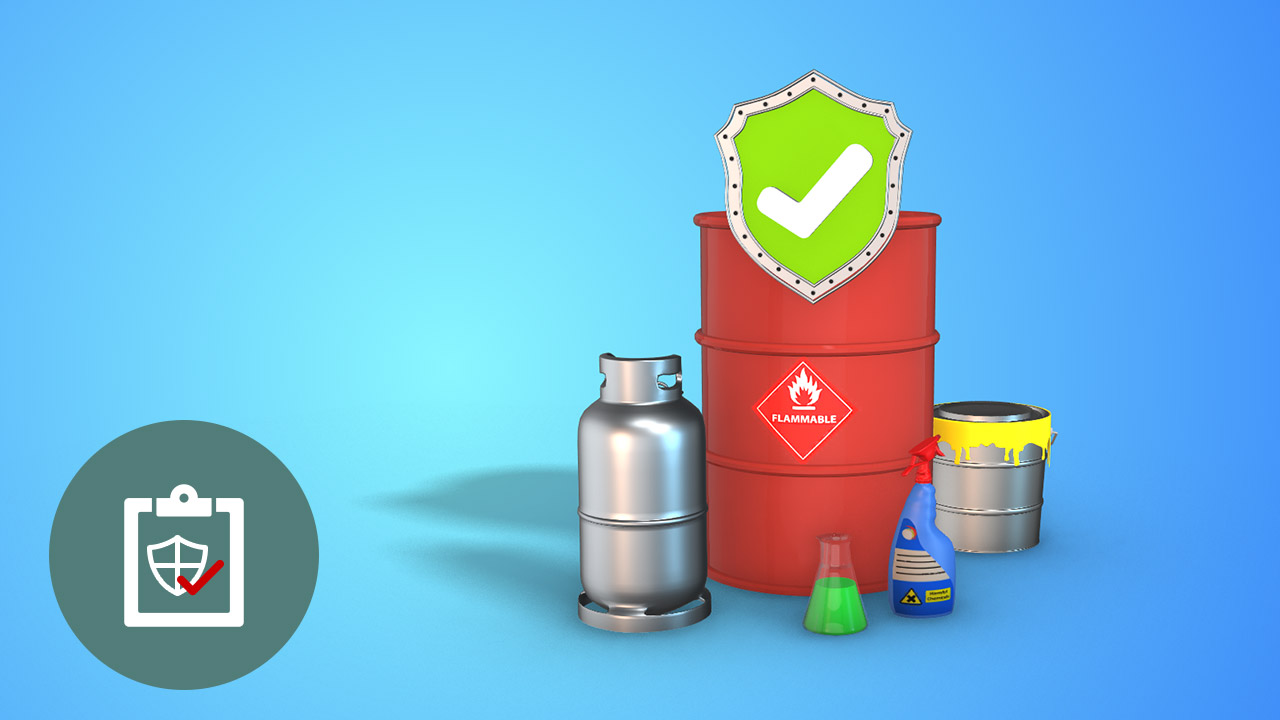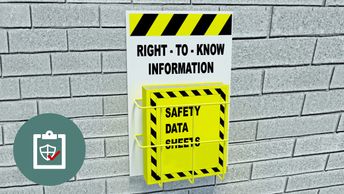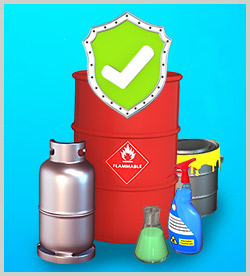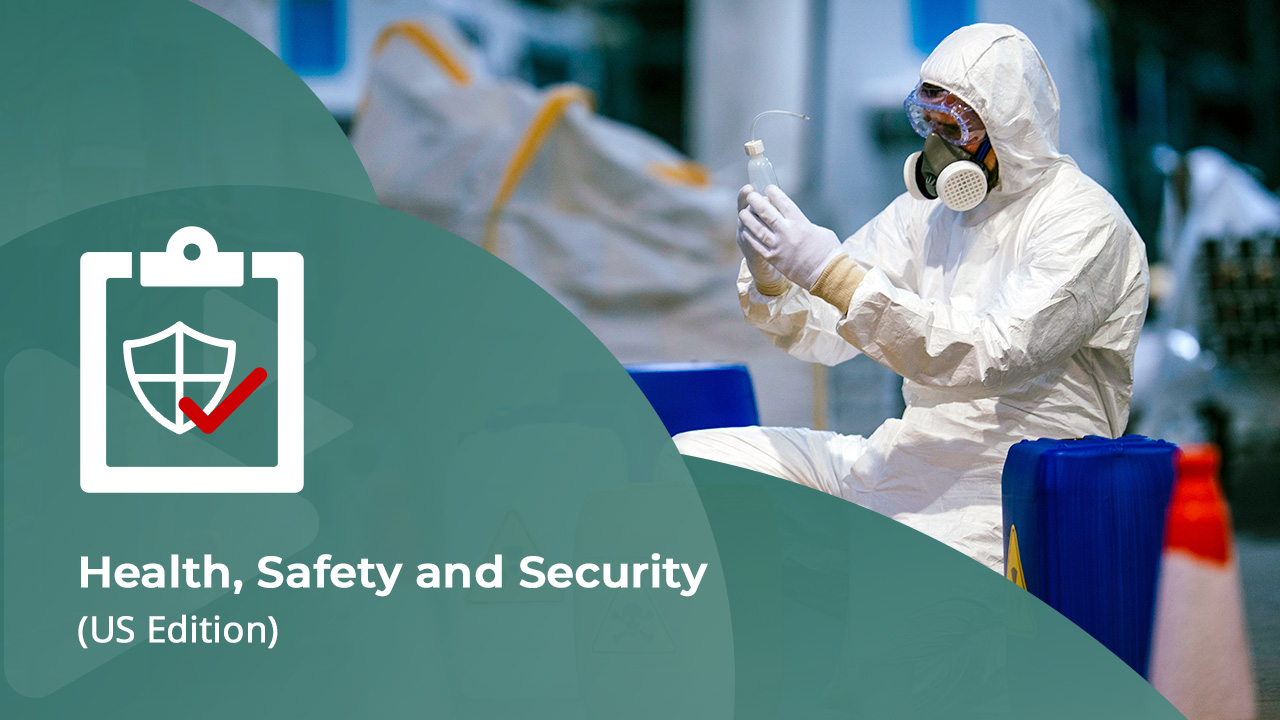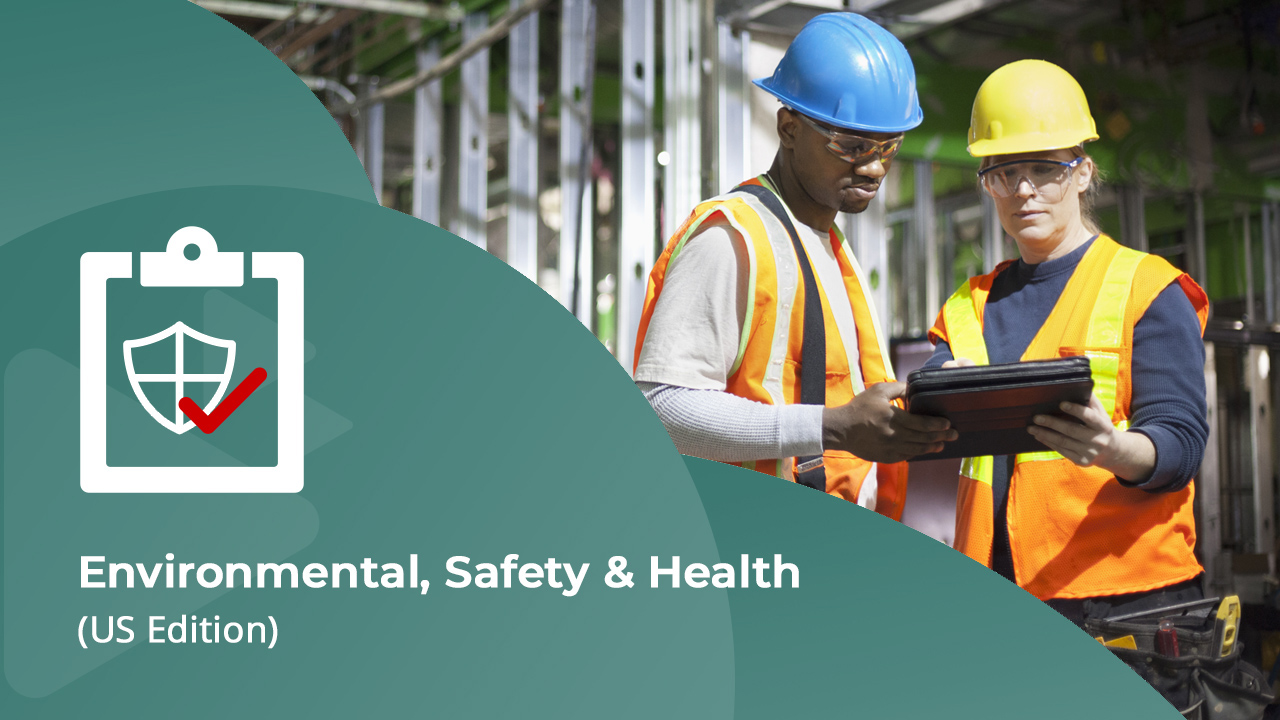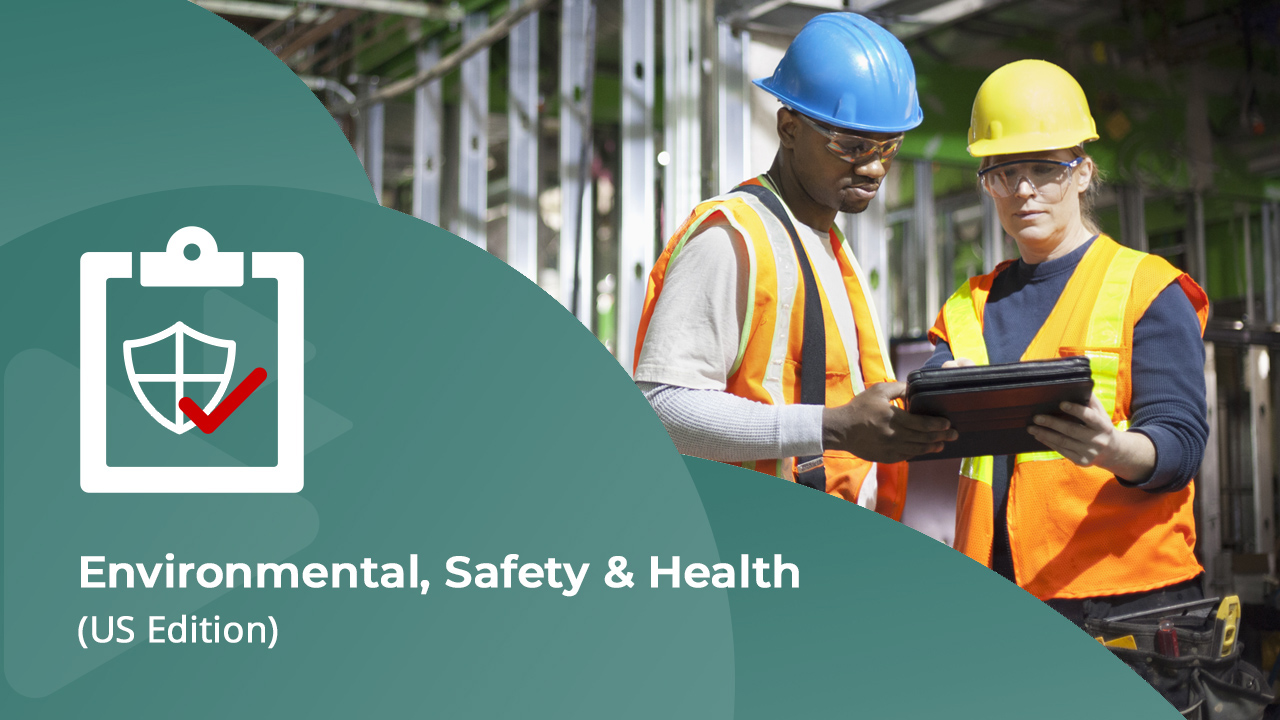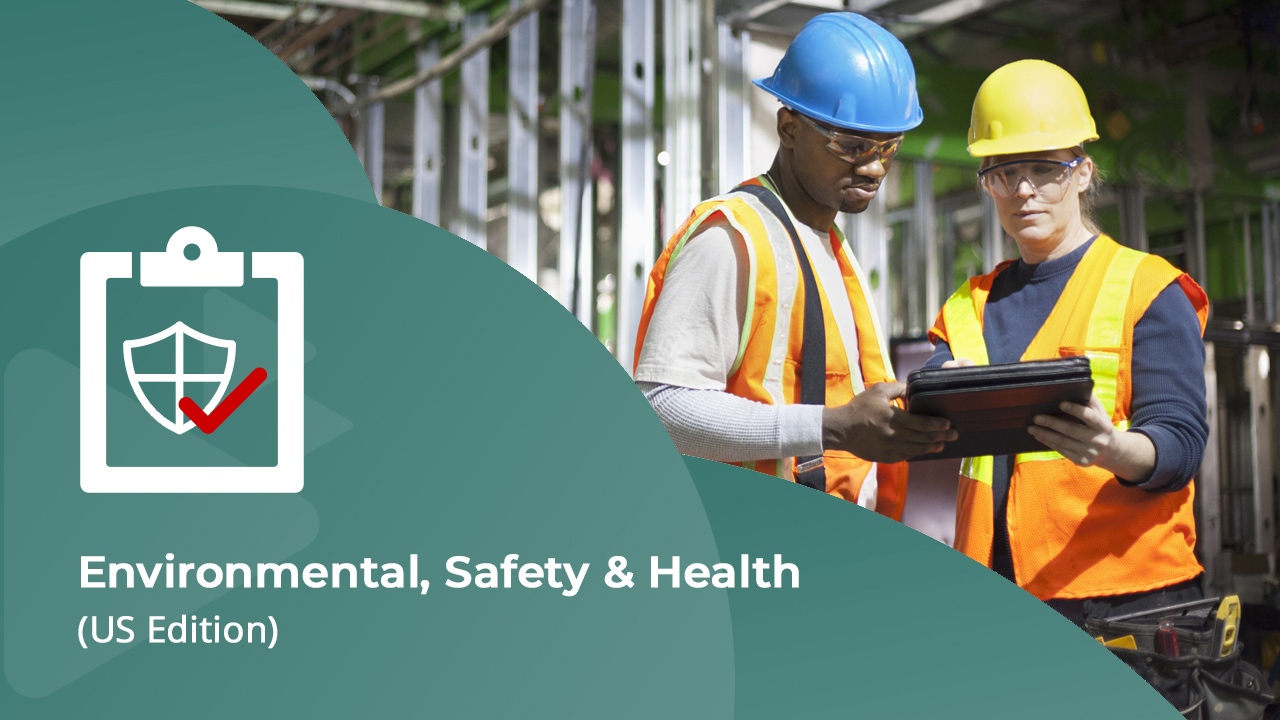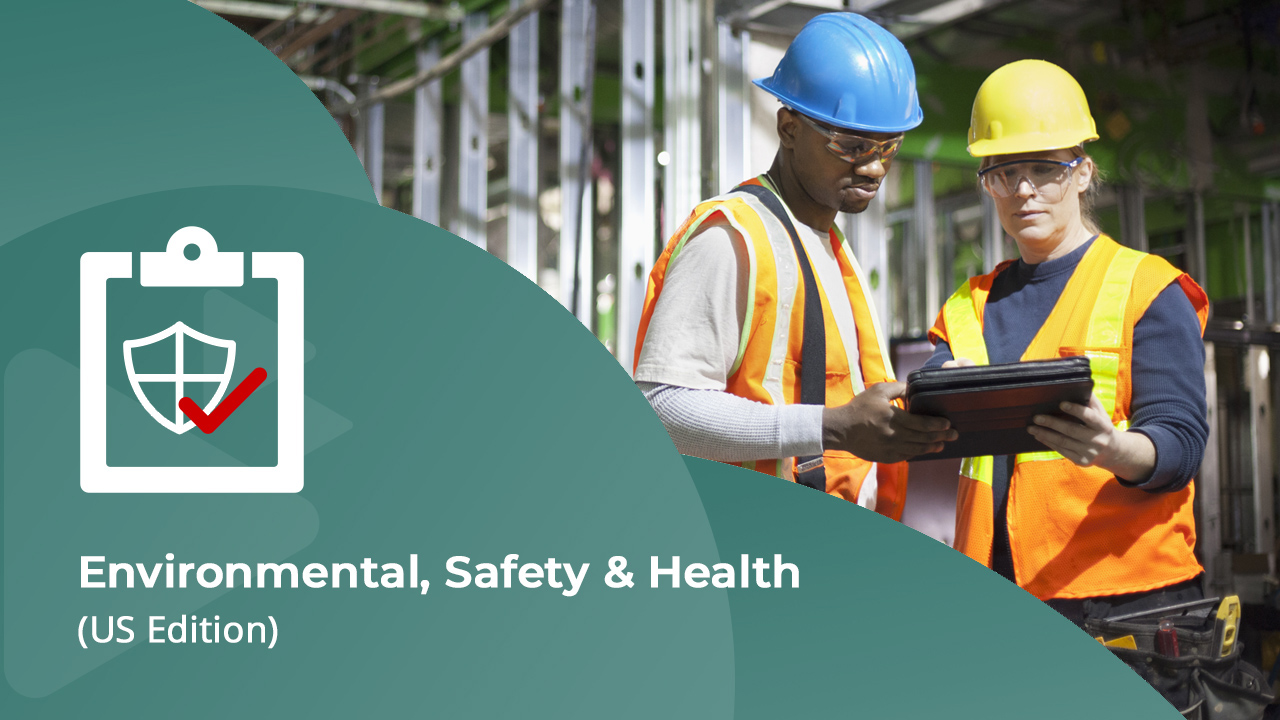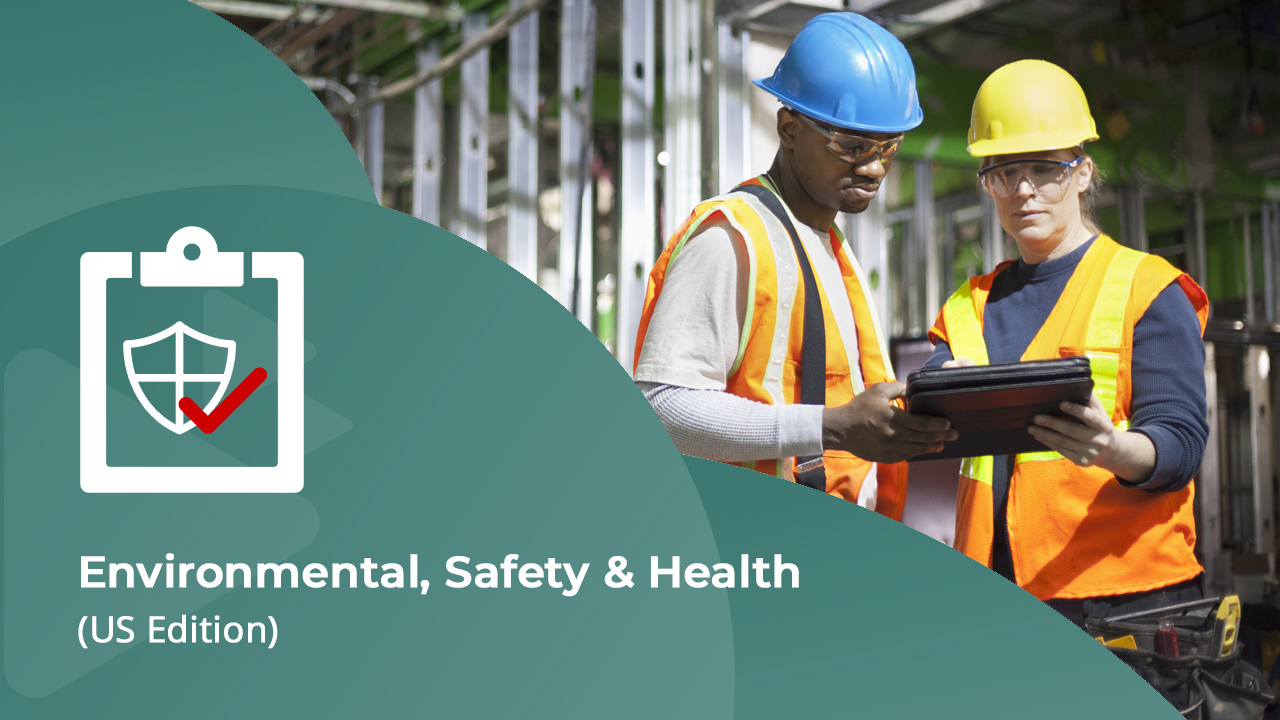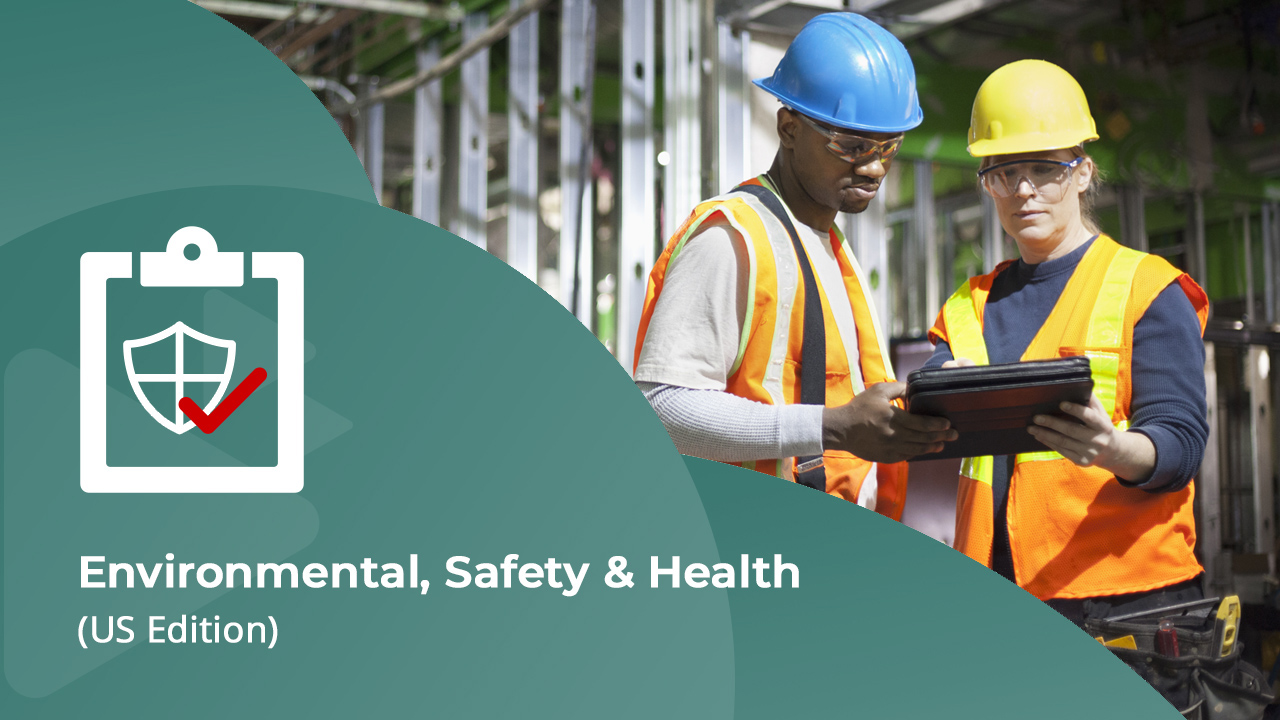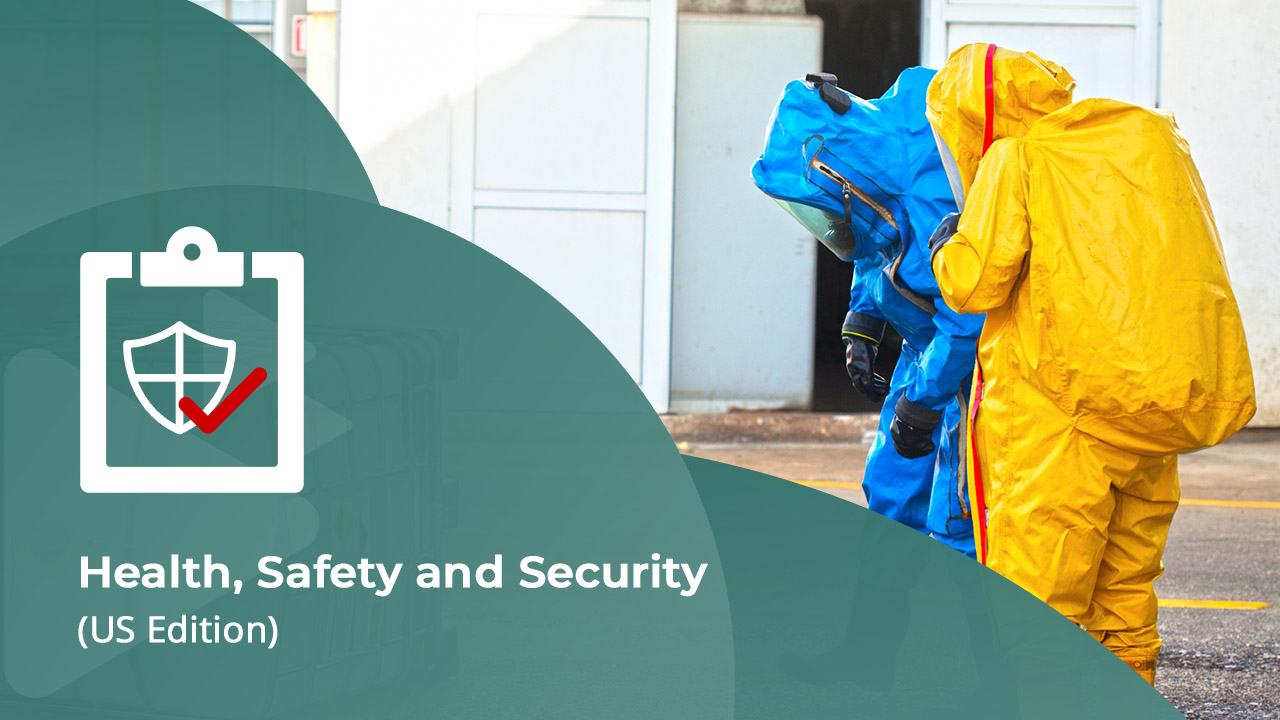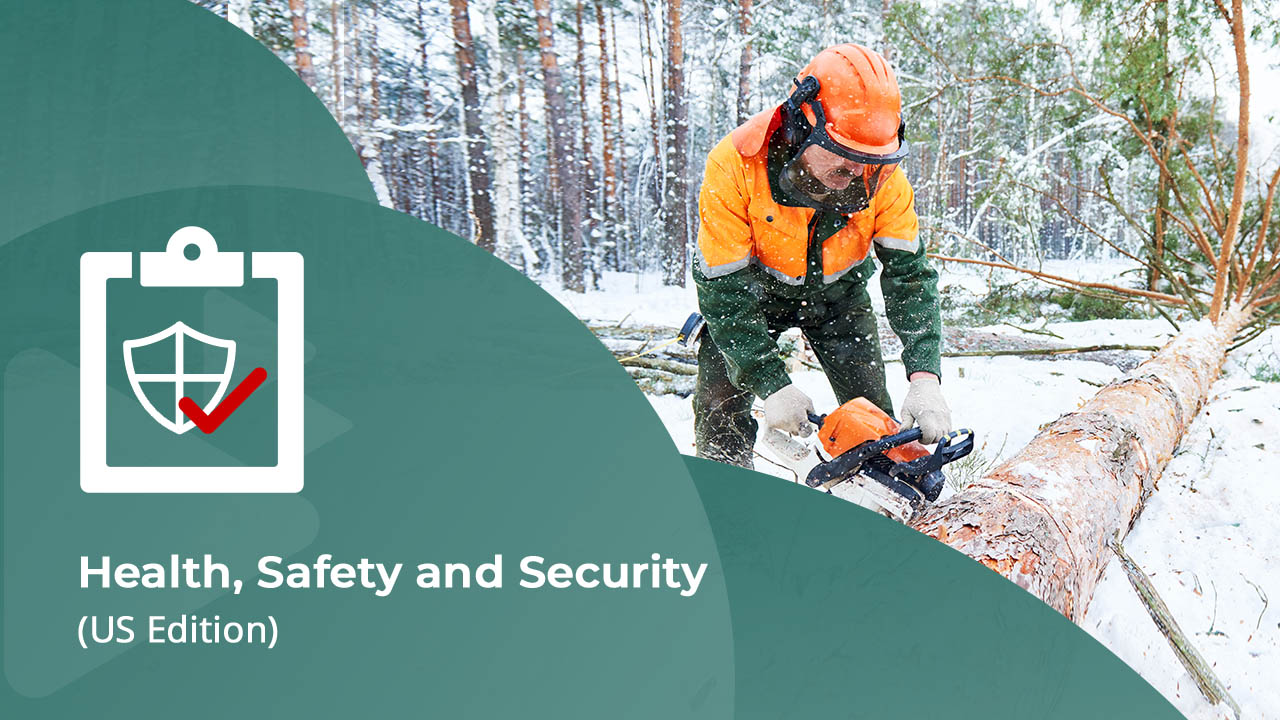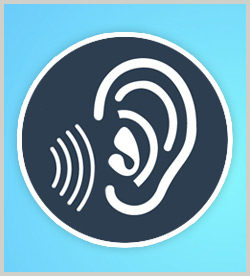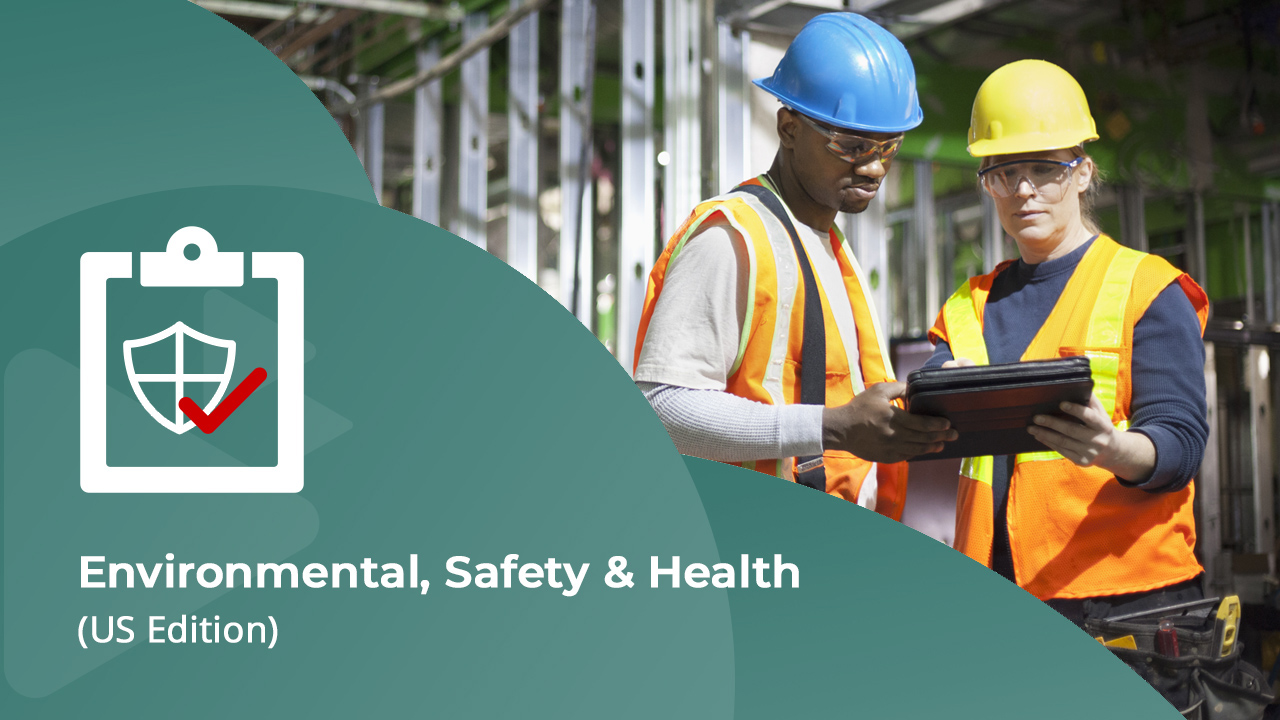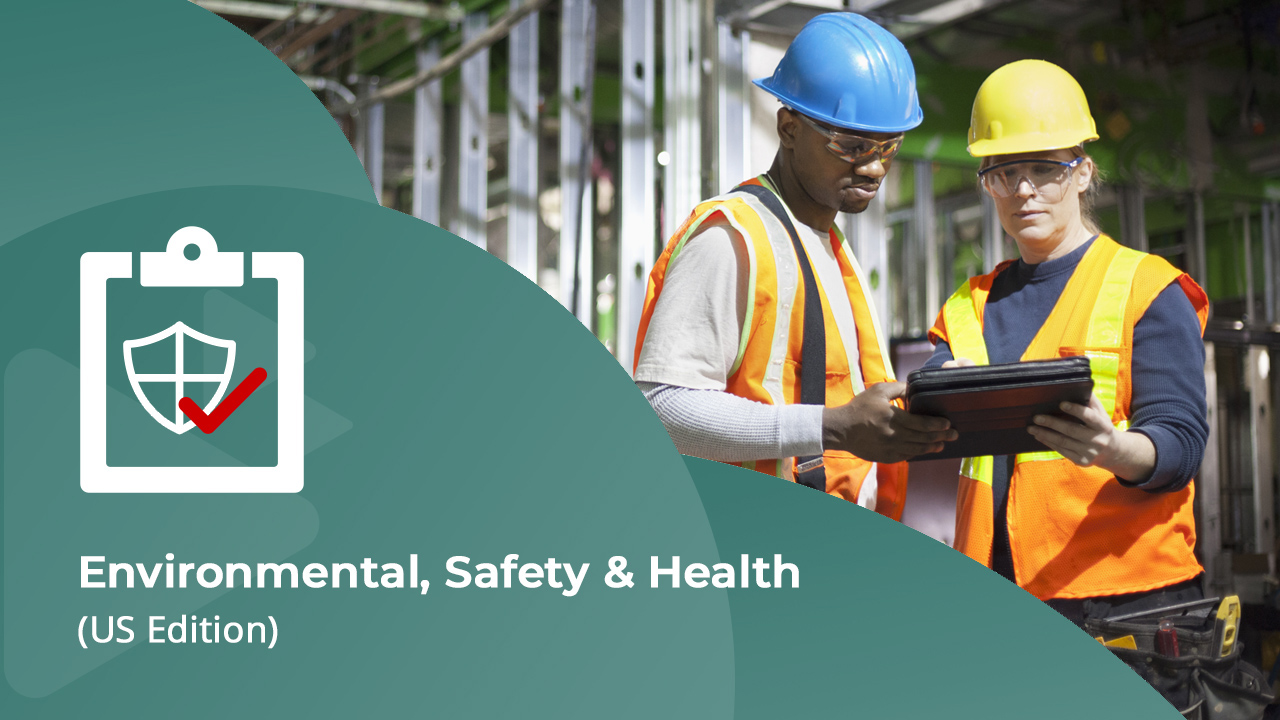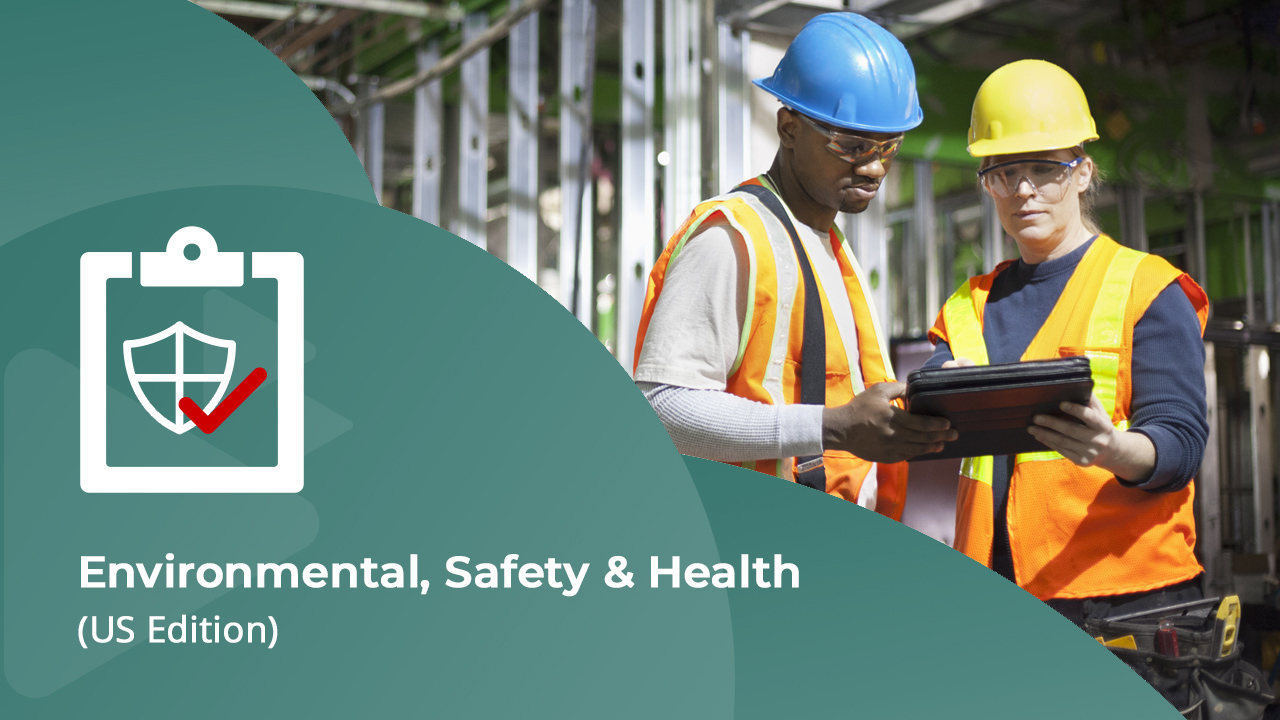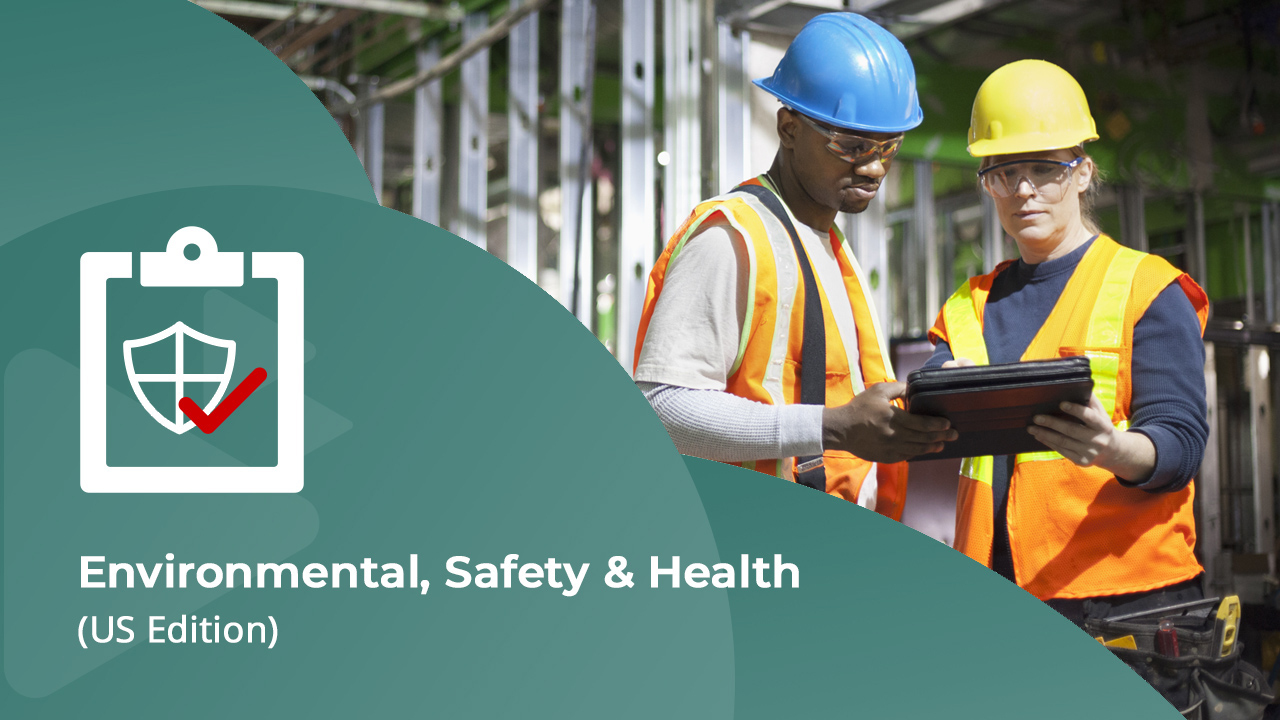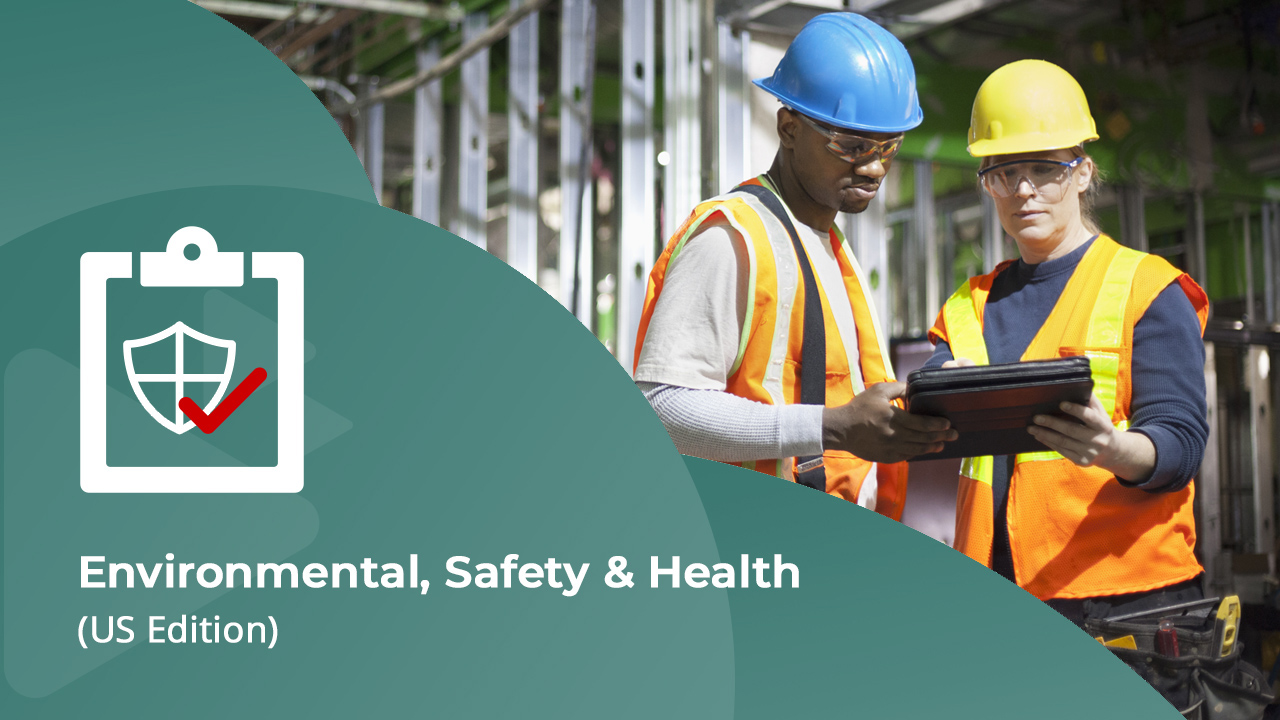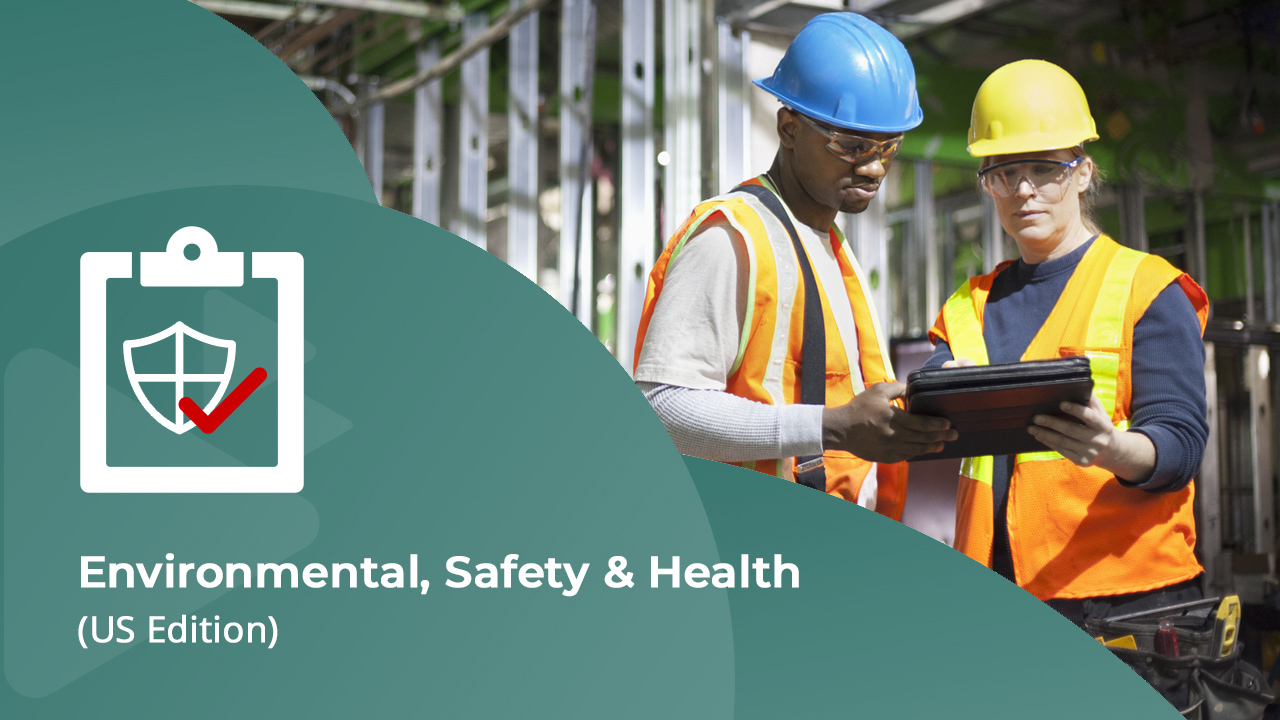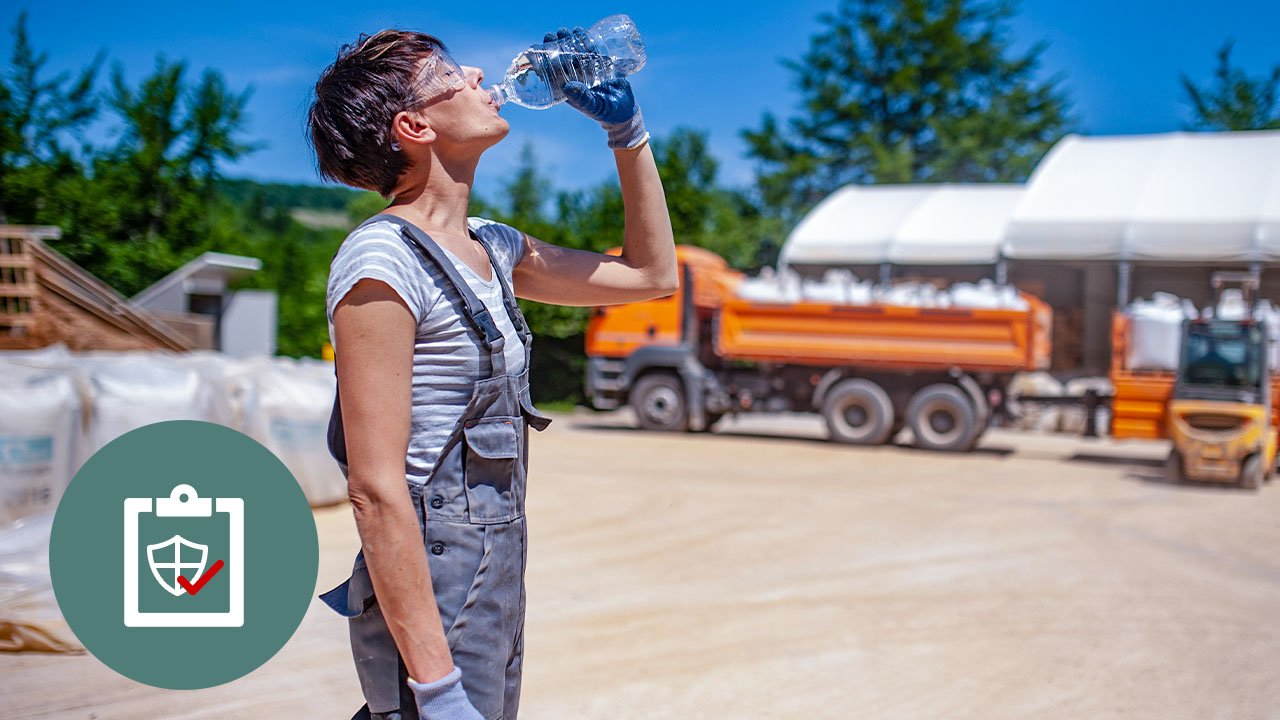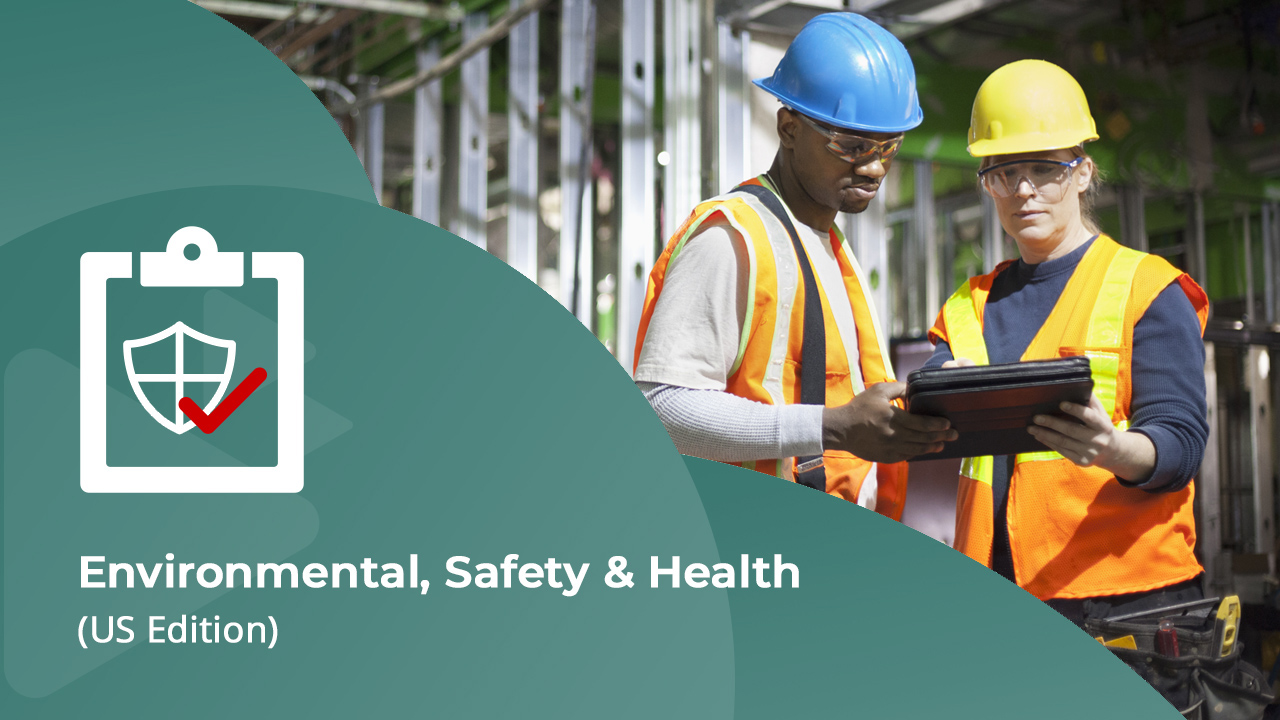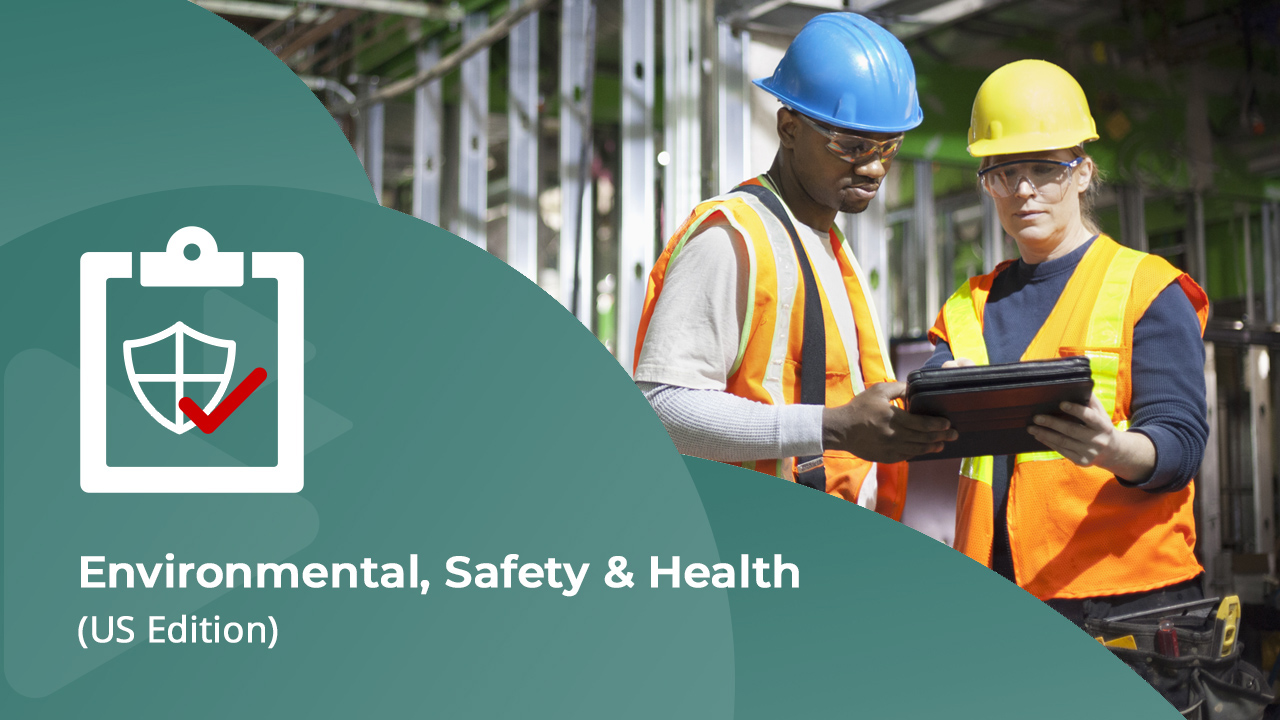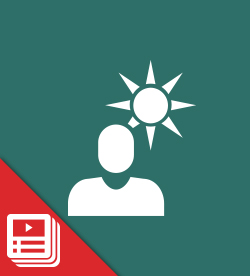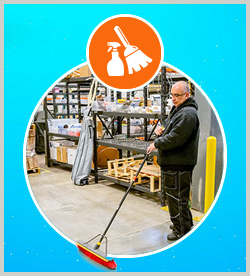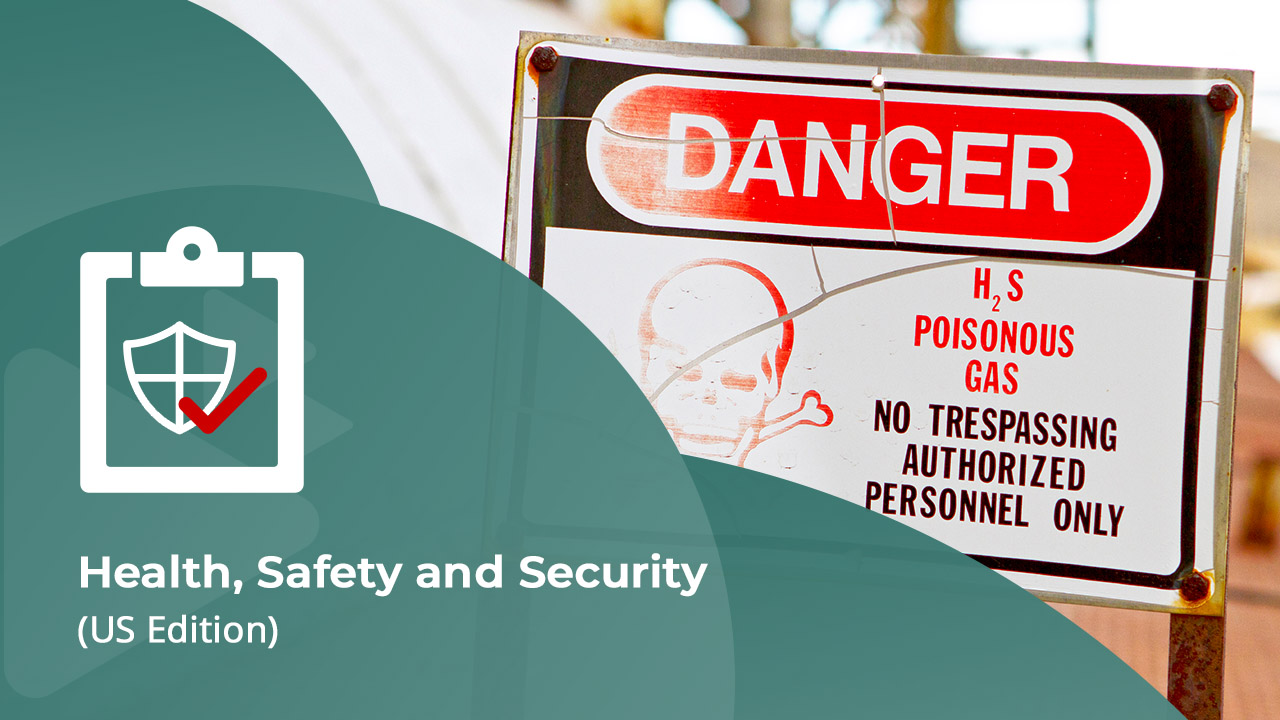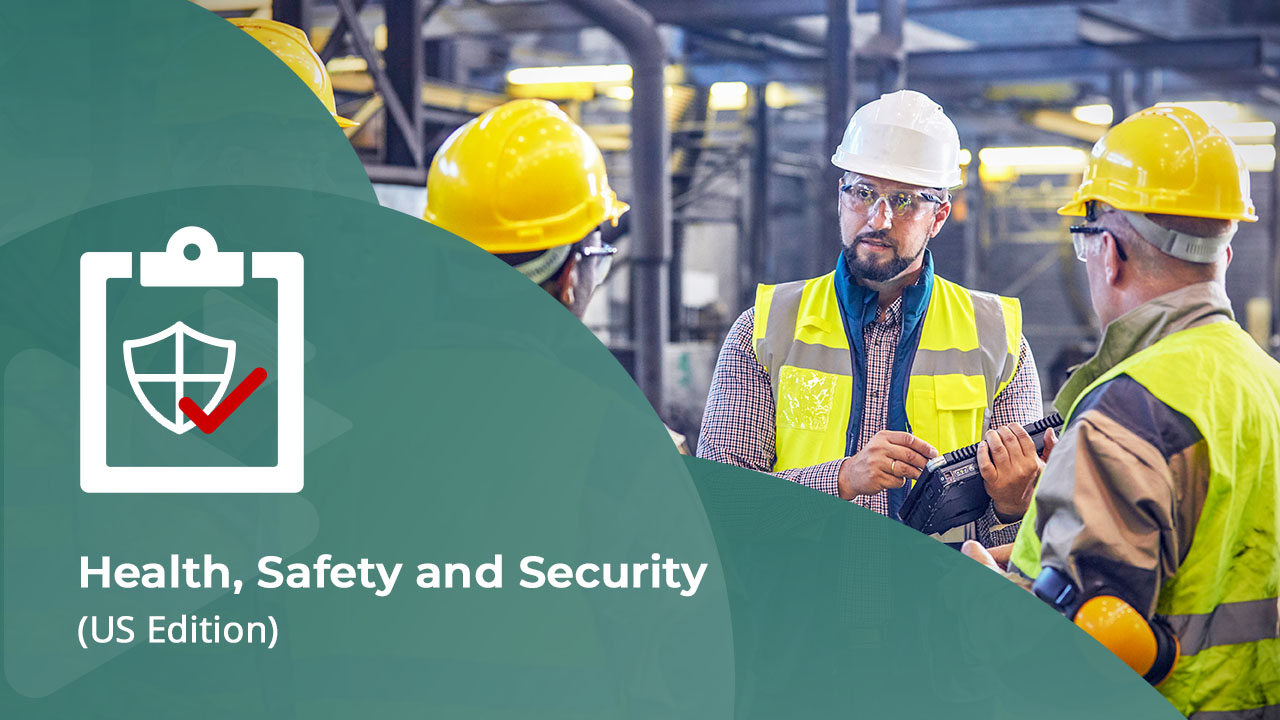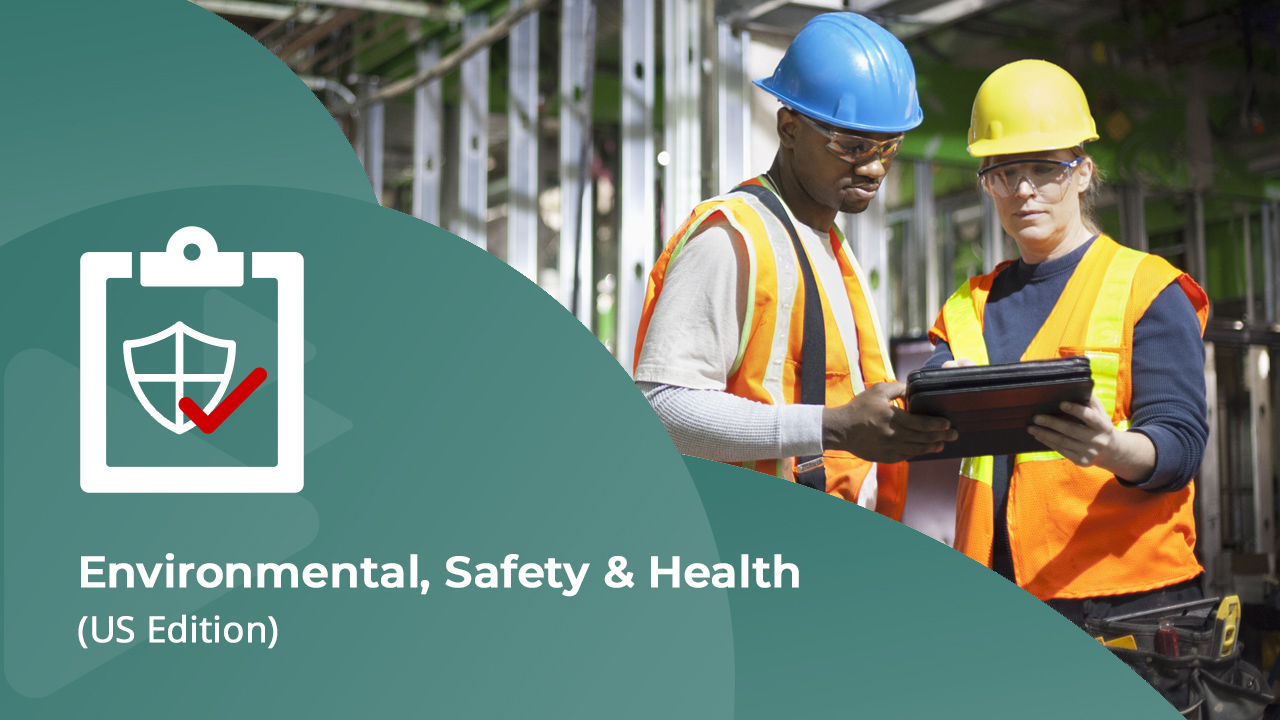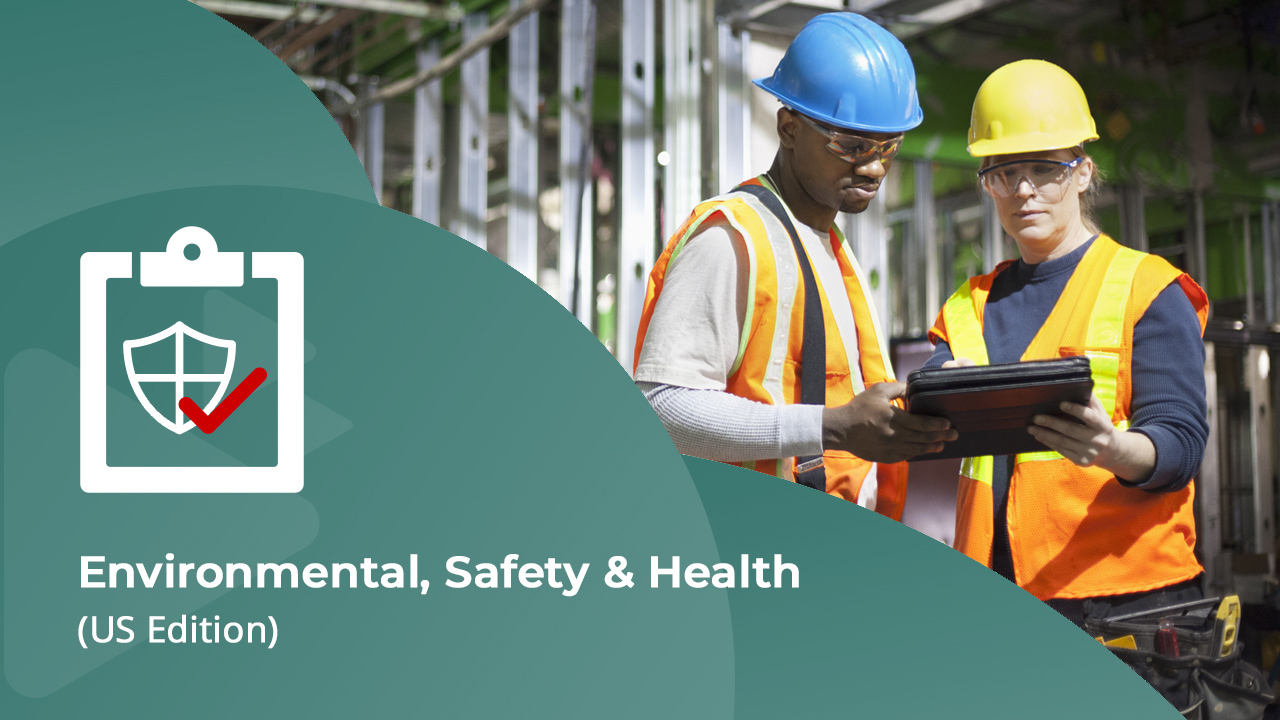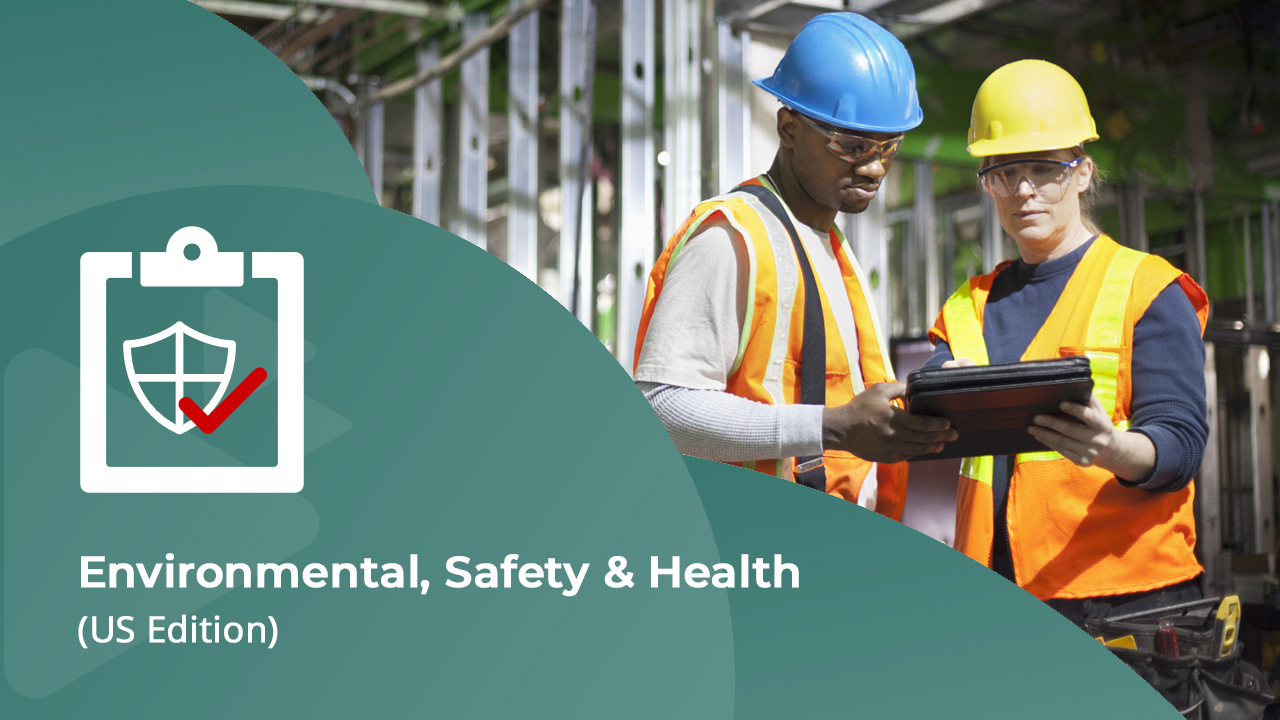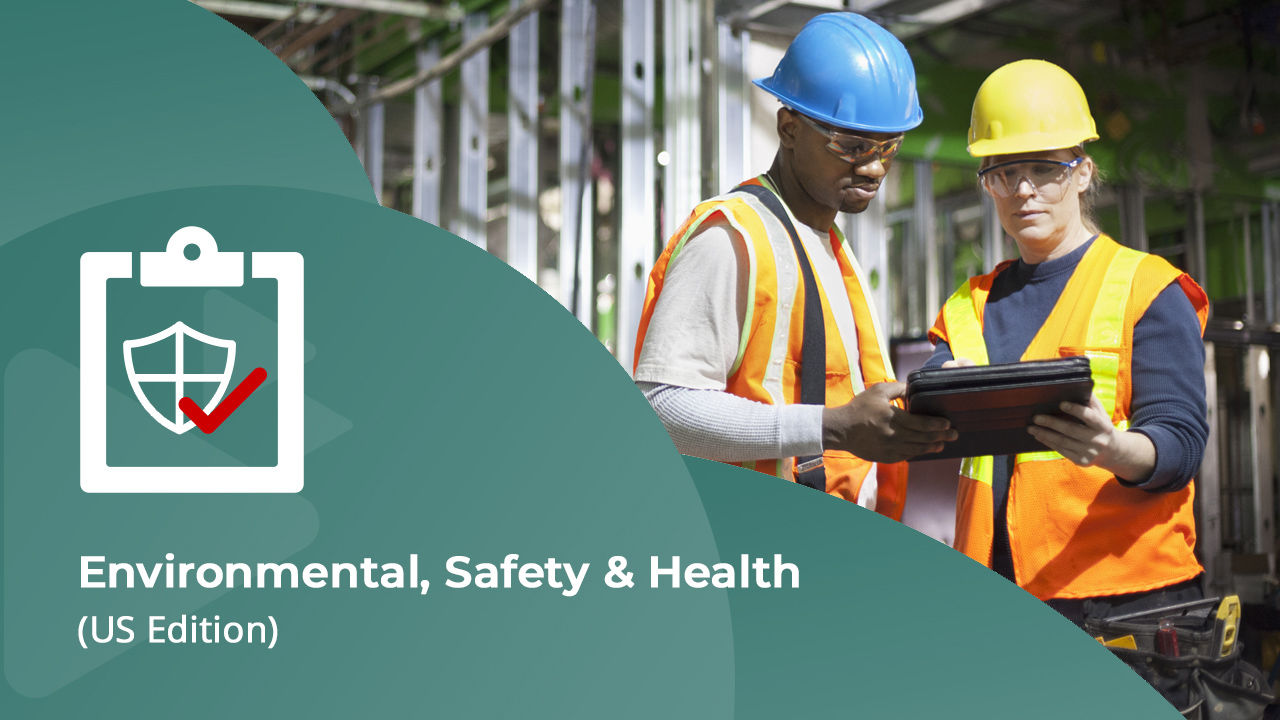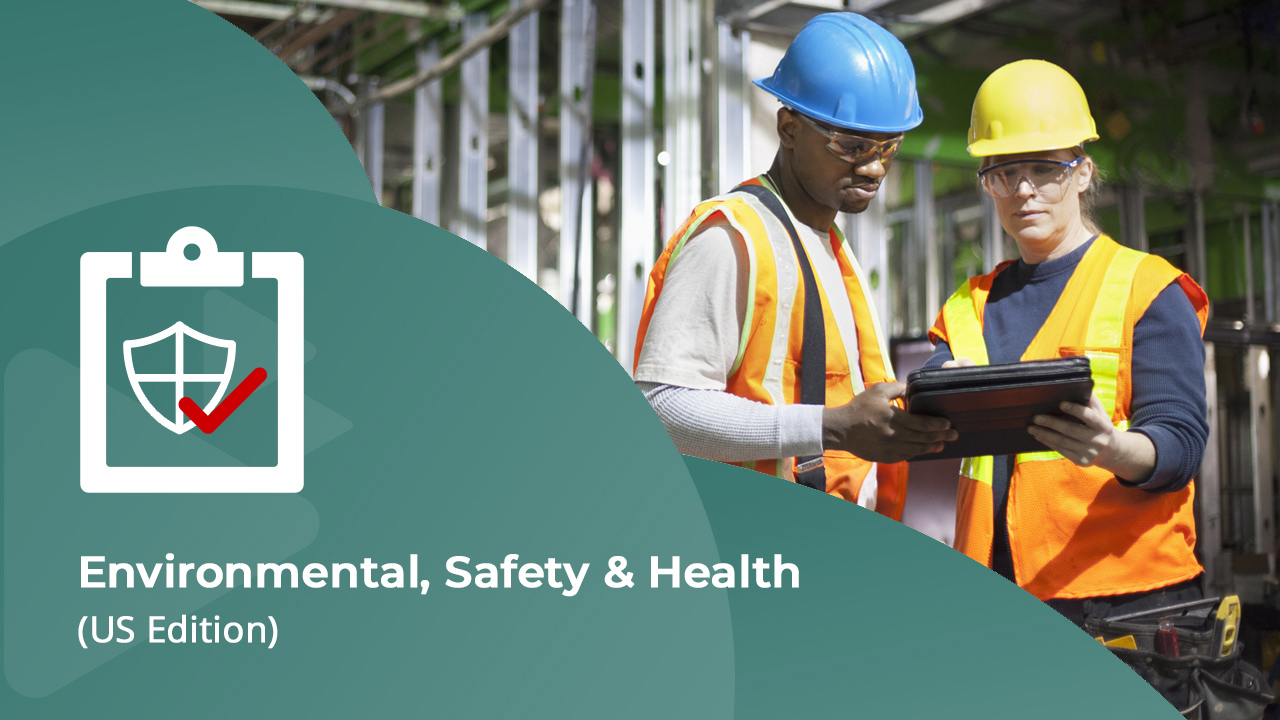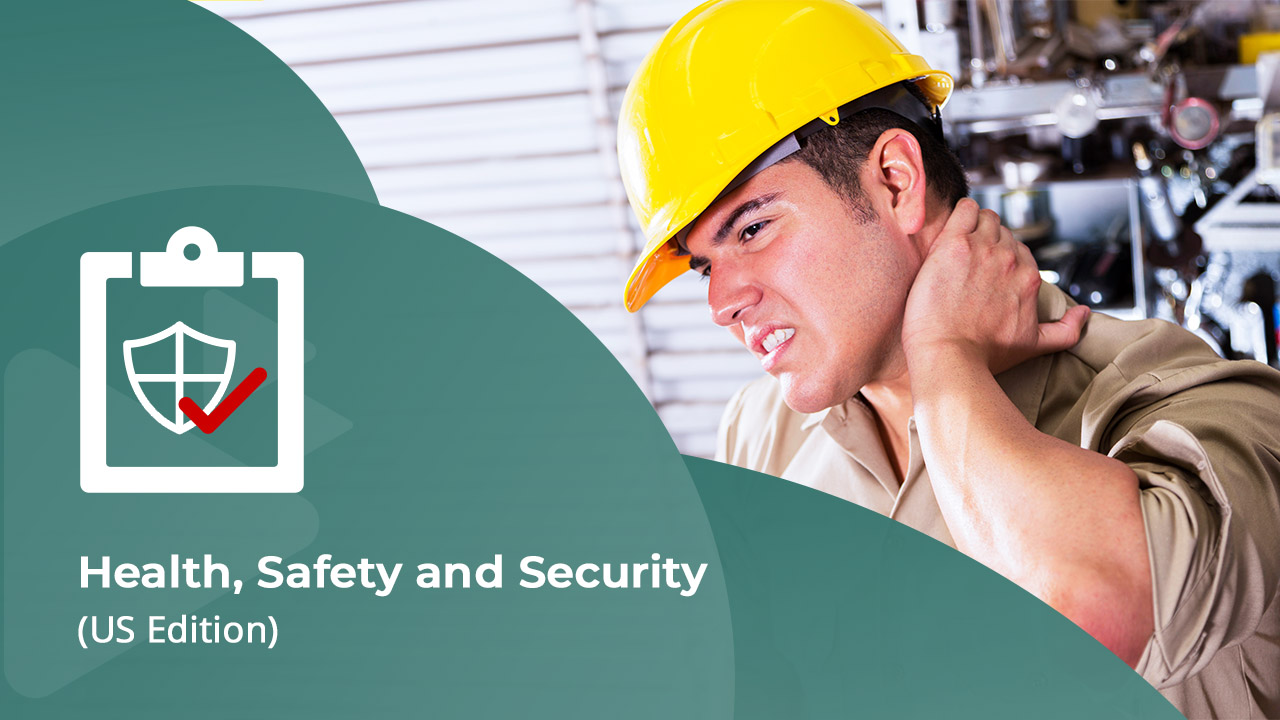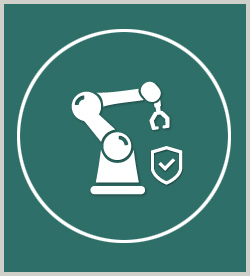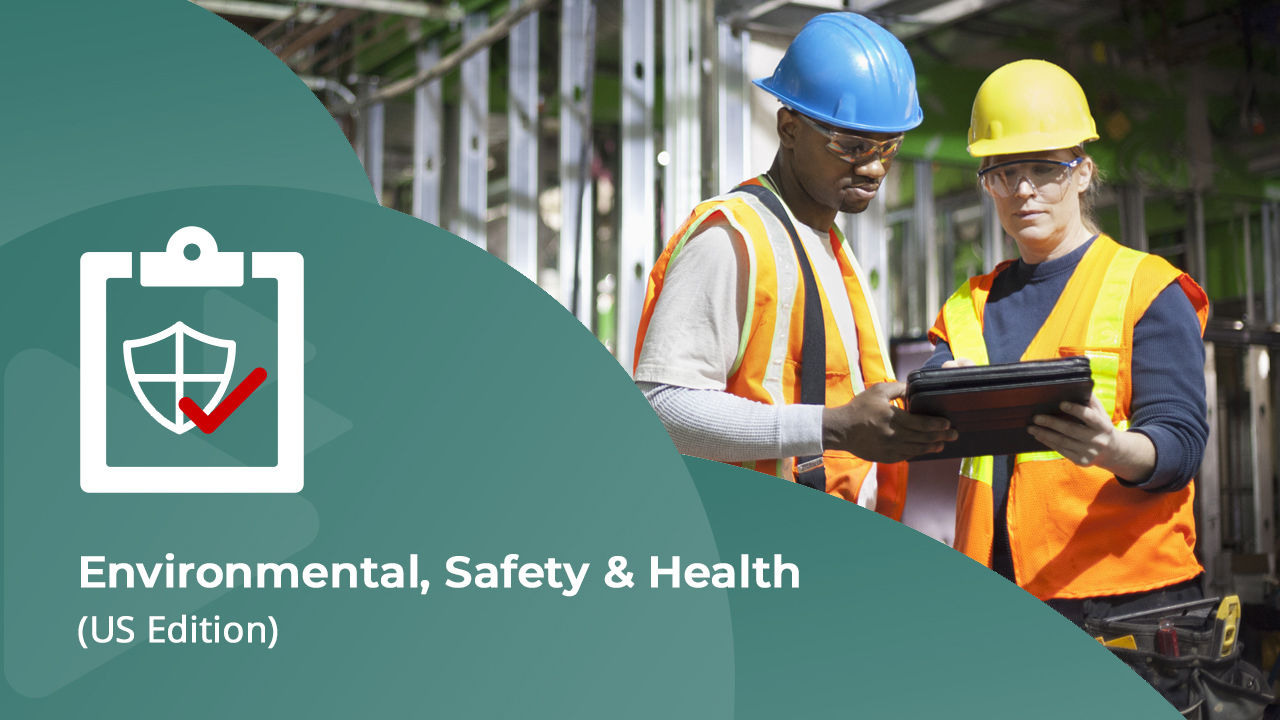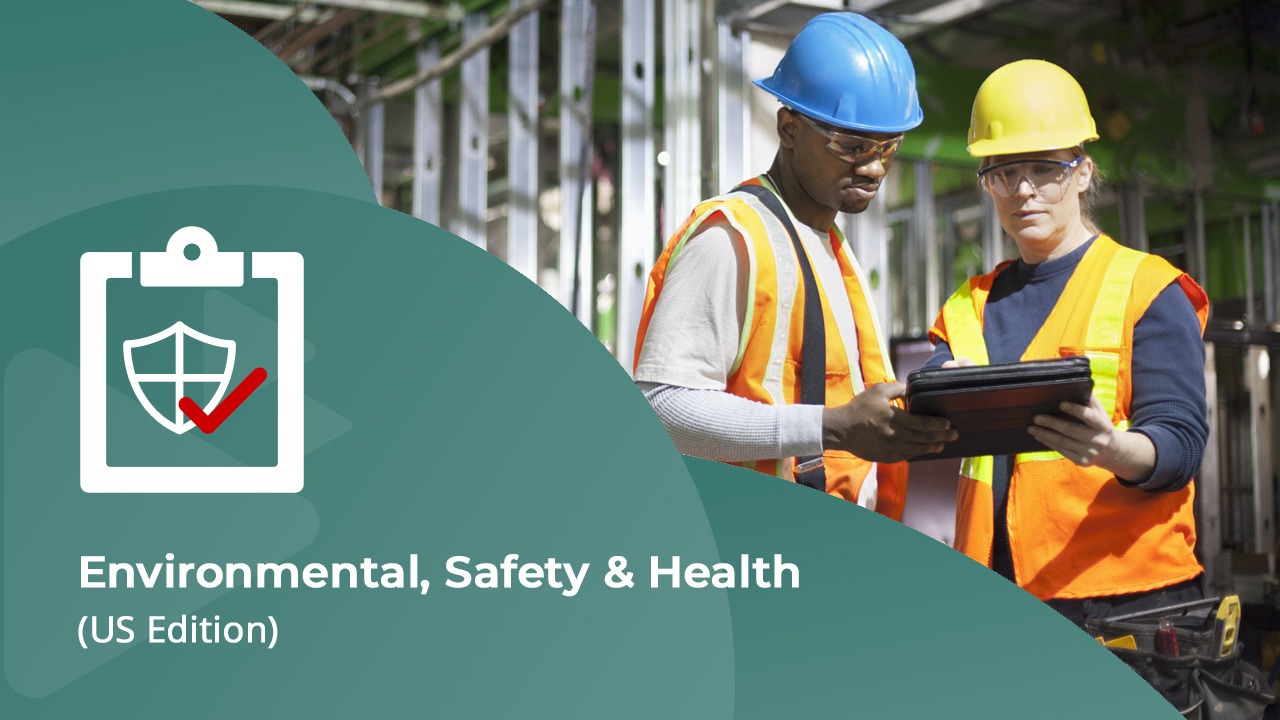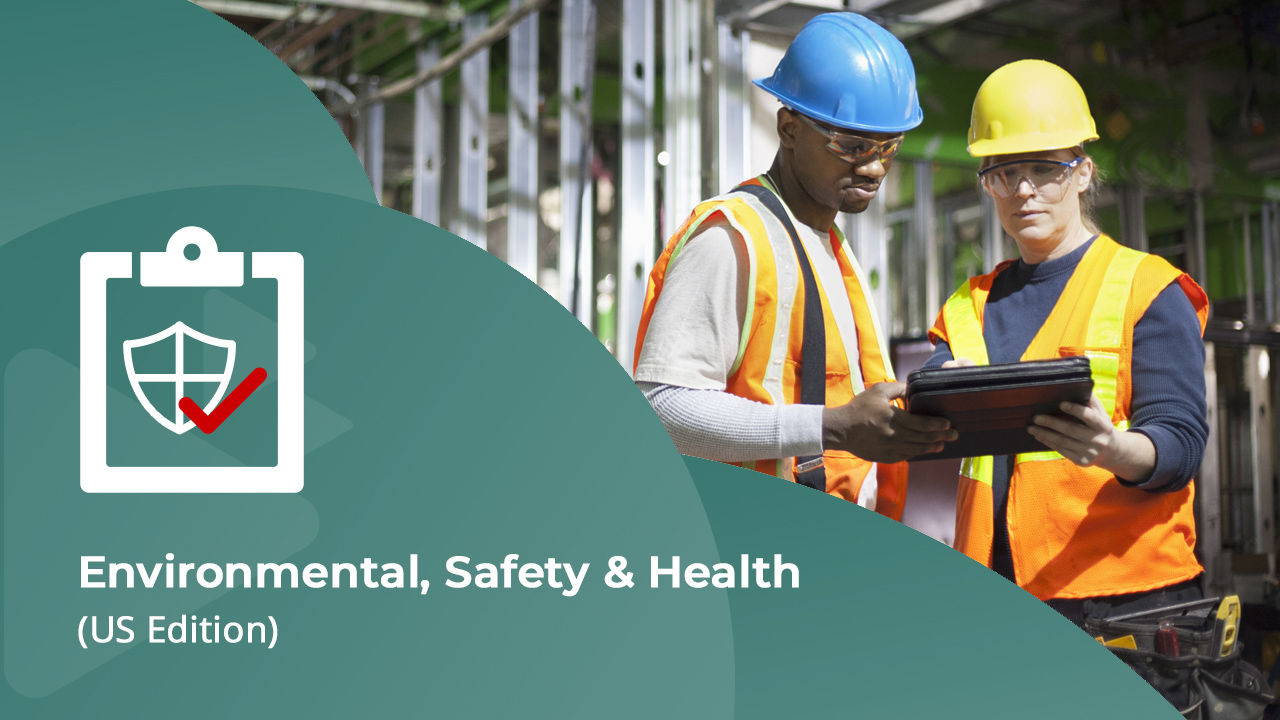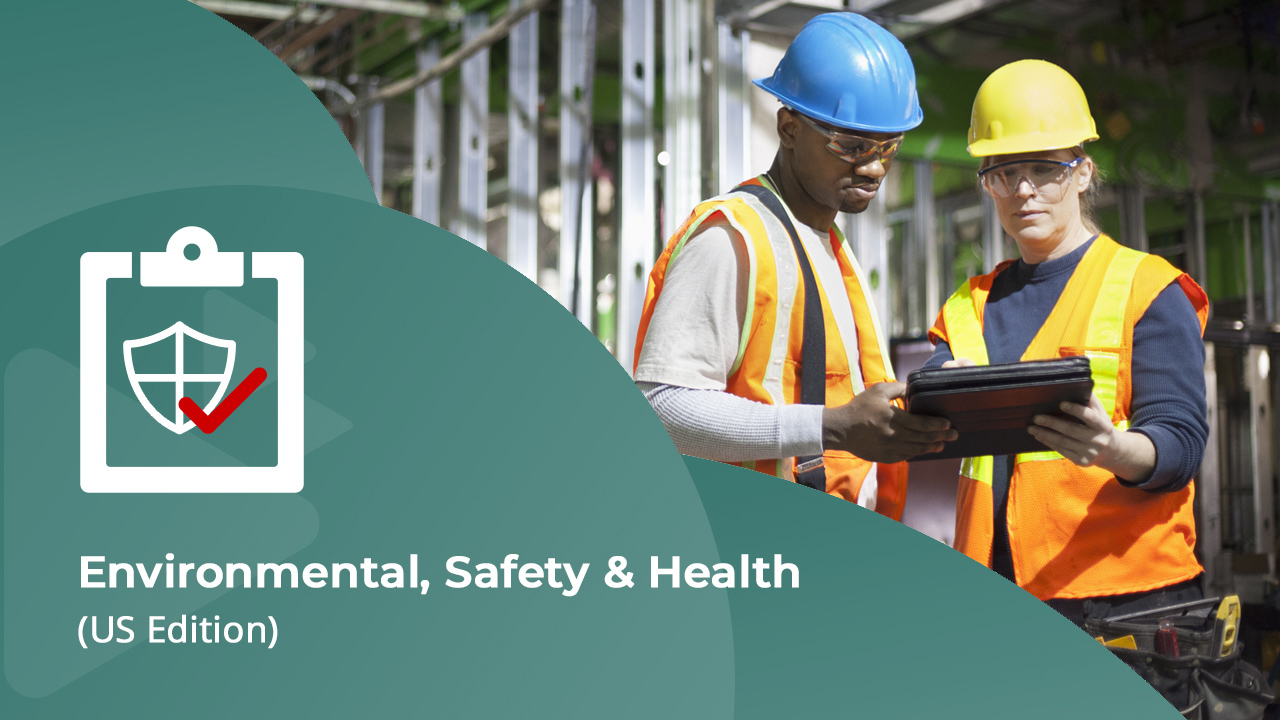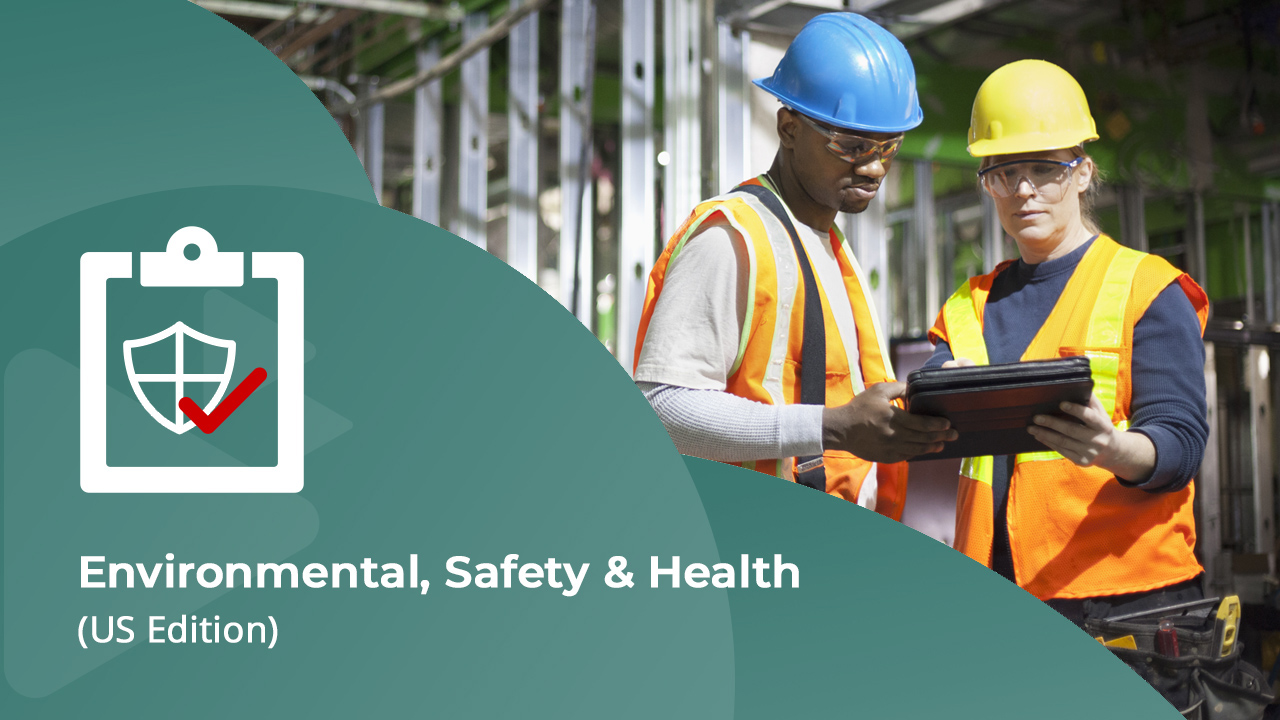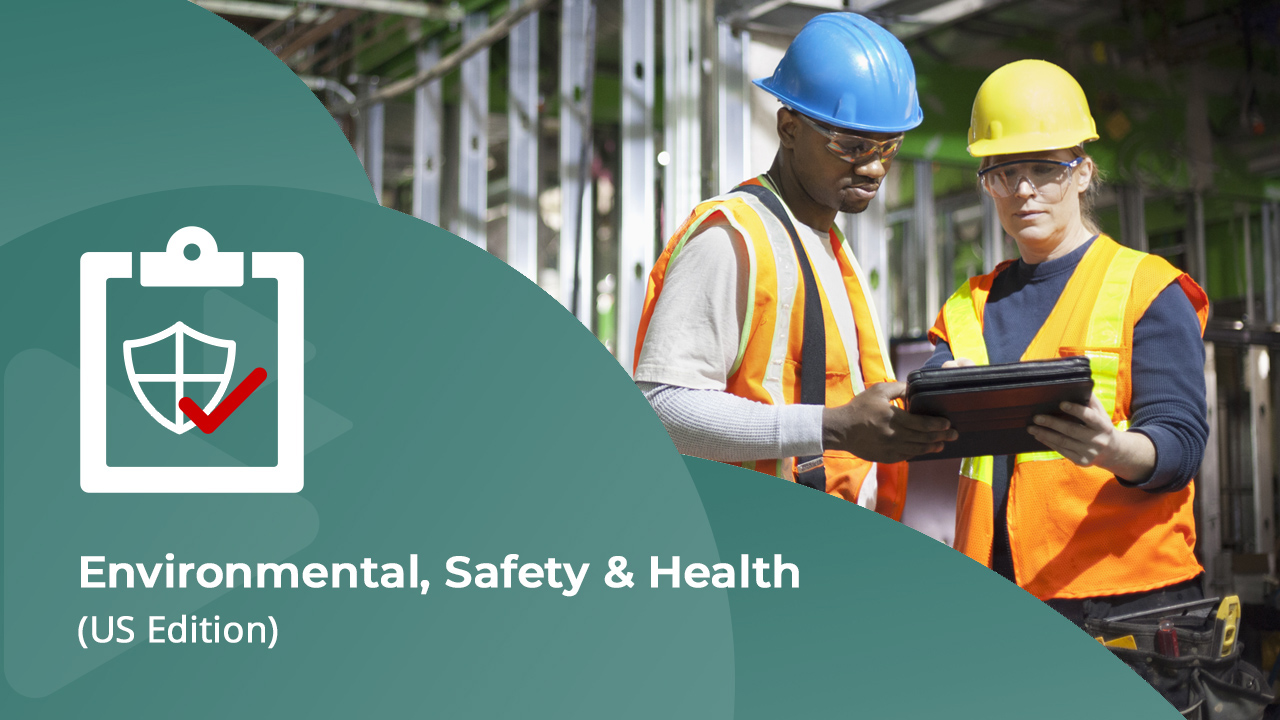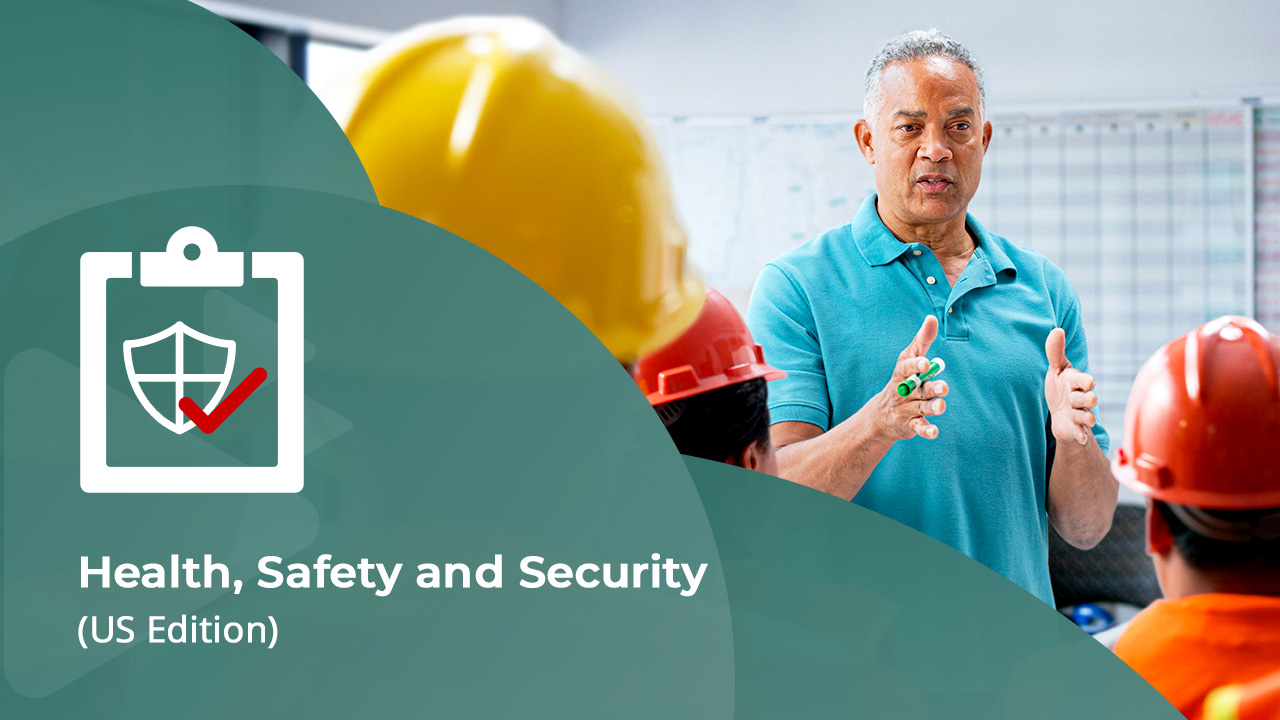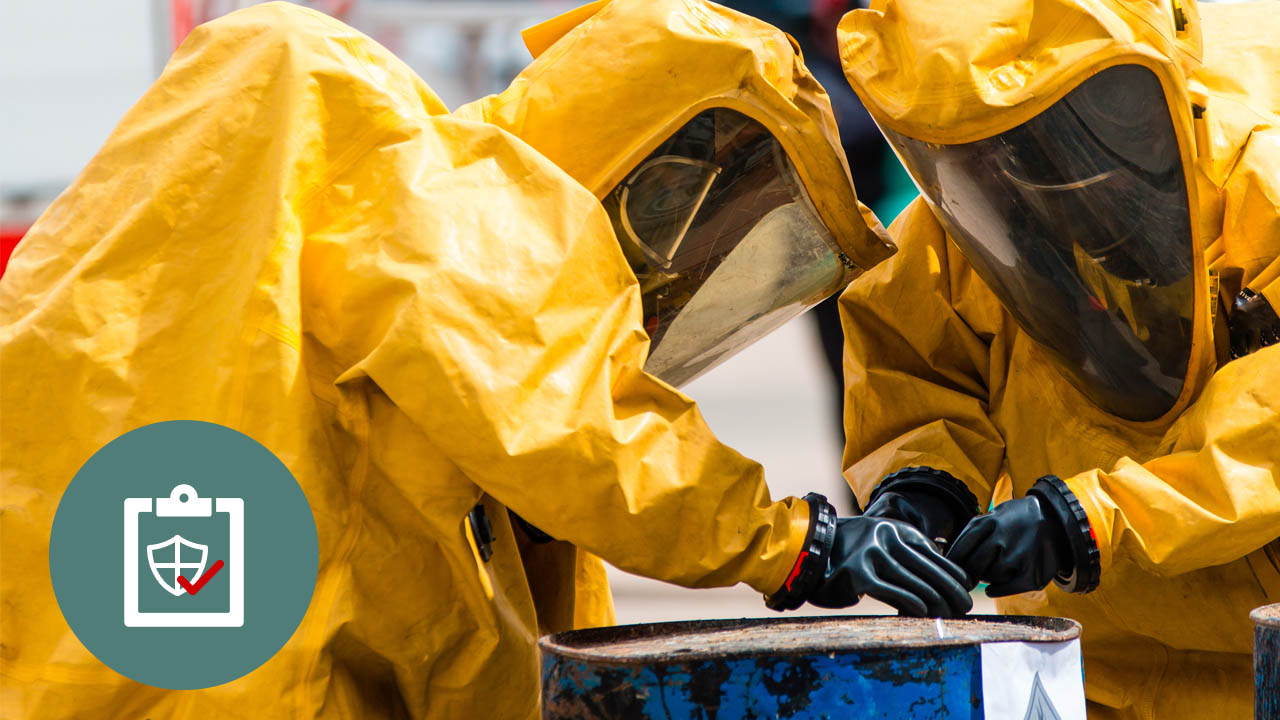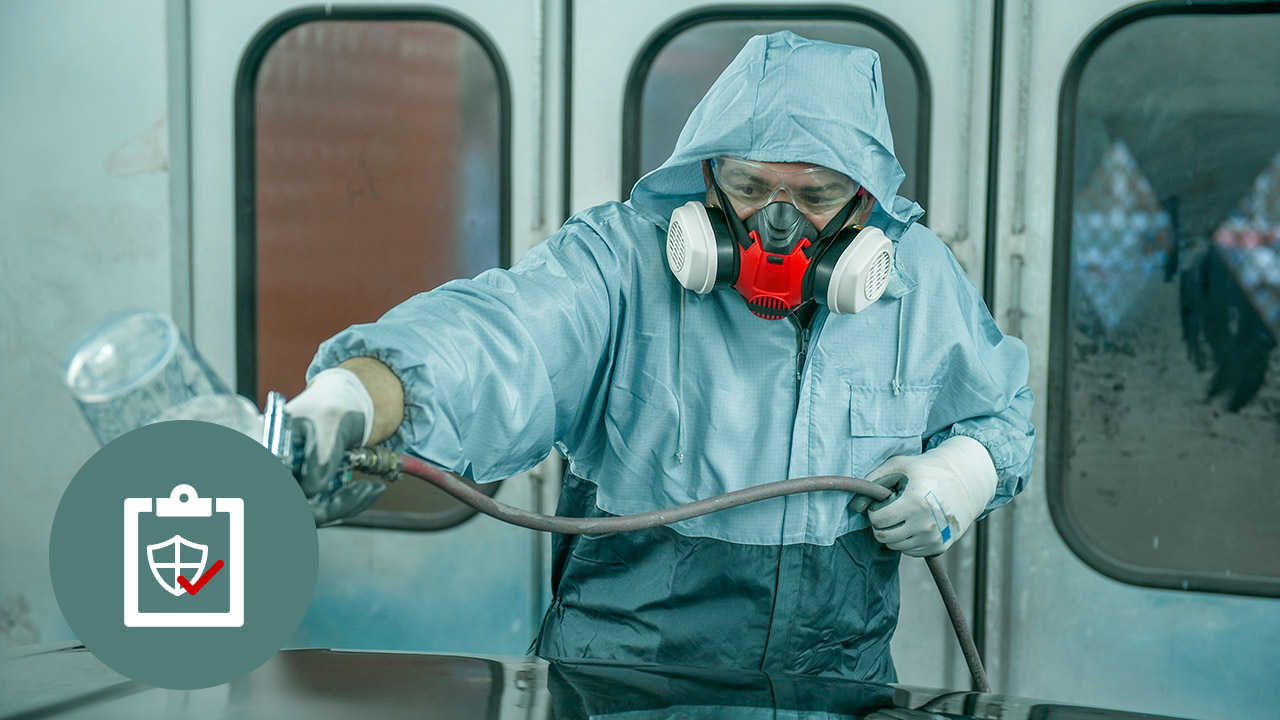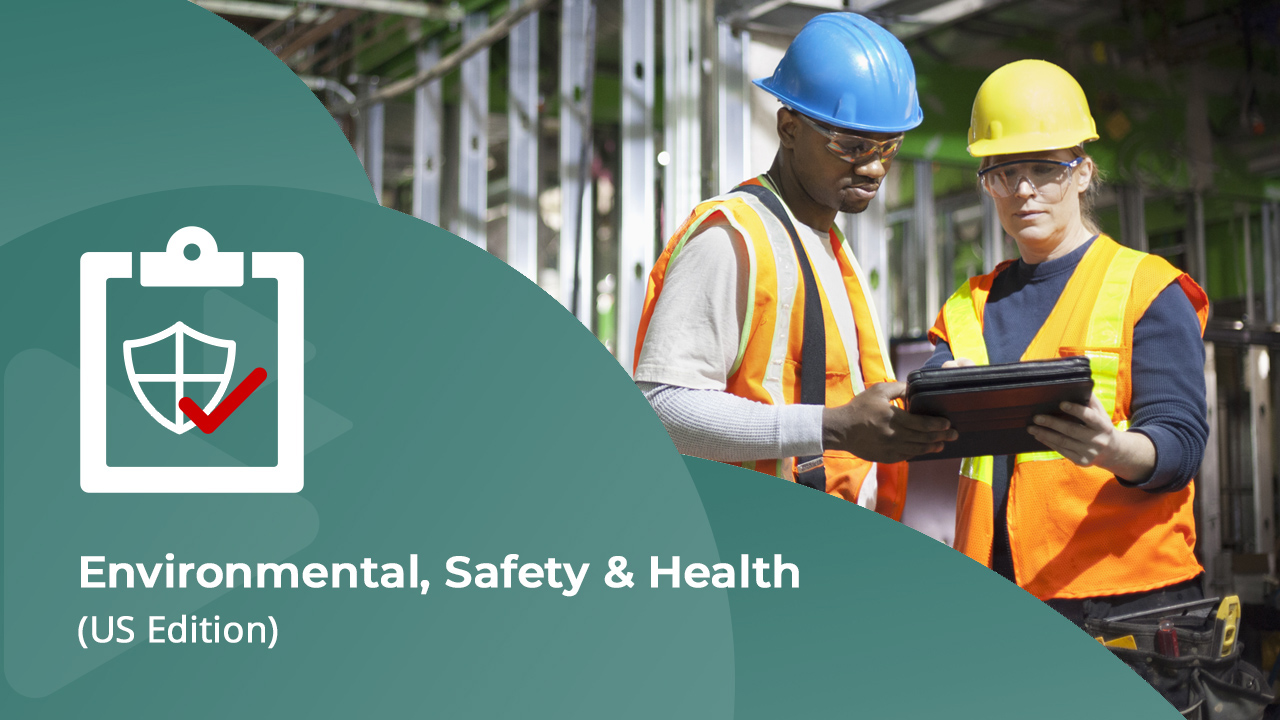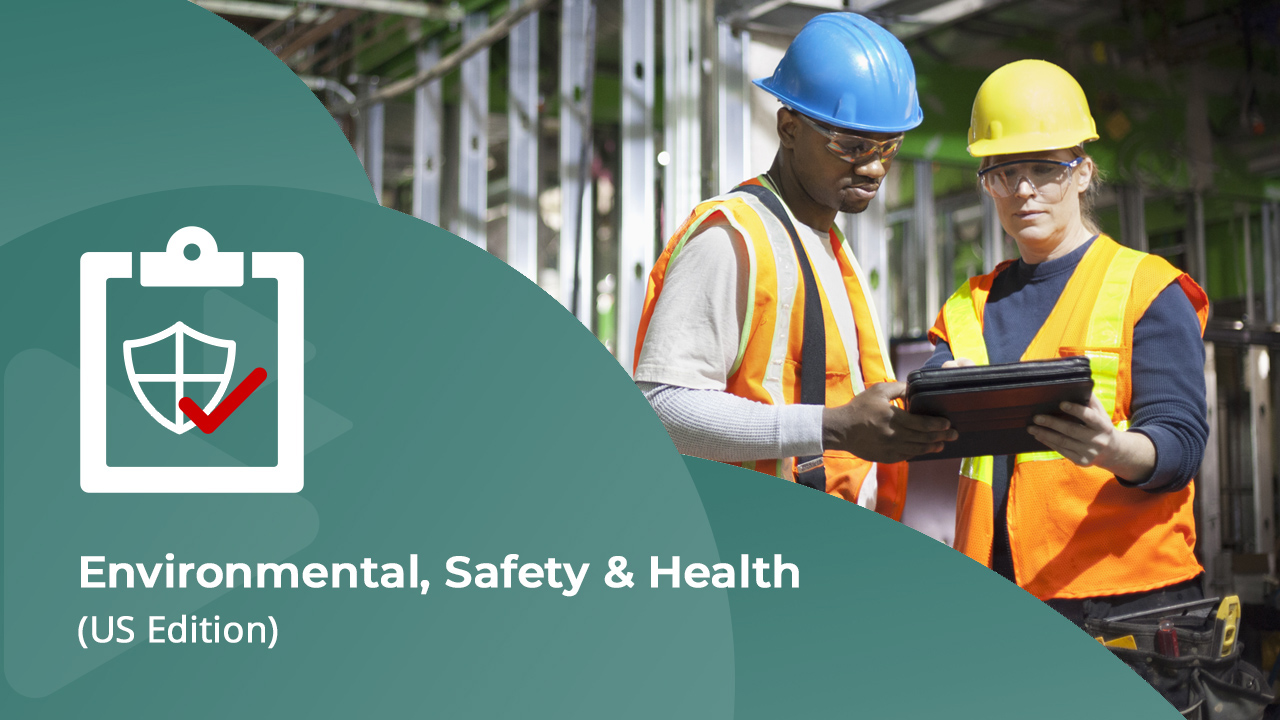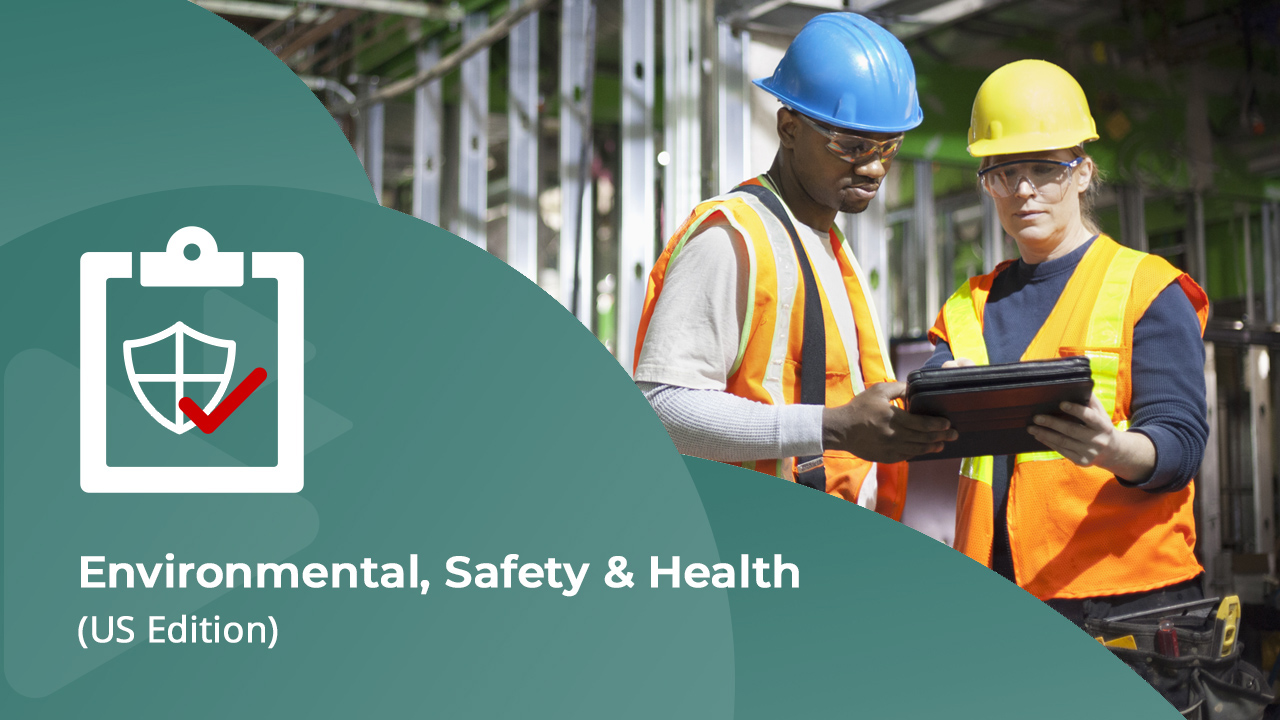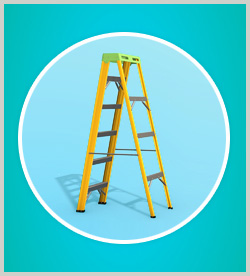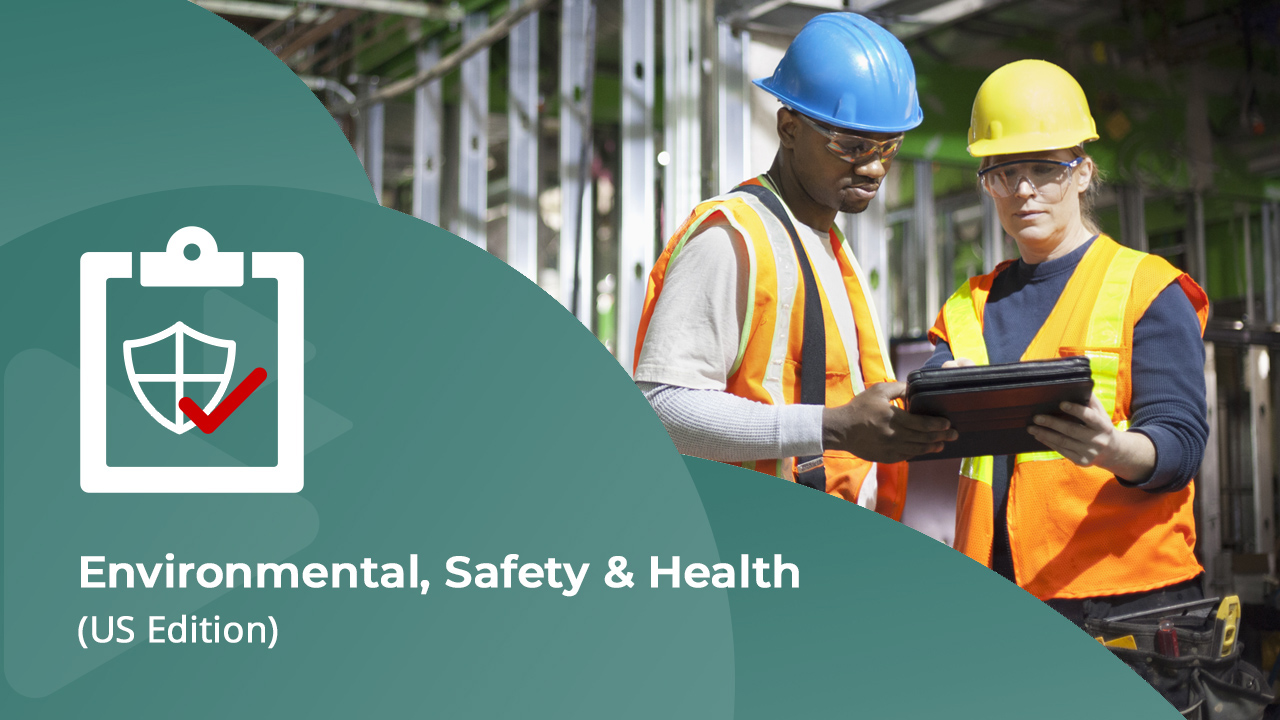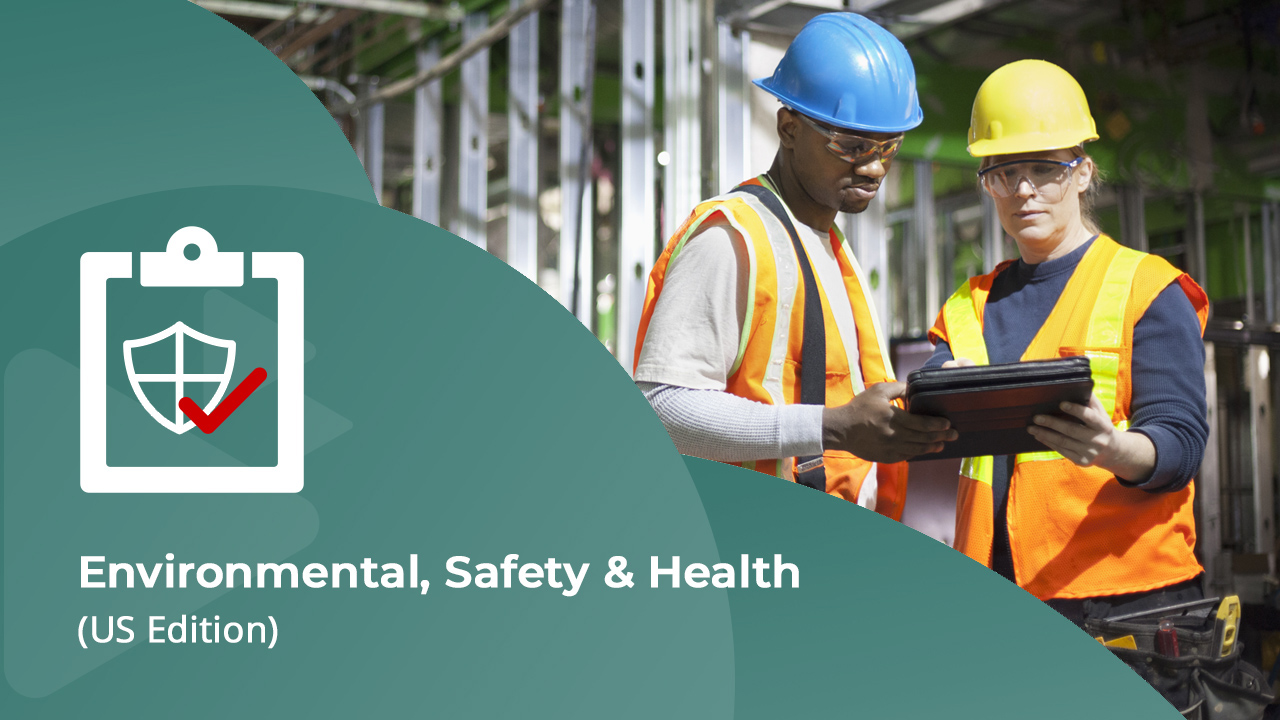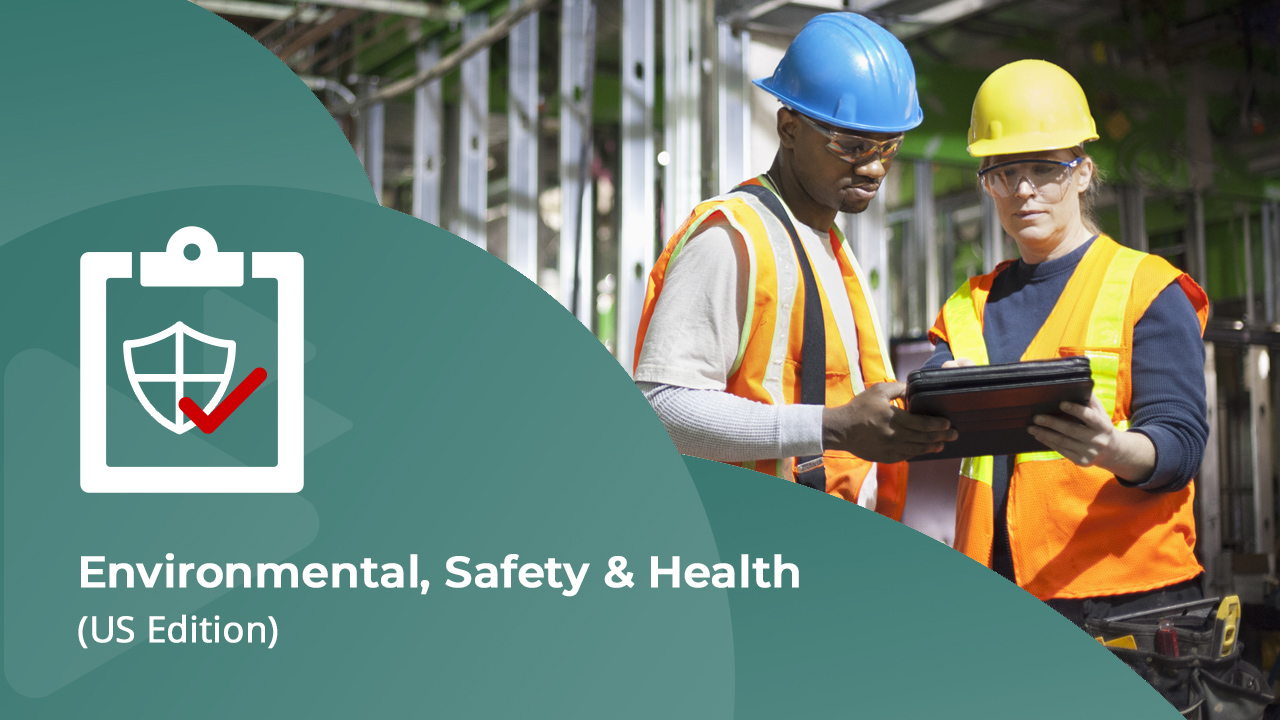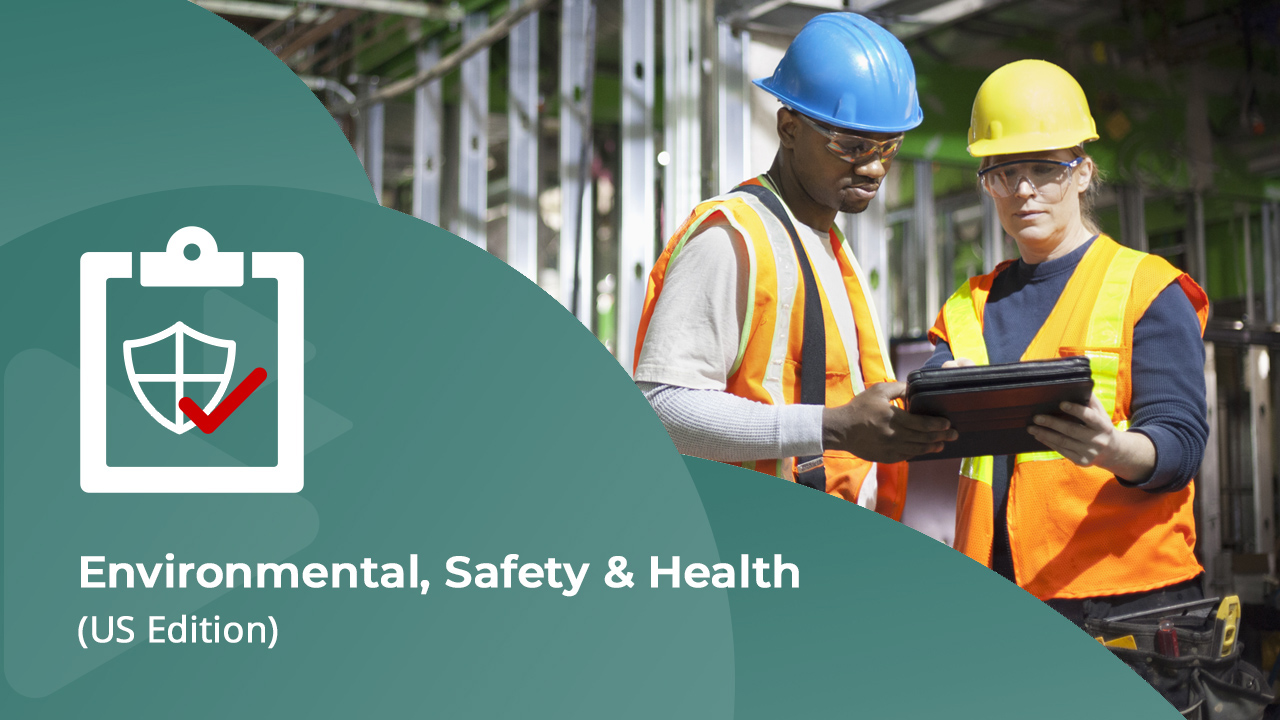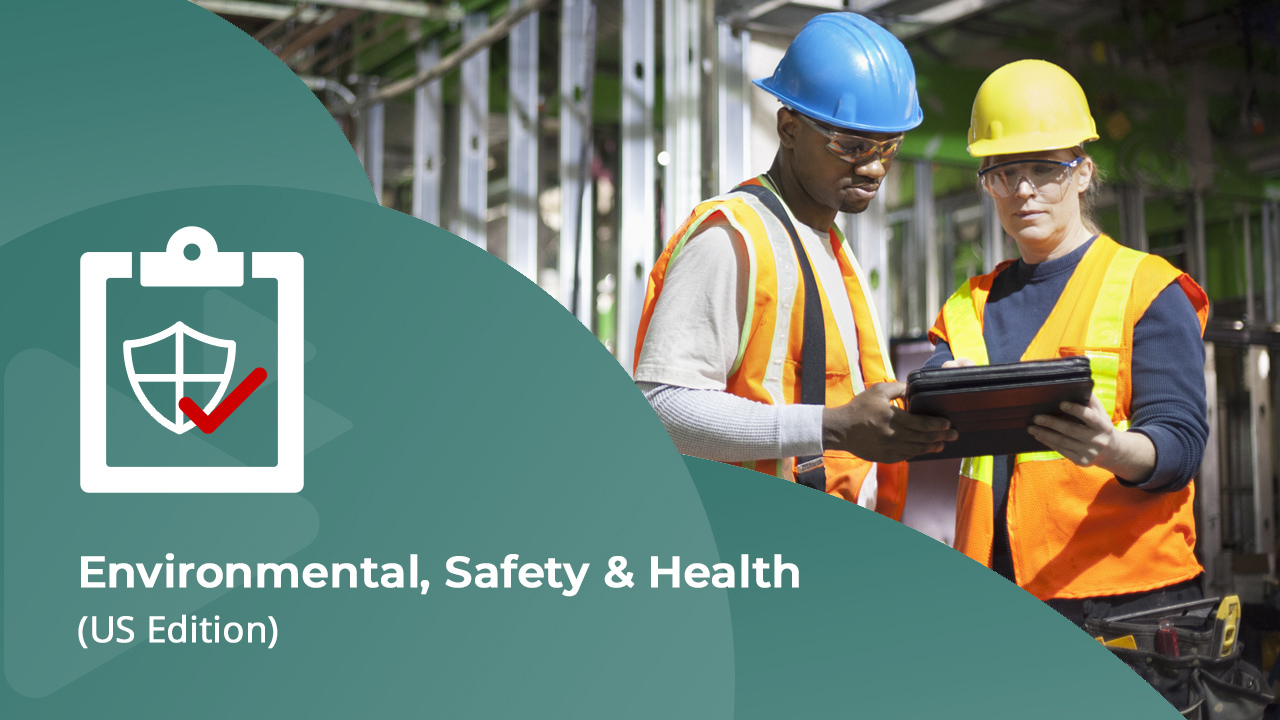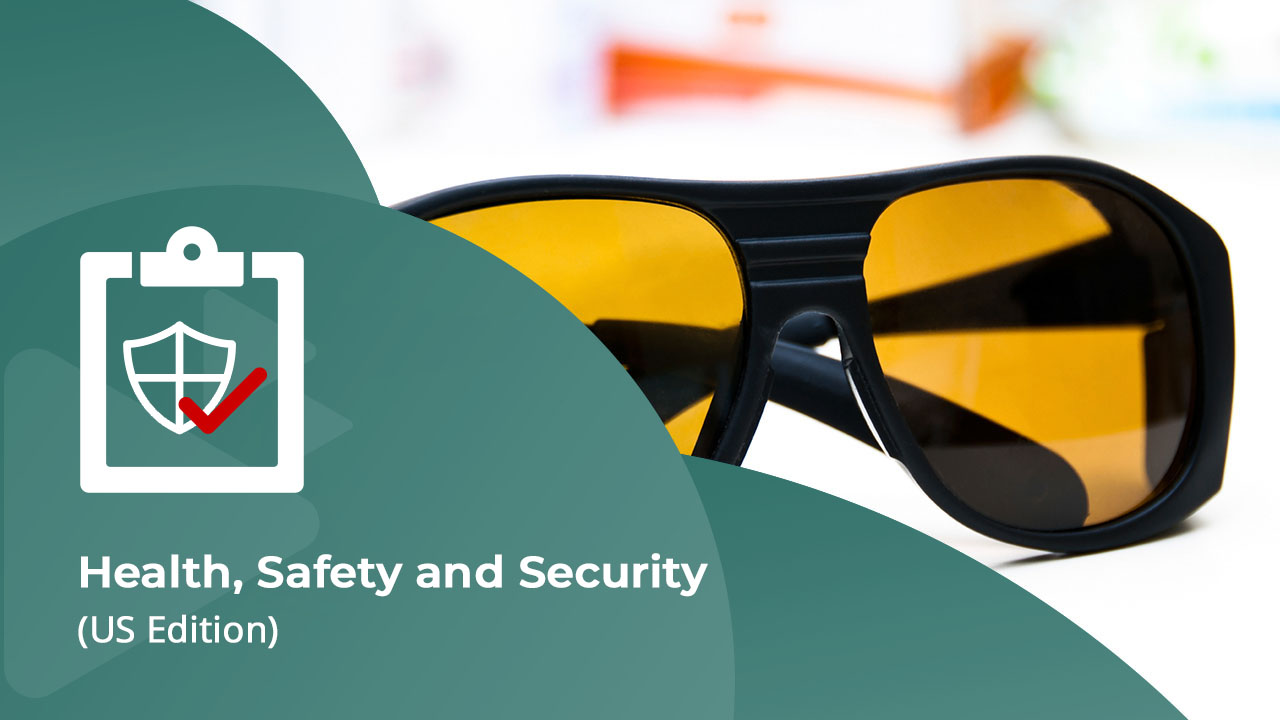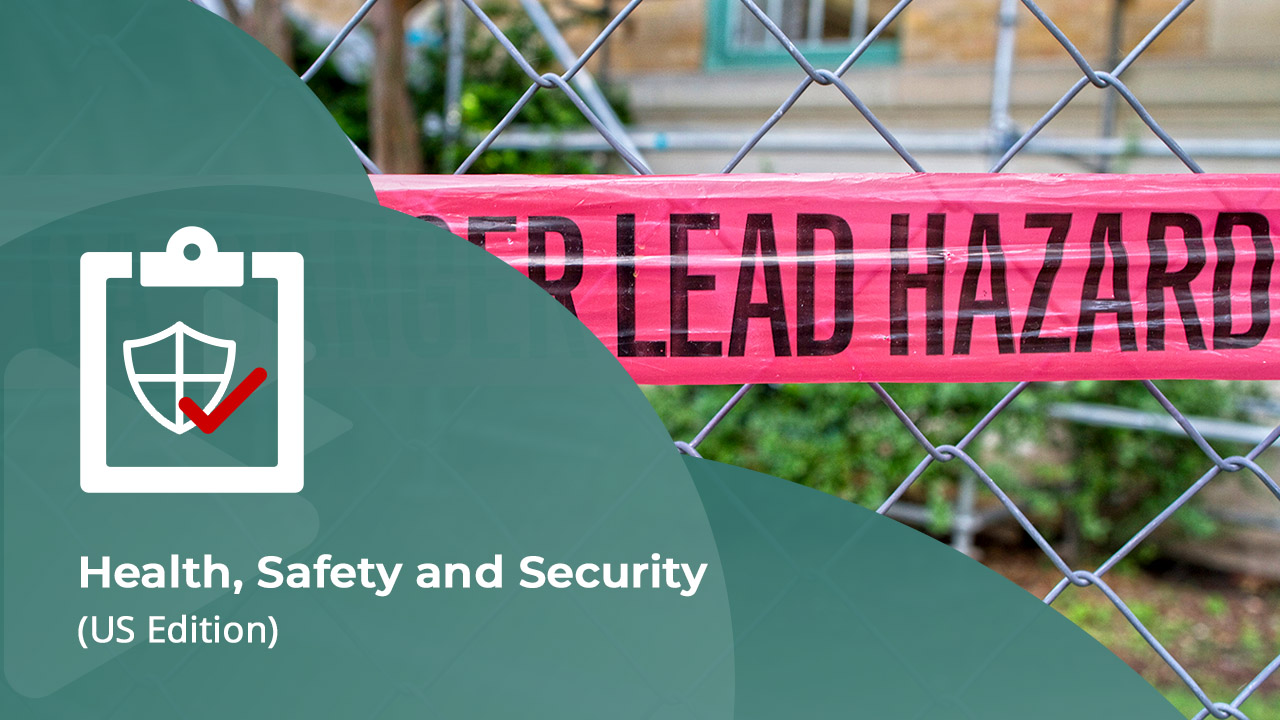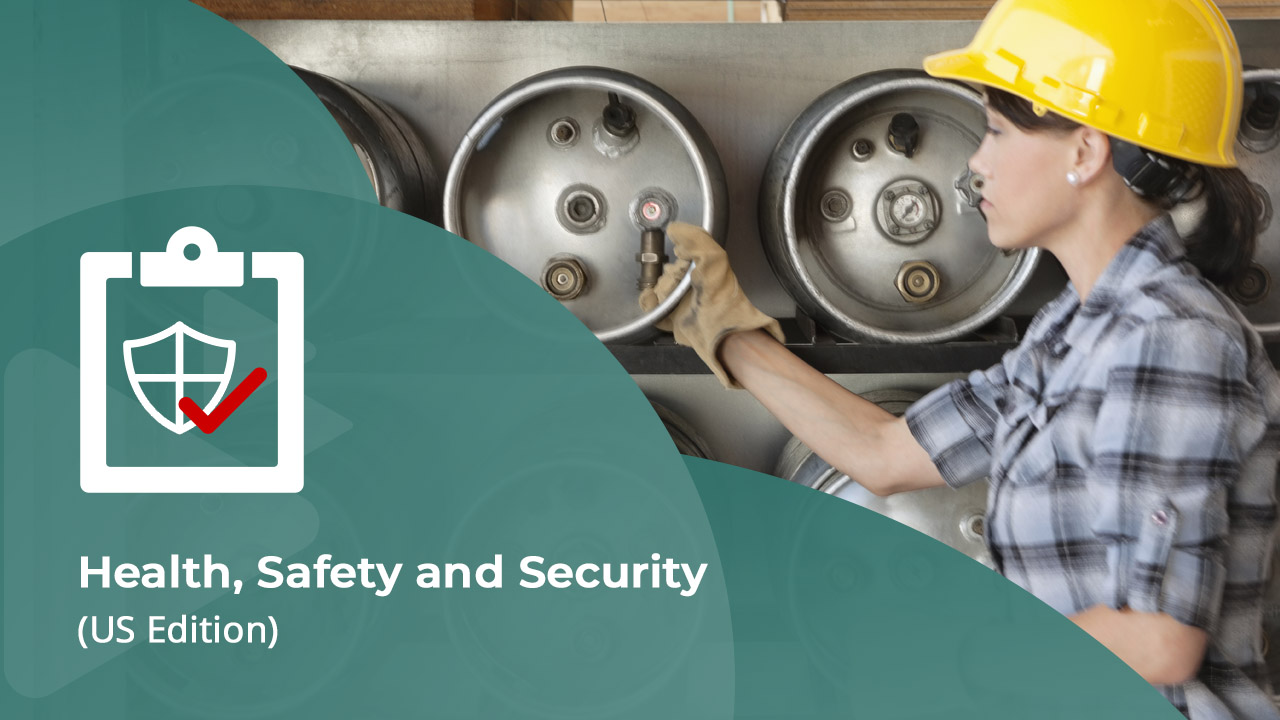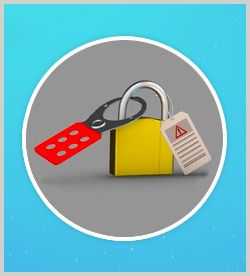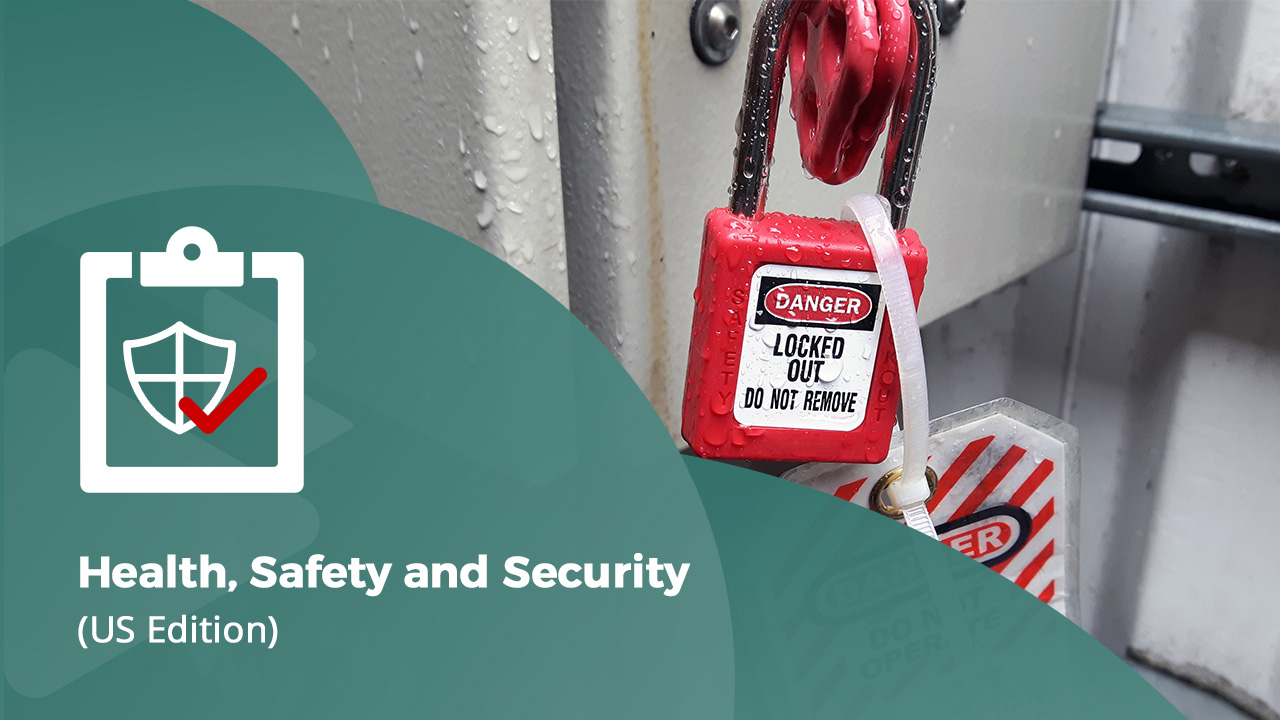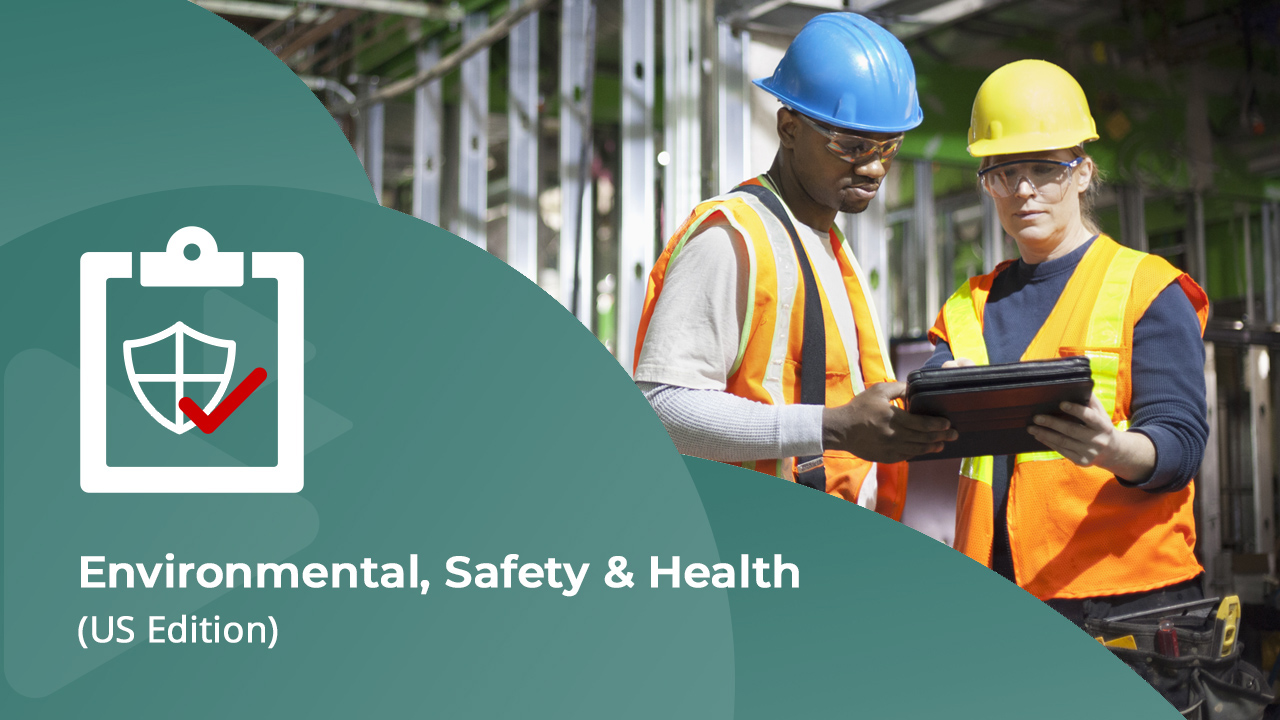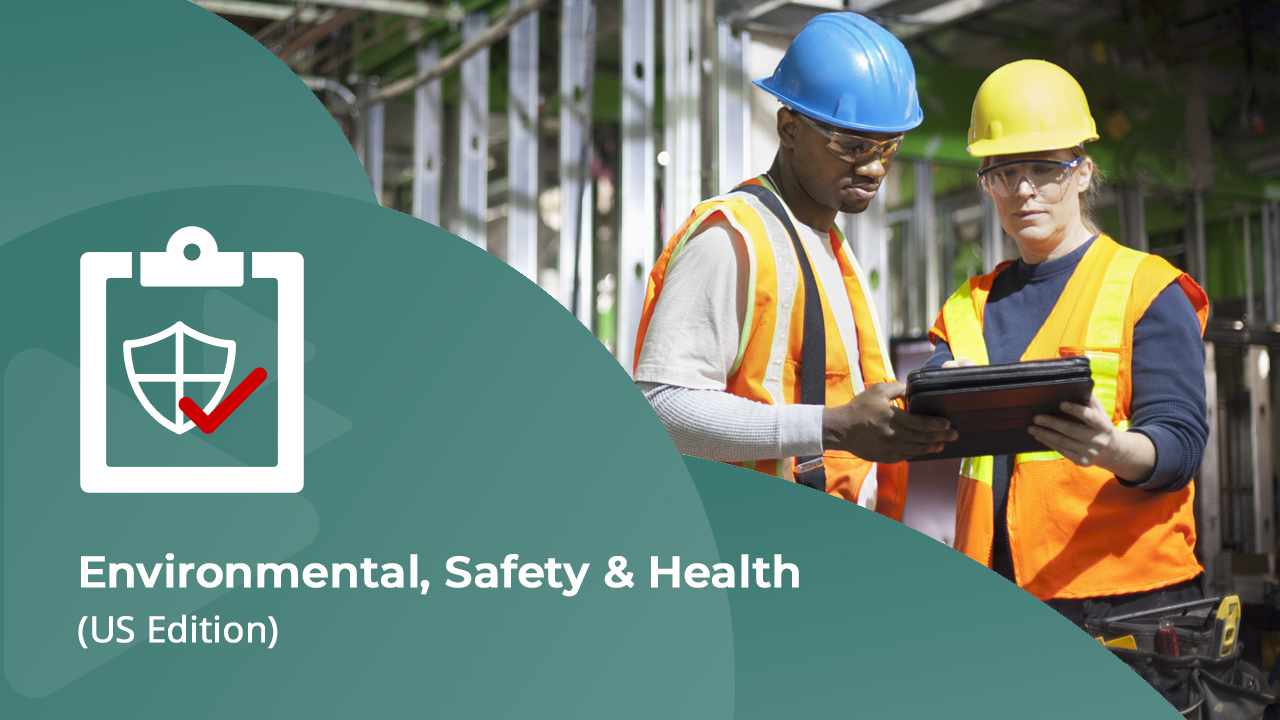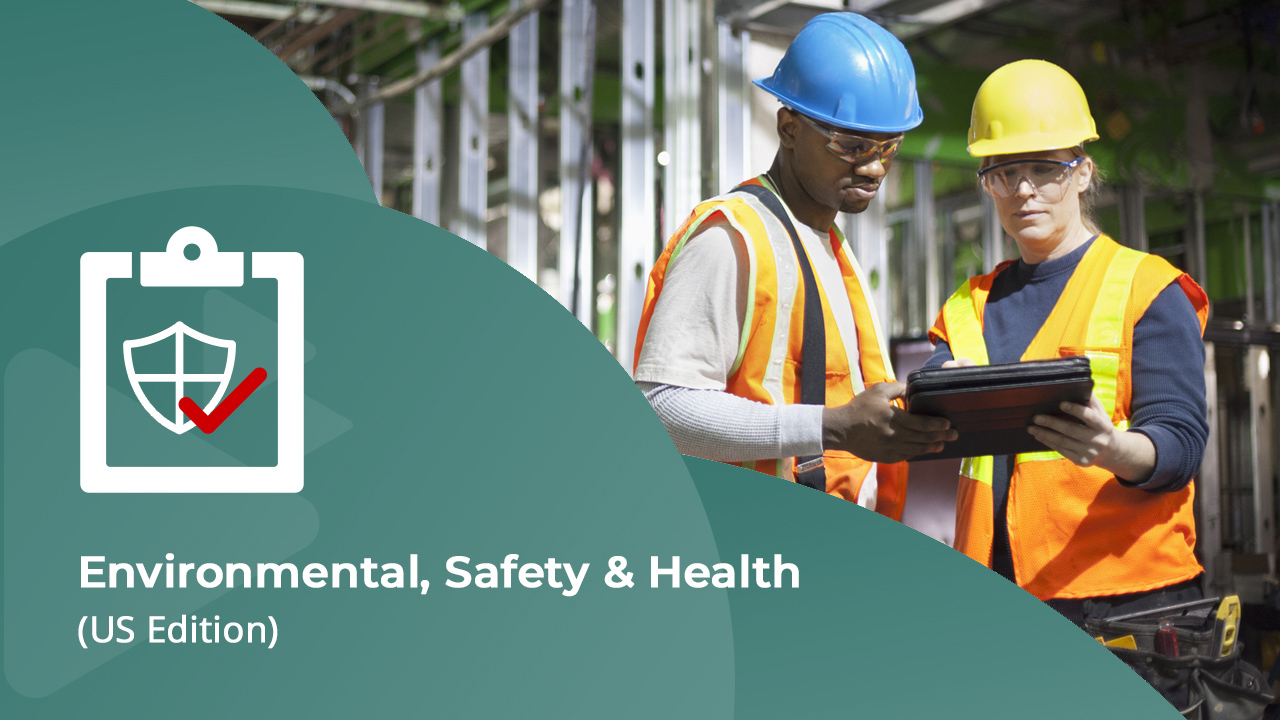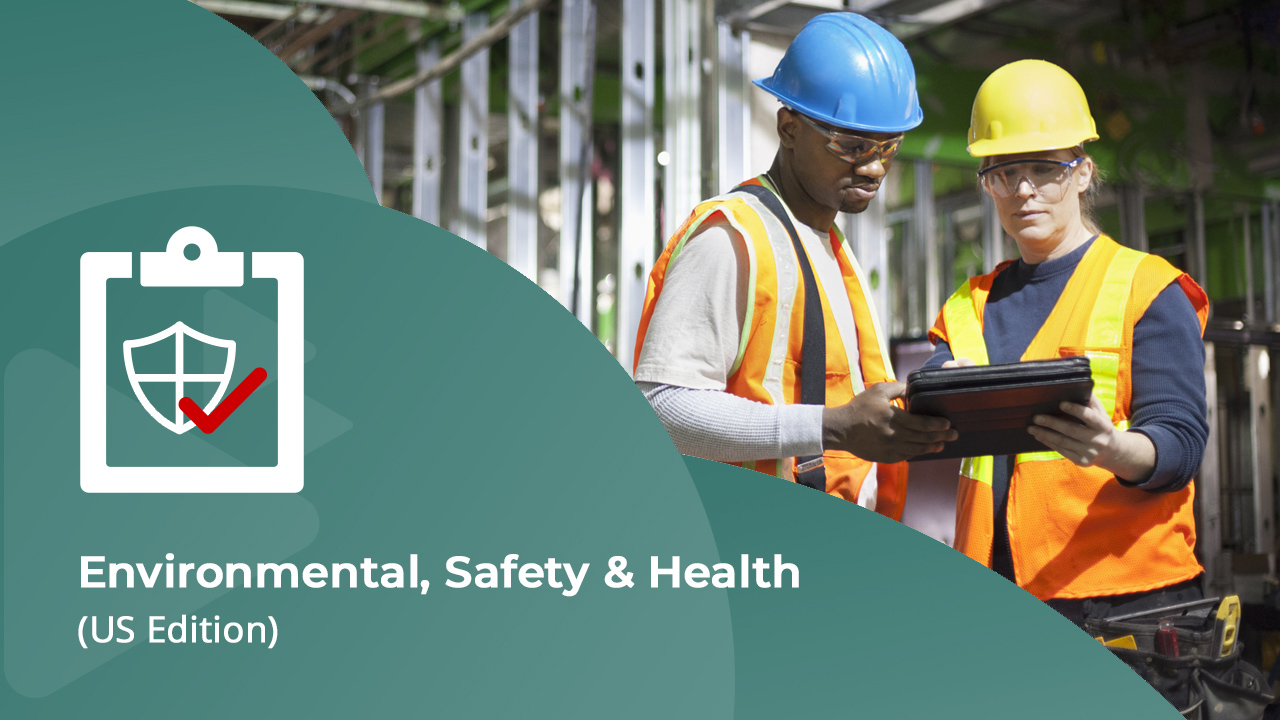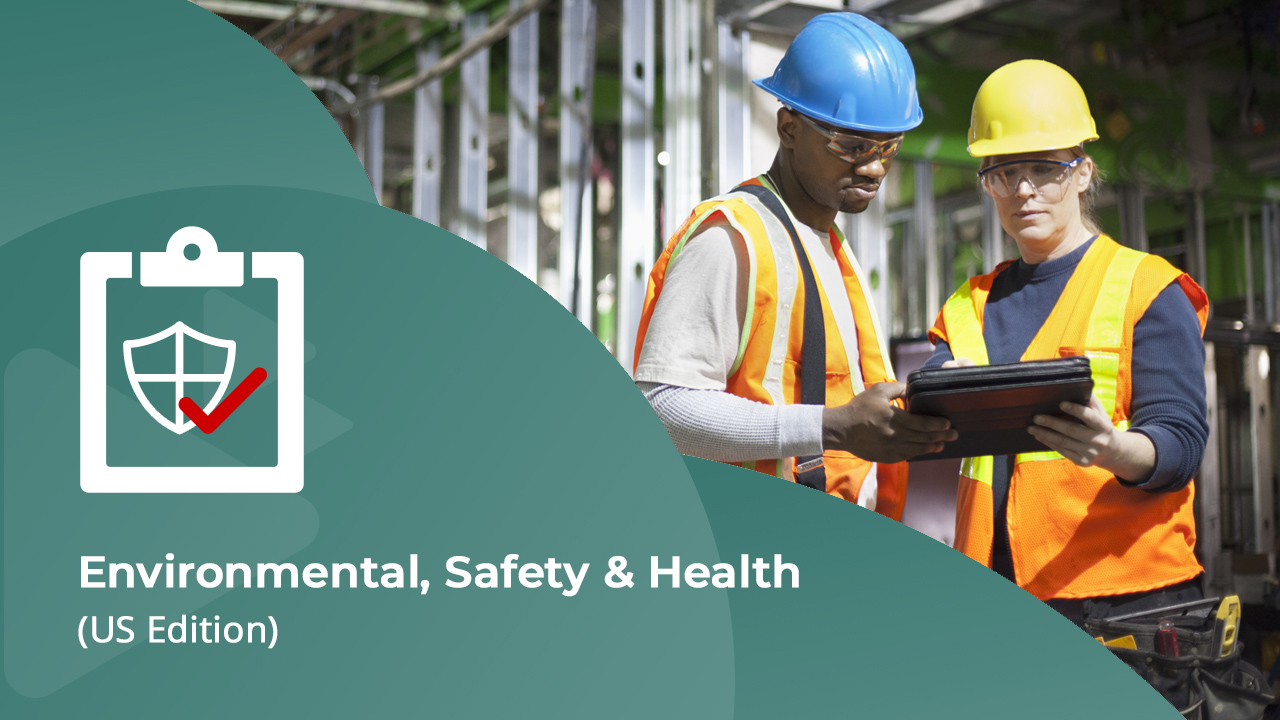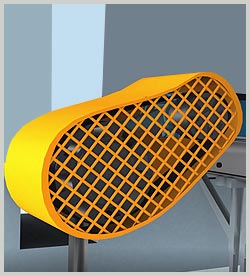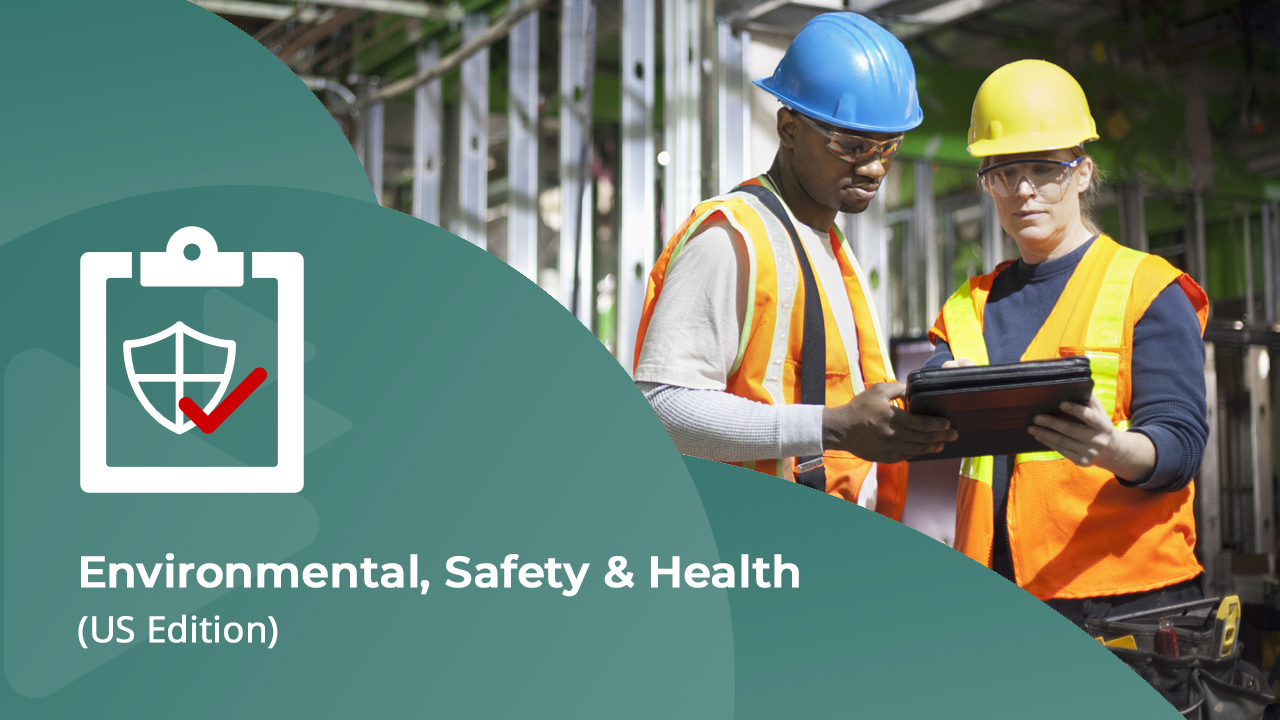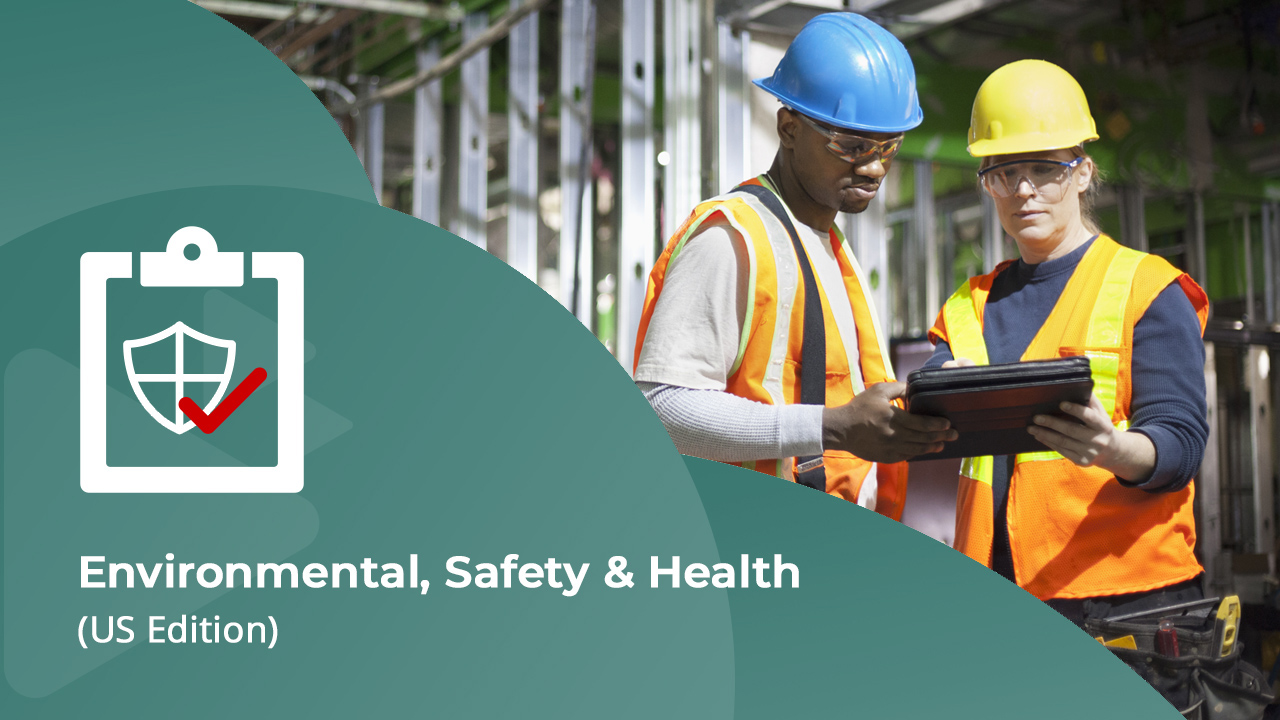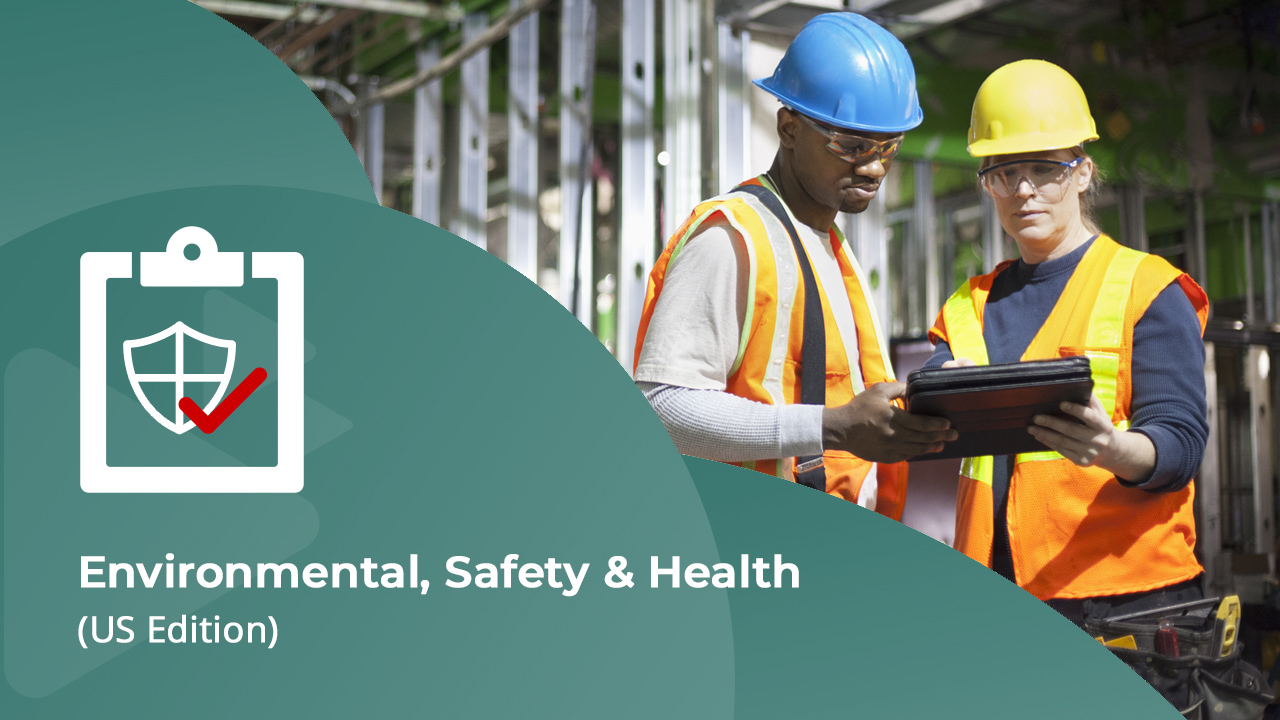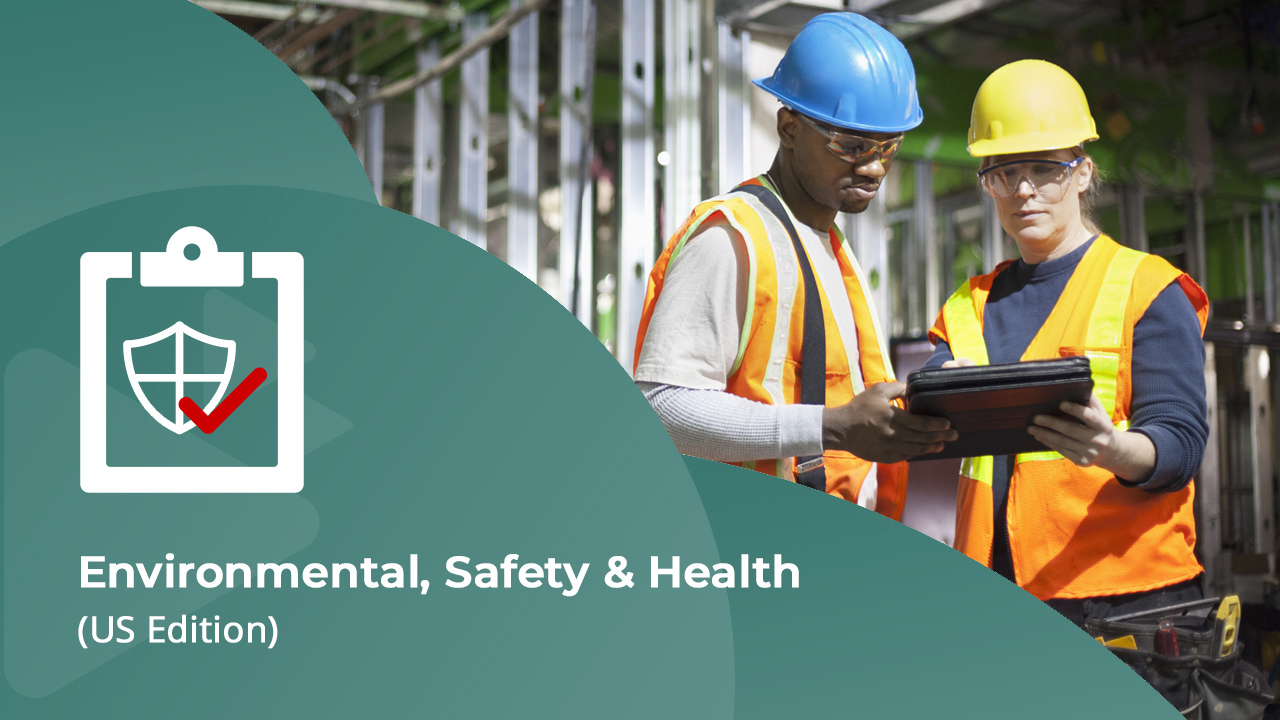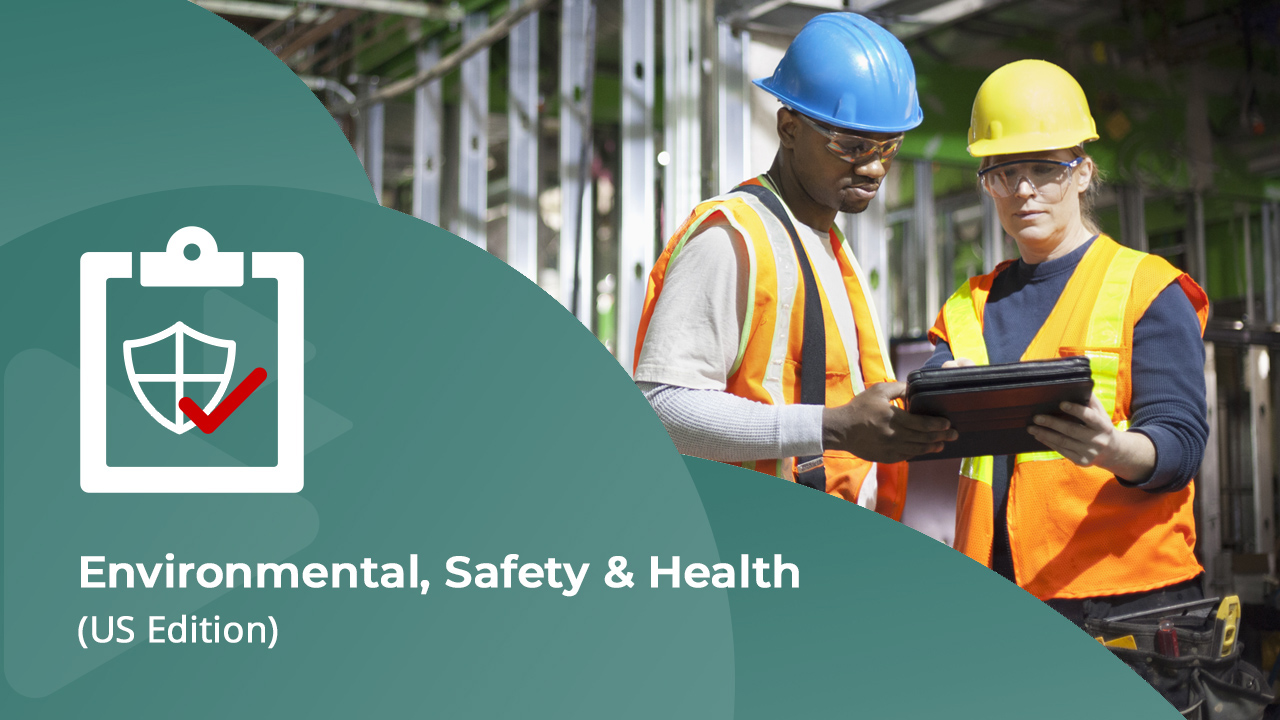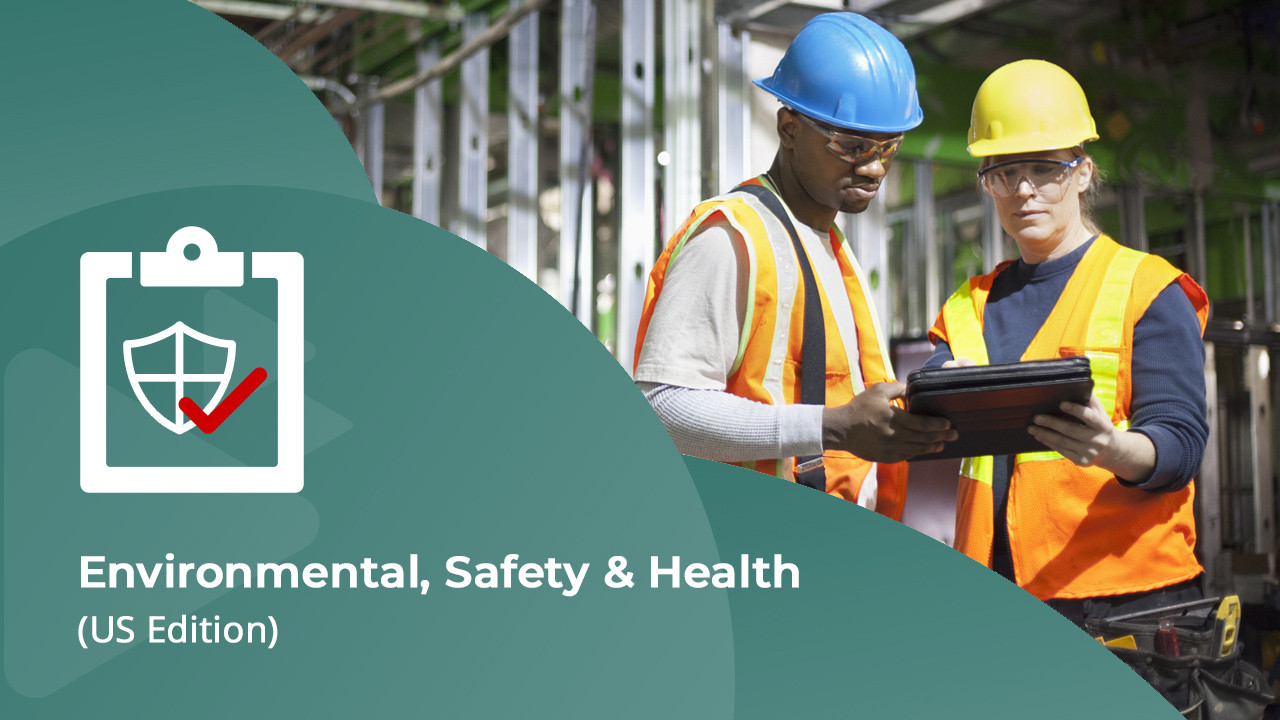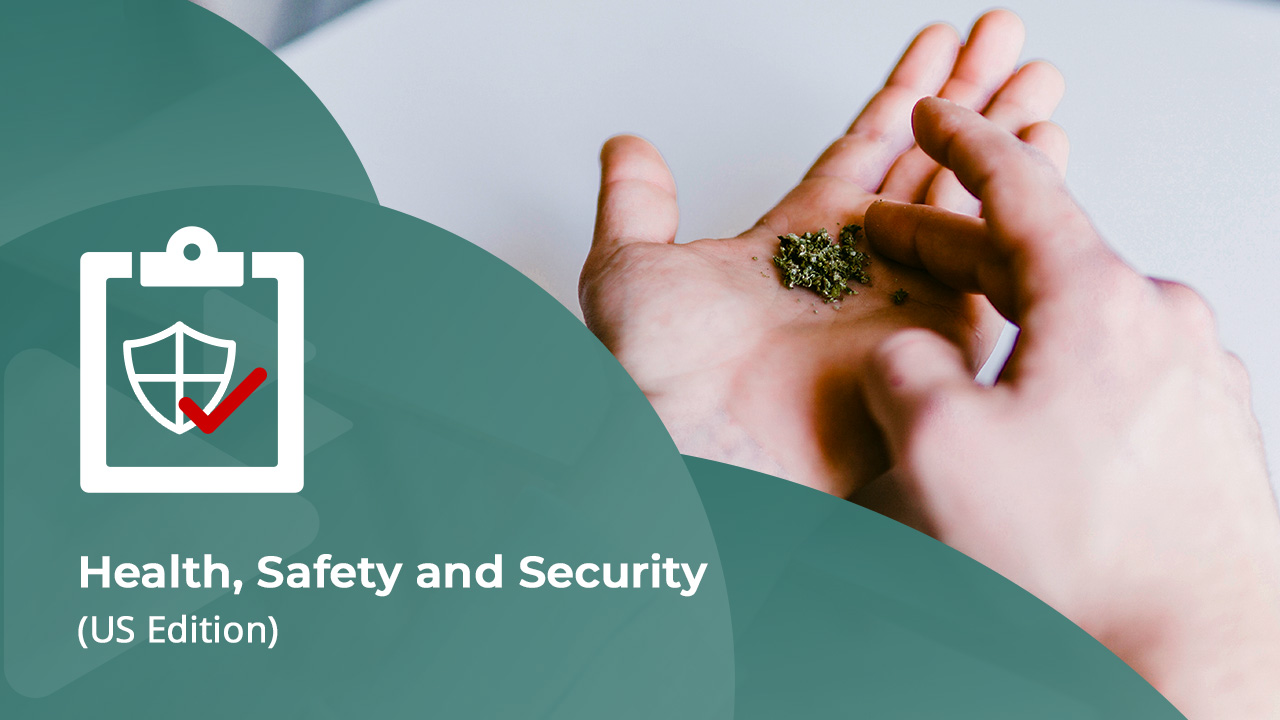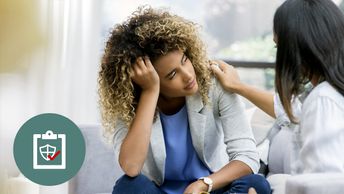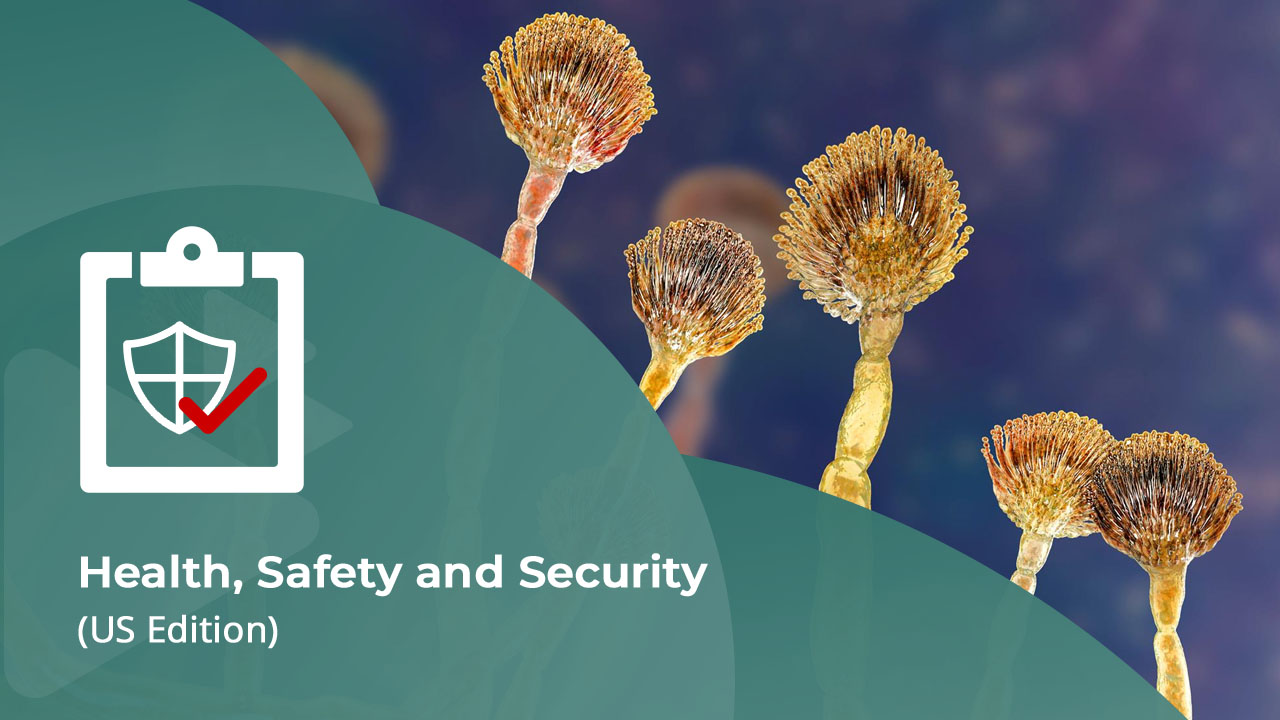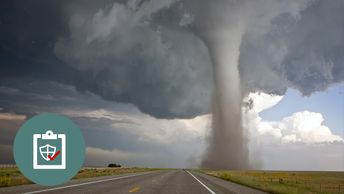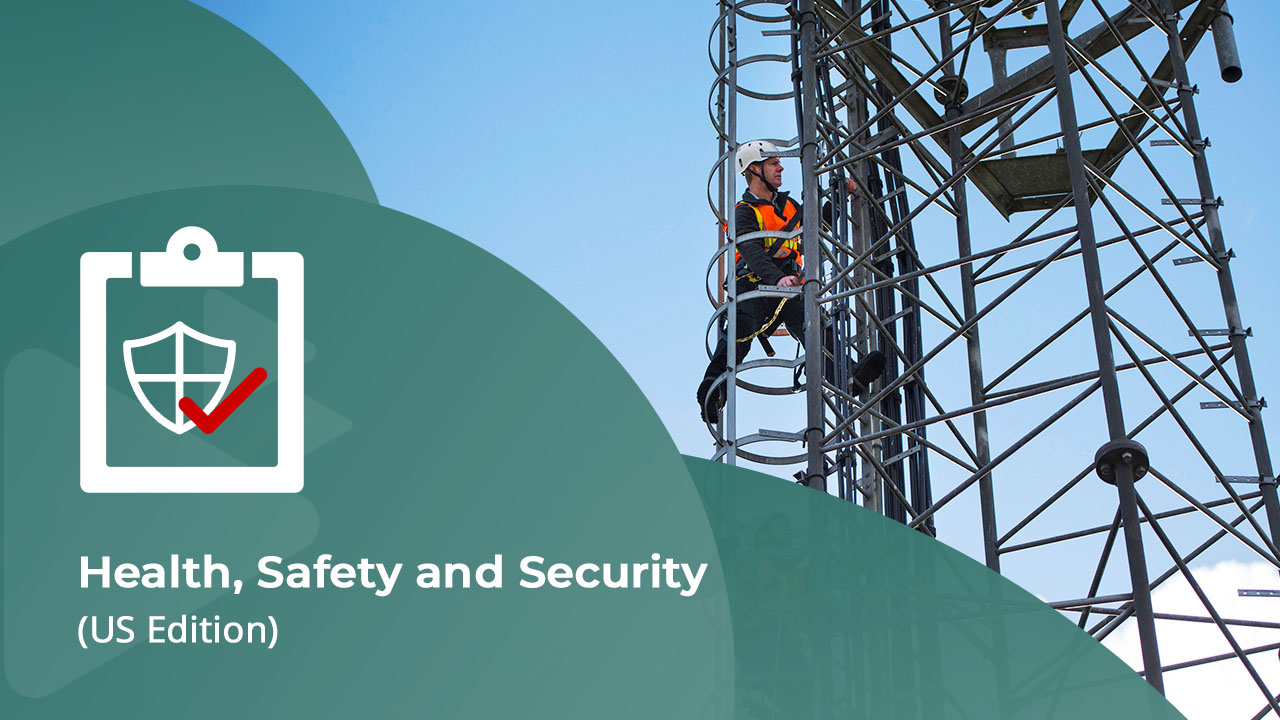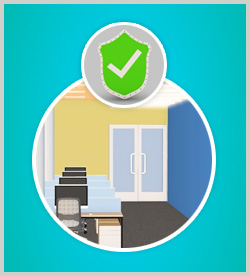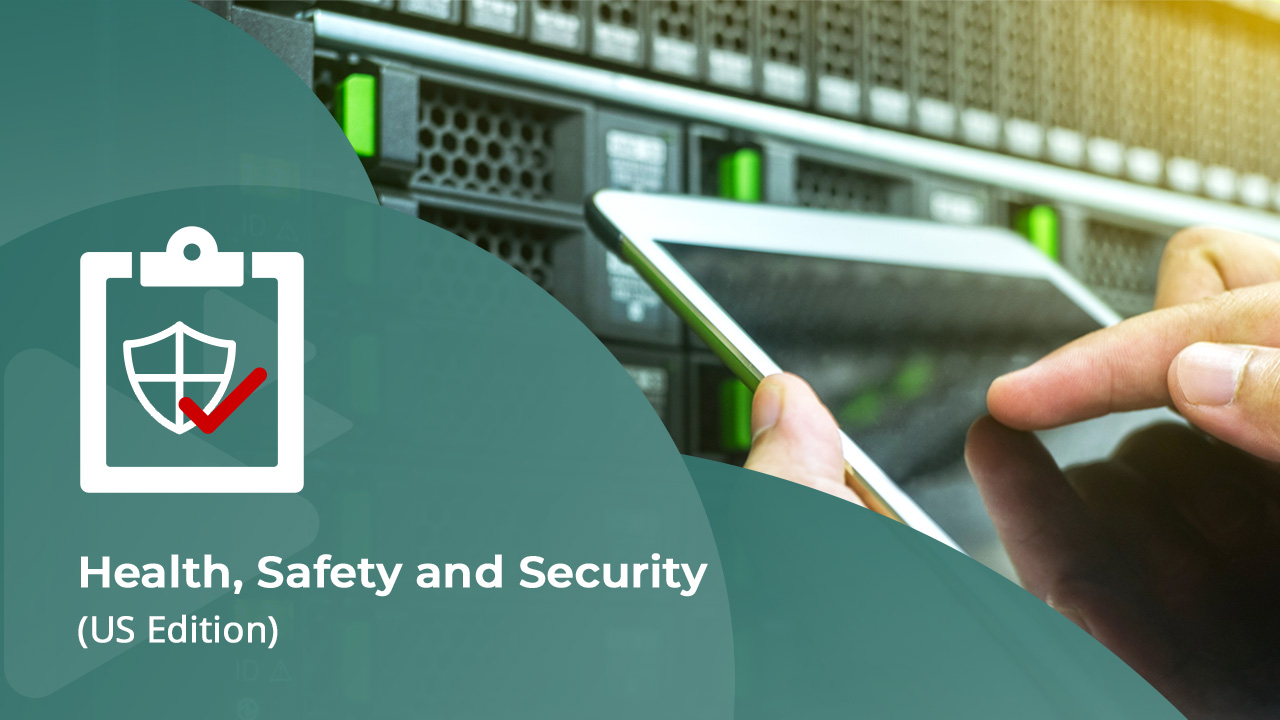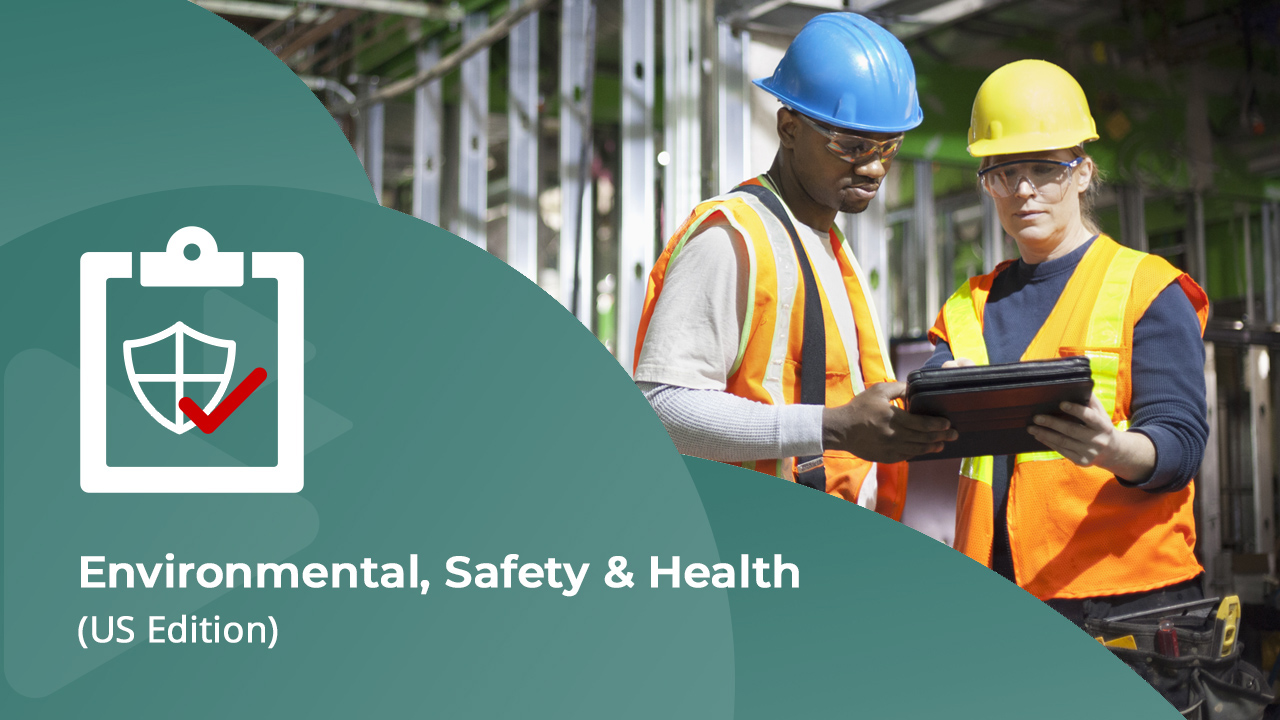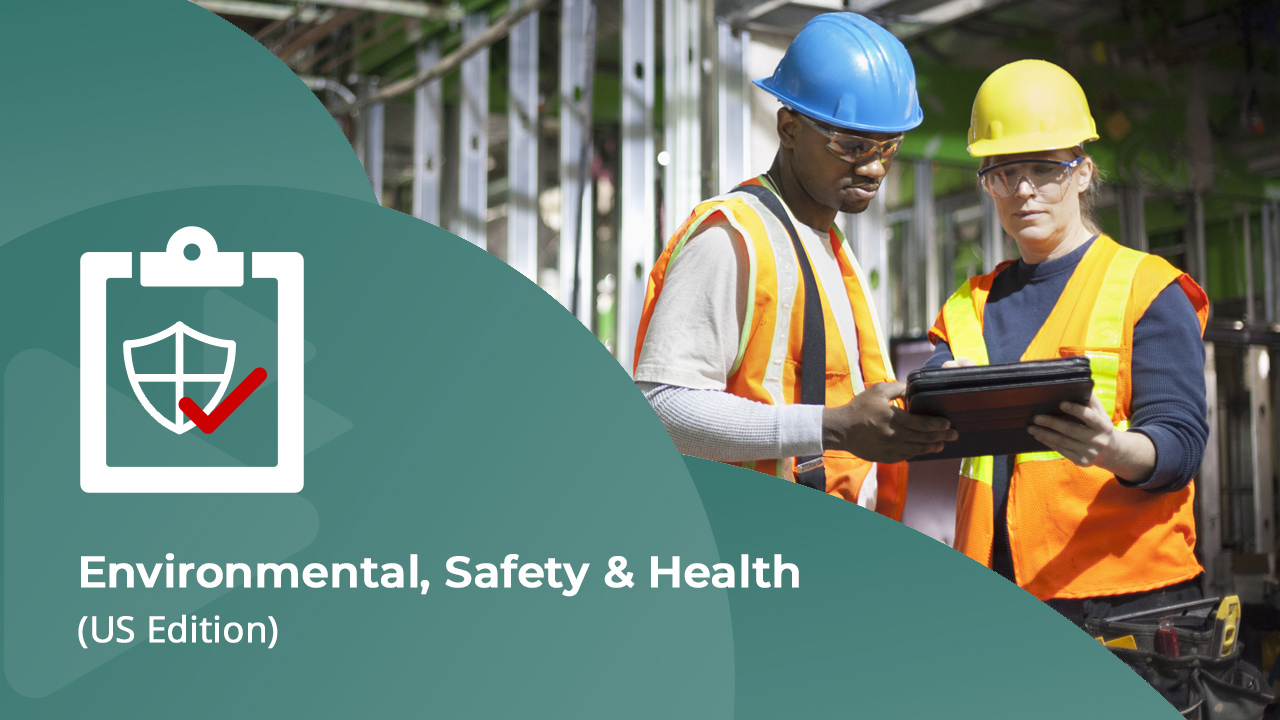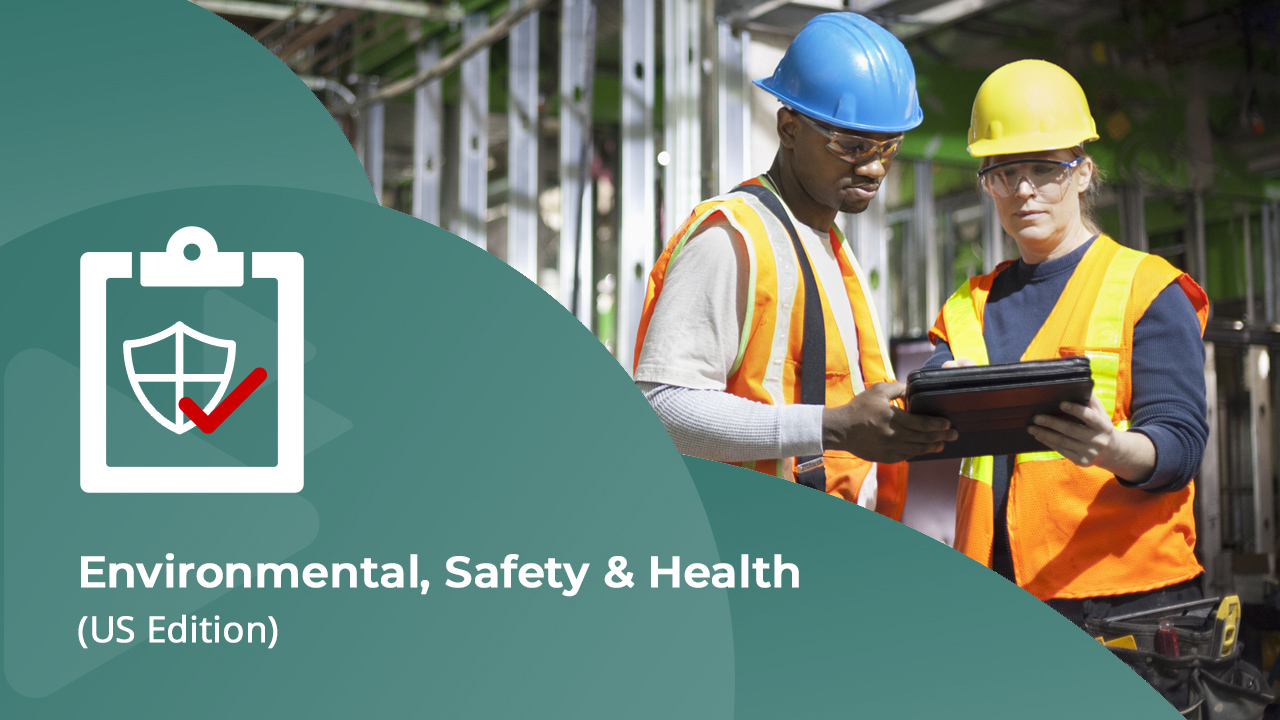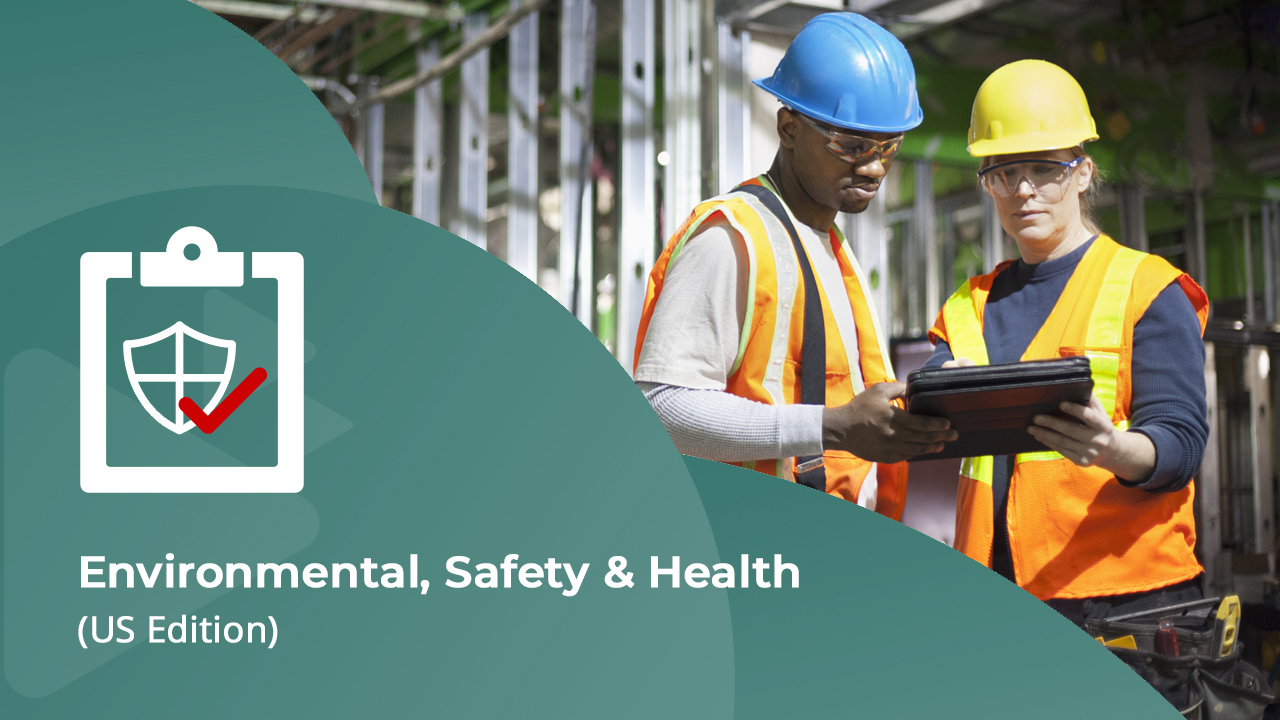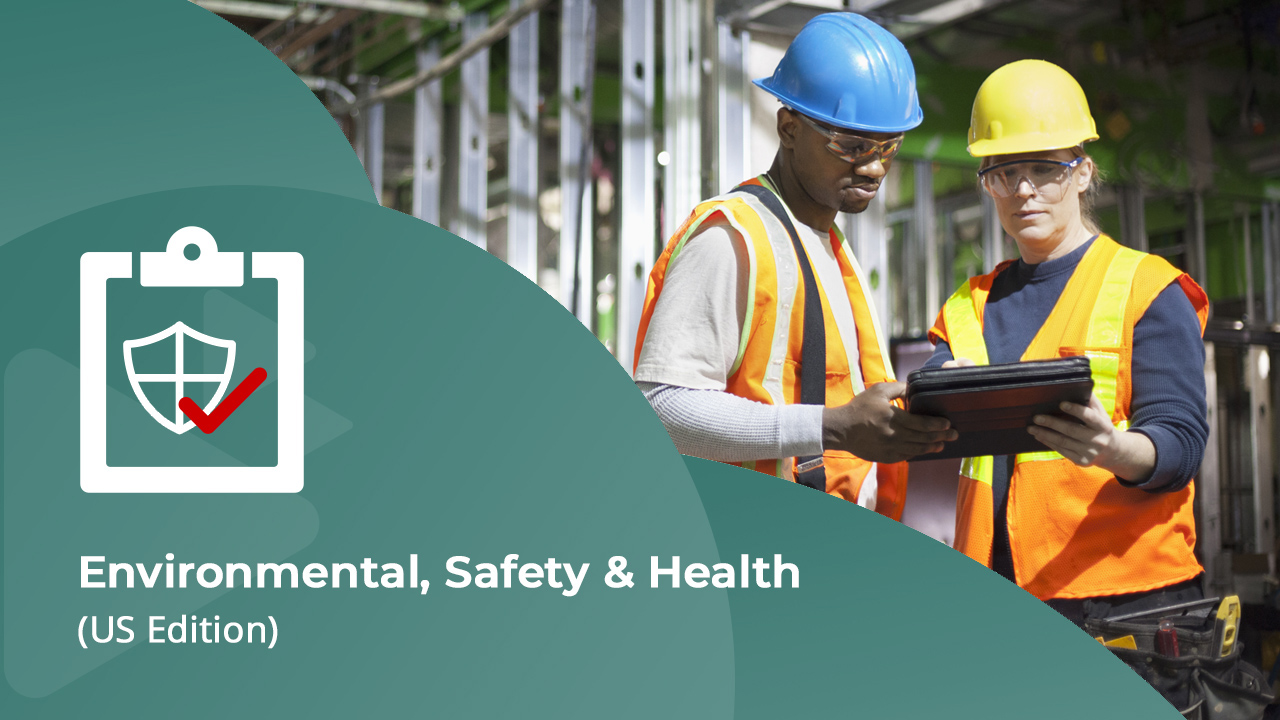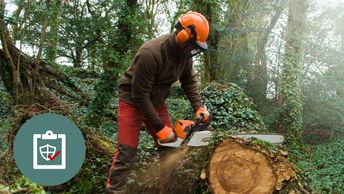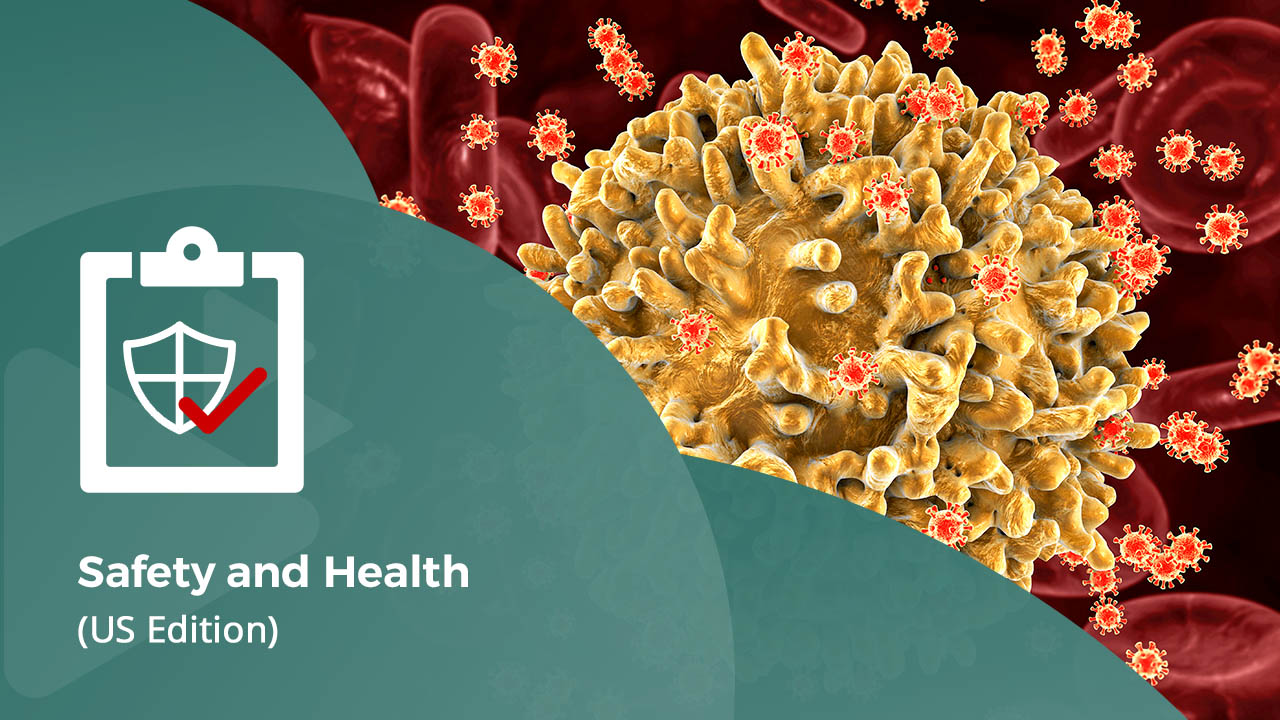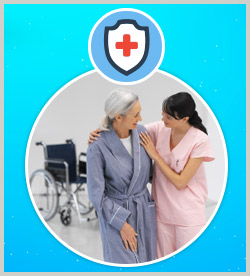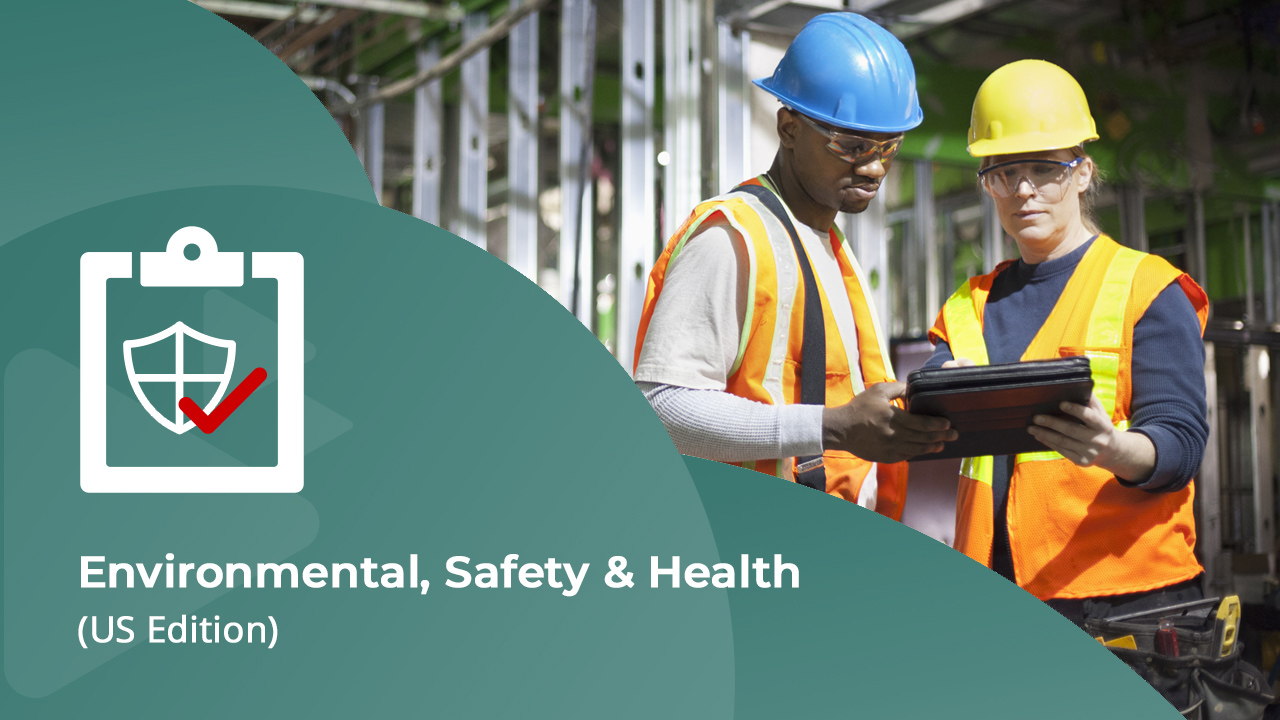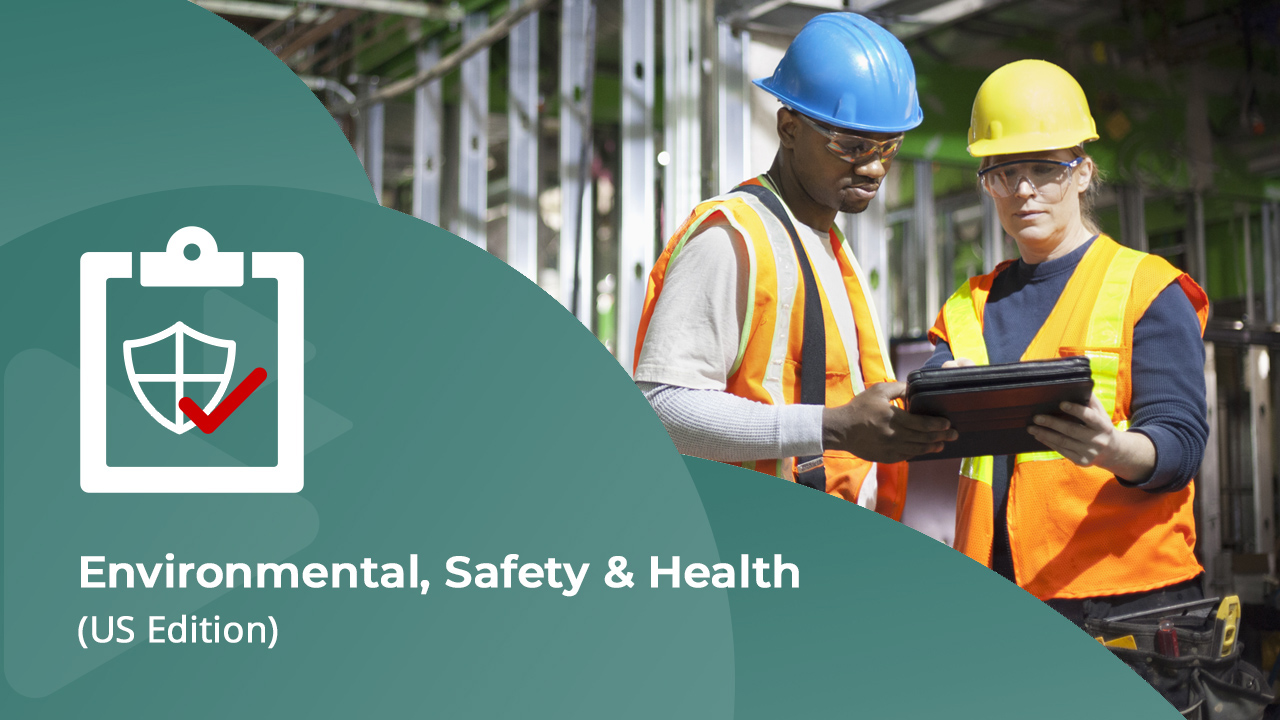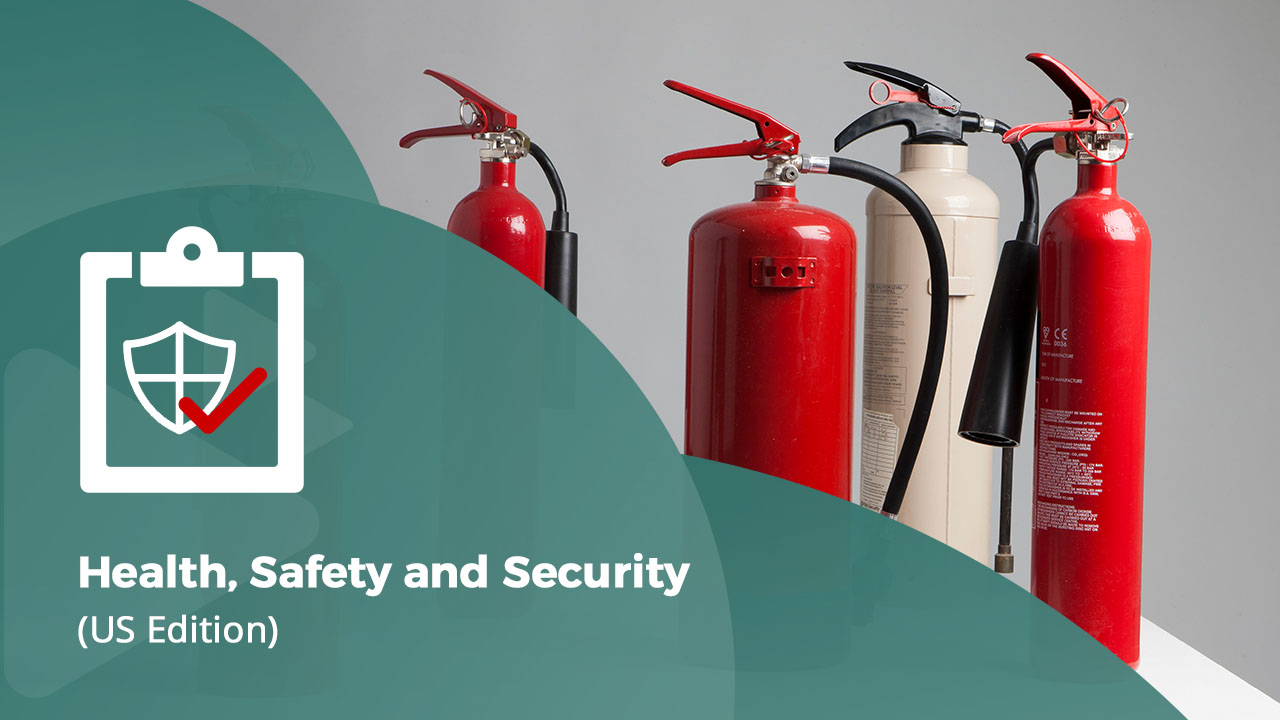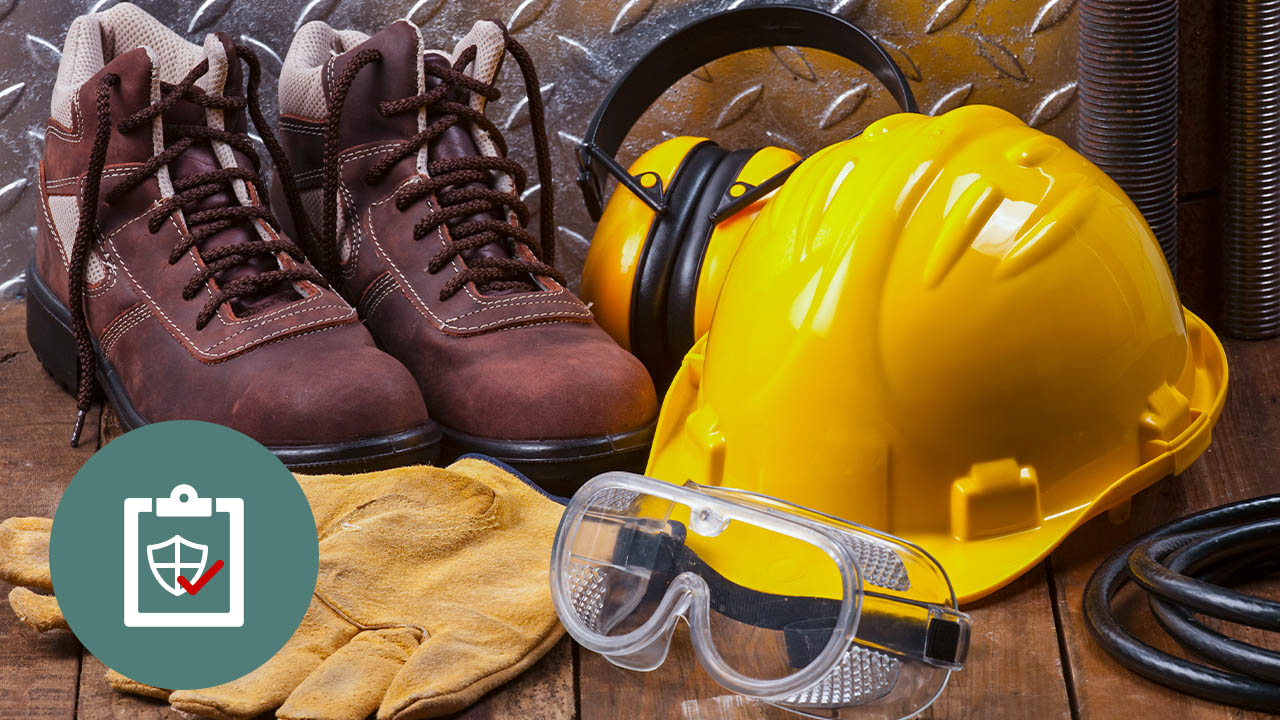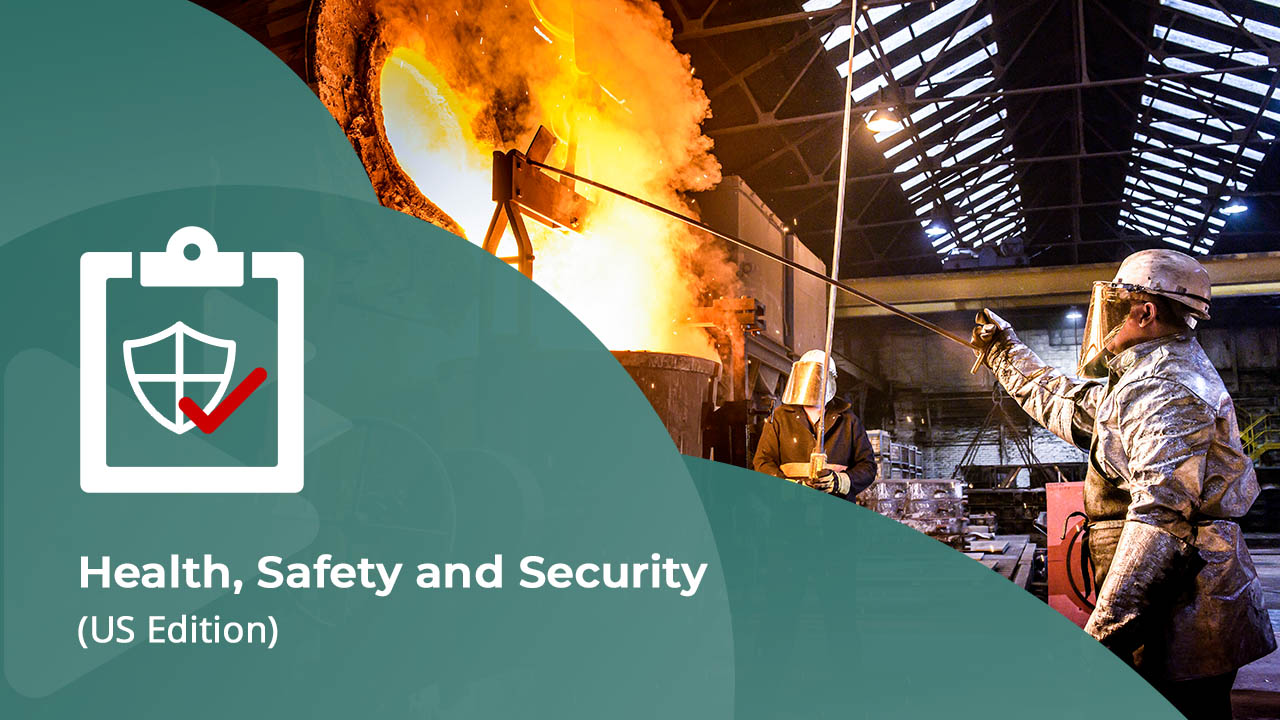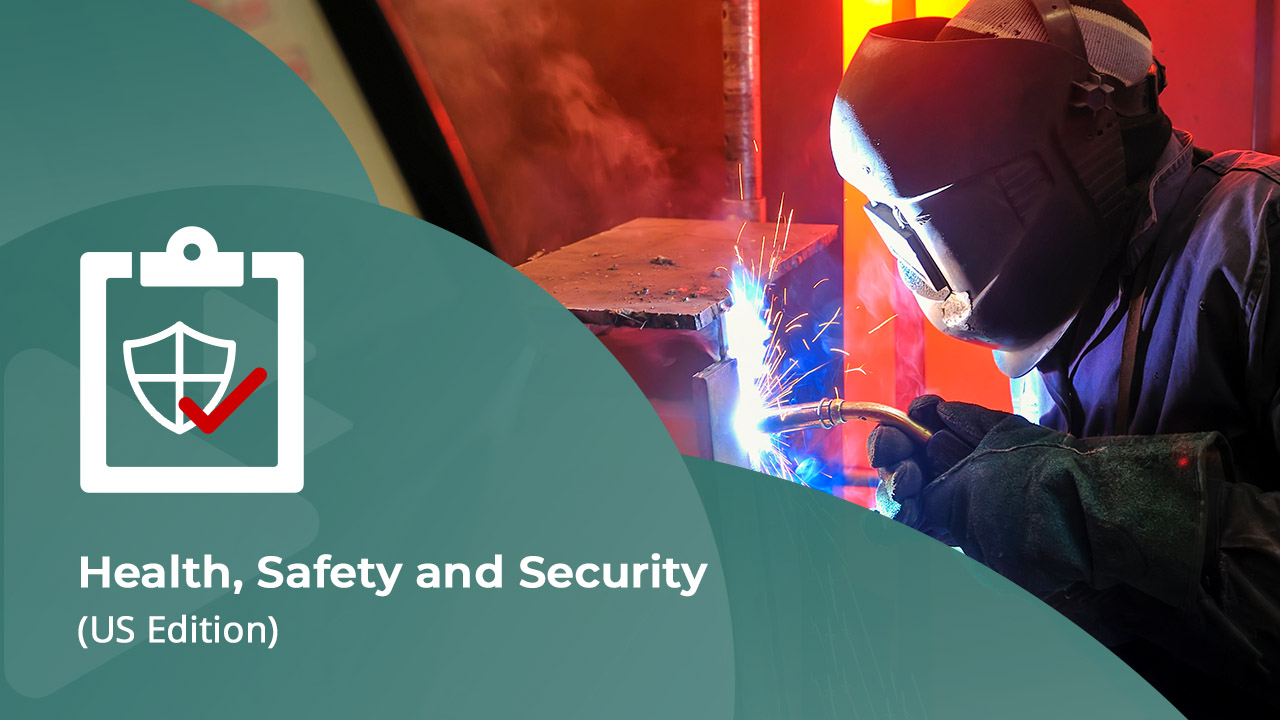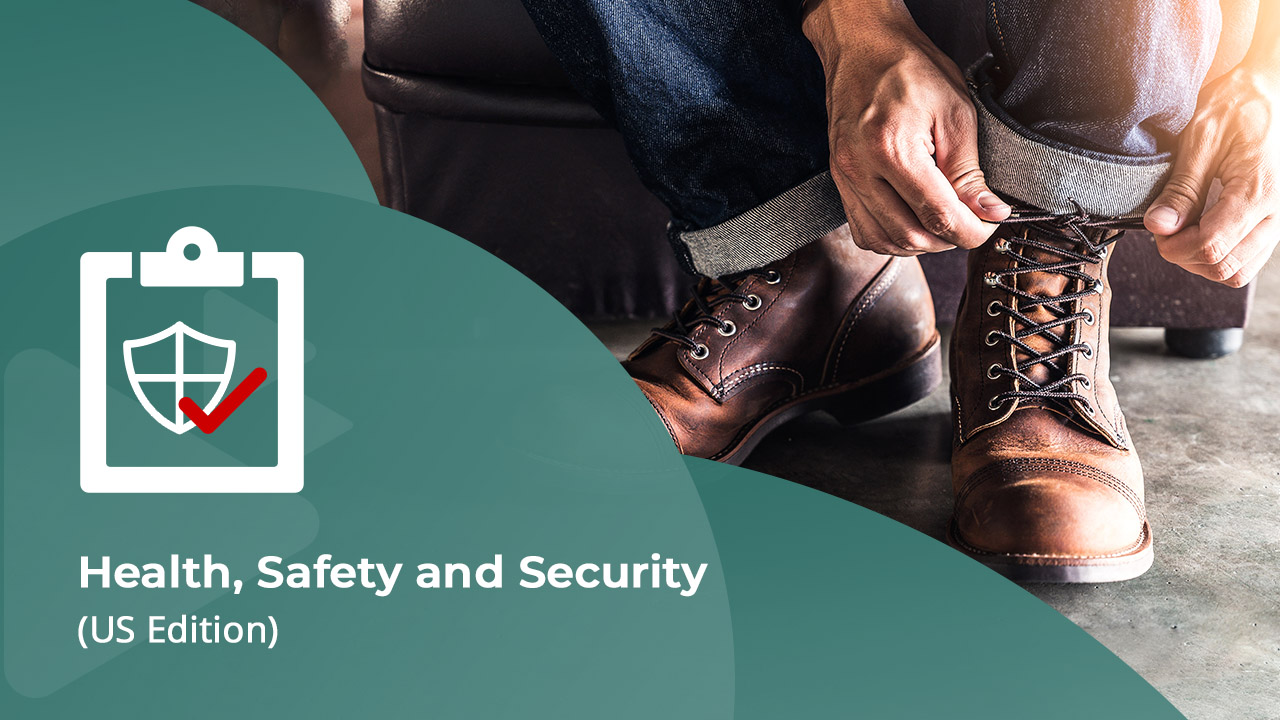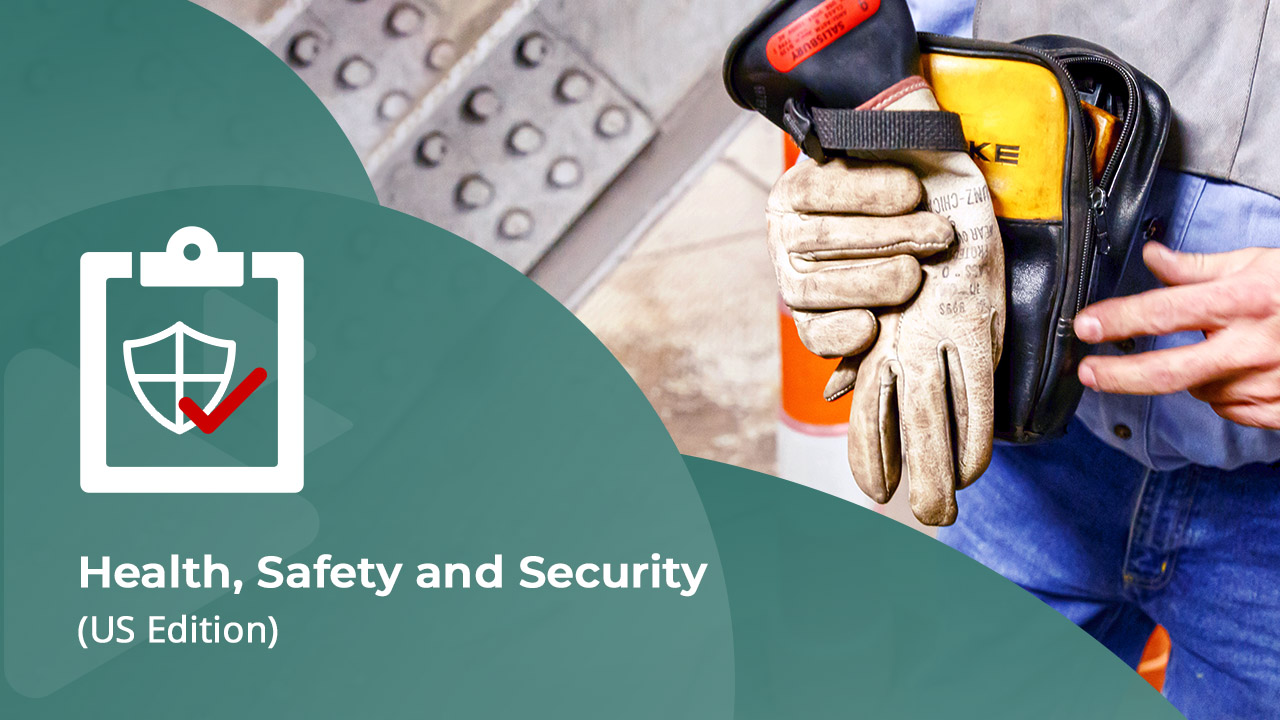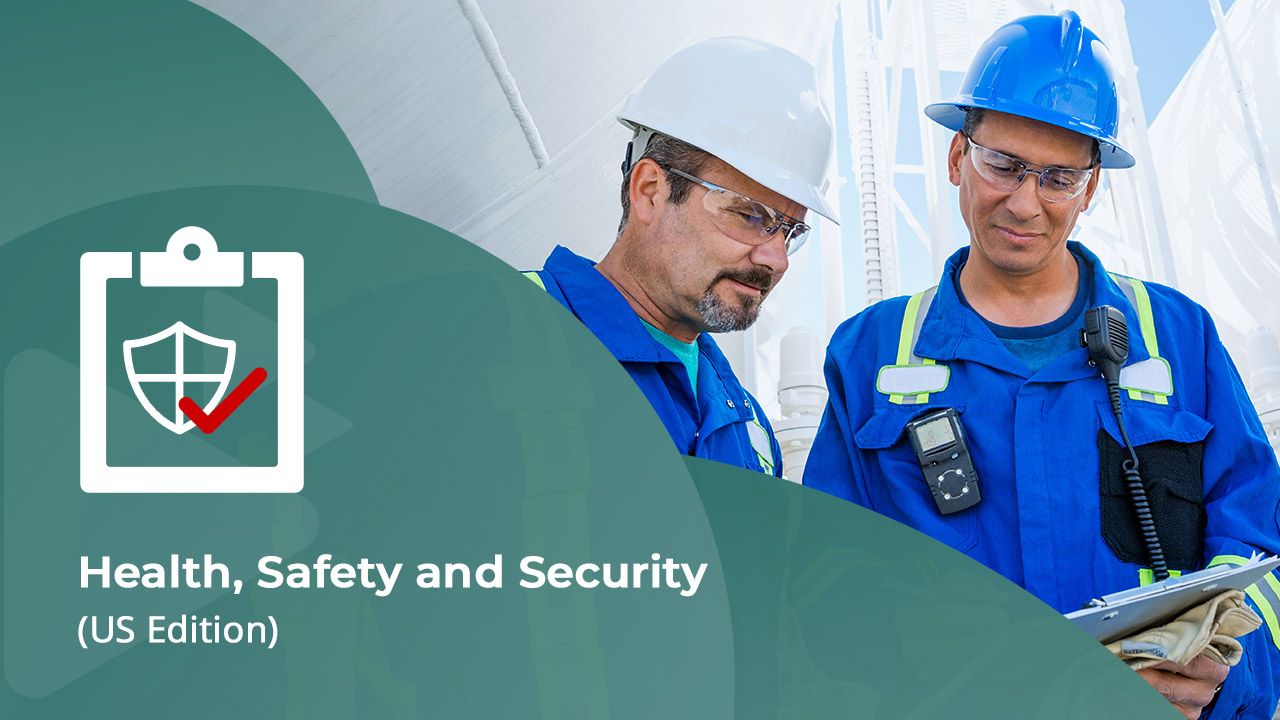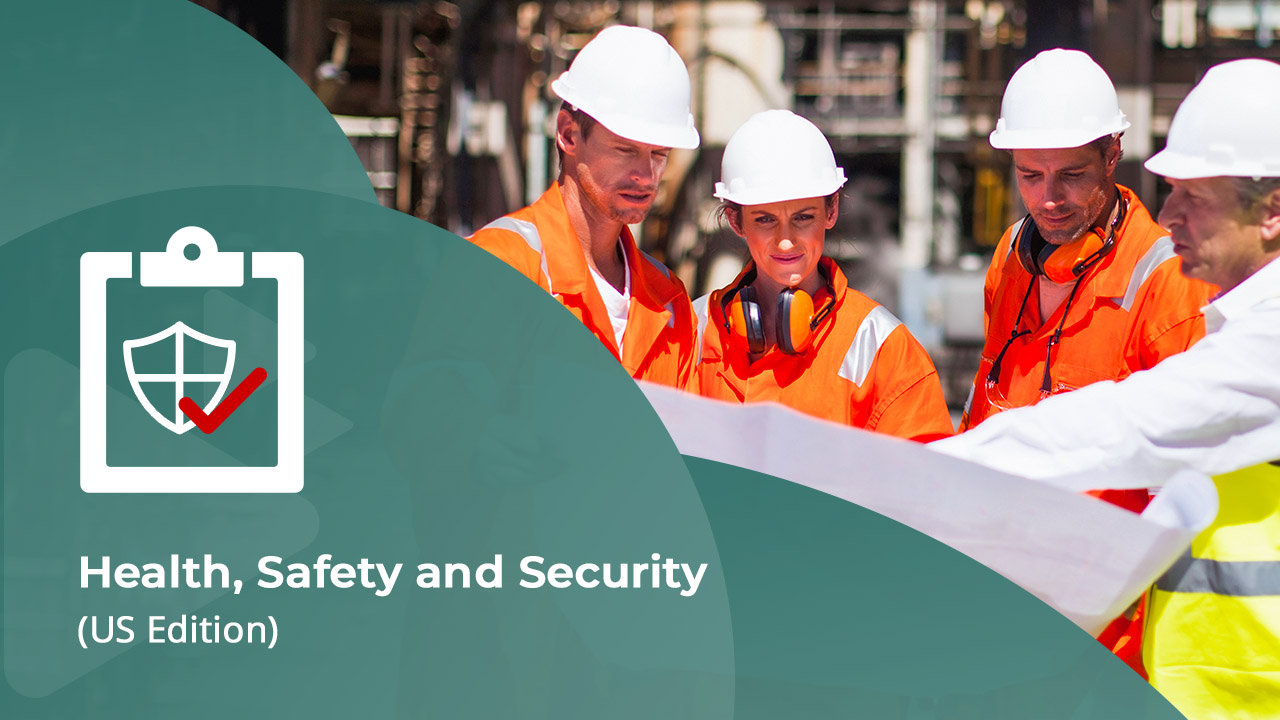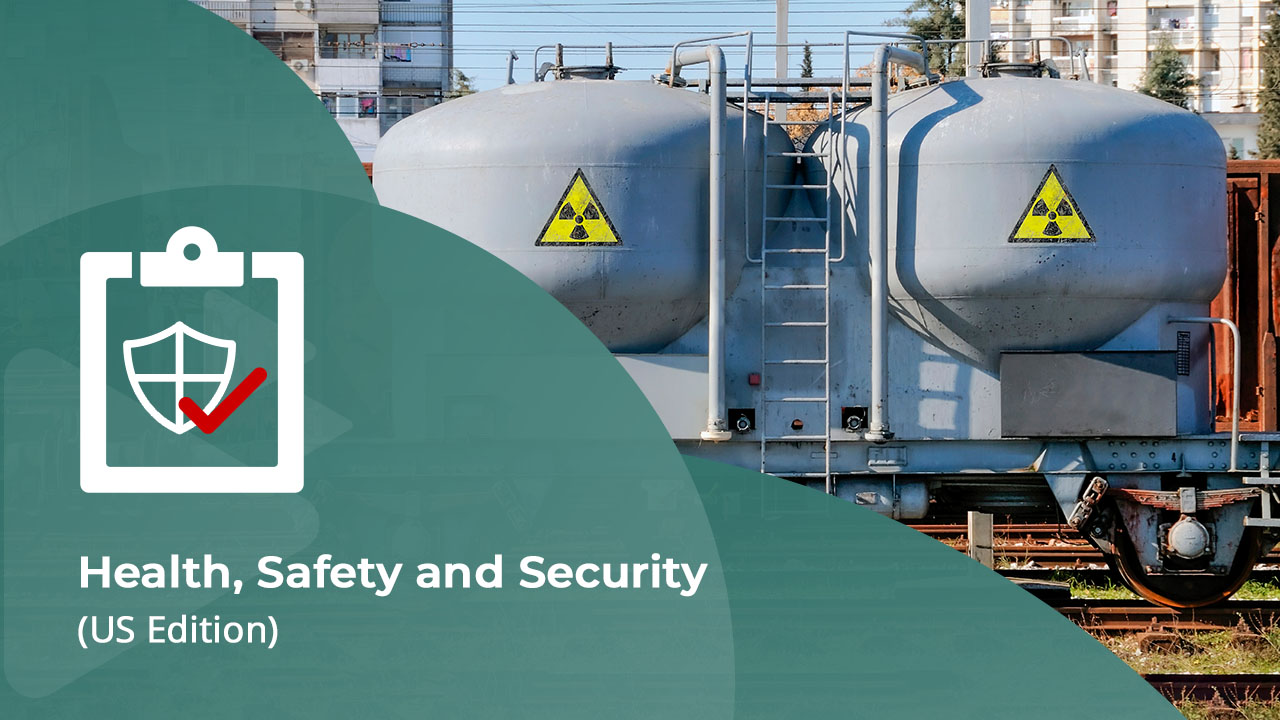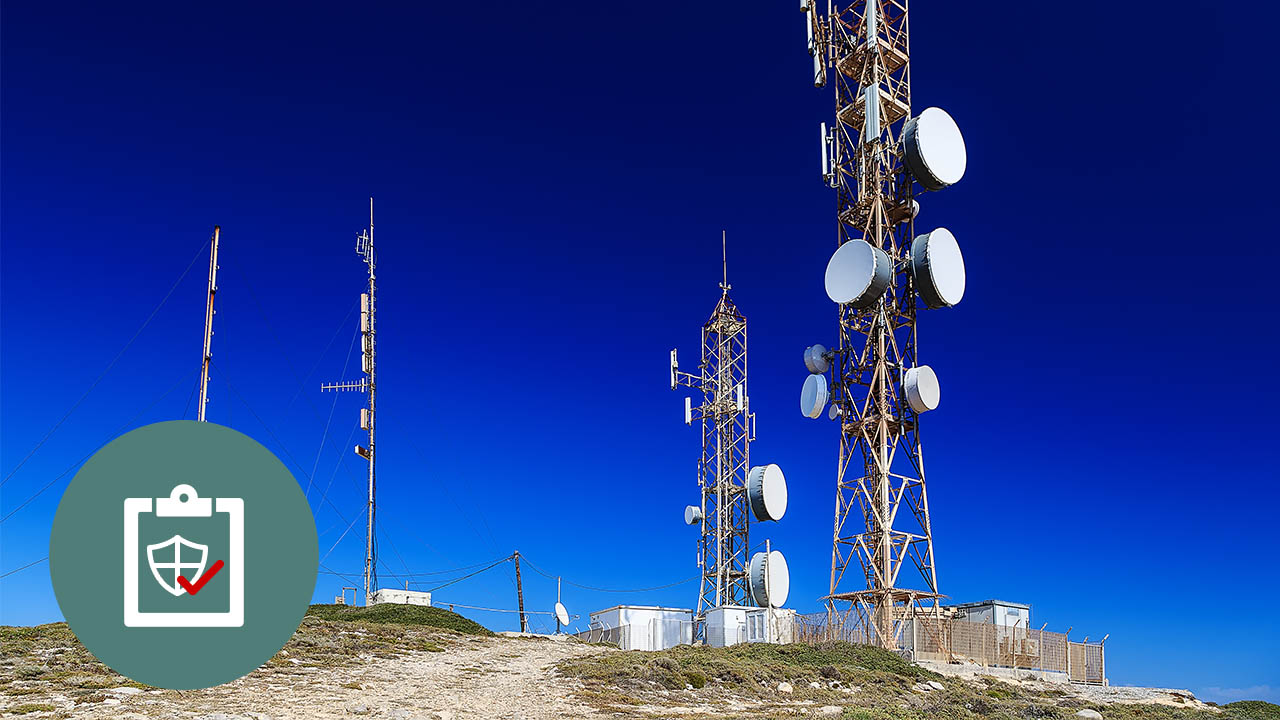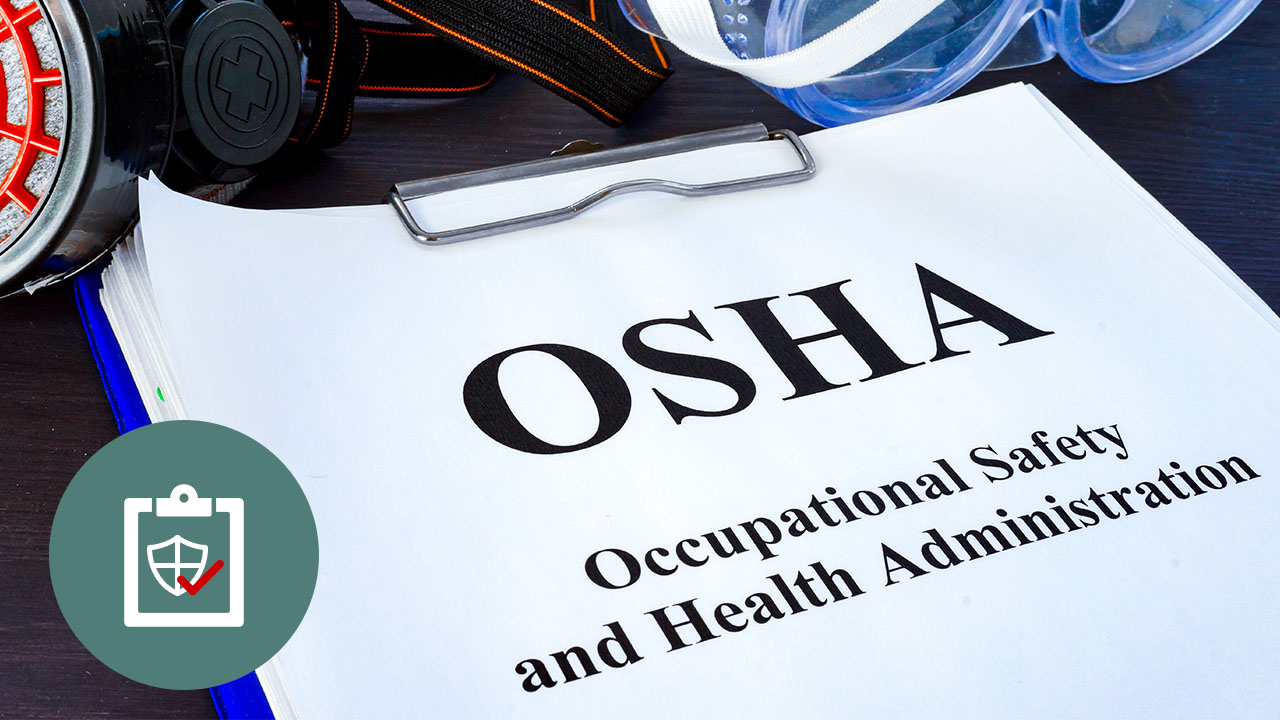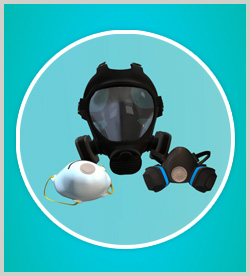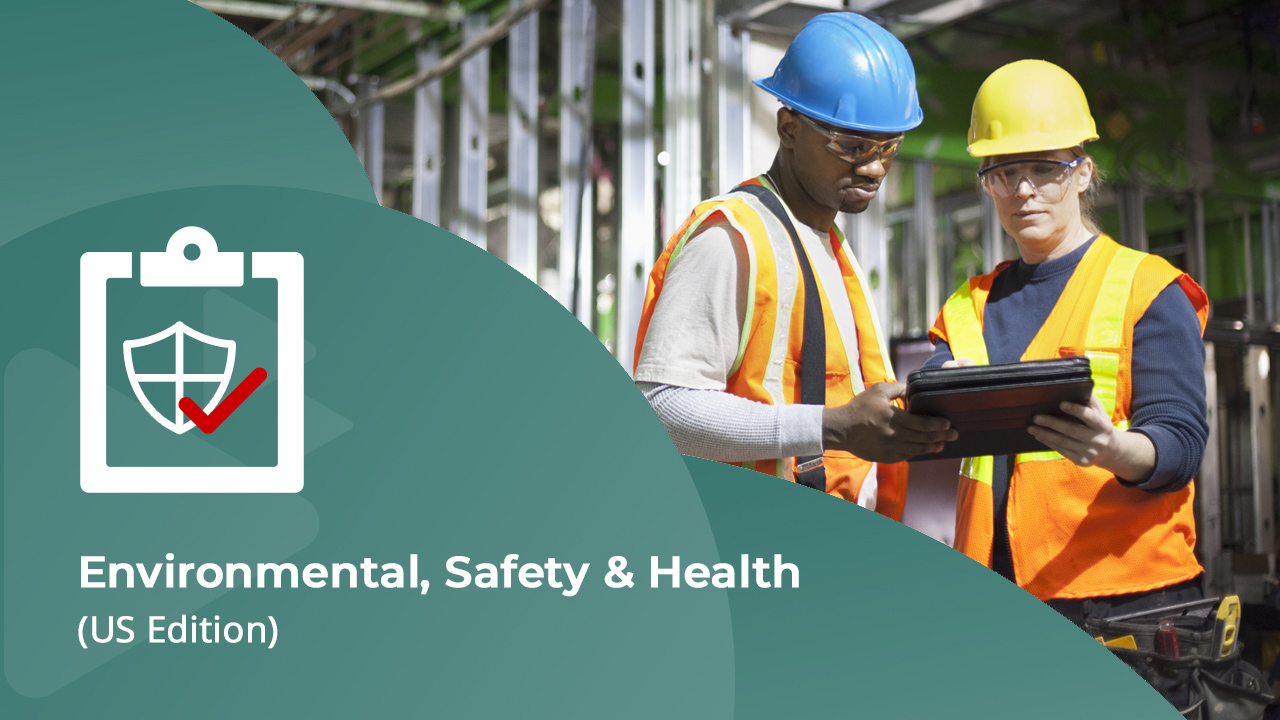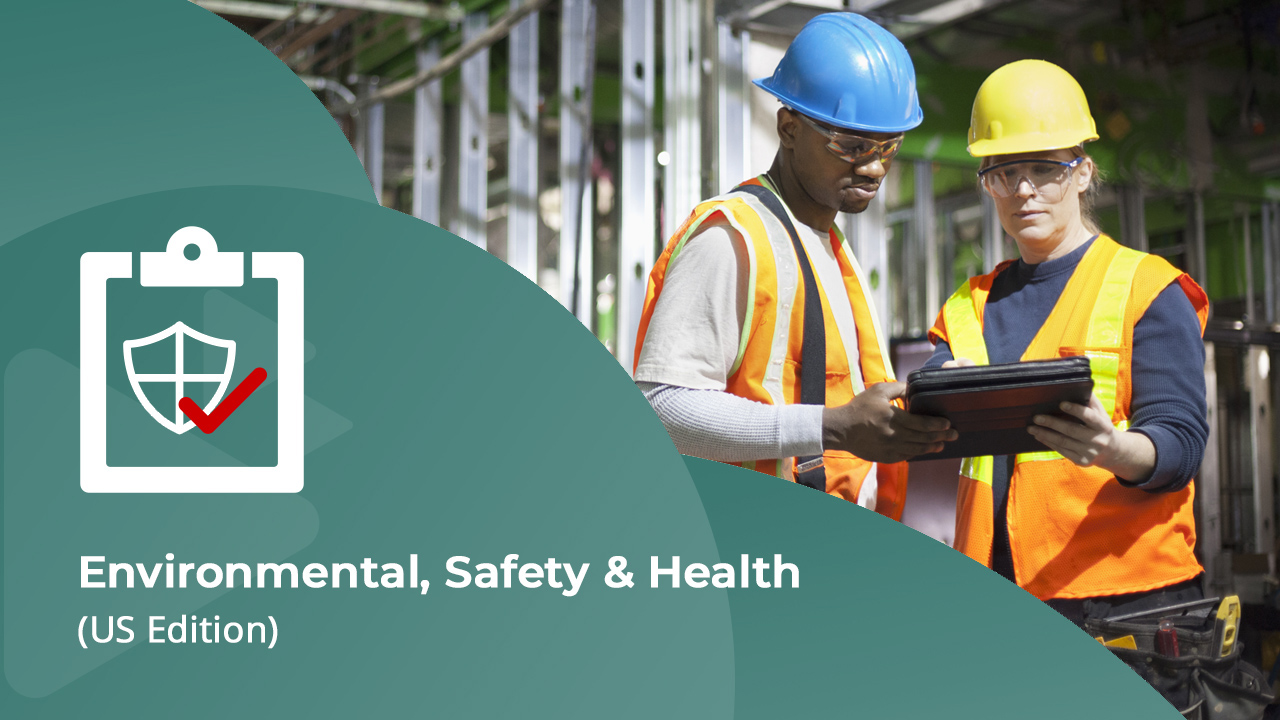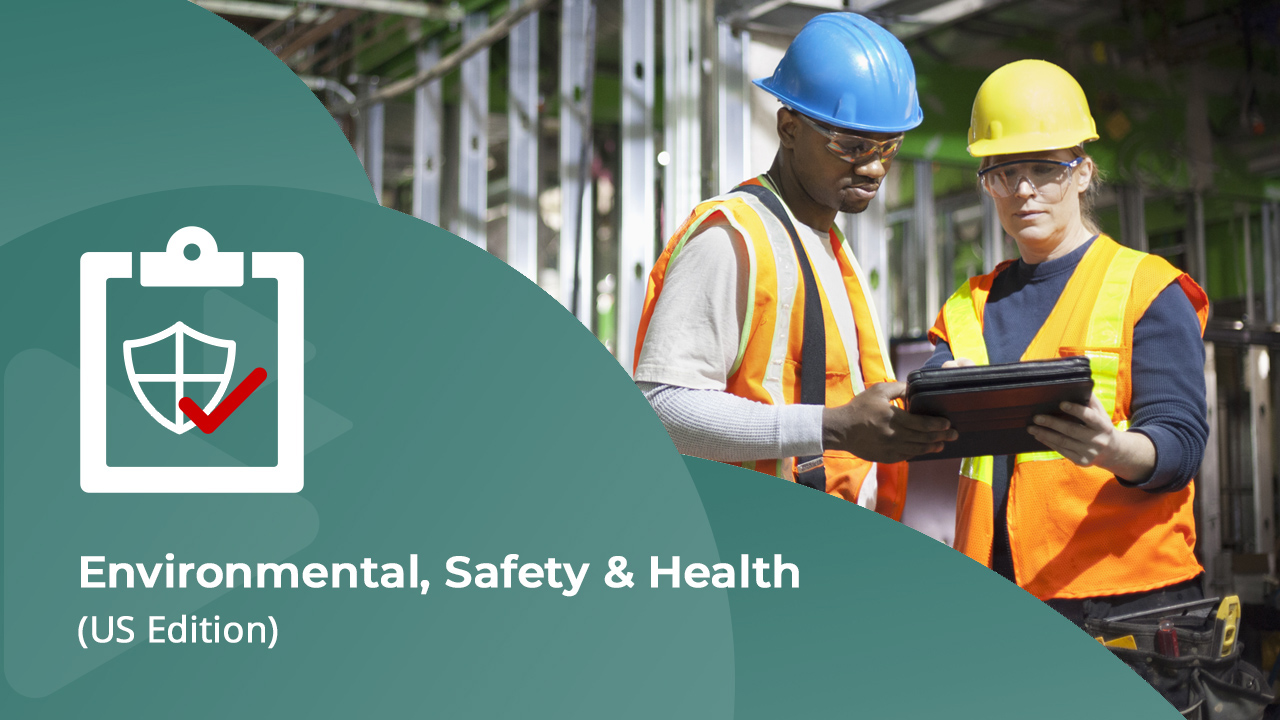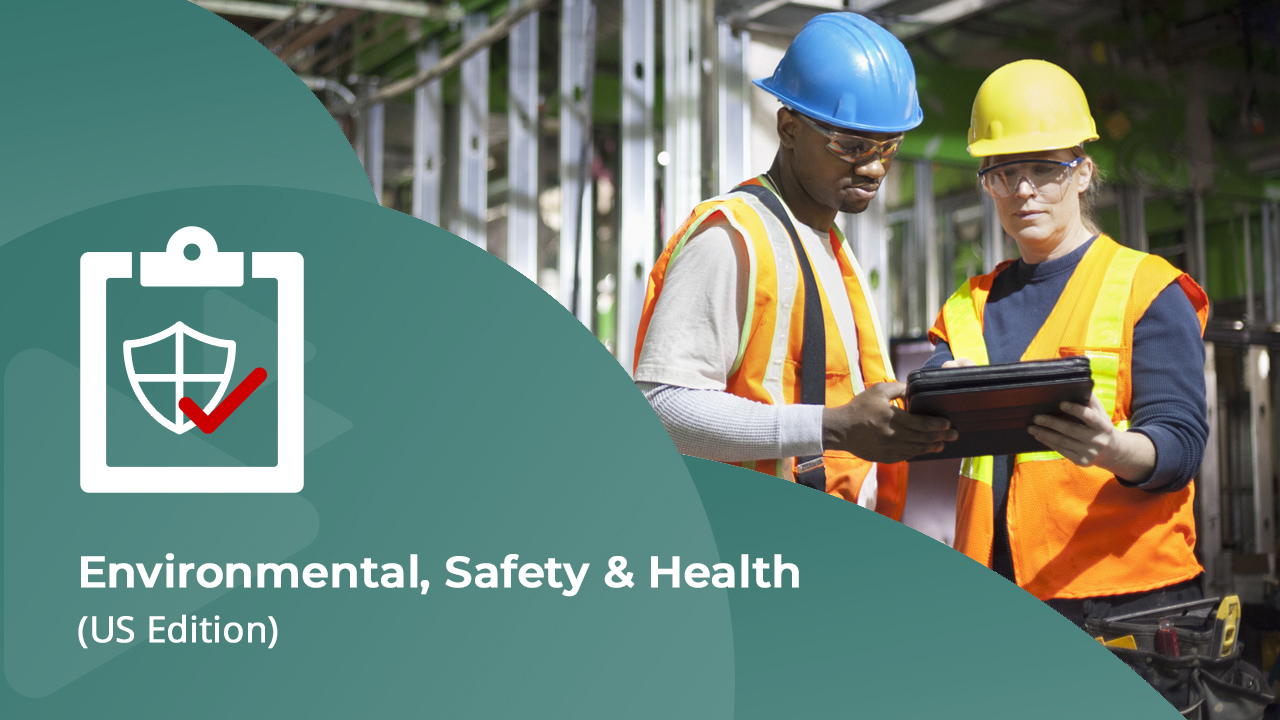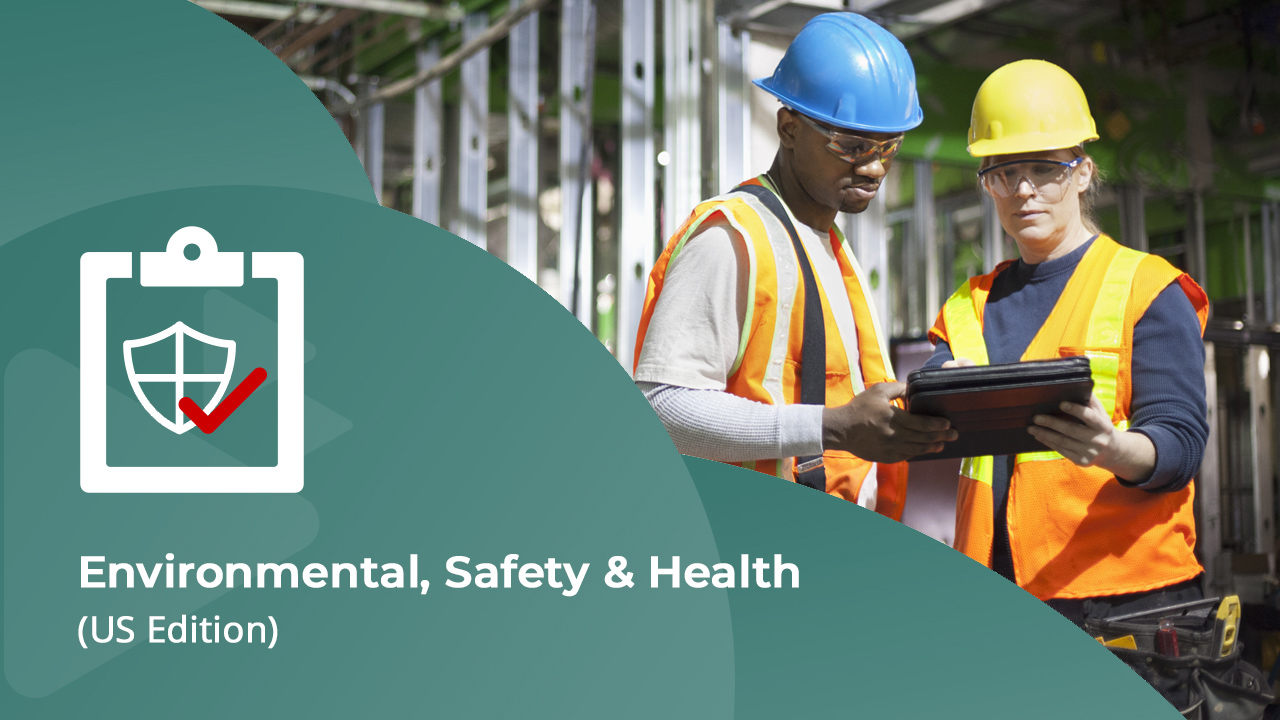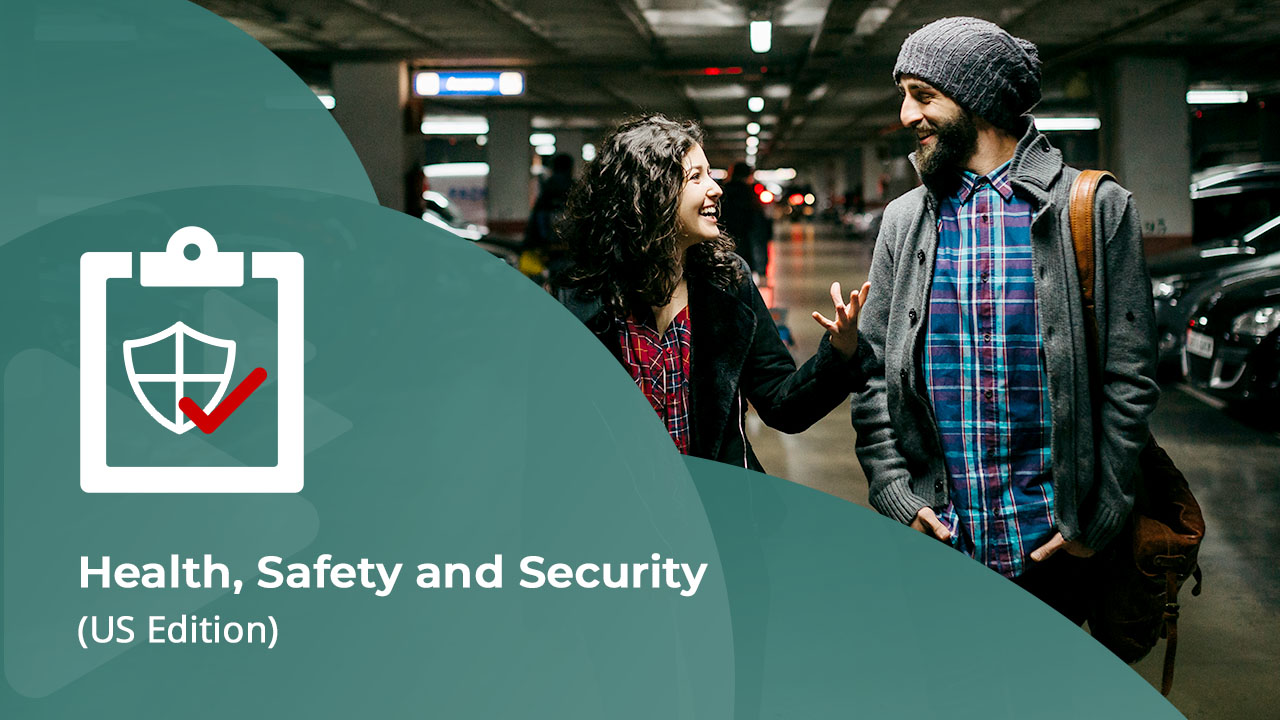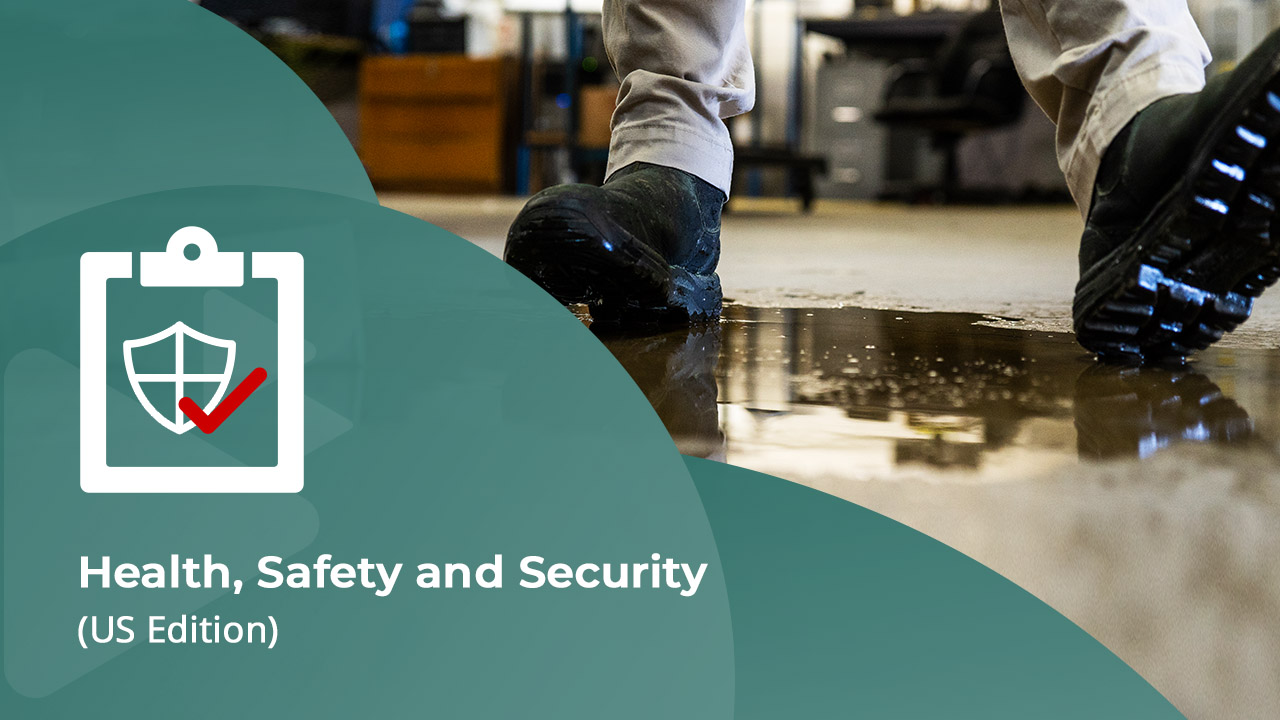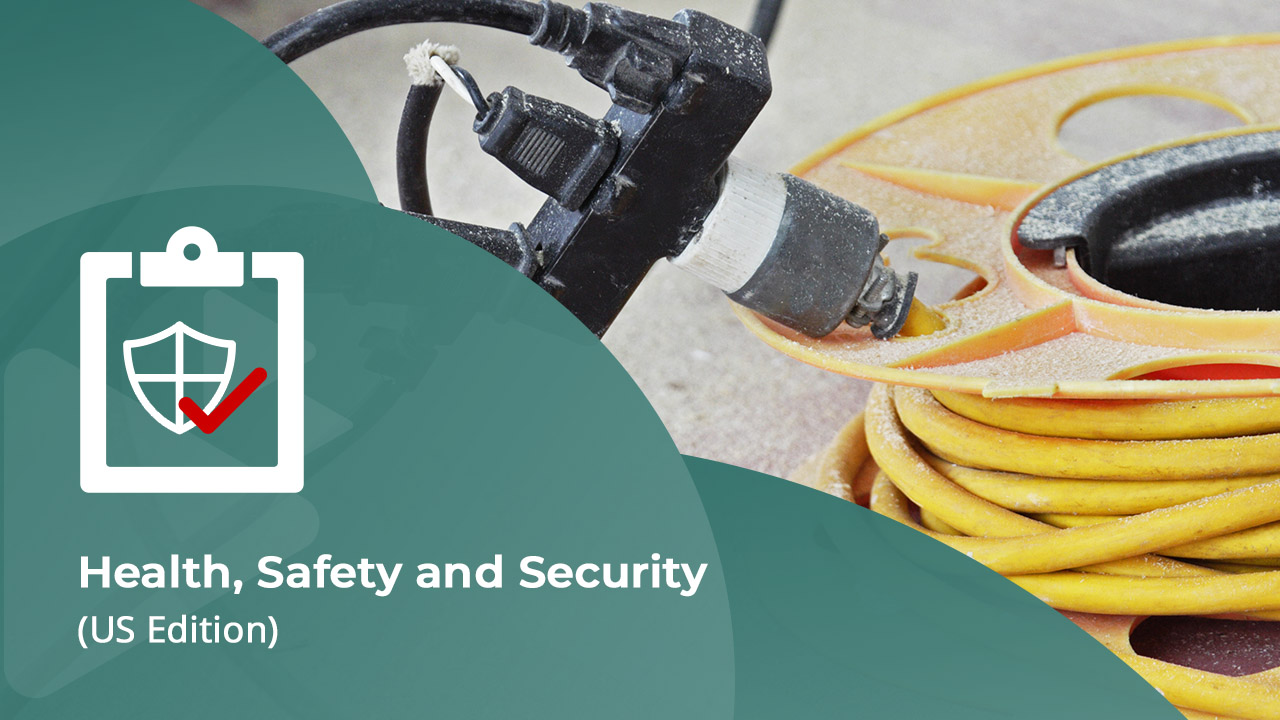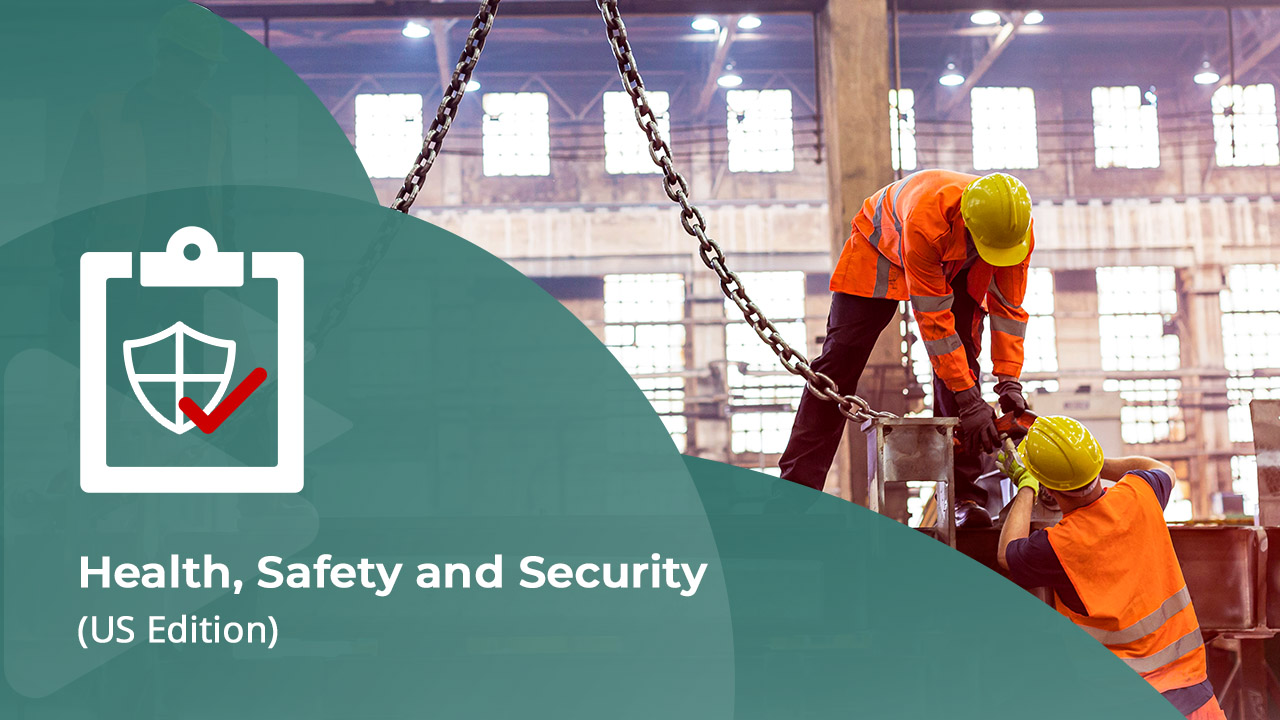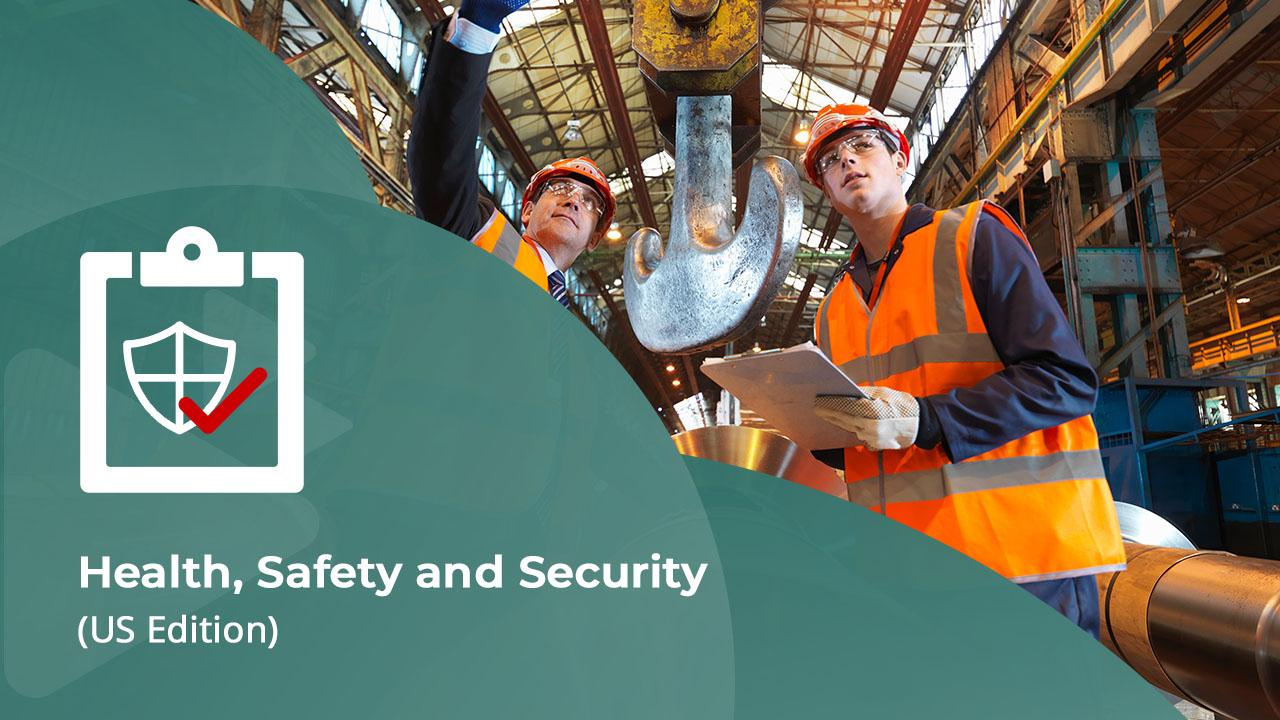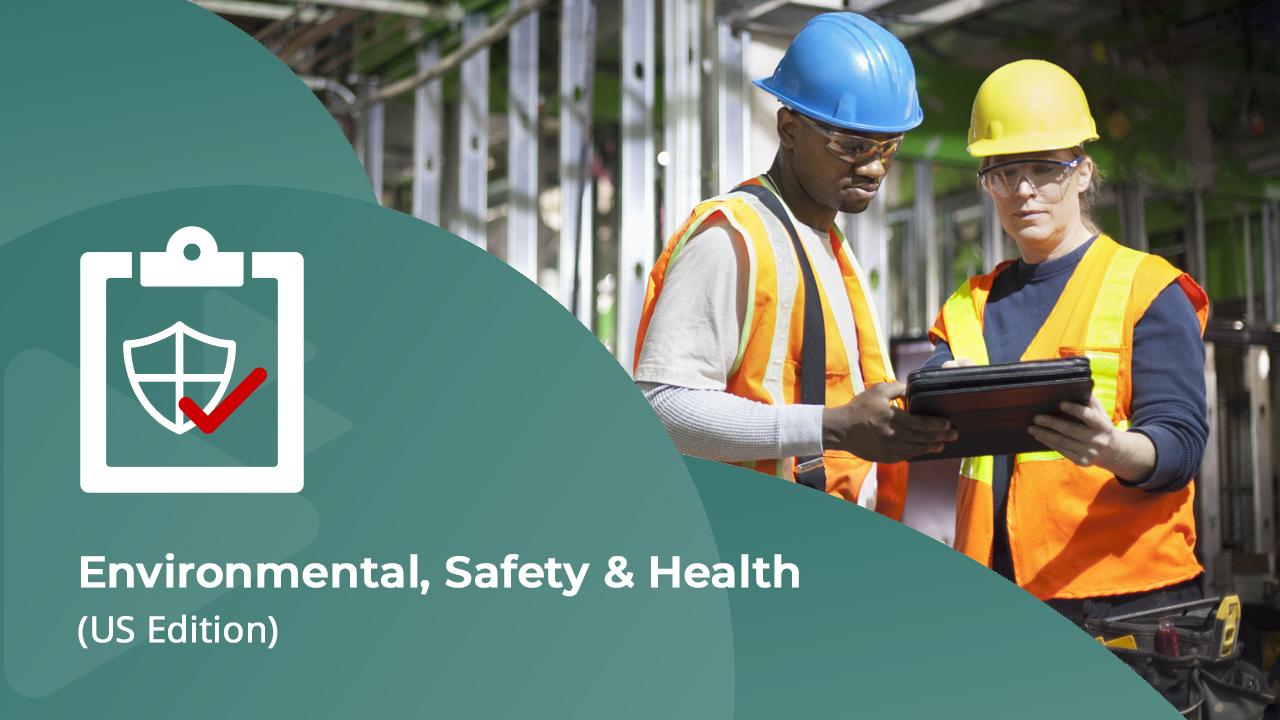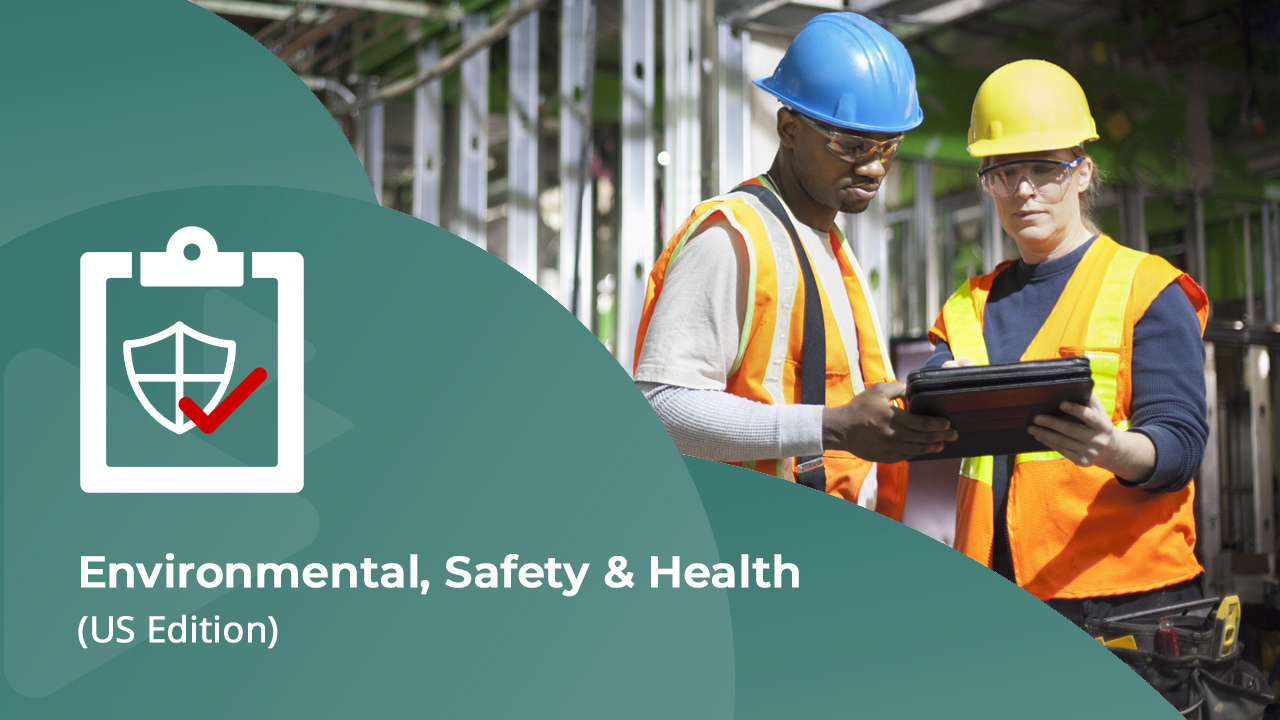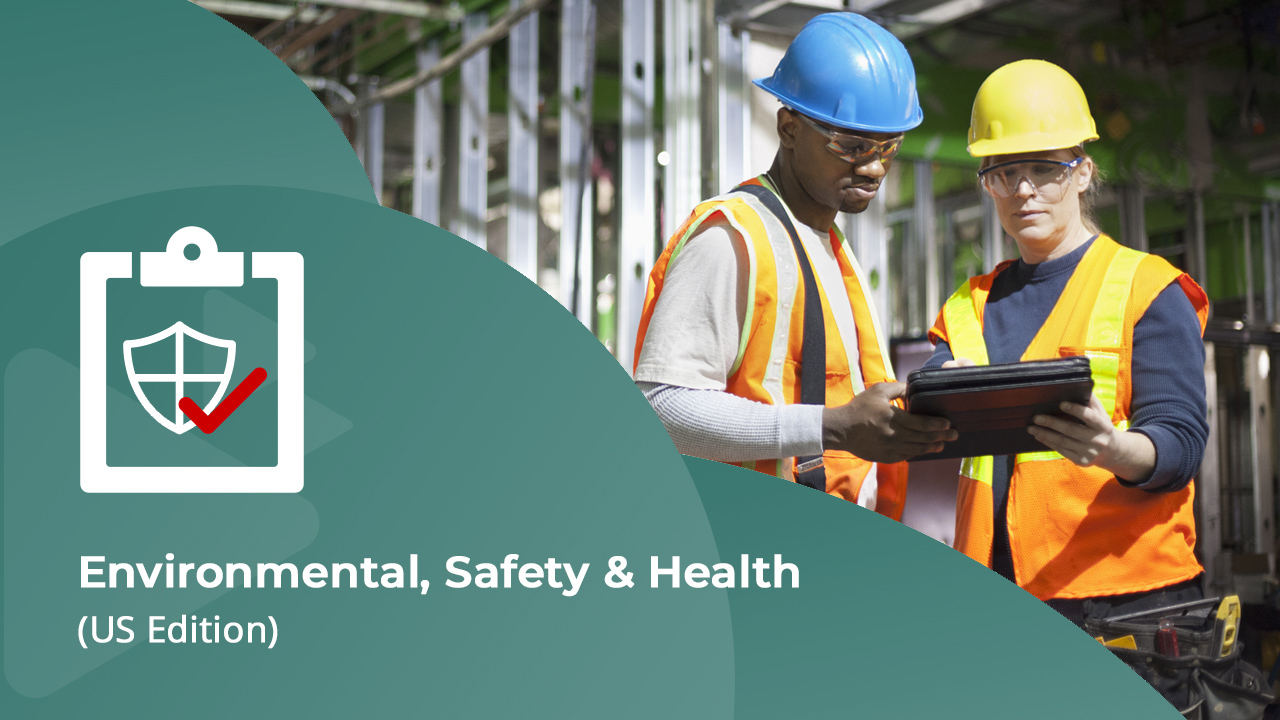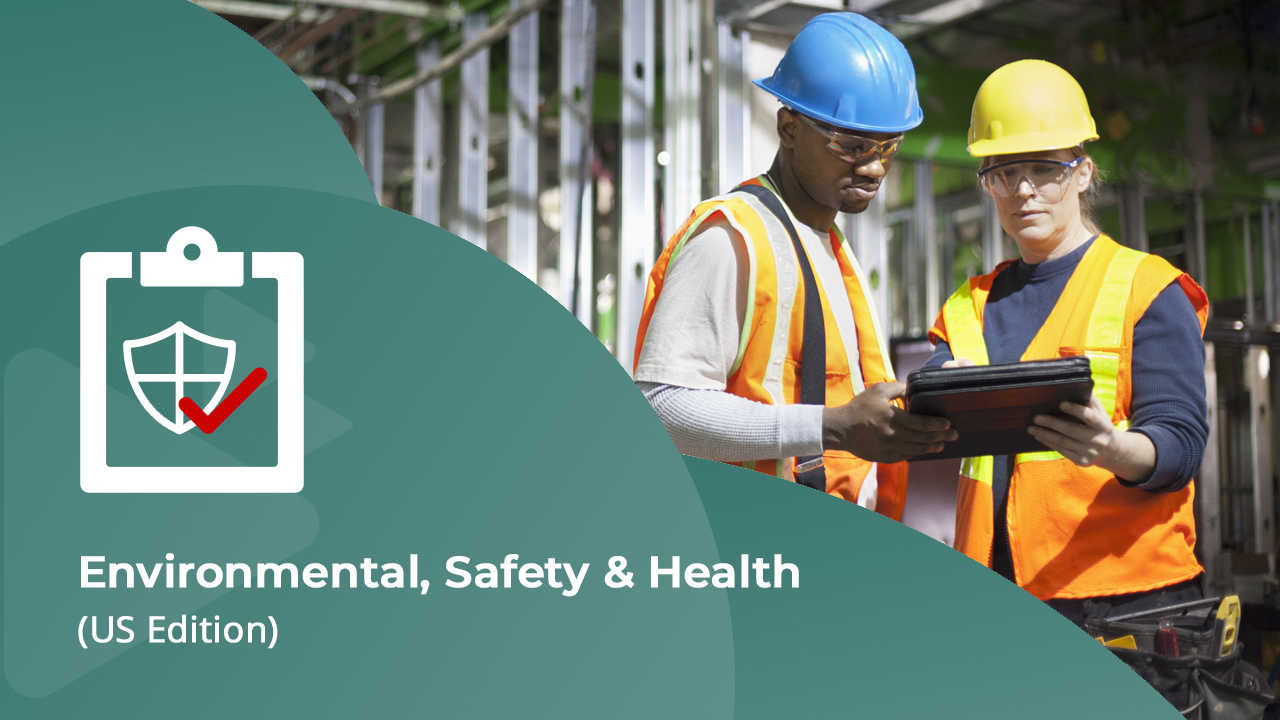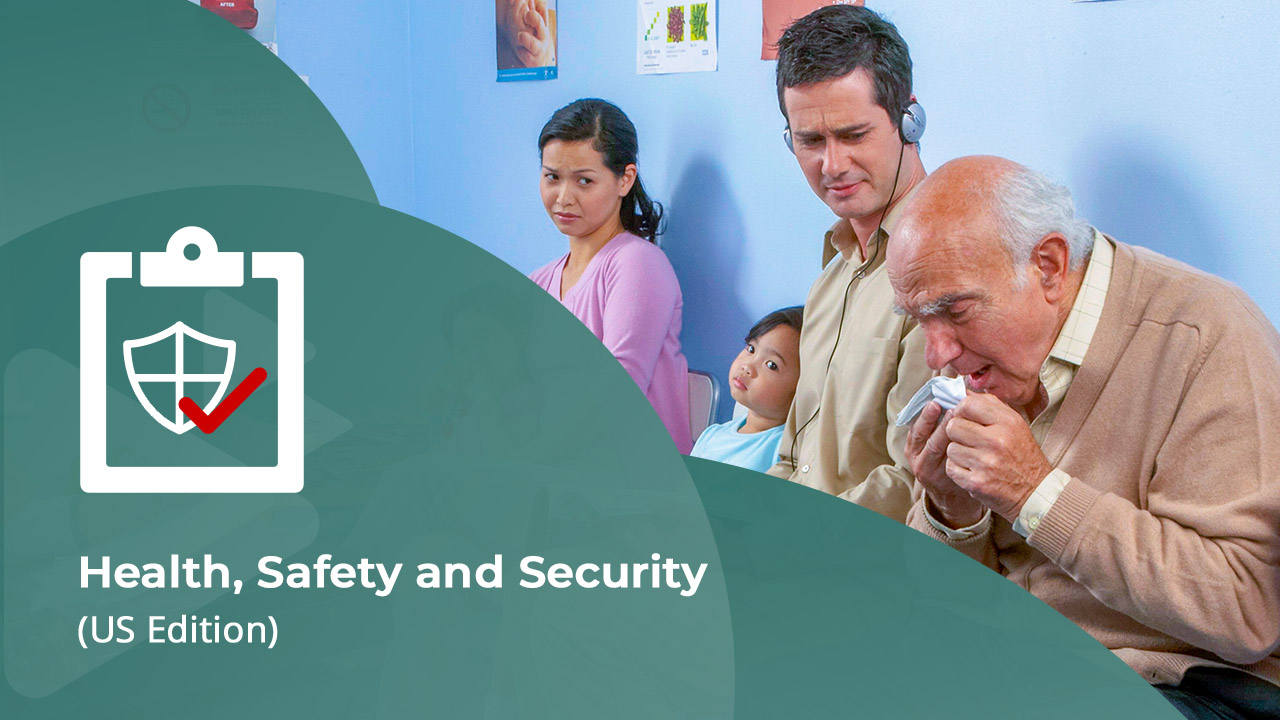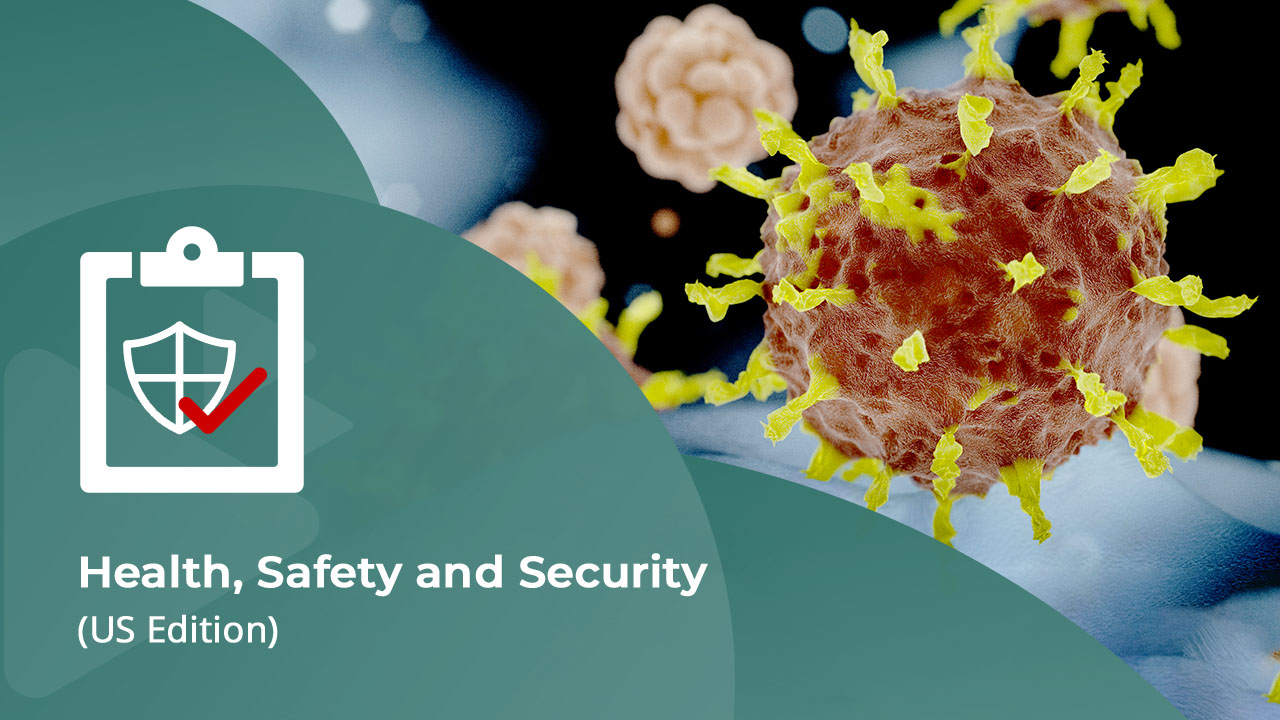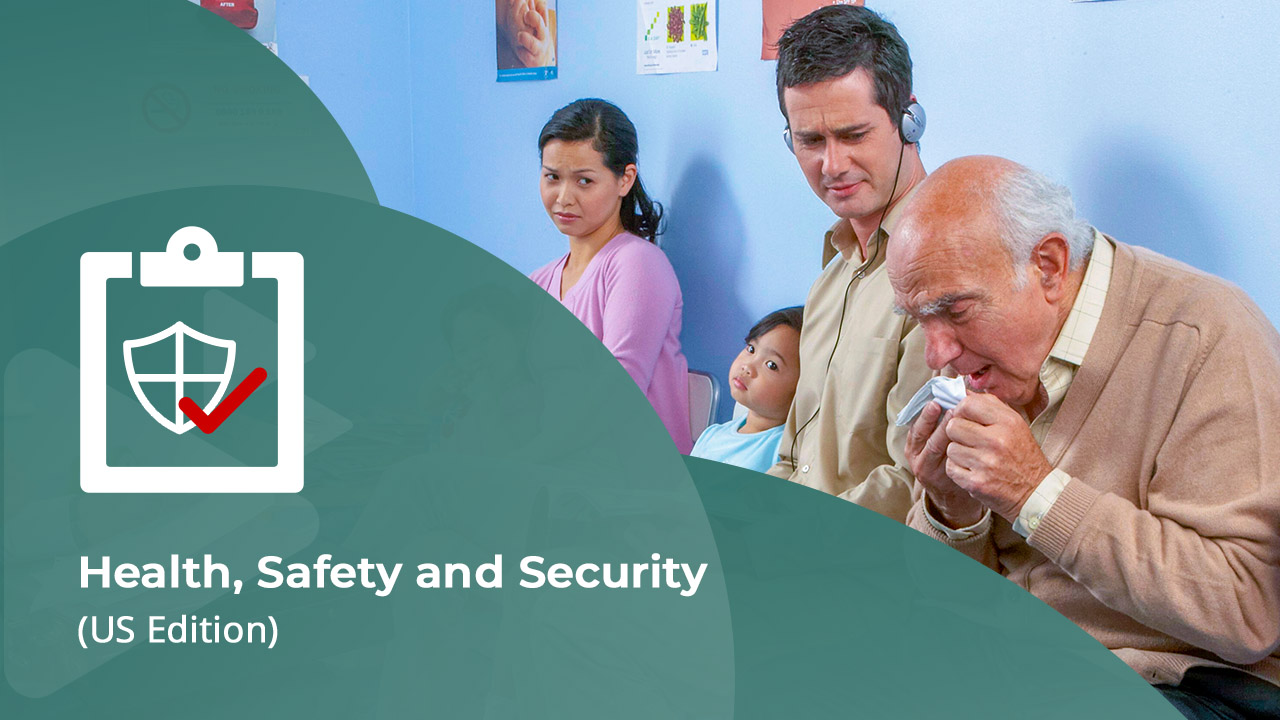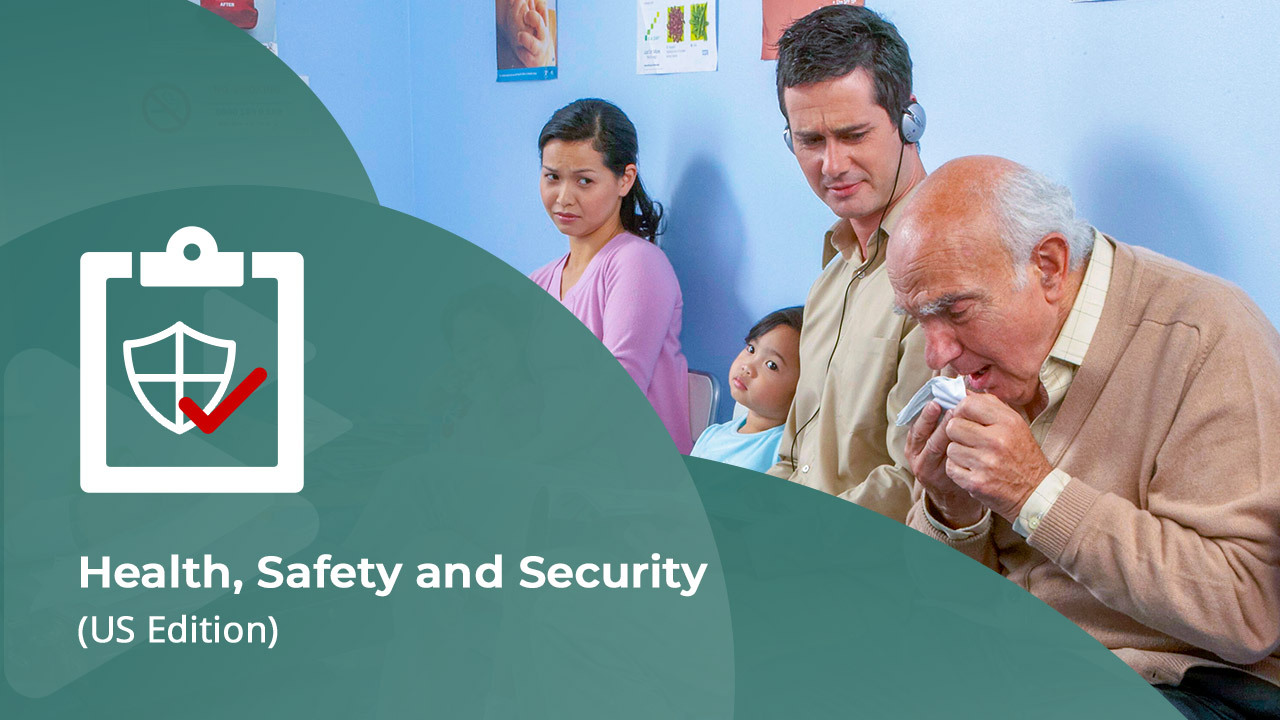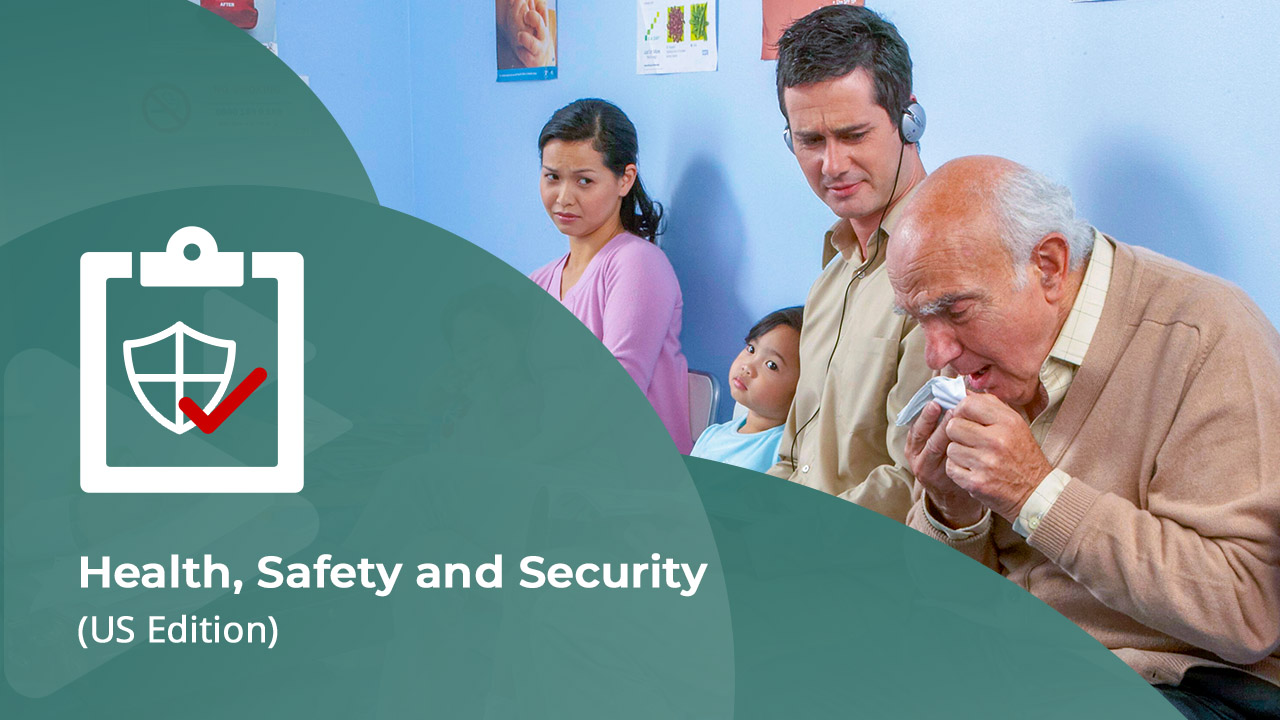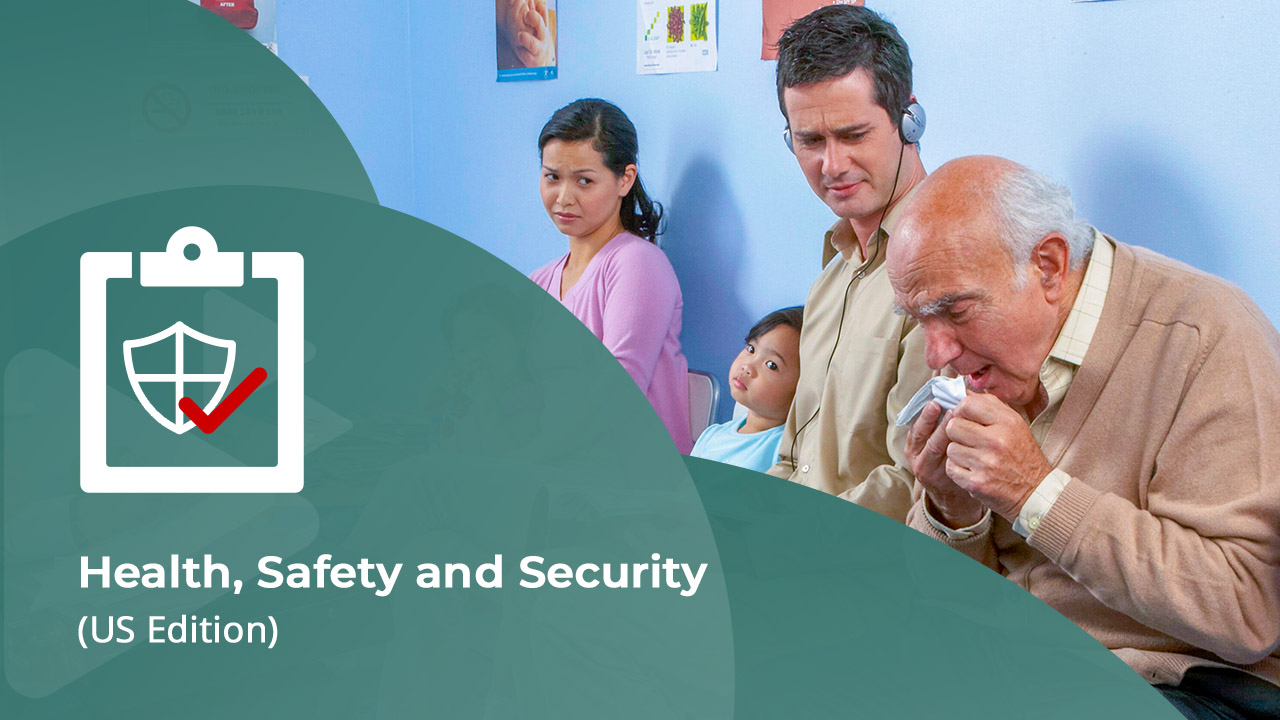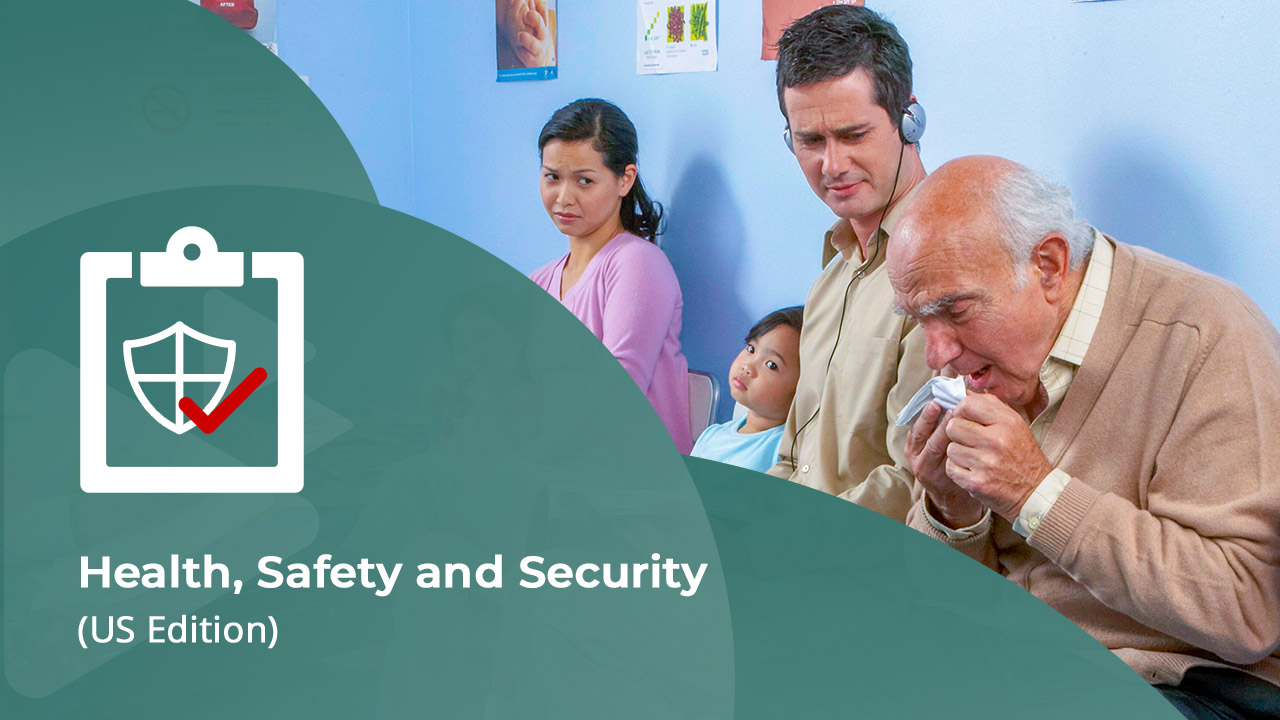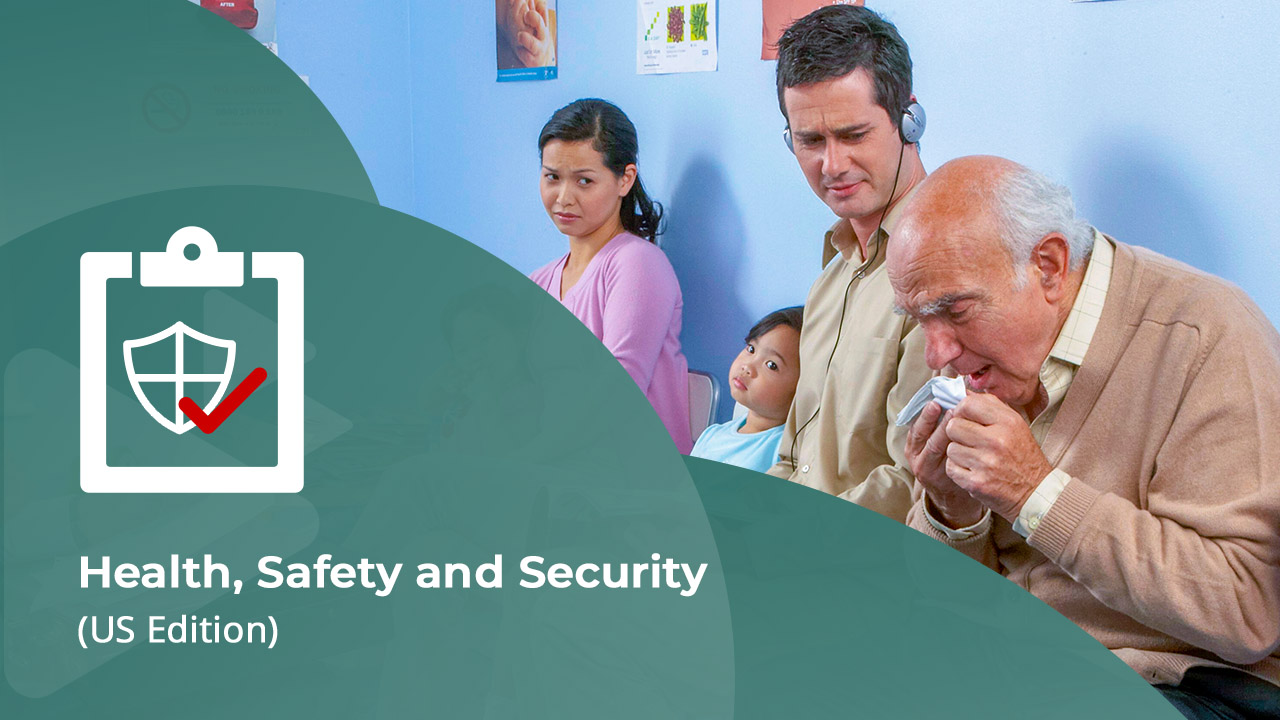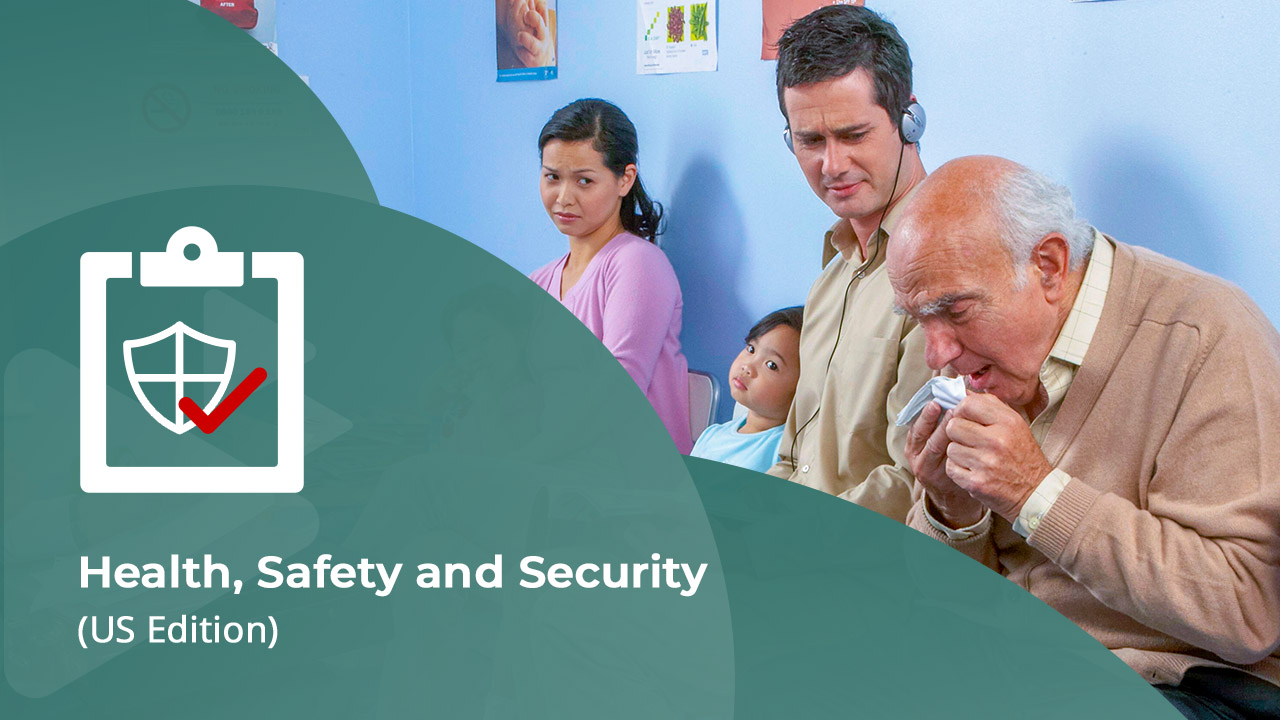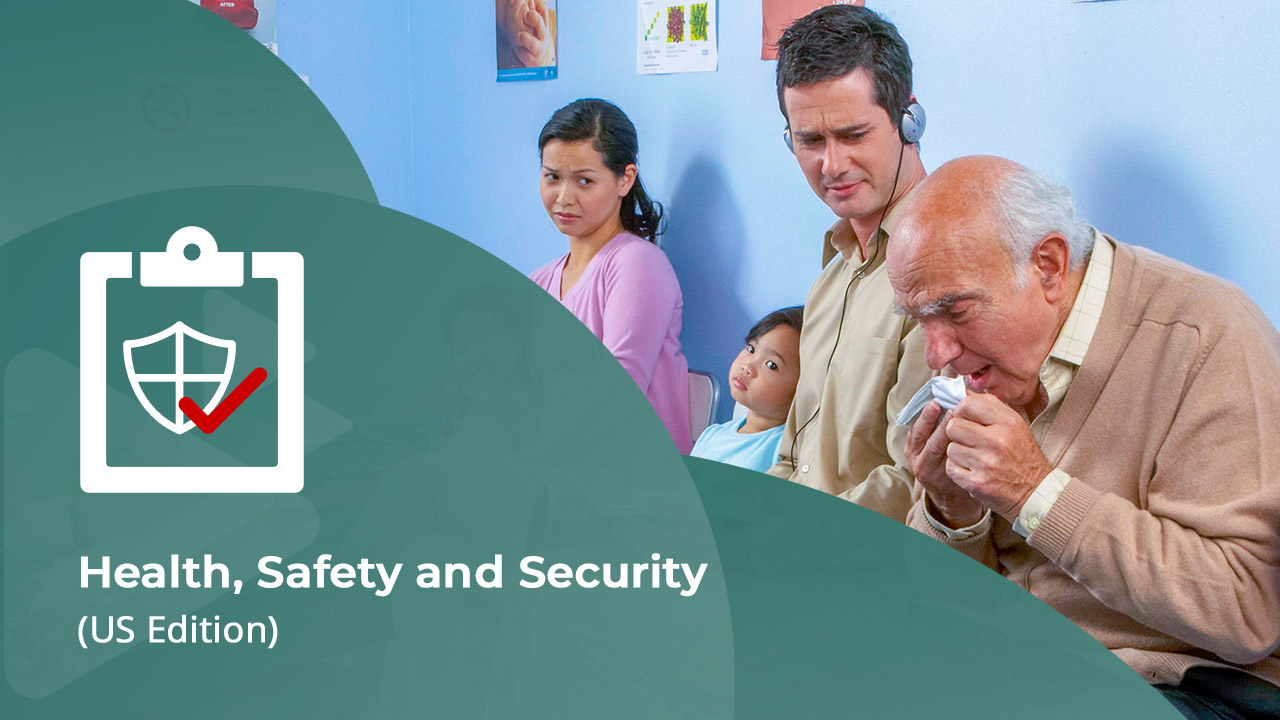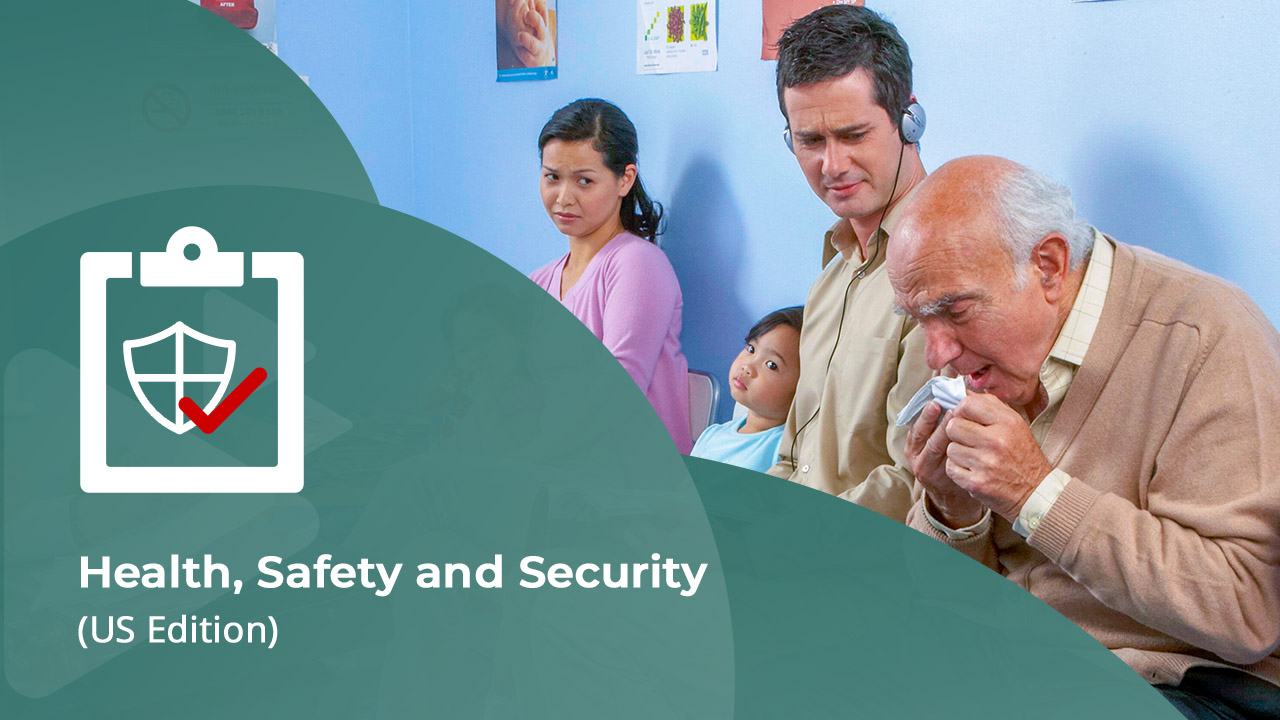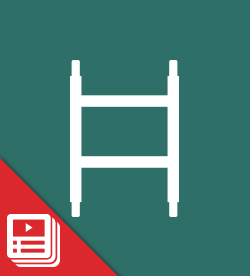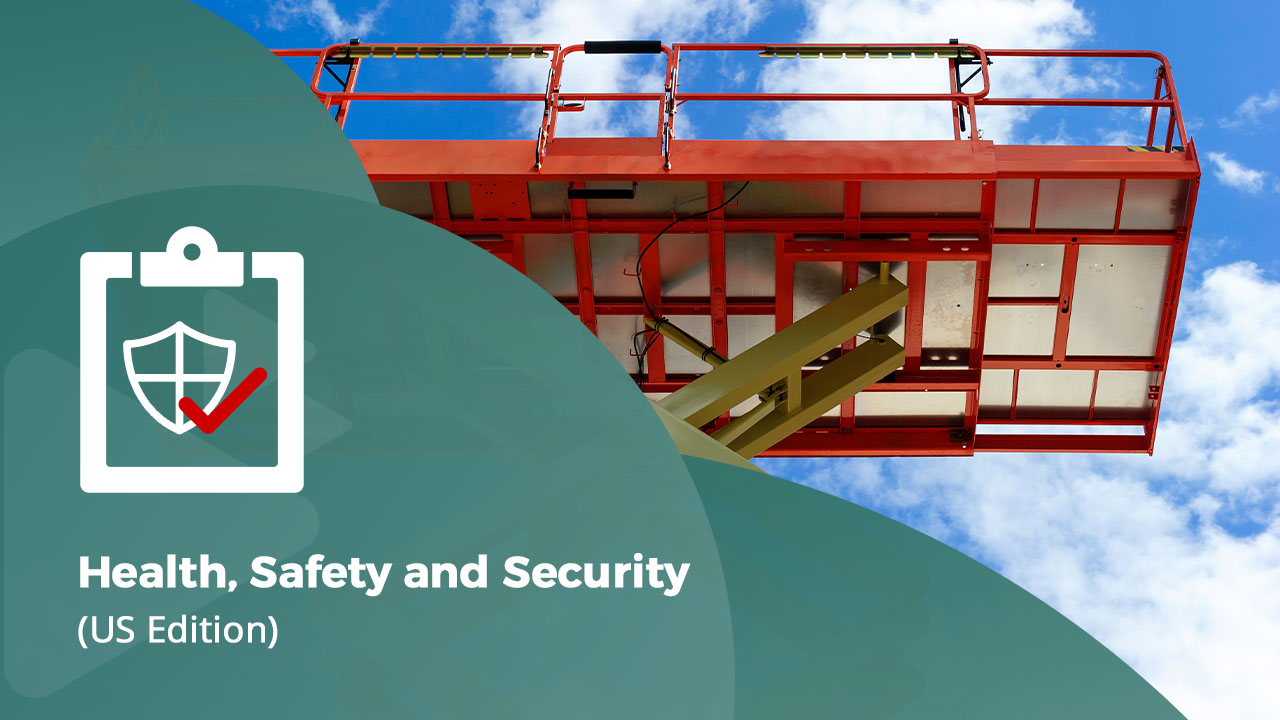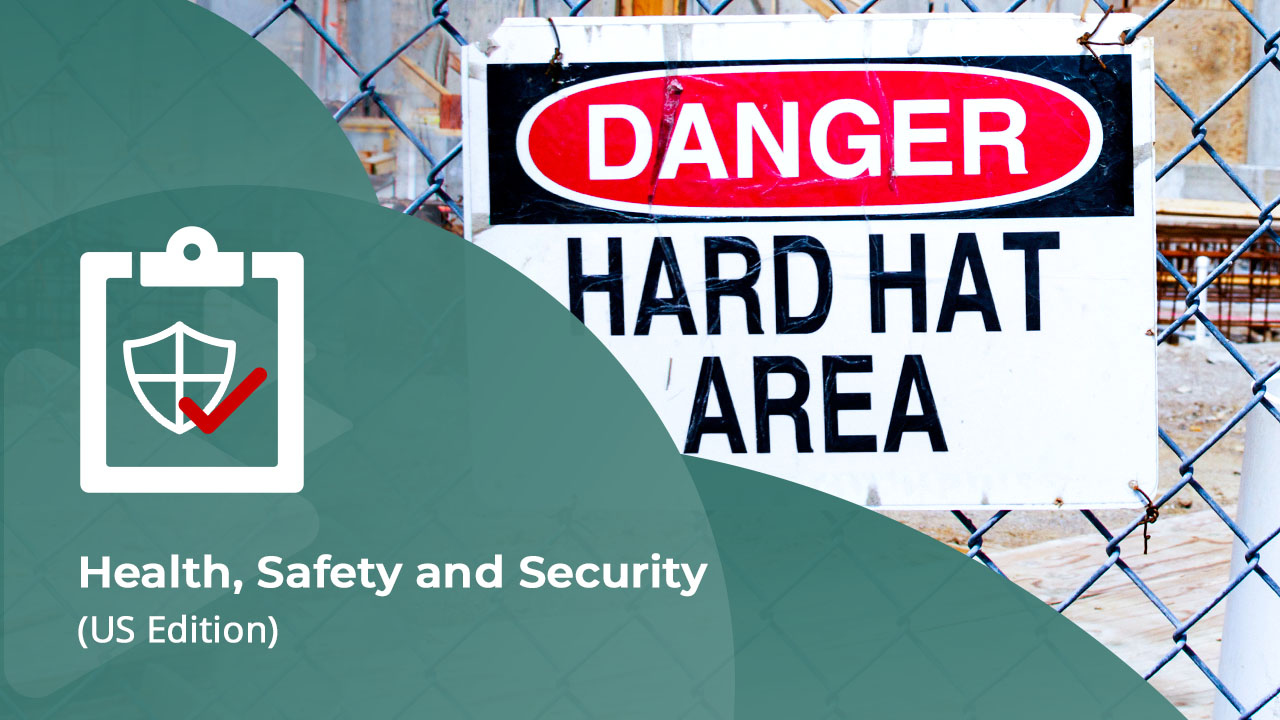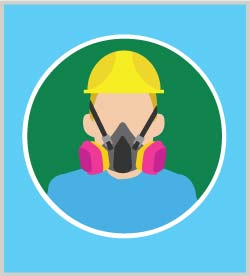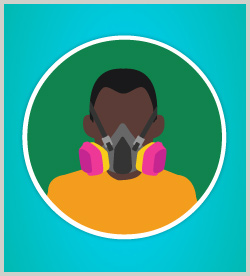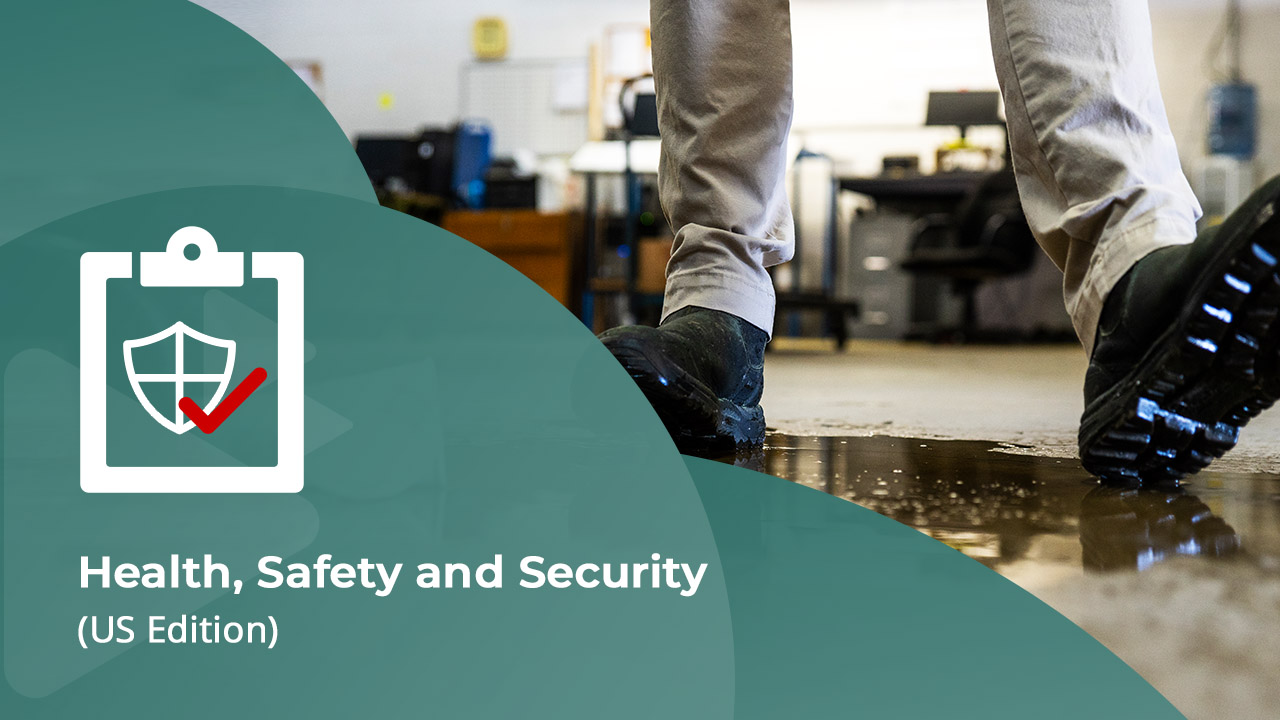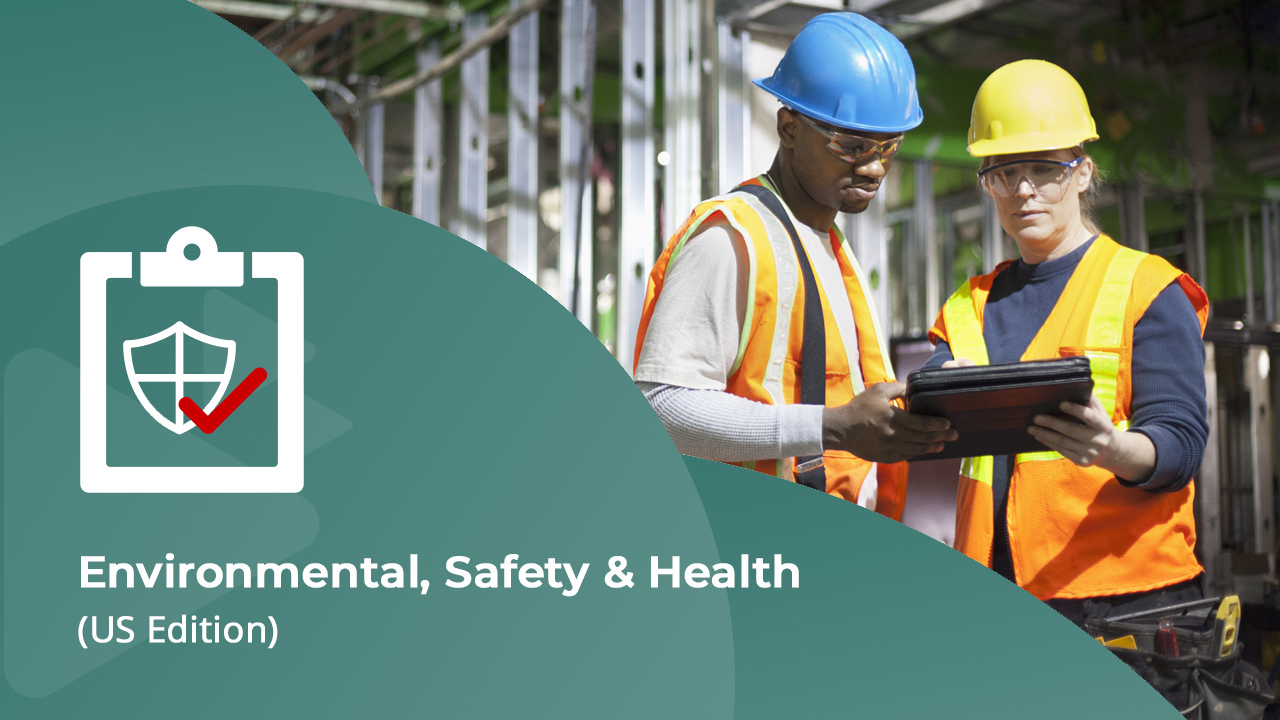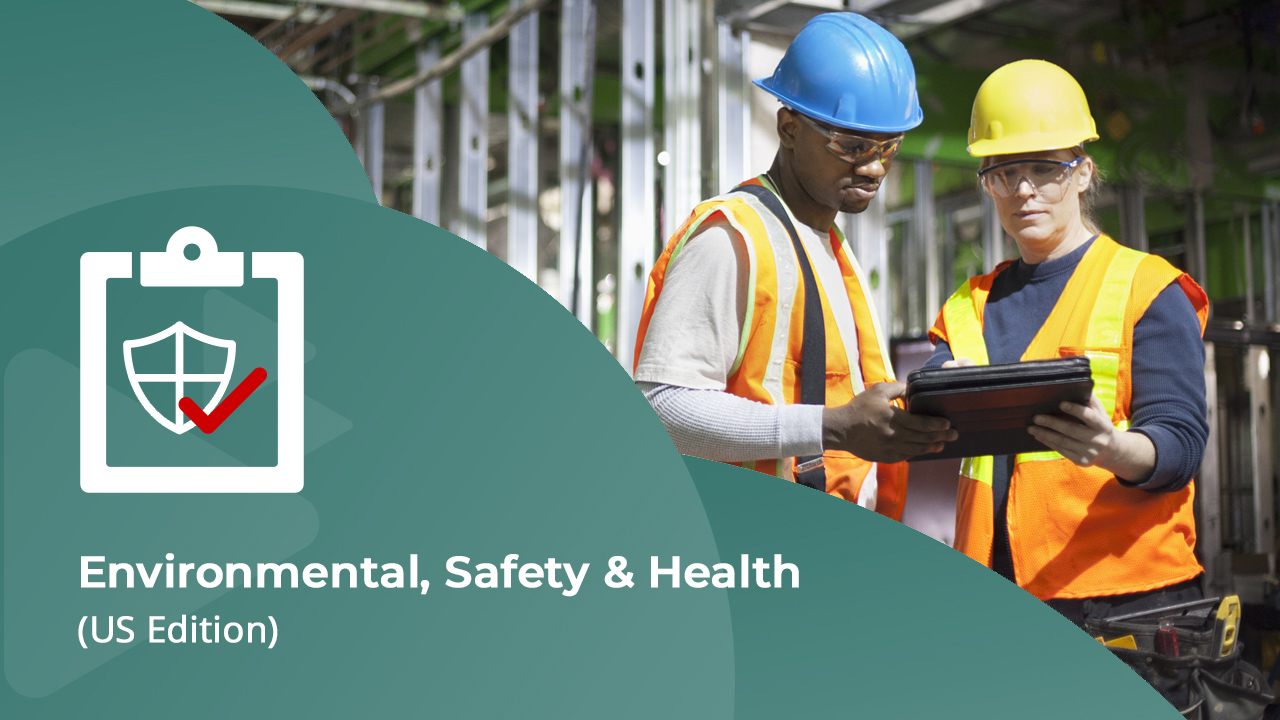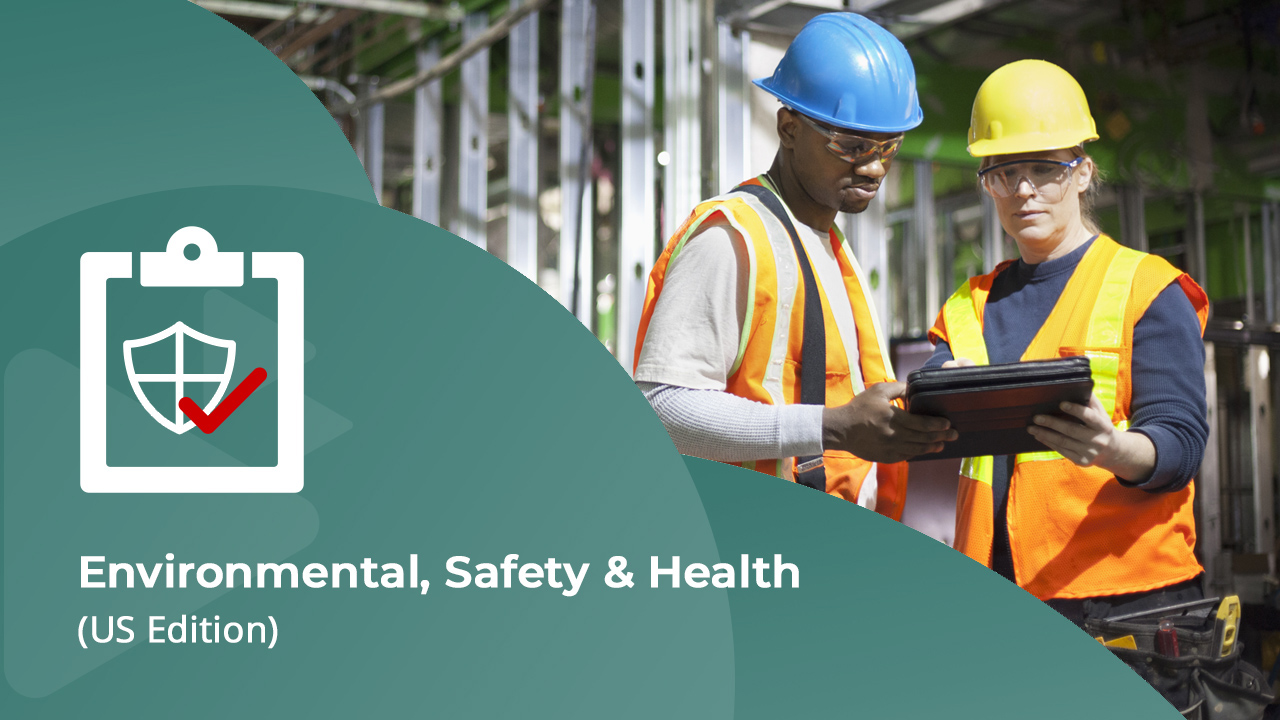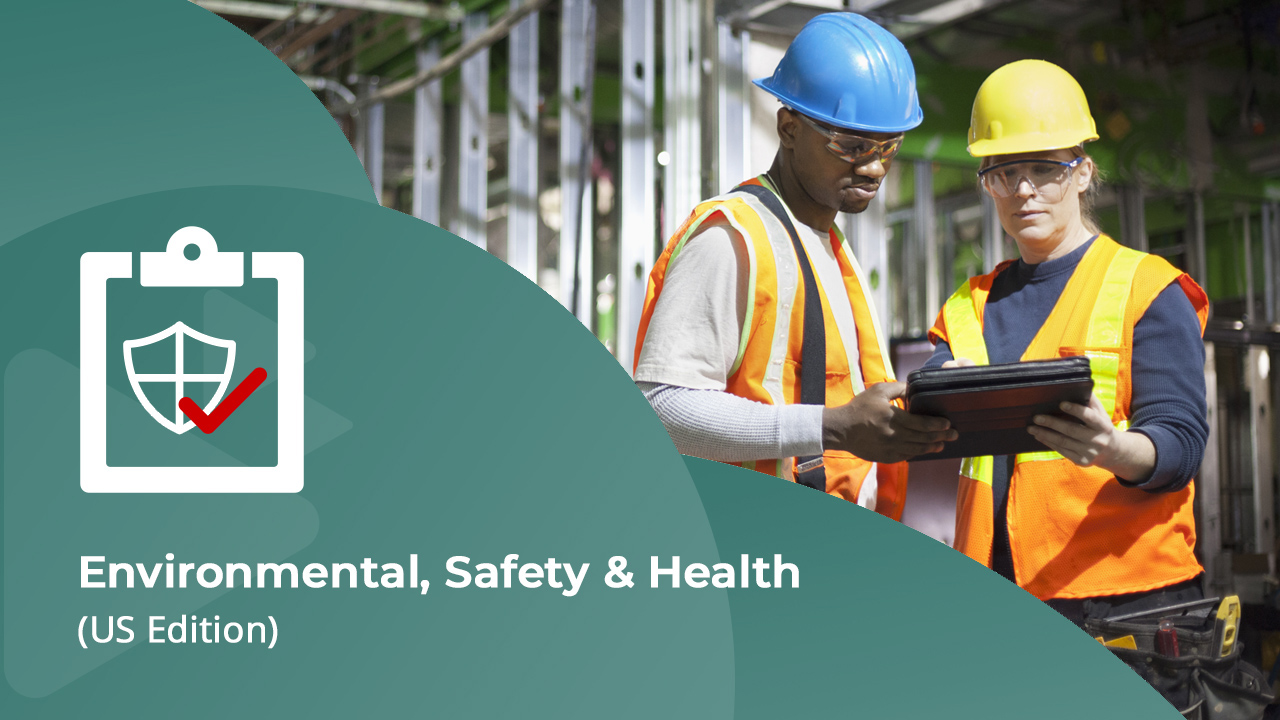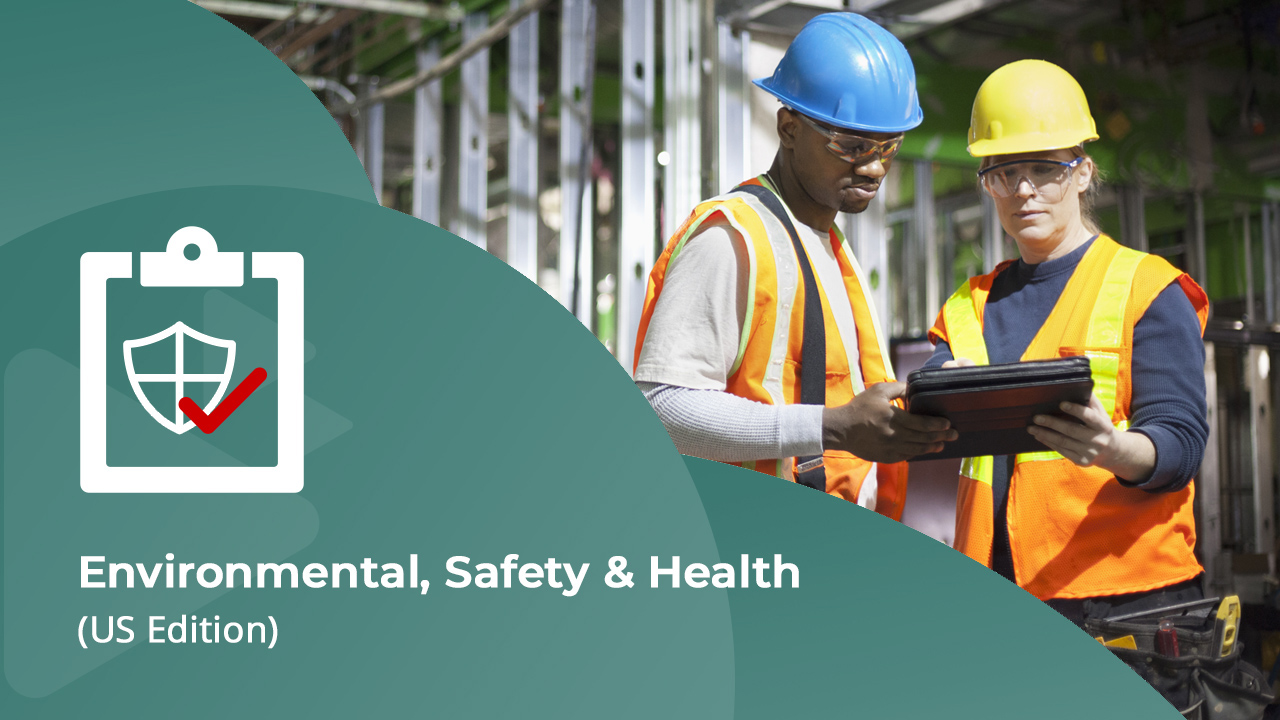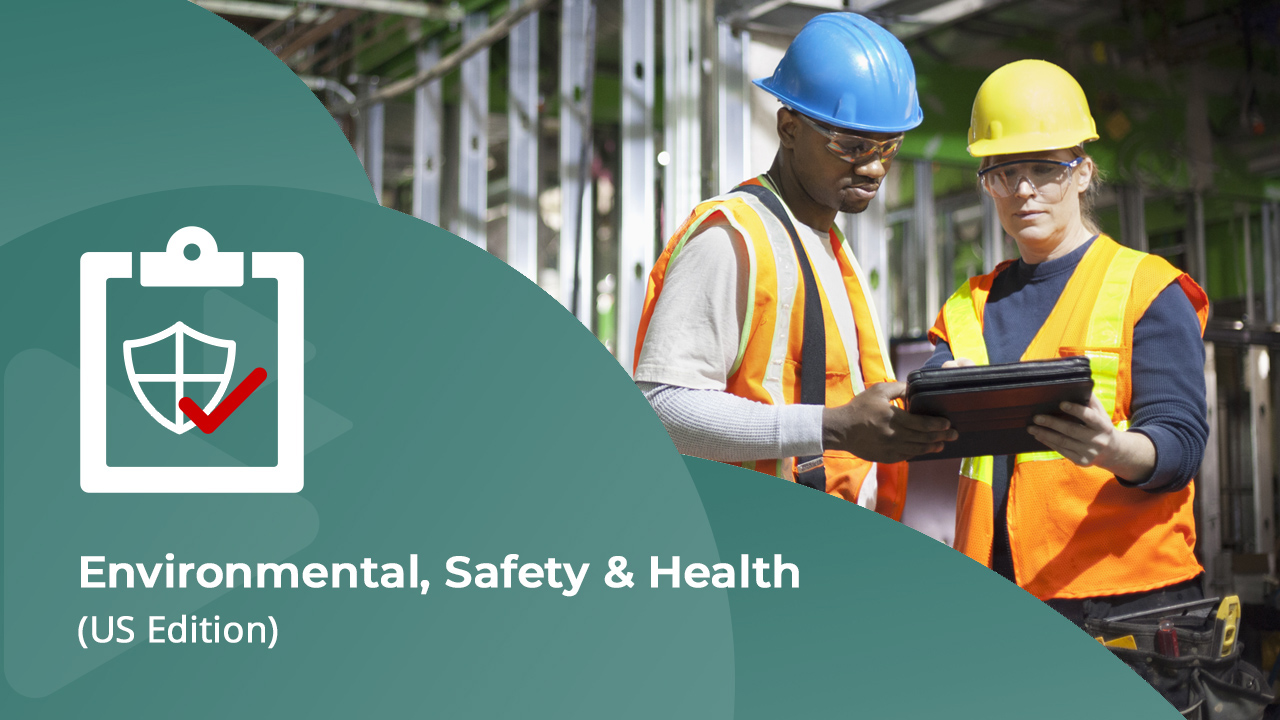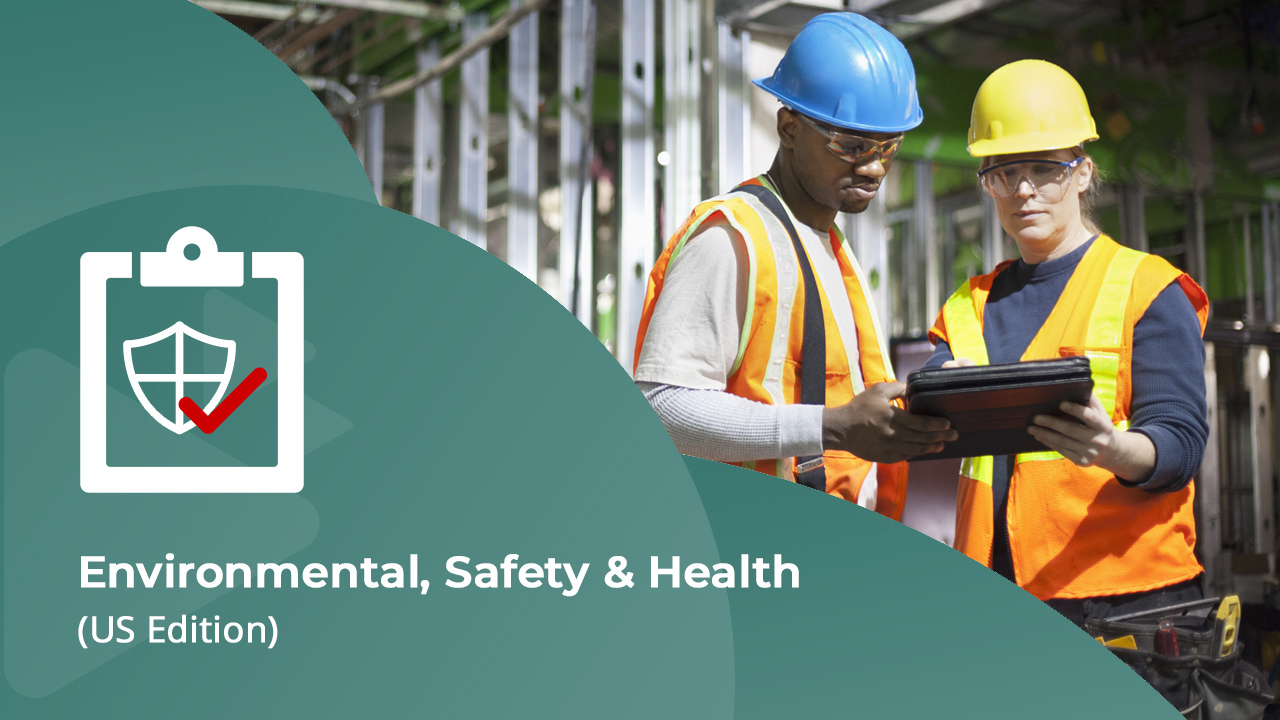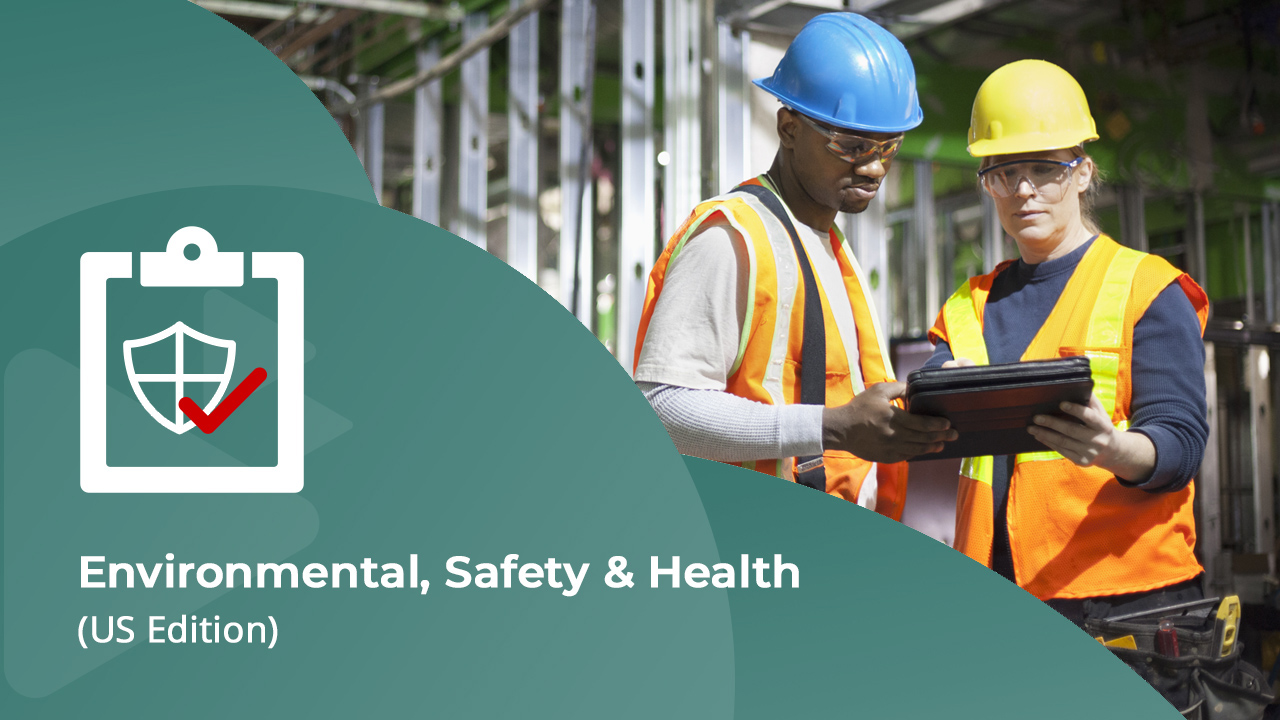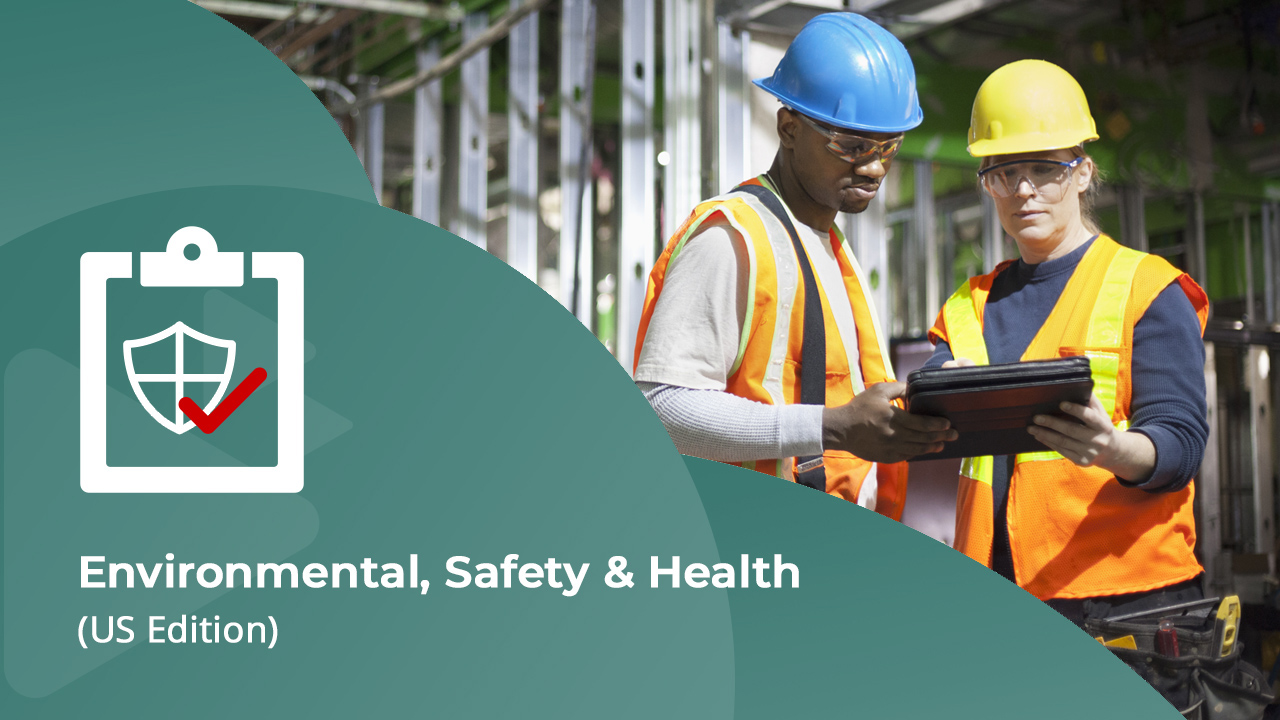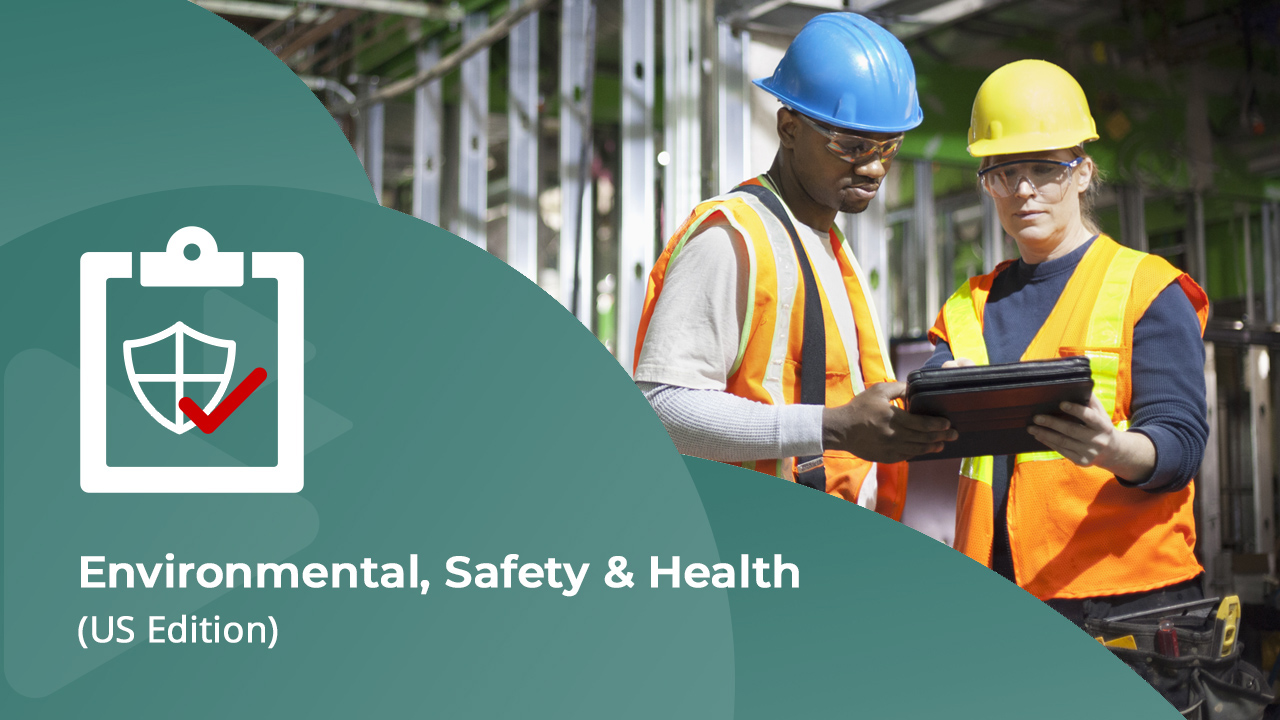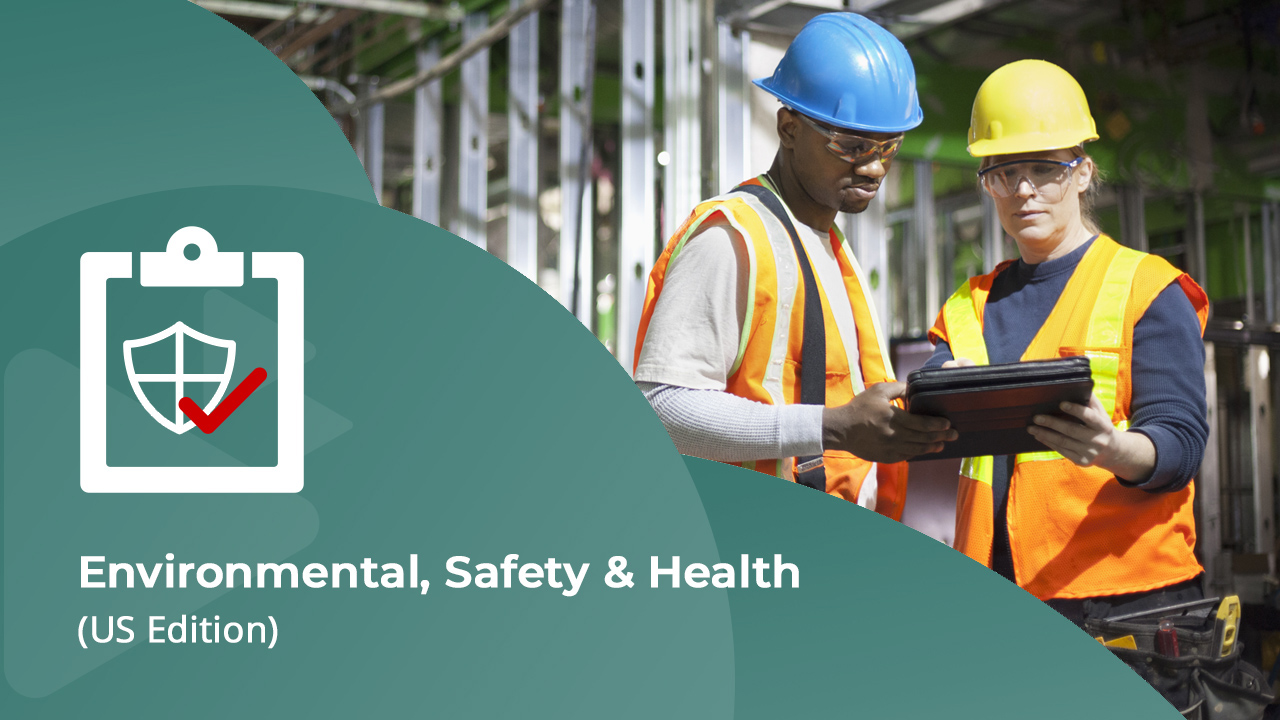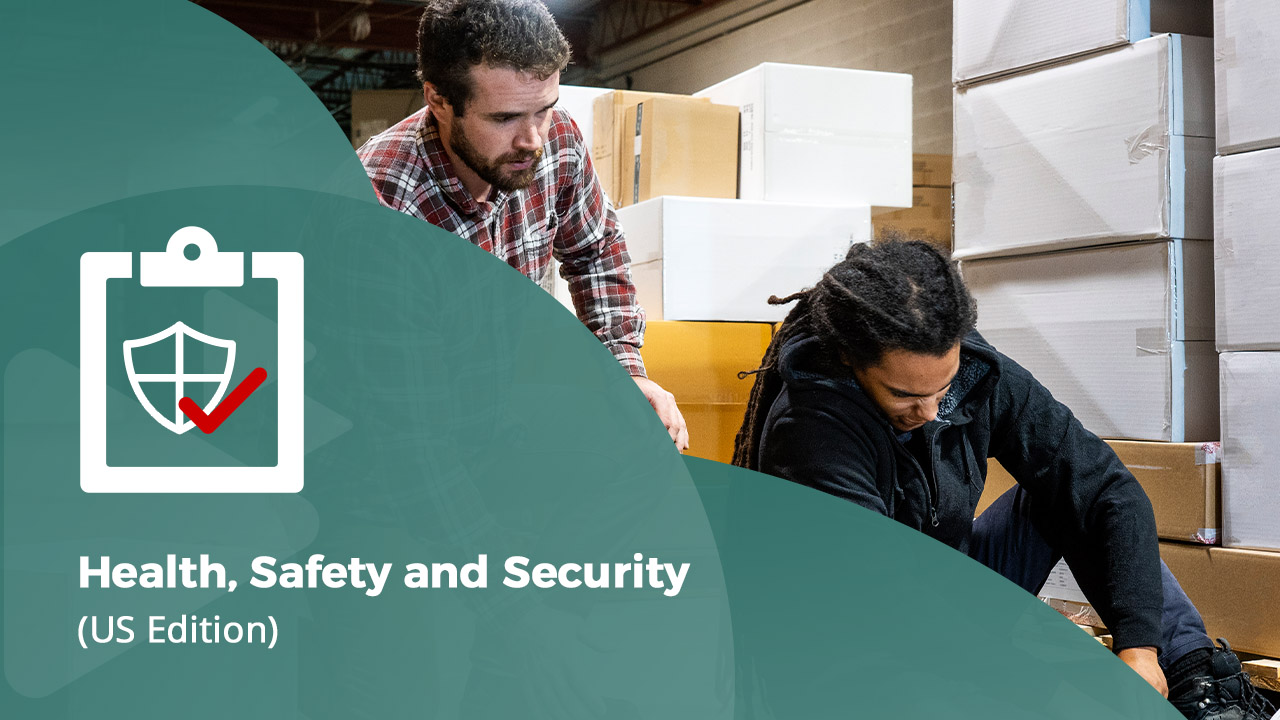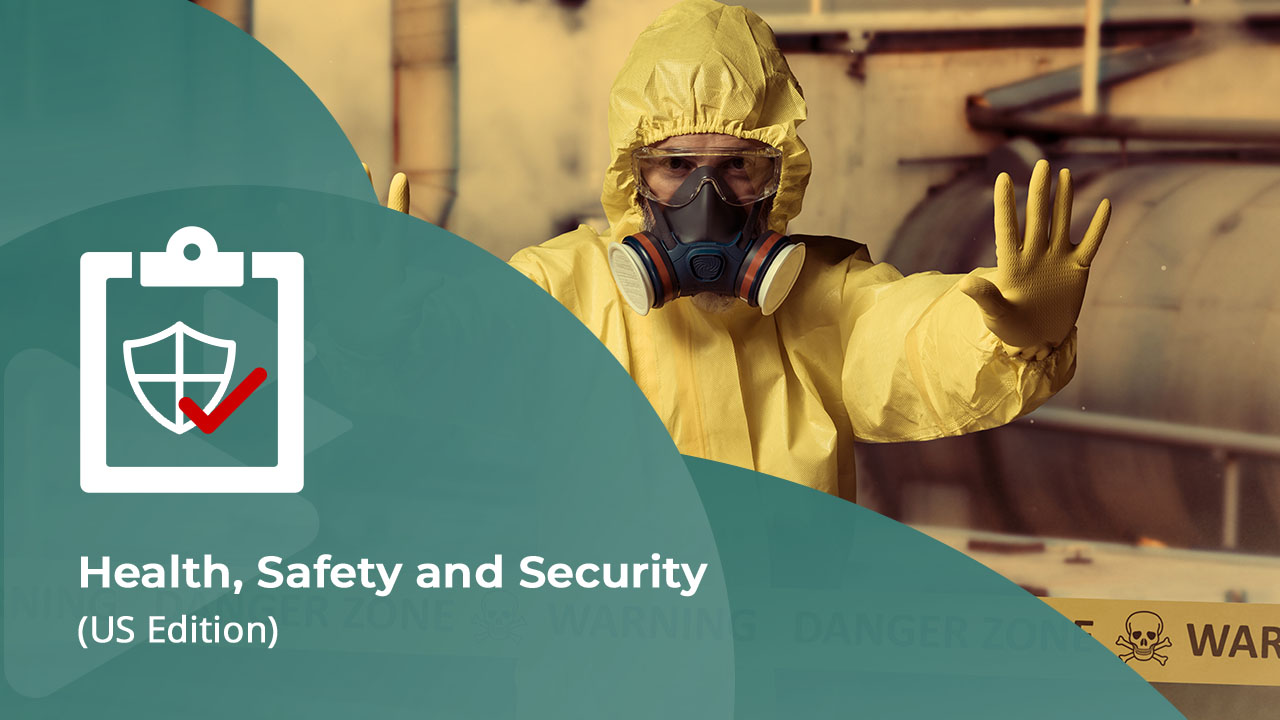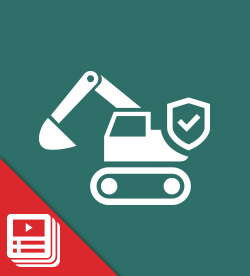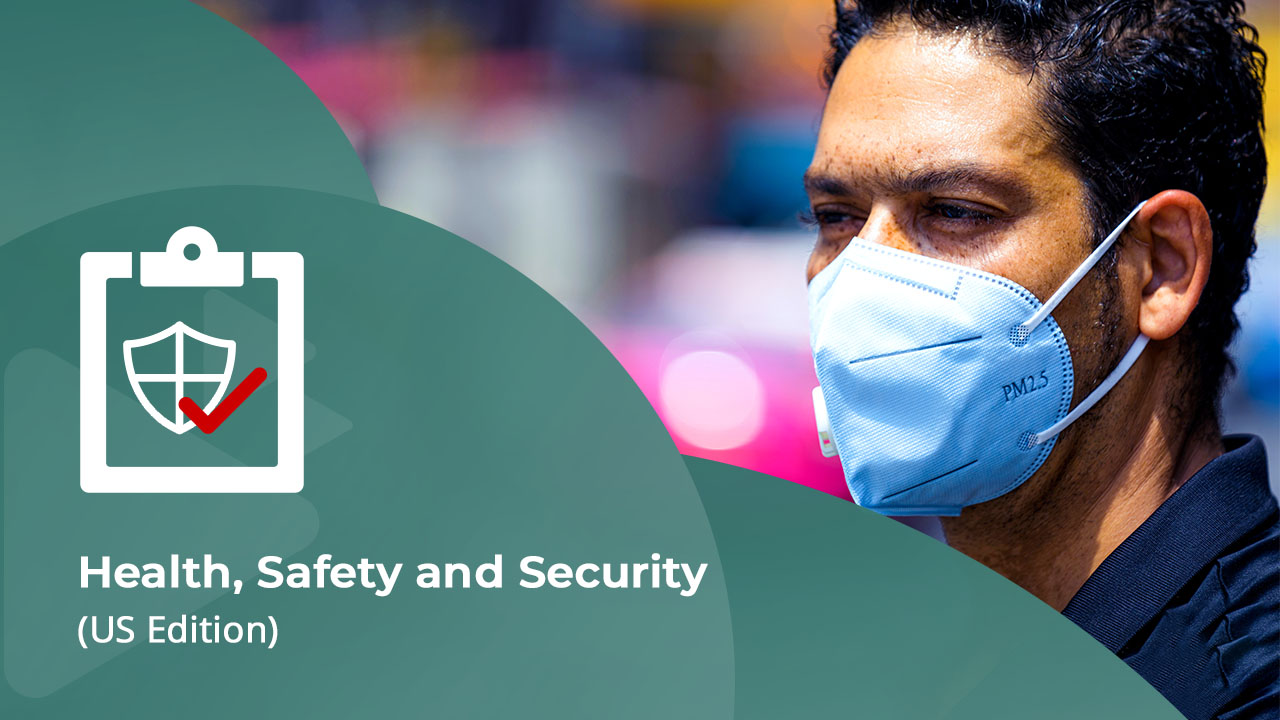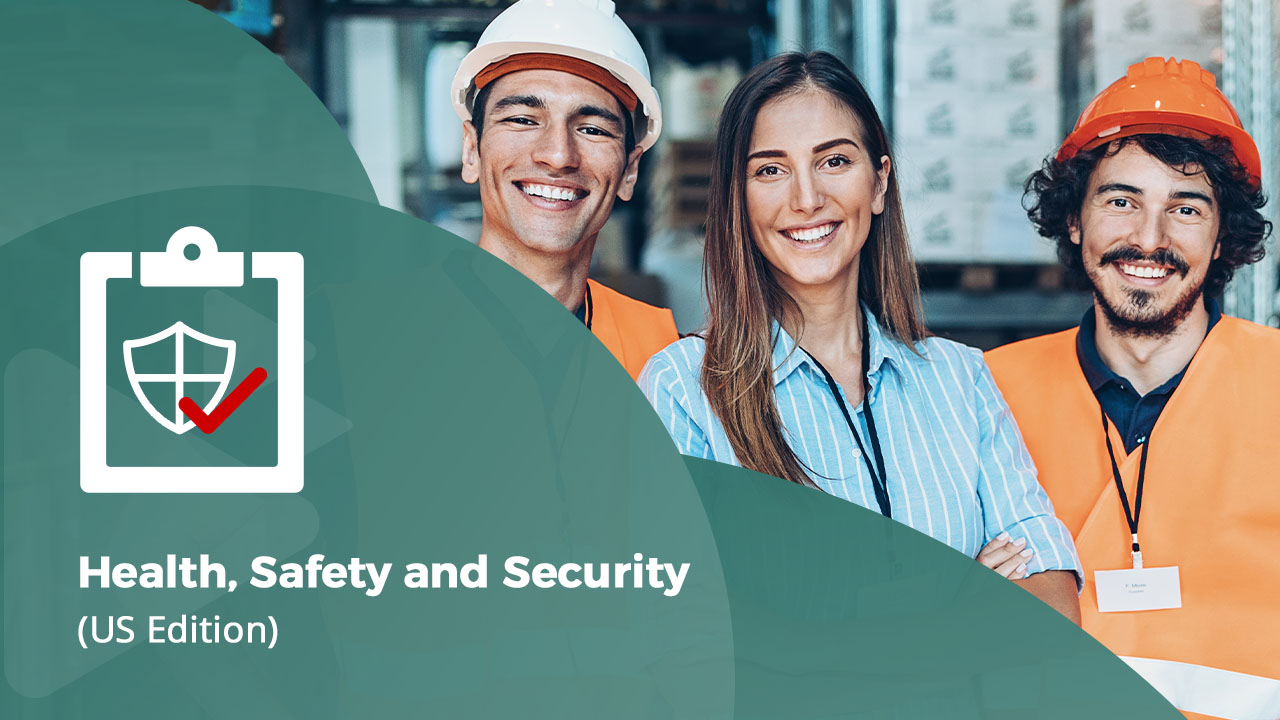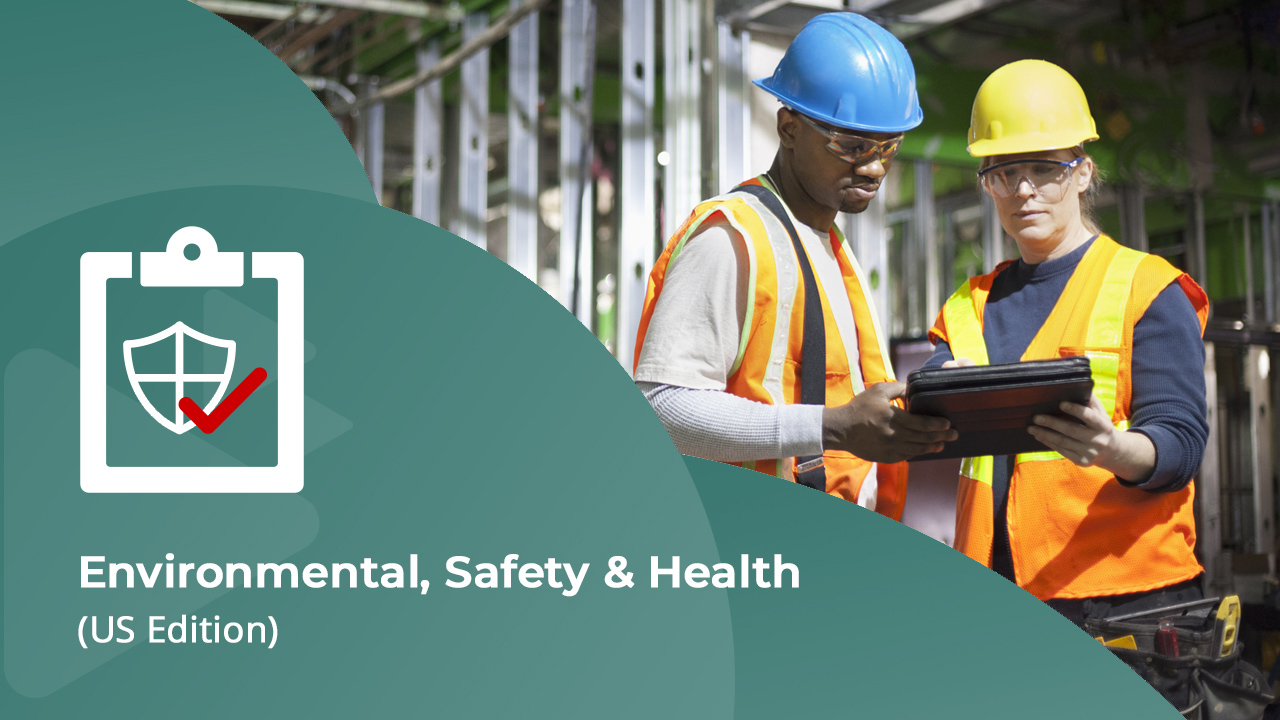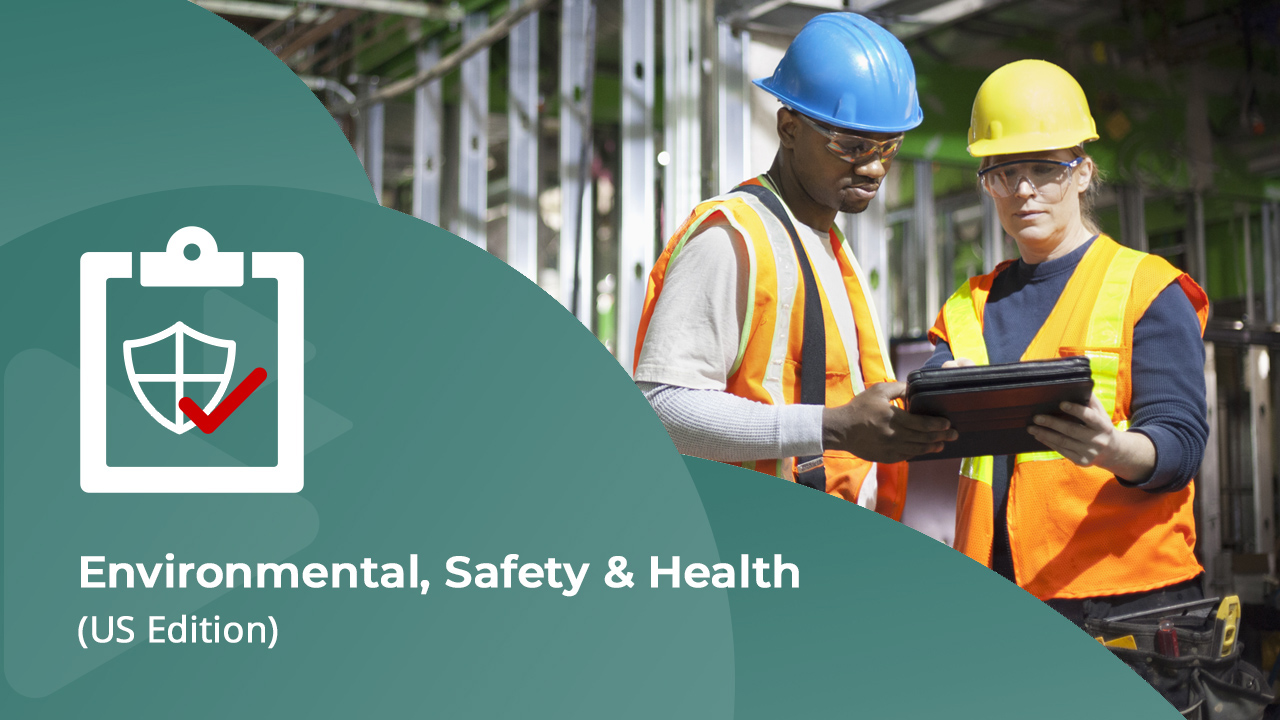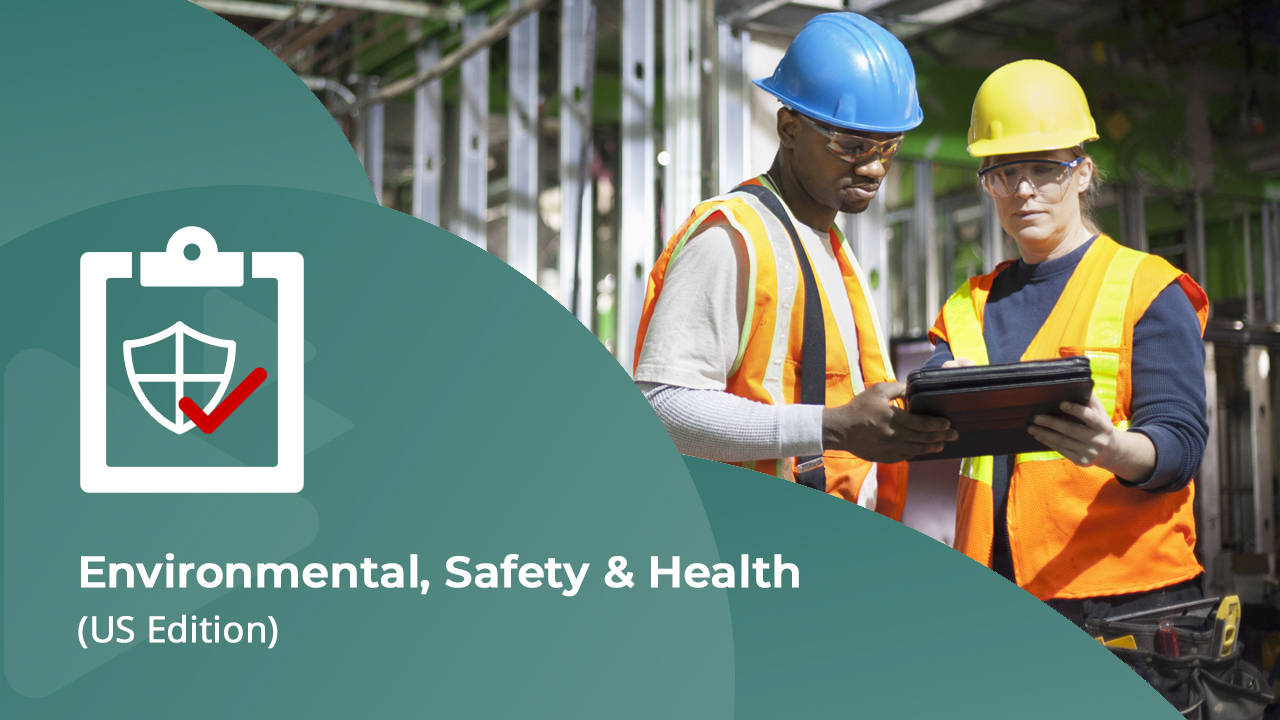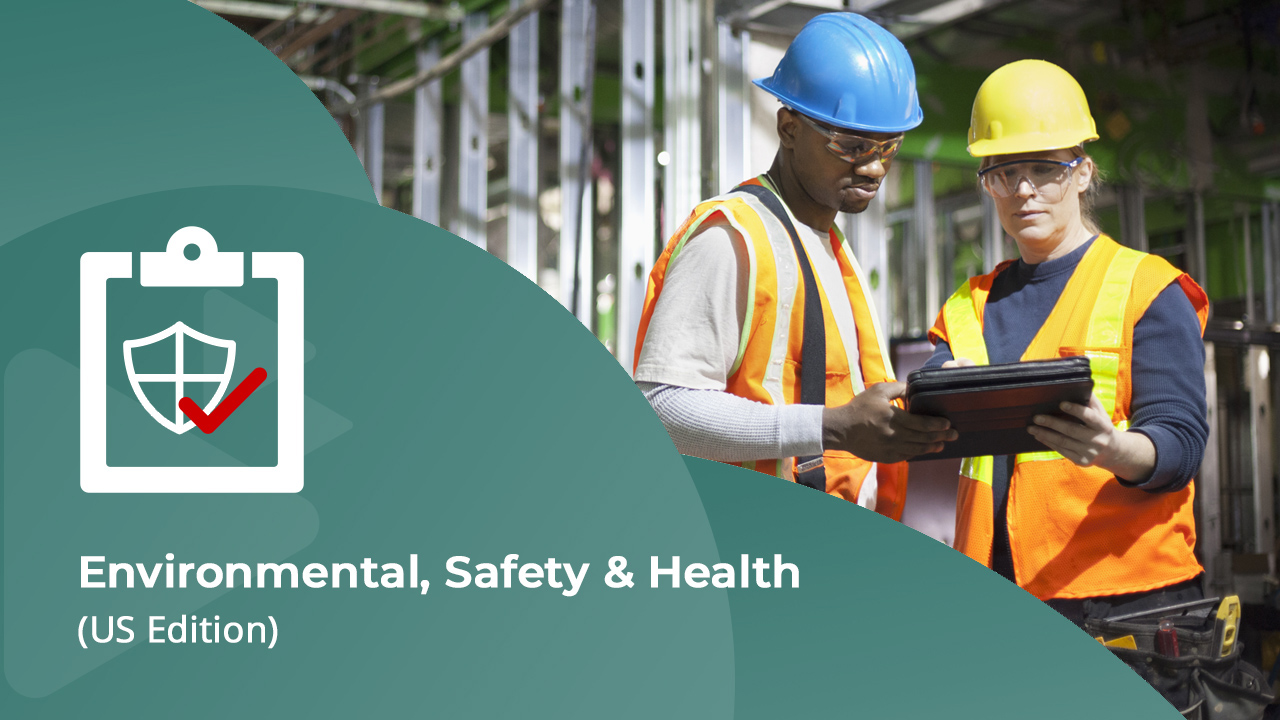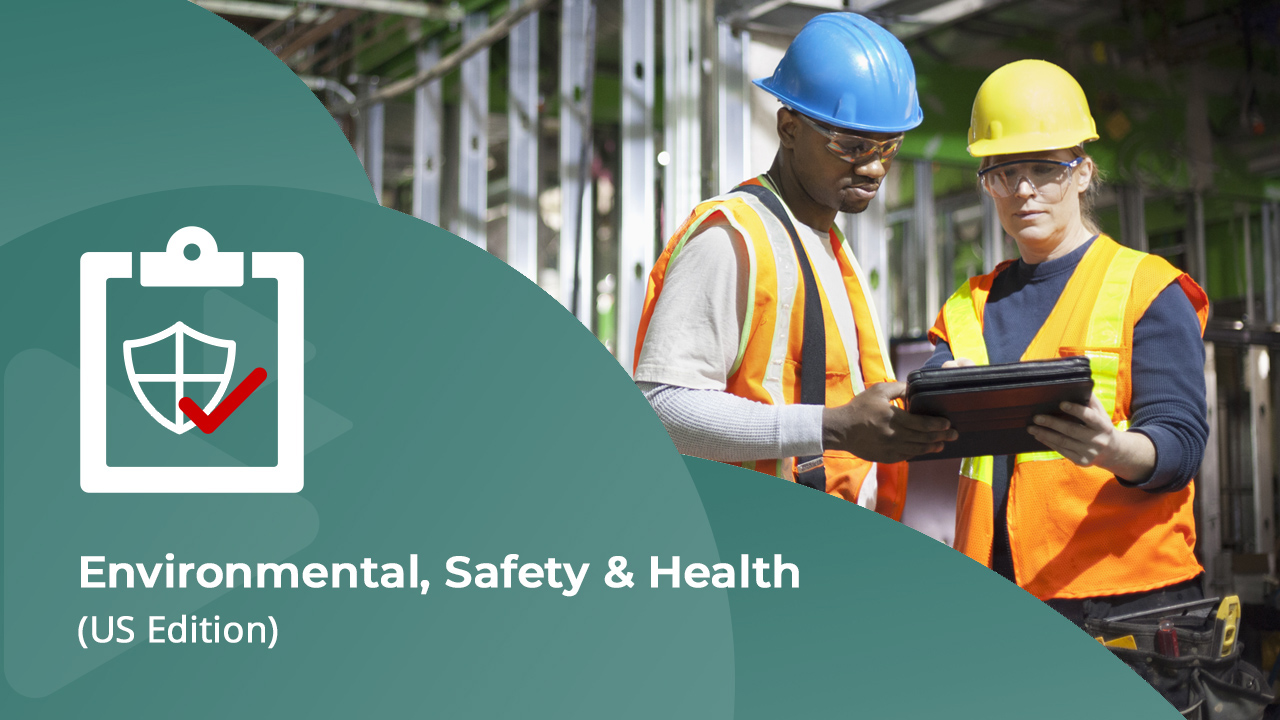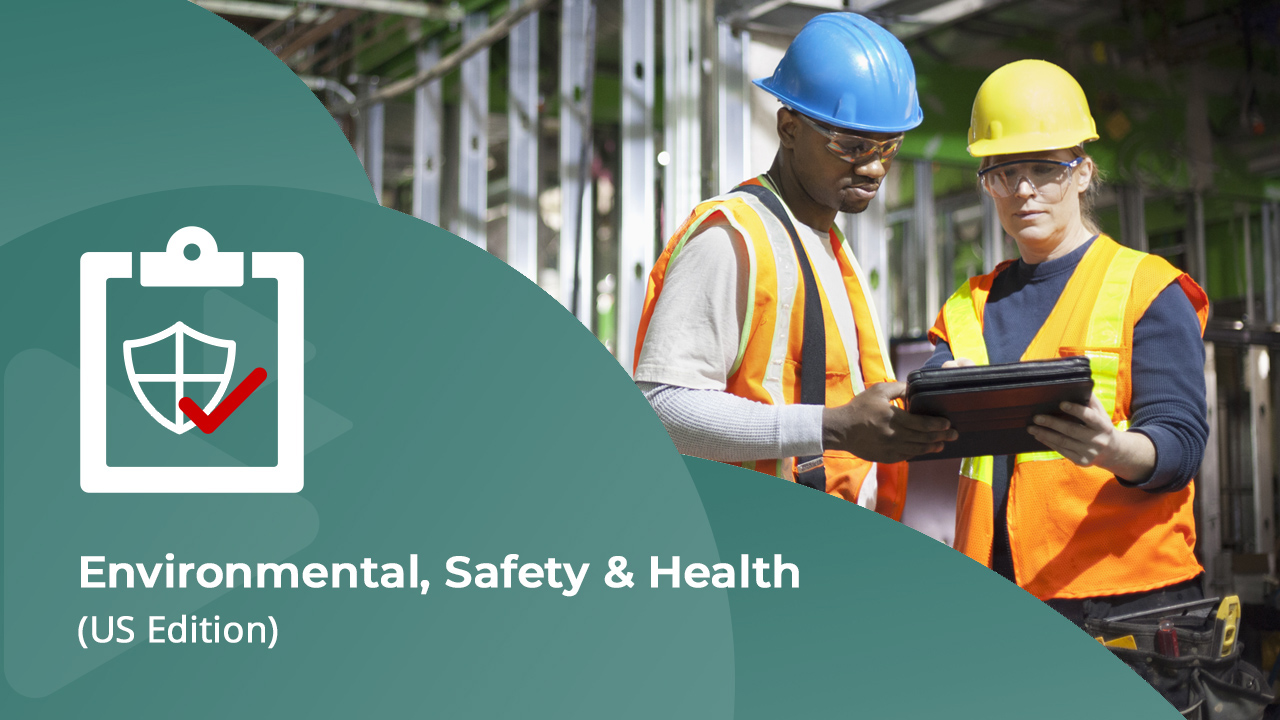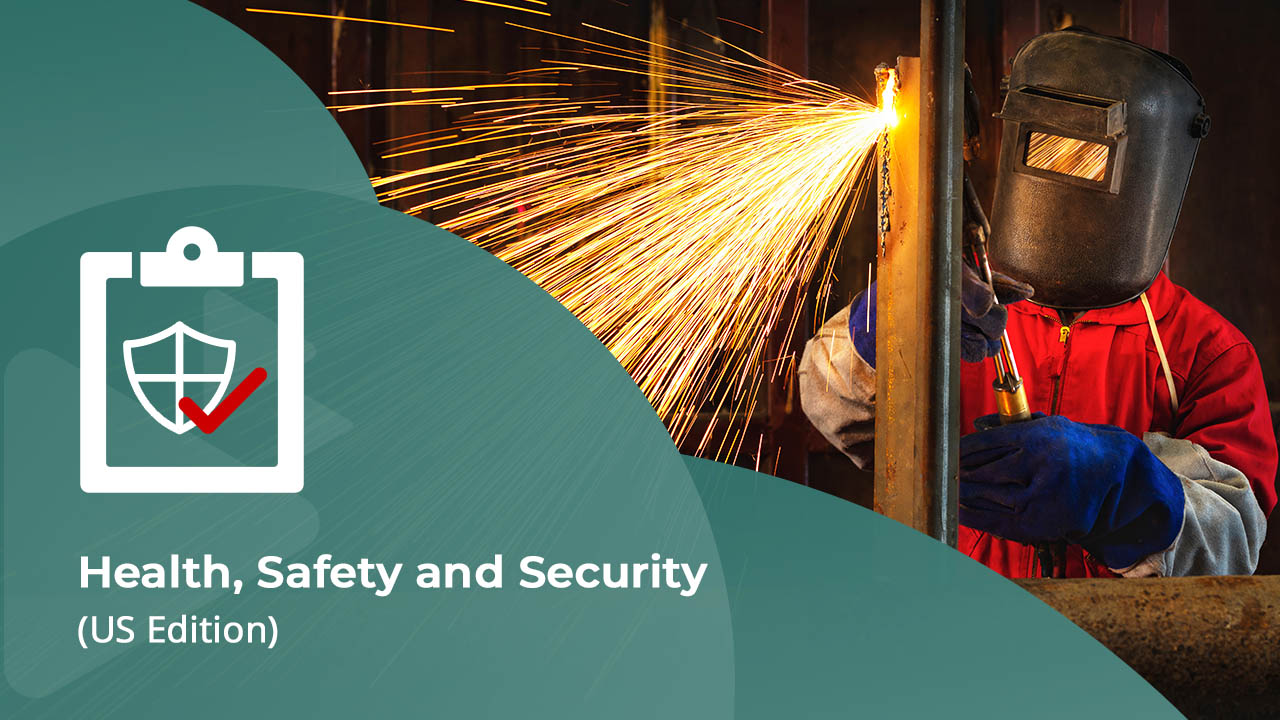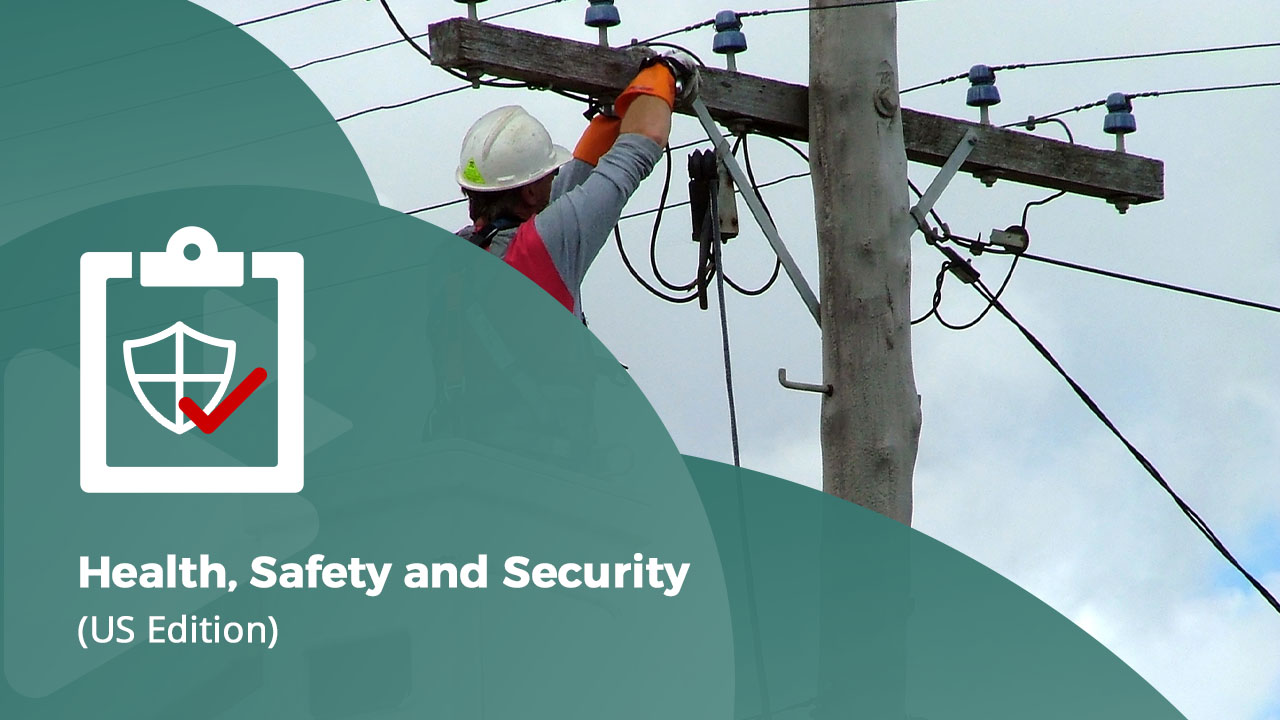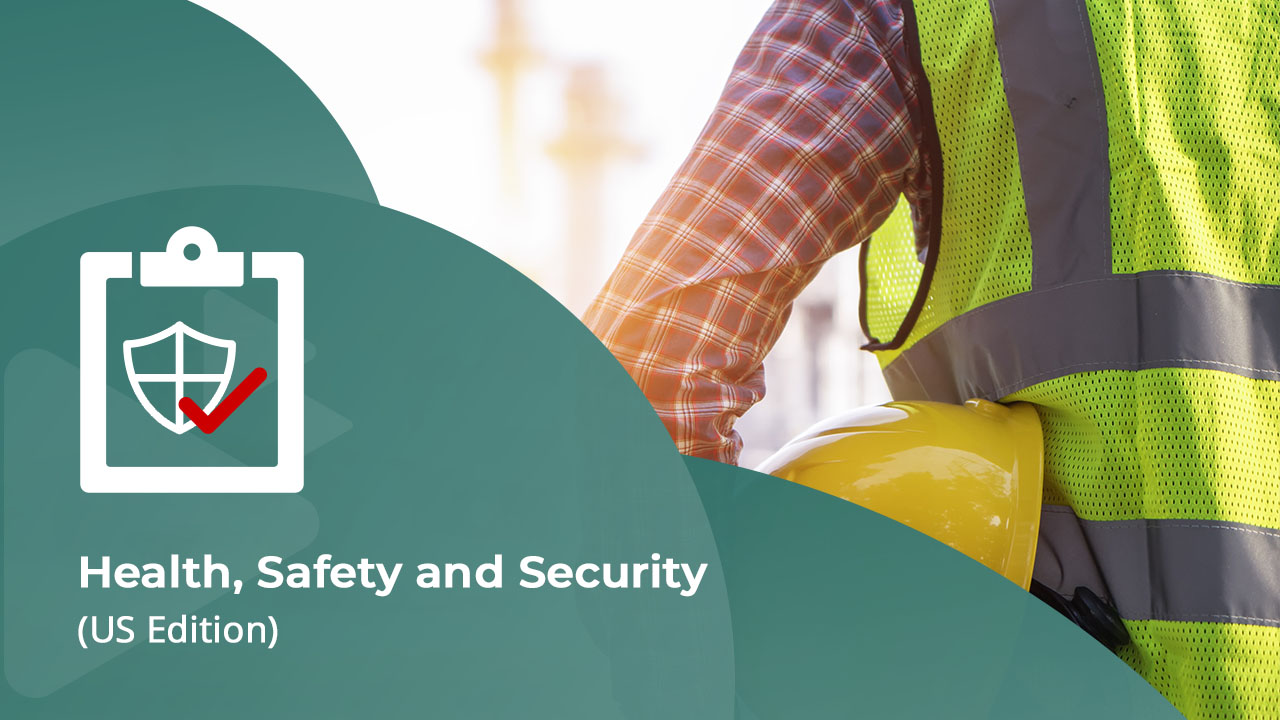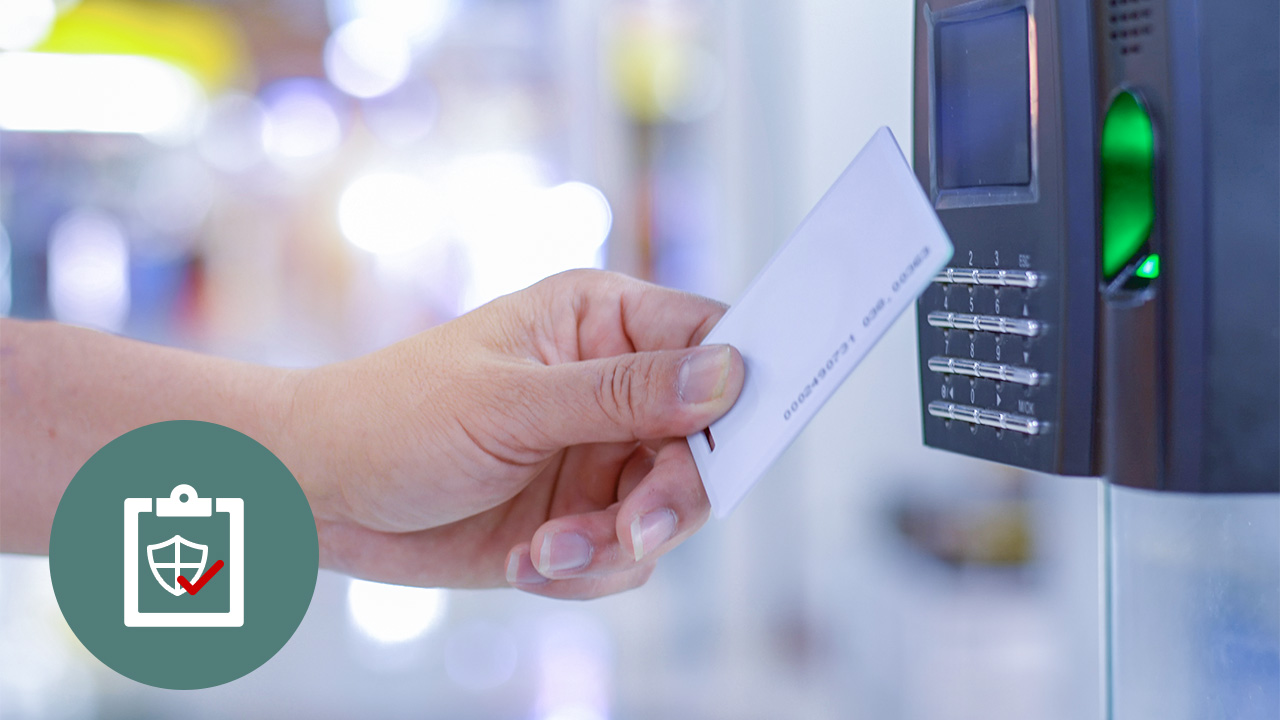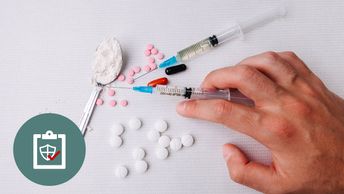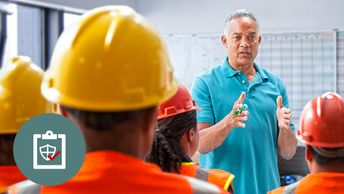Courses for Workplace Health and Safety - United States Compliance Training
- 346 Courses | 97h 43m 20s
COURSES INCLUDED
Compliance Course
Access to Employee Medical and Exposure RecordsCompliance Course
Aerial Work PlatformsCompliance Course
Ammonia SafetyCompliance Course
AsbestosCompliance Course
Back Safety and Injury Prevention 2.0Compliance Course
Behavior-based Safety for SupervisorsCompliance Course
Behavior-based Safety Short: Role of Supervisors and EmployeesCompliance Course
Benzene AwarenessCompliance Course
BerylliumCompliance Course
Bloodborne Pathogen Awareness 2.0Compliance Course
Bloodborne Pathogens Impact: Controls That Reduce or Eliminate TransmissionCompliance Course
Bloodborne Pathogens Impact: Decontamination ProceduresCompliance Course
Bloodborne Pathogens Impact: Measures to Take For Skin or Eye ExposuresCompliance Course
Bloodborne Pathogens Impact: Modes of TransmissionCompliance Course
Bloodborne Pathogens Impact: Procedures to Follow if an Exposure OccursCompliance Course
Bloodborne Pathogens Impact: Proper Use and Handling of PPECompliance Course
CadmiumCompliance Course
Carcinogen SafetyCompliance Course
Chlorine SafetyCompliance Course
Cold StressCompliance Course
Cold Stress Impact: Precautions and Safe Work PracticesCompliance Course
Cold Stress Impact: SymptomsCompliance Course
Cold Stress Impact: TreatmentCompliance Course
Combustible DustCompliance Course
Compliance Brief: 3D Printer SafetyCompliance Course
Compliance Brief: De-escalation TechniquesCompliance Course
Compliance Brief: Filtering Facepiece Respirators and MasksCompliance Course
Compliance Brief: Home Office Emergency and Disaster PreparednessCompliance Course
Compliance Brief: Home Office SafetyCompliance Course
Compliance Brief: Illegal Drug Contamination AwarenessCompliance Course
Compliance Brief: Mental Health and COVID-19Compliance Course
Compliance Brief: Mpox (formerly called Monkeypox)Compliance Course
Compliance Brief: Preventing the Spread of COVID-19 at WorkCompliance Course
Compliance Brief: Safety and Health CommitteesCompliance Course
Compliance Brief: Summer Safety - Food and FunCompliance Course
Compliance Brief: Summer Safety in the WaterCompliance Course
Compliance Brief: Summer Safety on the WaterCompliance Course
Compliance Brief: Summer Vehicle SafetyCompliance Course
Compliance Brief: Utility Knife SafetyCompliance Course
Compliance Brief: WildfiresCompliance Course
Compliance Brief: Workplace Cleaning and DisinfectionCompliance Course
Compliance Training Program ManagementCompliance Course
Compressed Gas SafetyCompliance Course
Computer ErgonomicsCompliance Course
Confined Spaces 2.0Compliance Course
Confined Spaces in Construction 2.0Compliance Course
Construction Safety OrientationCompliance Course
Construction: Caught-in or Caught-betweenCompliance Course
Construction: Cranes OrientationCompliance Course
Construction: DemolitionCompliance Course
Construction: ElectrocutionCompliance Course
Construction: Hazard Communication: An Employee's Right to Understand 2.0Compliance Course
Construction: Lead AwarenessCompliance Course
Construction: Struck ByCompliance Course
Contractor SafetyCompliance Course
Crane Signaling and CommunicationsCompliance Course
Cryogenic SafetyCompliance Course
Disaster Site WorkersCompliance Course
Electric Pallet Jack SafetyCompliance Course
Electrical Hazards: Shock, Electrocution, Arc Flash and Arc Blast (2021 Edition)Compliance Course
Electrical Safety 2.0Compliance Course
Electrical Safety Impact: Basic Rules of ElectricityCompliance Course
Electrical Safety Impact: Common HazardsCompliance Course
Electrical Safety Impact: Common InjuriesCompliance Course
Electrical Safety Impact: Electrical FiresCompliance Course
Electrical Safety Impact: Methods to Reduce or Eliminate HazardsCompliance Course
Electrical Safety Impact: Overhead and Underground Power LinesCompliance Course
Electrical Safety: Qualified Worker – Part 1Compliance Course
Electrical Safety: Qualified Worker – Part 2Compliance Course
Electrostatic Discharge SafetyCompliance Course
Emergencies and Disasters Impact: Bomb ThreatsCompliance Course
Emergencies and Disasters Impact: Components of an Emergency Action PlanCompliance Course
Emergencies and Disasters Impact: Natural DisastersCompliance Course
Emergencies and Disasters Impact: Preparing for EvacuationsCompliance Course
Emergencies and Disasters Impact: Threats from outside the WorkplaceCompliance Course
Emergencies and Disasters Impact: Workplace ViolenceCompliance Course
Emergency and Disaster PreparednessCompliance Course
Emergency Response in the WorkplaceCompliance Course
Ergonomics for Housekeeping Work 2.0Compliance Course
Ergonomics Impact: Administrative ControlsCompliance Course
Ergonomics Impact: Computer ErgonomicsCompliance Course
Ergonomics Impact: Engineering ControlsCompliance Course
Ergonomics Impact: Furniture and EquipmentCompliance Course
Ergonomics Impact: Musculoskeletal DisordersCompliance Course
Ergonomics Impact: Workplace ProgramsCompliance Course
Ergonomics in the Workplace 2.0Compliance Course
Eyewashes and Emergency ShowersCompliance Course
Fall PreventionCompliance Course
Fall Protection Impact: Common Trip HazardsCompliance Course
Fall Protection Impact: Equipment GuidelinesCompliance Course
Fall Protection Impact: Fall HazardsCompliance Course
Fall Protection Impact: Other Aspects of Fall ProtectionCompliance Course
Fall Protection Impact: Safety Monitoring and Other Protective SystemsCompliance Course
Fall Protection Impact: Techniques and MethodsCompliance Course
Fatigue ManagementCompliance Course
Fire Safety and Prevention 2.0Compliance Course
Fire Safety Impact: Characteristics of FireCompliance Course
Fire Safety Impact: Characteristics of Handheld ExtinguishersCompliance Course
Fire Safety Impact: How to Prevent Workplace FiresCompliance Course
Fire Safety Impact: Responding to Fire EmergenciesCompliance Course
Fire Safety Impact: Types of Fire ExtinguishersCompliance Course
Fire Safety Impact: Using the Correct Extinguisher for the MaterialCompliance Course
Fire Safety Short: Using a Fire ExtinguisherCompliance Course
First Aid: Automated External DefibrillatorCompliance Course
First Aid: BasicCompliance Course
First Aid: CPRCompliance Course
First Aid: CPR (Compression-only)Compliance Course
First Aid: Medical EmergenciesCompliance Course
First Aid: Mental Health AwarenessCompliance Course
Flammable LiquidsCompliance Course
Food Allergen SafetyCompliance Course
Food Safety and HandlingCompliance Course
Foodservice Worker Safety 2.0Compliance Course
Forklift Operation 1: Safety Inspection and MaintenanceCompliance Course
Forklift Operation 2: Stability and CapacityCompliance Course
Forklift Operation 3: Load HandlingCompliance Course
Forklift Operation 4: Traveling and ManeuveringCompliance Course
Forklift Safety Awareness 2.0Compliance Course
Forklift Safety Impact: CapacityCompliance Course
Forklift Safety Impact: Load CenterCompliance Course
Forklift Safety Impact: Loading and Unloading PrinciplesCompliance Course
Forklift Safety Impact: Refueling and RechargingCompliance Course
Forklift Safety Impact: Safe Operation and Work PracticesCompliance Course
Forklift Safety Impact: Sit-down InspectionCompliance Course
Forklift Safety Impact: Walk-around InspectionCompliance Course
Forklift Safety Short: Pedestrian Safety from Forklift TrafficCompliance Course
Forklift Safety Short: Traveling with a ForkliftCompliance Course
Formaldehyde SafetyCompliance Course
Globally Harmonized System of Classification and Labeling of Chemicals (GHS)Compliance Course
Hand and Power Tool SafetyCompliance Course
Hand and Power Tool Safety Impact: Electrical ToolsCompliance Course
Hand and Power Tool Safety Impact: GrindersCompliance Course
Hand and Power Tool Safety Impact: Hazards and ControlsCompliance Course
Hand and Power Tool Safety Impact: Pneumatic ToolsCompliance Course
Hand and Power Tool Safety Impact: Powder-actuated ToolsCompliance Course
Hand and Power Tool Safety Impact: Specific HazardsCompliance Course
Handling Hazardous DrugsCompliance Course
Hazard Communication Impact: Health HazardsCompliance Course
Hazard Communication Impact: Physical HazardsCompliance Course
Hazard Communication Impact: Reducing and Eliminating Contact with ChemicalsCompliance Course
Hazard Communication Impact: Routes of Chemical EntryCompliance Course
Hazard Communication Impact: Safety Data SheetsCompliance Course
Hazard Communication Impact: Warning LabelsCompliance Course
Hazard Communication in the Office: An Employee's Right to Understand 2.0Compliance Course
Hazard Communication Short: Safety Data Sheet BasicsCompliance Course
Hazard Communication: An Employee's Right to Understand 2.0Compliance Course
Hazardous Material Handling and StorageCompliance Course
Hazardous Material Handling and Storage Impact: Drum and Container HazardsCompliance Course
Hazardous Material Handling and Storage Impact: Handling Drums and ContainersCompliance Course
Hazardous Material Handling and Storage Impact: Handling Gas CylindersCompliance Course
Hazardous Material Handling and Storage Impact: Lifting TechniquesCompliance Course
Hazardous Material Handling and Storage Impact: Routine MaintenanceCompliance Course
Hazardous Material Handling and Storage Impact: Transporting Gas CylindersCompliance Course
Hazardous Materials and Spills in the WorkplaceCompliance Course
Hazards to Outdoor WorkersCompliance Course
Hearing Conservation 2.0Compliance Course
Hearing Conservation Impact: Effects of Noise on HearingCompliance Course
Hearing Conservation Impact: Engineering and Administrative ControlsCompliance Course
Hearing Conservation Impact: Monitoring, Testing, and TrainingCompliance Course
Hearing Conservation Impact: Precautions When Using Hearing ProtectionCompliance Course
Hearing Conservation Impact: Selection, Use, and CareCompliance Course
Hearing Conservation Impact: Types of Hearing ProtectionCompliance Course
Heat Illness Prevention for Supervisors – OSHA National Emphasis ProgramCompliance Course
Heat Stress Impact: Precautions and Safe Work PracticesCompliance Course
Heat Stress Impact: SymptomsCompliance Course
Heat Stress Impact: TreatmentCompliance Course
Heat Stress Recognition and PreventionCompliance Course
Hexavalent ChromiumCompliance Course
Home Office: Ergonomics 2.0Compliance Course
Home Office: Fire and Emergencies 2.0Compliance Course
Home Office: Greener SpacesCompliance Course
Home Office: SecurityCompliance Course
Home Office: Slips, Trips, and Falls 2.0Compliance Course
Hot Work PermitsCompliance Course
Housekeeping on the JobCompliance Course
Hydrogen SulfideCompliance Course
Incident Investigation and ReportingCompliance Course
Incident Investigation Short: Investigation Procedures and Fact FindingCompliance Course
Indoor Hoisting and RiggingCompliance Course
Indoor Hoisting and Rigging Impact: Crane and Hoist InspectionsCompliance Course
Indoor Hoisting and Rigging Impact: Indoor Crane HazardsCompliance Course
Indoor Hoisting and Rigging Impact: Load HandlingCompliance Course
Indoor Hoisting and Rigging Impact: Safe Crane OperationCompliance Course
Indoor Hoisting and Rigging Impact: Sling Types and InspectionsCompliance Course
Indoor Hoisting and Rigging Impact: Standard Practices for SignalersCompliance Course
Industrial ErgonomicsCompliance Course
Industrial Robot Safety AwarenessCompliance Course
Infectious Disease Impact: An Overview of Infectious DiseasesCompliance Course
Infectious Disease Impact: Ebola and SmallpoxCompliance Course
Infectious Disease Impact: Legionnaires' Disease and AnthraxCompliance Course
Infectious Disease Impact: Measles and NorovirusCompliance Course
Infectious Disease Impact: MRSA and Meningococcal DiseaseCompliance Course
Infectious Disease Impact: Zika VirusCompliance Course
Injury and Illness Prevention ProgramCompliance Course
Introduction to Industrial HygieneCompliance Course
Introduction to OSHACompliance Course
Introduction to ToxicologyCompliance Course
IsocyanatesCompliance Course
Job Hazard AnalysisCompliance Course
Laboratory SafetyCompliance Course
Laboratory Safety Impact: Emergency Guidelines and ProceduresCompliance Course
Laboratory Safety Impact: Laboratory Safety RequirementsCompliance Course
Laboratory Safety Impact: Preventing Fire and Burn HazardsCompliance Course
Laboratory Safety Impact: Safety Data Sheets and Chemical StorageCompliance Course
Laboratory Safety Impact: Safety Guidelines and ProceduresCompliance Course
Ladder Safety 2.0Compliance Course
Ladder Safety Impact: Care and MaintenanceCompliance Course
Ladder Safety Impact: Fixed Ladder Use, Capacity, and SafetyCompliance Course
Ladder Safety Impact: Ladder SelectionCompliance Course
Ladder Safety Impact: Ladder Setup and The 4:1 RuleCompliance Course
Ladder Safety Impact: Safe Work PracticesCompliance Course
Ladder Safety Impact: Transportation and StorageCompliance Course
Laser SafetyCompliance Course
Lead Awareness in General IndustryCompliance Course
Liquefied Petroleum Gas (LPG)Compliance Course
Lockout/Tagout 2.0Compliance Course
Lockout/Tagout for Authorized Persons 2.0Compliance Course
Lockout/Tagout Impact: Company ProceduresCompliance Course
Lockout/Tagout Impact: Individual and Group ApplicationsCompliance Course
Lockout/Tagout Impact: Program OverviewCompliance Course
Lockout/Tagout Impact: Properties of DevicesCompliance Course
Lockout/Tagout Impact: Removing DevicesCompliance Course
Lockout/Tagout Impact: TerminologyCompliance Course
Machine Guarding 2.0Compliance Course
Machine Guarding Impact: Actions That Can Result in InjuryCompliance Course
Machine Guarding Impact: Advantages of Guard ConstructionCompliance Course
Machine Guarding Impact: Areas Where Mechanical Hazards ExistCompliance Course
Machine Guarding Impact: Definitions and General RequirementsCompliance Course
Machine Guarding Impact: InspectionsCompliance Course
Machine Guarding Impact: Minimum Requirements of SafeguardsCompliance Course
Machine Guarding Impact: Where Accidents Are Most Likely to OccurCompliance Course
Marijuana and Workplace SafetyCompliance Course
Mental Health Short: First Aid for Mental Health IssuesCompliance Course
Mobile Crane Operator SafetyCompliance Course
Mobile Elevating Work Platforms (MEWPs)Compliance Course
Mold AwarenessCompliance Course
Natural Disasters Short: Floods, Tornadoes, and Earthquakes: Actions to TakeCompliance Course
Navigating OSHA's Injury Reporting Standards and Post-accident ProtocolsCompliance Course
Non-Ionizing Radiation SafetyCompliance Course
Nuisance DustCompliance Course
Office ErgonomicsCompliance Course
Office Safety 2.0Compliance Course
OSHA 300 RecordkeepingCompliance Course
OSHA Recordkeeping Impact: Non-recordable CasesCompliance Course
OSHA Recordkeeping Impact: OSHA's Form 300Compliance Course
OSHA Recordkeeping Impact: OSHA's Form 300ACompliance Course
OSHA Recordkeeping Impact: OSHA's Form 301Compliance Course
OSHA Recordkeeping Impact: Privacy CasesCompliance Course
OSHA Recordkeeping Impact: Recordable CasesCompliance Course
OSHA Recordkeeping Impact: Required ReportingCompliance Course
Outdoor Hazards Short: Physical and Biological Hazards for Outdoor WorkersCompliance Course
PandemicsCompliance Course
Patient HandlingCompliance Course
Pedestrian Safety 2.0Compliance Course
Personal Protective Equipment Impact: Donning and Doffing PPECompliance Course
Personal Protective Equipment Impact: Inspecting PPECompliance Course
Personal Protective Equipment Impact: Limitations of PPECompliance Course
Personal Protective Equipment Impact: Maintenance and StorageCompliance Course
Personal Protective Equipment Impact: ResponsibilitiesCompliance Course
Personal Protective Equipment Impact: Types of PPECompliance Course
Portable Fire Extinguishers 2.0Compliance Course
Powered Industrial Truck SafetyCompliance Course
PPE 2.0Compliance Course
PPE: Body ProtectionCompliance Course
PPE: Eye and Face ProtectionCompliance Course
PPE: Foot ProtectionCompliance Course
PPE: Hand ProtectionCompliance Course
PPE: Head ProtectionCompliance Course
Process Safety Management (PSM) ProgramsCompliance Course
Process Safety Management OverviewCompliance Course
Radiation SafetyCompliance Course
Radio Frequency Safety for Communications WorkersCompliance Course
Regulatory and Industry Standards for EHSCompliance Course
Respiratory Protection 2.0Compliance Course
Respiratory Protection Impact: Donning and DoffingCompliance Course
Respiratory Protection Impact: InspectionsCompliance Course
Respiratory Protection Impact: Limitations of RespiratorsCompliance Course
Respiratory Protection Impact: Maintenance and StorageCompliance Course
Respiratory Protection Impact: Respirator SelectionCompliance Course
Respiratory Protection Impact: ResponsibilitiesCompliance Course
Respiratory Protection Impact: Types of RespiratorsCompliance Course
Retail Short: Completing Work Tasks SafelyCompliance Course
Retail Short: Personal SafetyCompliance Course
Retail Short: Slips, Trips, and FallsCompliance Course
Retail Short: Working with Electrical EquipmentCompliance Course
Retail Short: Workplace HazardsCompliance Course
Rigging Equipment and InspectionCompliance Course
Safe Storage and Handling of Lithium-ion Batteries for Electric VehiclesCompliance Course
Safe Work PracticesCompliance Course
Safety at Work: A Systematic ApproachCompliance Course
Safety Data SheetsCompliance Course
Safety ManagementCompliance Course
Safety Principles Impact: Accident FactorsCompliance Course
Safety Principles Impact: Accident InvestigationCompliance Course
Safety Principles Impact: Near MissesCompliance Course
Safety Principles Impact: Reporting an AccidentCompliance Course
Safety Principles Impact: Safe Work Habits and BehaviorsCompliance Course
Safety Principles Impact: Safety AwarenessCompliance Course
Safety Principles Impact: Stop Work AuthorityCompliance Course
Safety Short: AnthraxCompliance Course
Safety Short: Coronaviruses and COVID-19Compliance Course
Safety Short: EbolaCompliance Course
Safety Short: HandwashingCompliance Course
Safety Short: Influenza (The Flu)Compliance Course
Safety Short: Introduction to Infectious DiseasesCompliance Course
Safety Short: Legionnaires' DiseaseCompliance Course
Safety Short: MeaslesCompliance Course
Safety Short: Meningococcal DiseaseCompliance Course
Safety Short: Methicillin-resistant Staphylococcus Aureus (MRSA)Compliance Course
Safety Short: NorovirusCompliance Course
Safety Short: SmallpoxCompliance Course
Safety Short: Zika VirusCompliance Course
Scaffolding SafetyCompliance Course
Scissor LiftsCompliance Course
Signs and TagsCompliance Course
Silica in ConstructionCompliance Course
Silica in General IndustryCompliance Course
Slips, Trips, and Falls 2.0Compliance Course
Slips, Trips, and Falls Impact: Fall Prevention Techniques and MethodsCompliance Course
Slips, Trips, and Falls Impact: Identifying Fall HazardsCompliance Course
Slips, Trips, and Falls Impact: Minimizing Walking and Working Surface HazardsCompliance Course
Slips, Trips, and Falls Impact: Preventing Injuries on LaddersCompliance Course
Slips, Trips, and Falls Impact: Specific ApplicationsCompliance Course
Slips, Trips, and Falls Impact: StairsCompliance Course
Spill Response and Control Impact: Boundaries When Hazards Are PresentCompliance Course
Spill Response and Control Impact: Defining Hazardous MaterialsCompliance Course
Spill Response and Control Impact: Hazardous Spill SizesCompliance Course
Spill Response and Control Impact: Responding to a SpillCompliance Course
Spill Response and Control Impact: Responsibilities During a SpillCompliance Course
Spill Response and Control Impact: Work Practices to Prevent SpillsCompliance Course
Sprains and StrainsCompliance Course
Stop Work AuthorityCompliance Course
Trenching and Excavation SafetyCompliance Course
Tuberculosis: Prevention and ControlCompliance Course
Warehouse SafetyCompliance Course
Welding Impact: Fire Prevention TechniquesCompliance Course
Welding Impact: Handling and Storing Gas CylindersCompliance Course
Welding Impact: Health HazardsCompliance Course
Welding Impact: Oxy-Acetylene Torch SafetyCompliance Course
Welding Impact: PPE RequirementsCompliance Course
Welding Impact: Safety ConsiderationsCompliance Course
Welding, Cutting, and BrazingCompliance Course
Working Alone – Safety AwarenessCompliance Course
Workplace InspectionsCompliance Course
Workplace Safety Orientation 2.0Compliance Course
Workplace Security
